Explosion destroys building at Northrop Grumman rocket test site in Utah


© Box Elder County Sheriff's Office



© Box Elder County Sheriff's Office
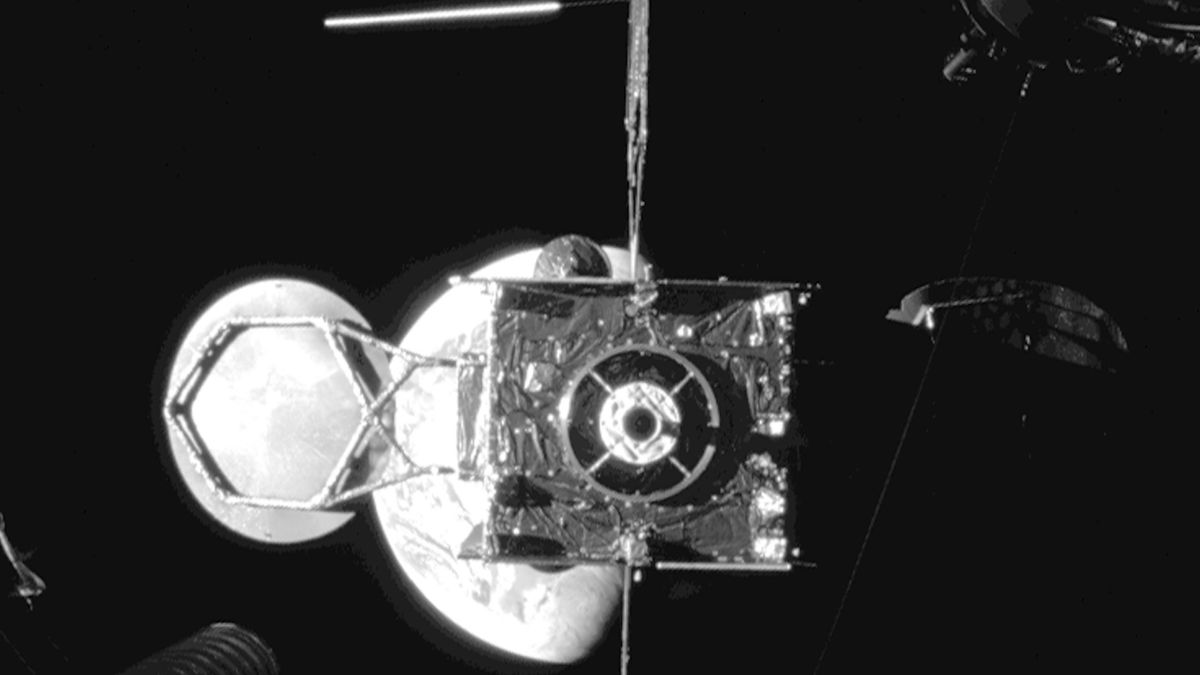


© Northrop Grumman



© Lego



© Disney
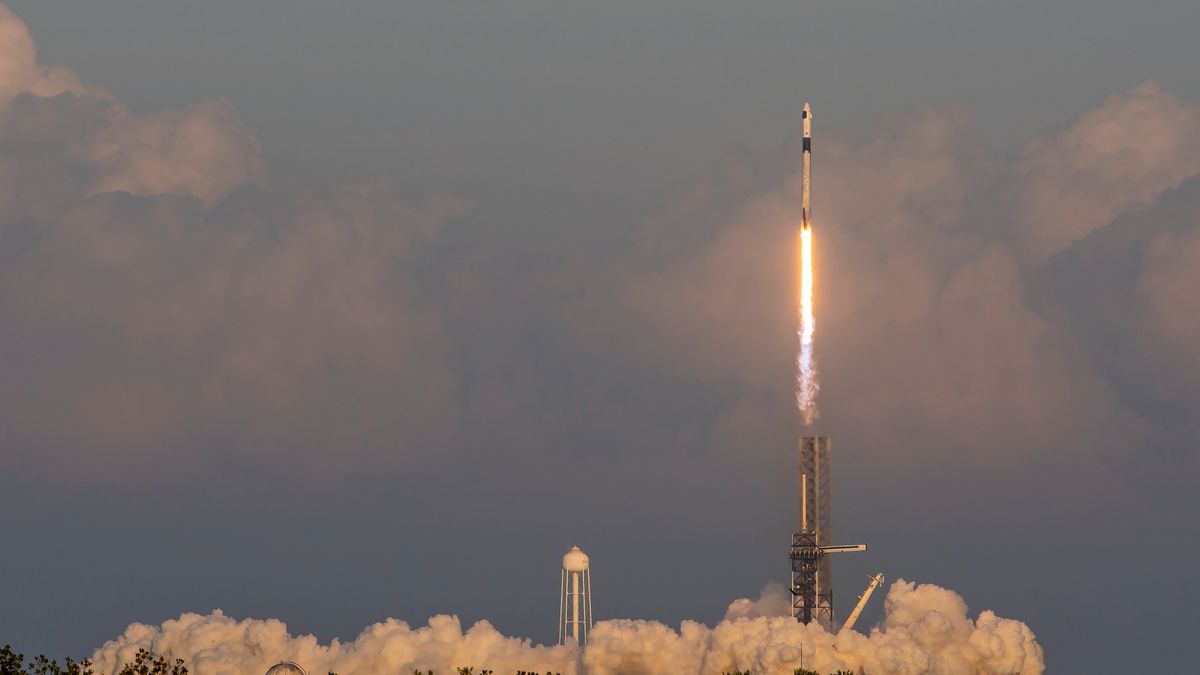


© SpaceX



© Nightdive Studios



© RR Auction/collectSPACE.com

Sky This Week is brought to you in part by Celestron. Friday, April 18Jupiter still rules the early-evening skies, standing prominently in Taurus in the west as darkness falls. Located between the two horns of Taurus the Bull and above its red giant eye, Aldebaran, Jupiter is the brightest point of light in the west,Continue reading "The Sky This Week from April 18 to 25: The Lyrid meteor shower peaks"
The post The Sky This Week from April 18 to 25: The Lyrid meteor shower peaks appeared first on Astronomy Magazine.

Author(s): Marric Stephens
The distribution of dark matter around a pair of colliding galaxy clusters appears unaffected by a putative dark-sector version of electromagnetism.
[Physics 18, s48] Published Thu Apr 17, 2025



© NASA



© JAXA/Takuya Onishi



© NASA/Josh Valcarcel
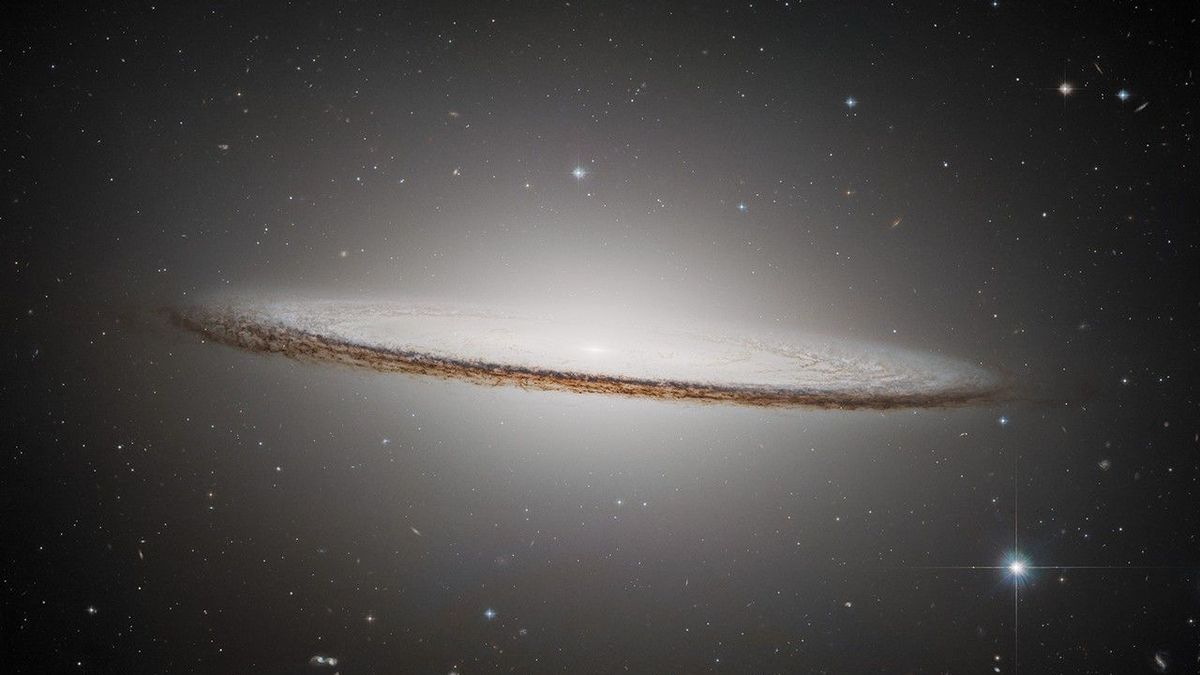


© ESA/Hubble & NASA, K. Noll



© NASA, ESA, CSA, Joseph Olmsted



© Michael A. Covington



© 20th Century Fox



© Apple



© CCTV



© ESA
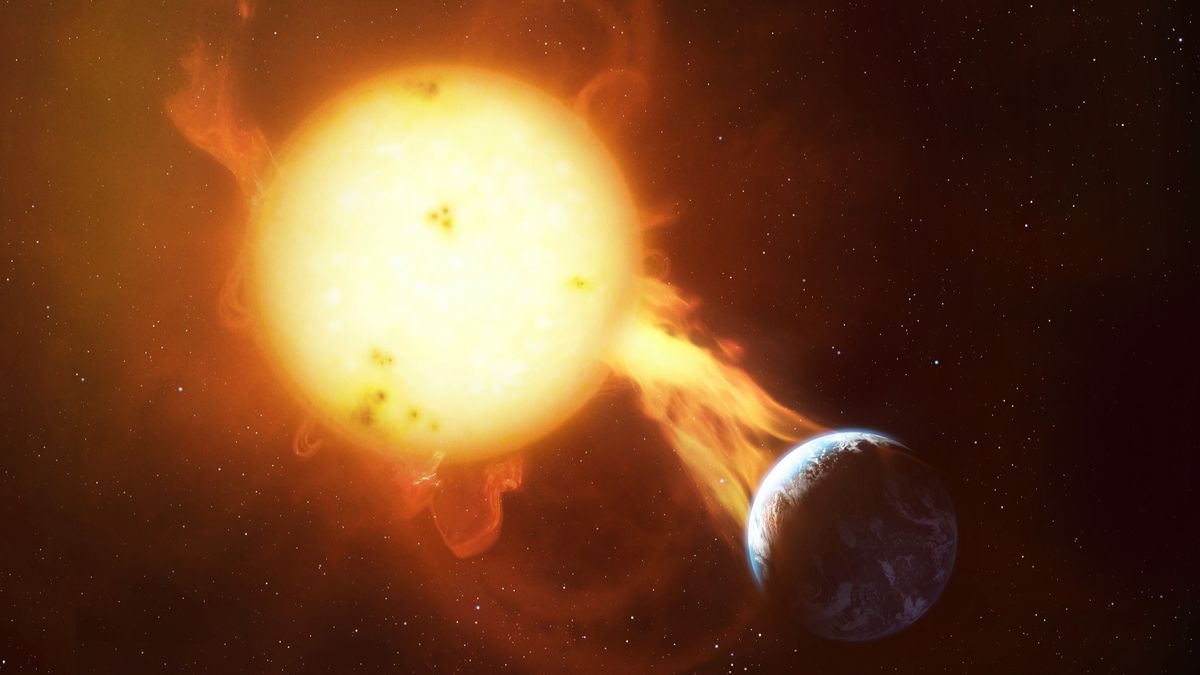


© MARK GARLICK/SCIENCE PHOTO LIBRARY via Getty Images



© Apple



© NASA/SDO/GSFC
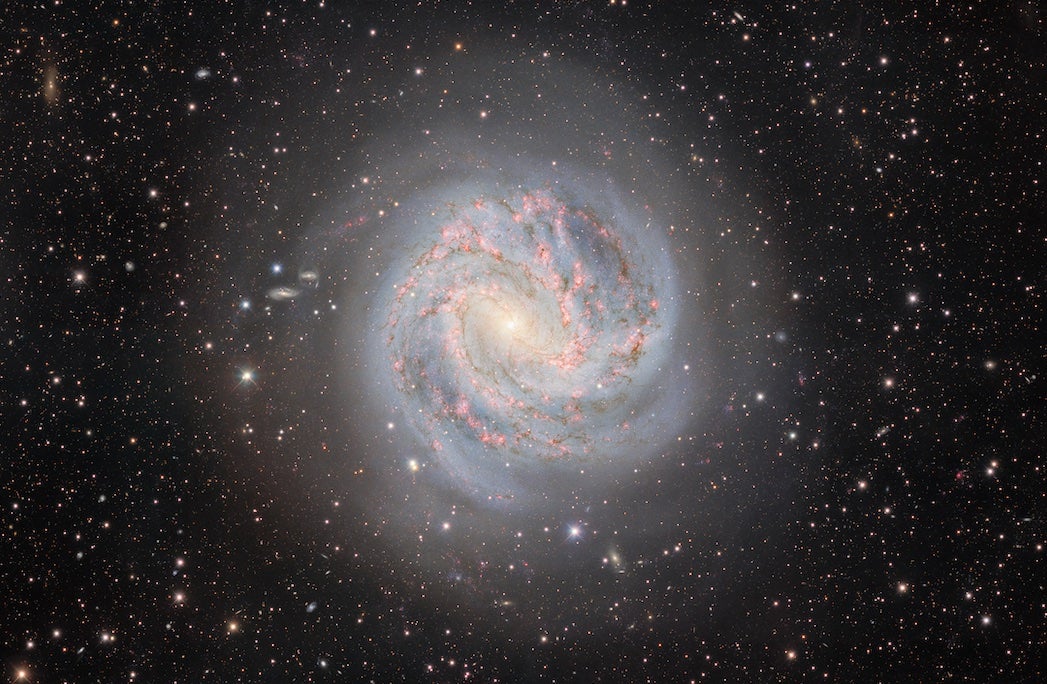
The Southern Pinwheel Galaxy (M83) in Hydra checks almost every box an amateur astronomer could desire. This stunning barred spiral spans a hefty 14′ and, at magnitude 7.5, ranks among the sky’s 10 brightest galaxies. Its only drawback is location — at a declination of –30°, it lies farther south than any other galaxy inContinue reading "M83: Big, bright, and beautiful"
The post M83: Big, bright, and beautiful appeared first on Astronomy Magazine.

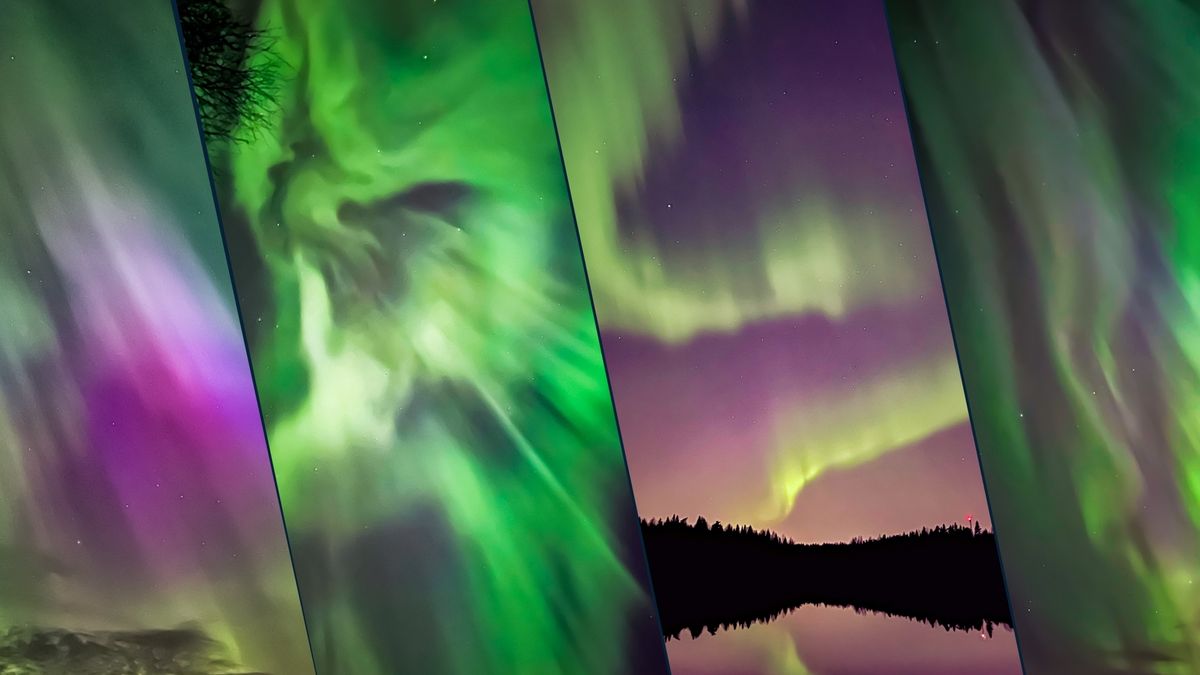


© Austin MacDonald
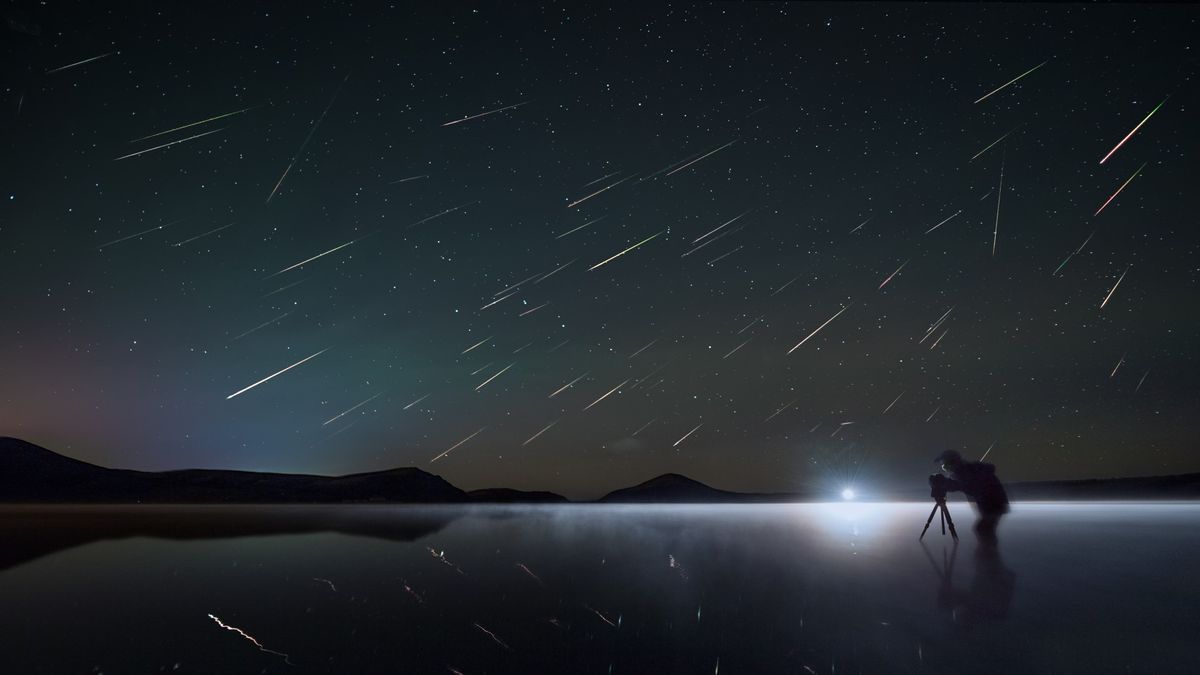


© Getty images



© NASA, ESA, CSA and STScI

Scientists have reported new observations from NASA’s James Webb Space Telescope (JWST) that strengthen the case that the exoplanet K2-18 b has molecules in its atmosphere that, on Earth, are produced only by life. The work, announced Wednesday, builds on previous observations from JWST published in 2023 by the same team that yielded weak hintsContinue reading "K2-18 b could have dimethyl sulfide in its air. But is it a sign of life?"
The post K2-18 b could have dimethyl sulfide in its air. But is it a sign of life? appeared first on Astronomy Magazine.

Author(s): Rachel Berkowitz
Measurements reveal the physical processes occurring where a magnetic insulator and few-layer graphene abut each other.
[Physics 18, s45] Published Wed Apr 16, 2025
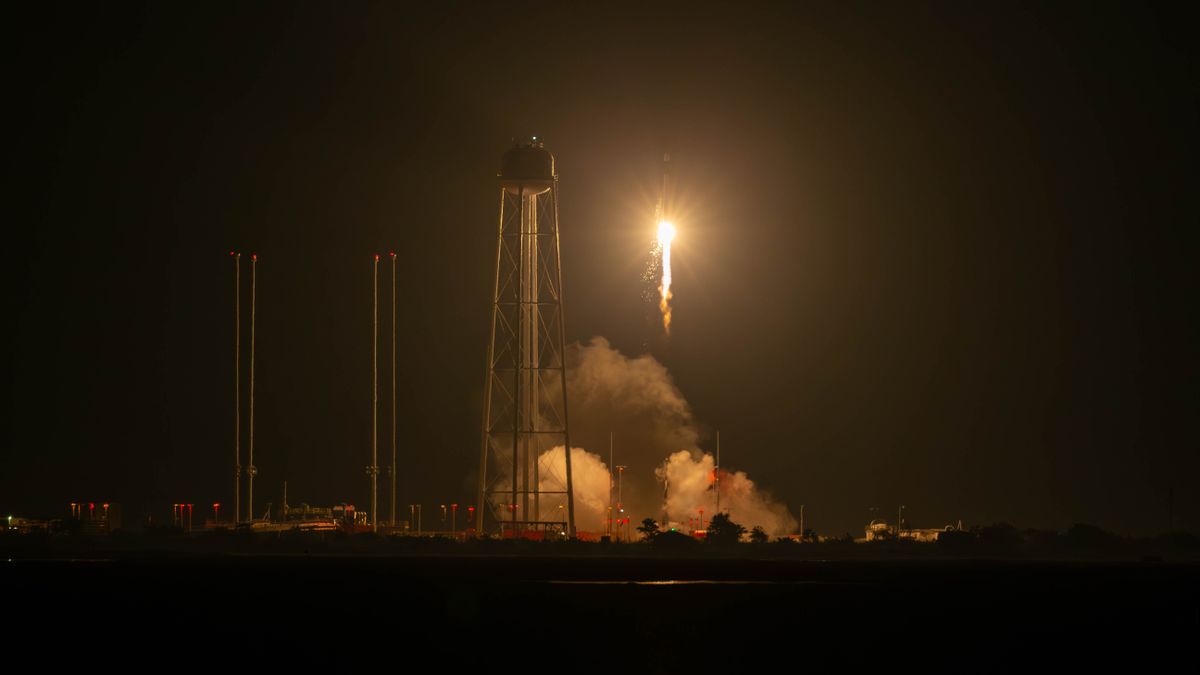


© NASA/Patrick Black



© Northrop Grumman



© Josh Dinner



© NASA



© JAXA



© NASA/Josh Valcarcel
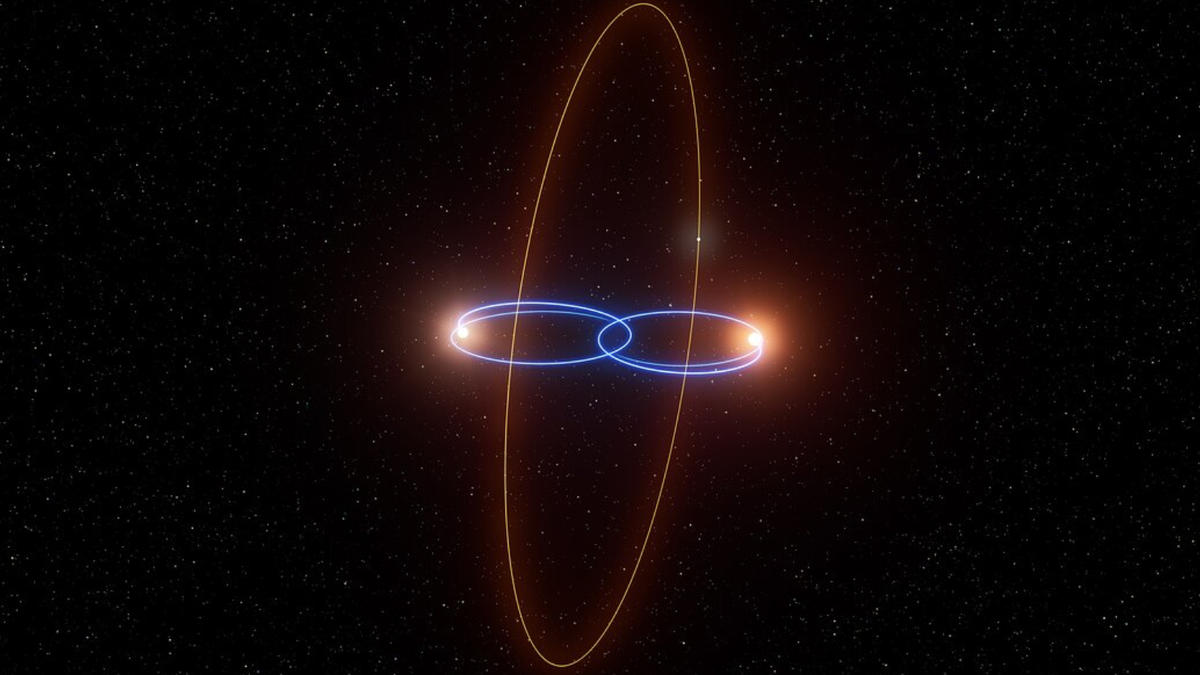


© ESO/L. Calçada
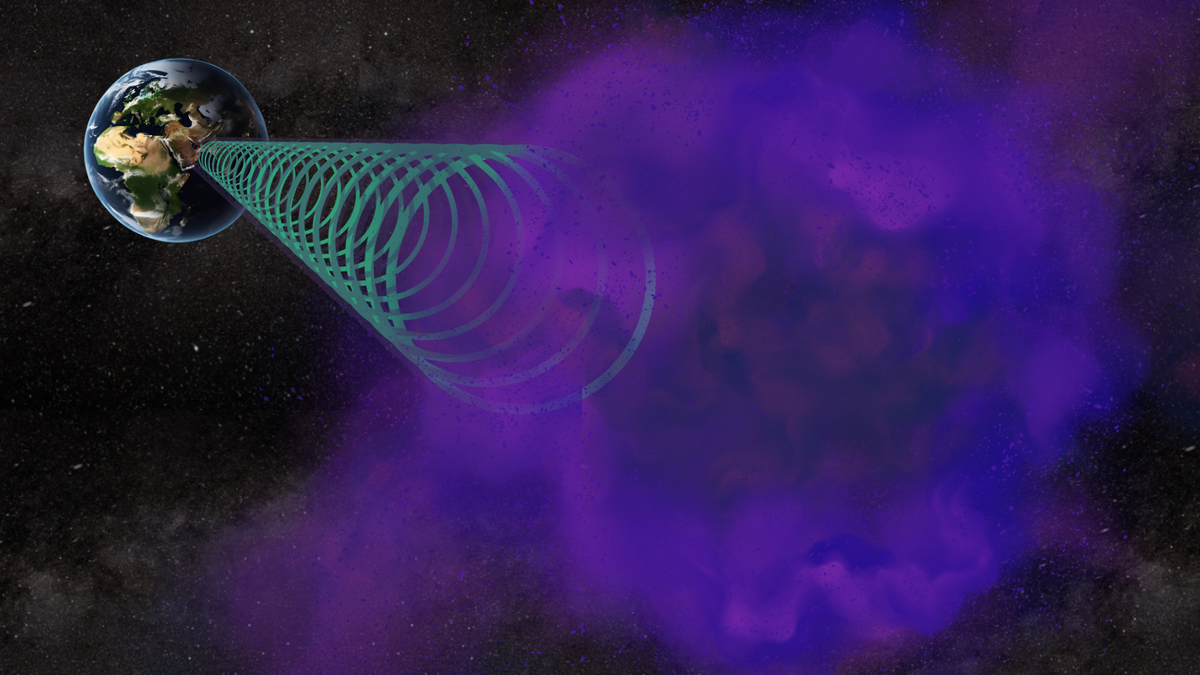


© Robert Lea (created with Canva)
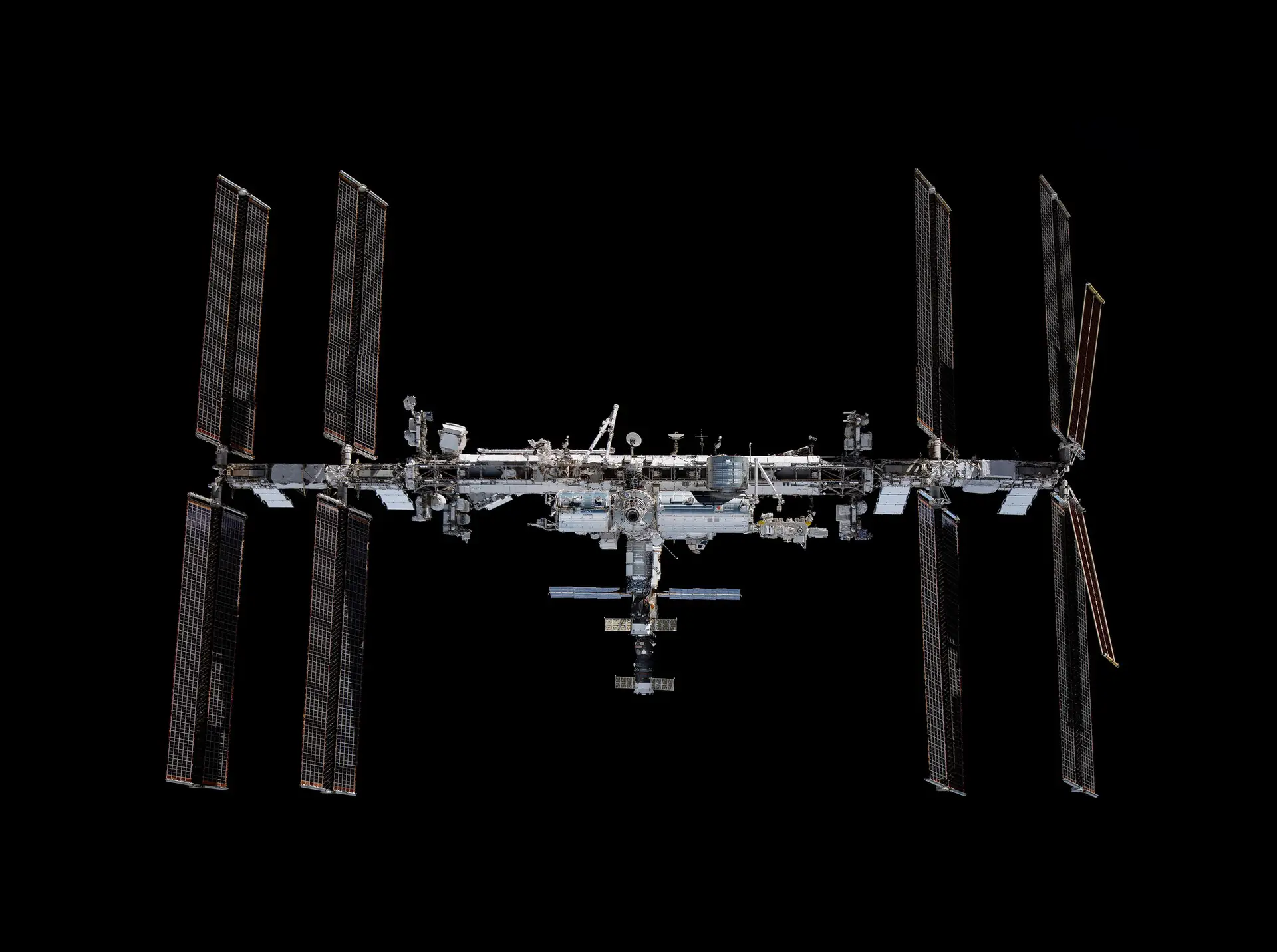
Vast Space, one of several commercial firms vying to replace the International Space Station (ISS) following its planned deorbit at the end of the decade, this week signed key agreements that heighten the competition. At the 40th Space Symposium in Colorado, where Vast’s Haven-1 space station was on display, the company secured deals that give it direct ISS access andContinue reading "Vast bolsters commercial space station plans with key agreements"
The post Vast bolsters commercial space station plans with key agreements appeared first on Astronomy Magazine.




© Netflix



© NASA/JPL-Caltech



© European Space Agency
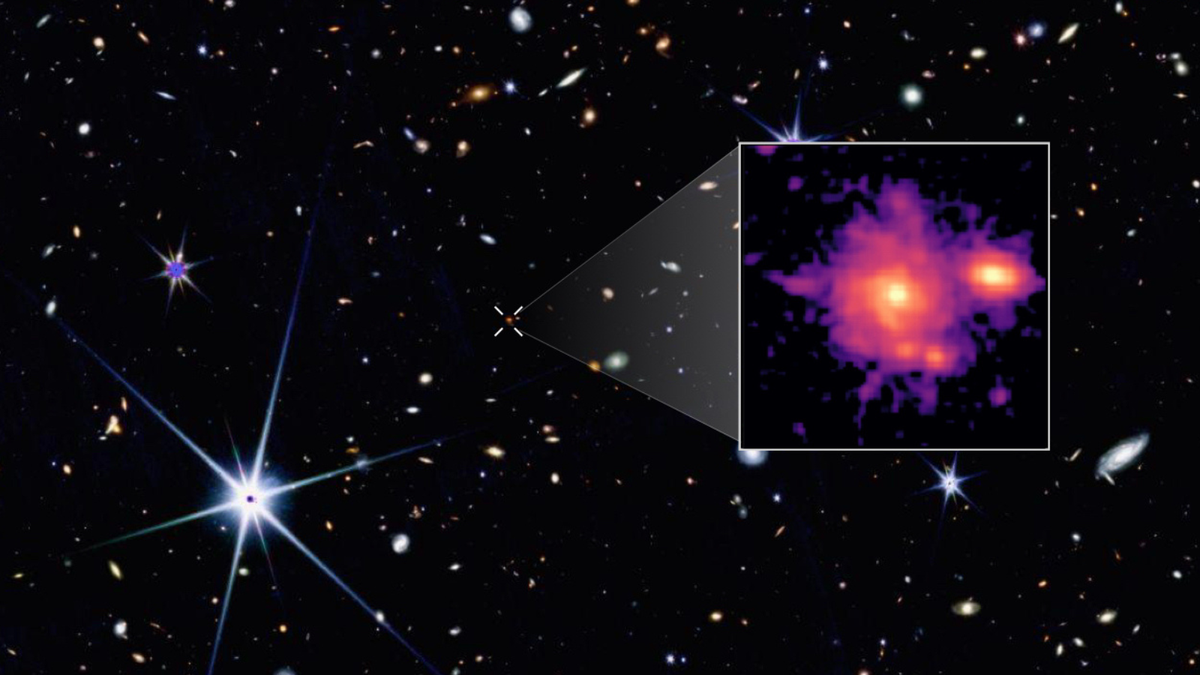


© NASA/CSA/ESA, M. Xiao (University of Geneva), G. Brammer (Niels Bohr Institute), Dawn JWST Archive
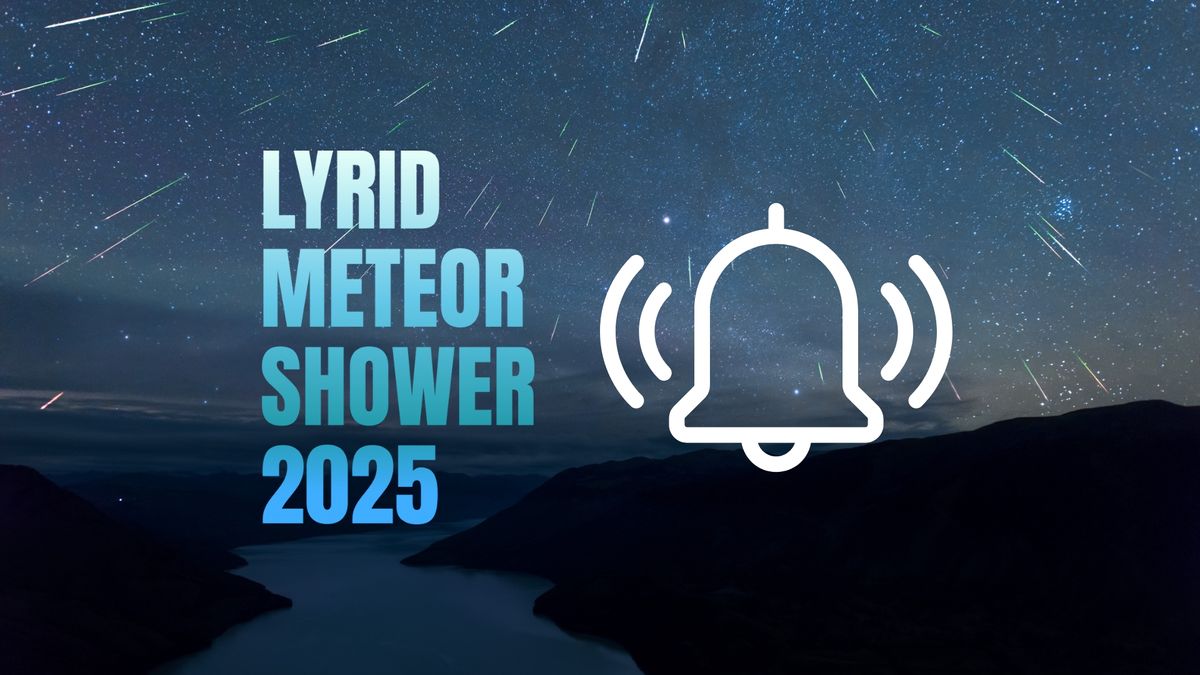


© Created in Canva Pro by Daisy Dobrijevic
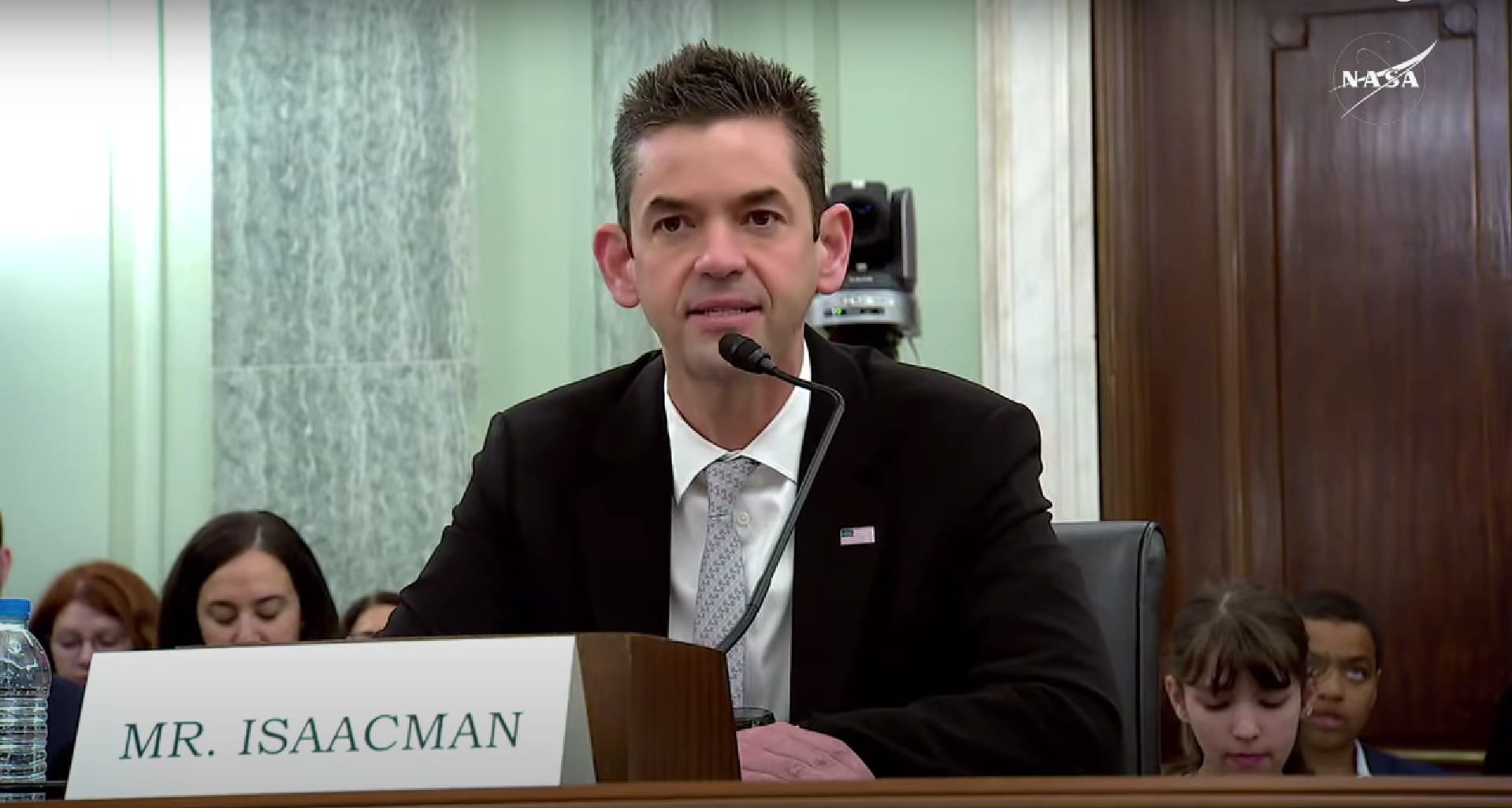
Shift4 Payments CEO Jared Isaacman, President Donald Trump’s nominee for NASA administrator, finally got his day in the Senate and laid out his vision for the space agency to pursue missions to both the Moon and Mars. During Isaacman’s confirmation hearing before the Senate Committee on Commerce, Science, and Transportation on Wednesday, the billionaire entrepreneur and civilian astronaut fieldedContinue reading "NASA Chief nominee Isaacman fields questions about Moon, Mars, Musk"
The post NASA Chief nominee Isaacman fields questions about Moon, Mars, Musk appeared first on Astronomy Magazine.




© SpaceX



© Future/Amazon
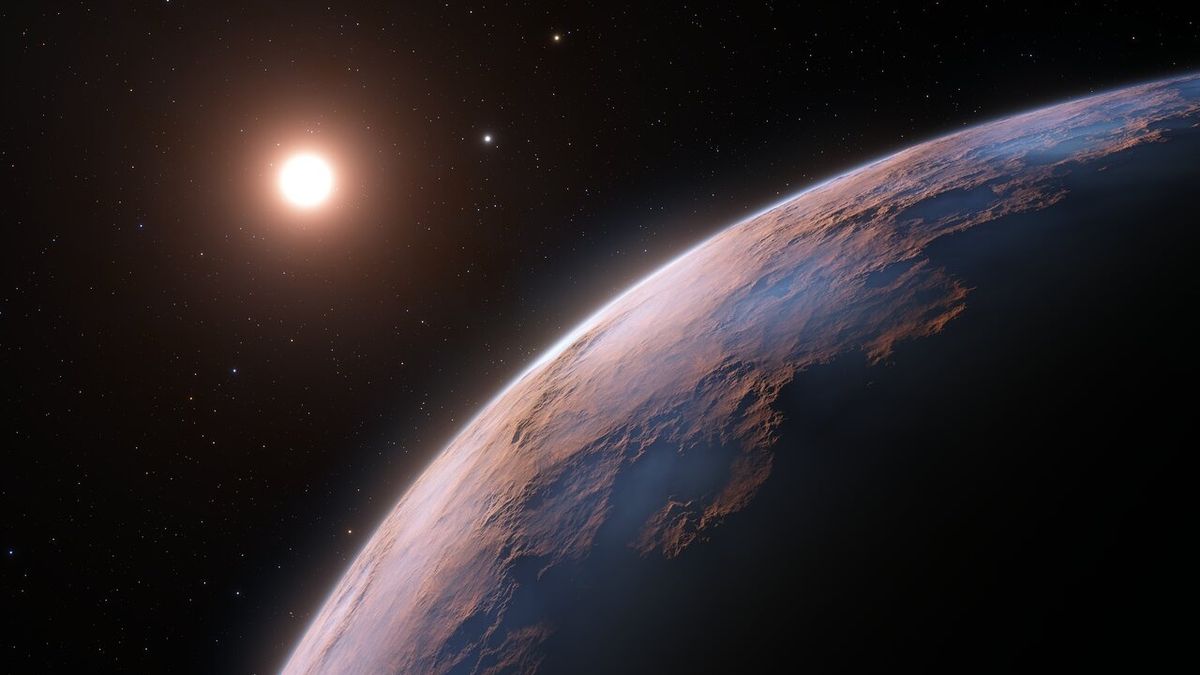


© ESO/L. Calçada
Author(s): Samuel Jarman
New experiments with thin superconducting films reveal an unexpected coexistence between two superconducting states—one in the bulk, the other at the surface.
[Physics 18, 82] Published Tue Apr 15, 2025
Author(s): Katherine Wright
A new method for obtaining high-resolution images of cells from low-resolution ultrasound data enables longer, noninvasive monitoring of organisms.
[Physics 18, s49] Published Tue Apr 15, 2025



© Robert Lea (created with Canva)
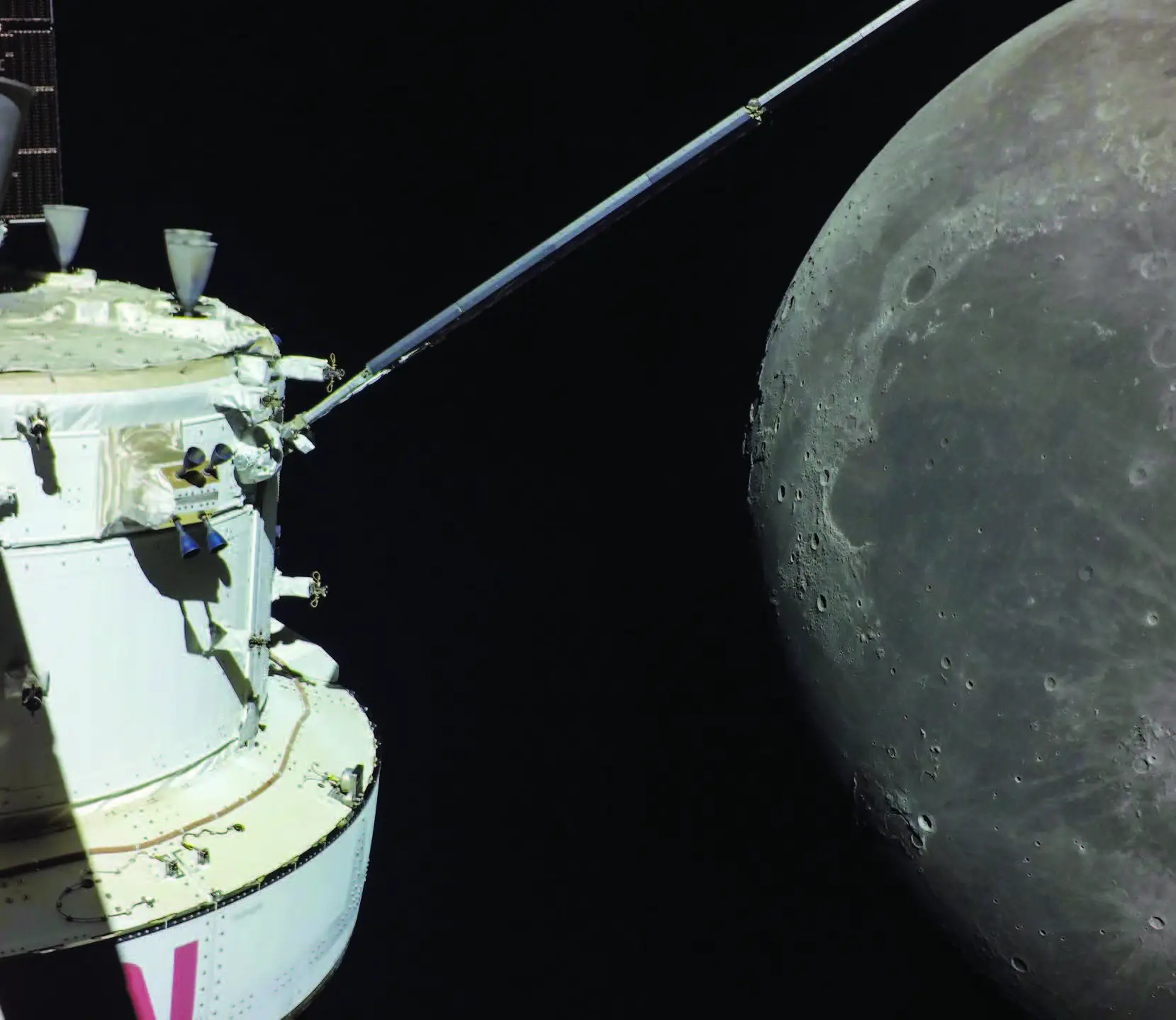
The U.S. is in the midst of a second Space Race, and NASA is in a time crunch. The space agency is preparing to send American astronauts to the Moon for the first time since the Apollo era. But after delaying the Artemis III lunar landing twice in 2024, there is much work to beContinue reading "Keeping up in the second Space Race takes diligence"
The post Keeping up in the second Space Race takes diligence appeared first on Astronomy Magazine.




© ESA/DLR/FU Berlin



© Future

On Monday morning, an all-female group of civilians including pop star Katy Perry and award-winning broadcast journalist Gayle King flew to the edge of space and back. Perry, King, and four others were selected as the crew of Blue Origin’s New Shepard Mission 31 (NS-31), which launched at 9:30 a.m. EDT from the company’s Launch Site OneContinue reading "Blue Origin flies Katy Perry, Gayle King, and other customers to space"
The post Blue Origin flies Katy Perry, Gayle King, and other customers to space appeared first on Astronomy Magazine.


Since it began collecting data, the James Webb Space Telescope (JWST) has shined a light on the early universe, helping us better understand the timeline of events that led to our modern-day cosmos. In a paper published March 26 in Nature, a University of Copenhagen-led team reports finding a galaxy right at a crucial momentContinue reading "JWST spots the earliest galaxy yet clearing the universe’s hydrogen ‘fog’"
The post JWST spots the earliest galaxy yet clearing the universe’s hydrogen ‘fog’ appeared first on Astronomy Magazine.

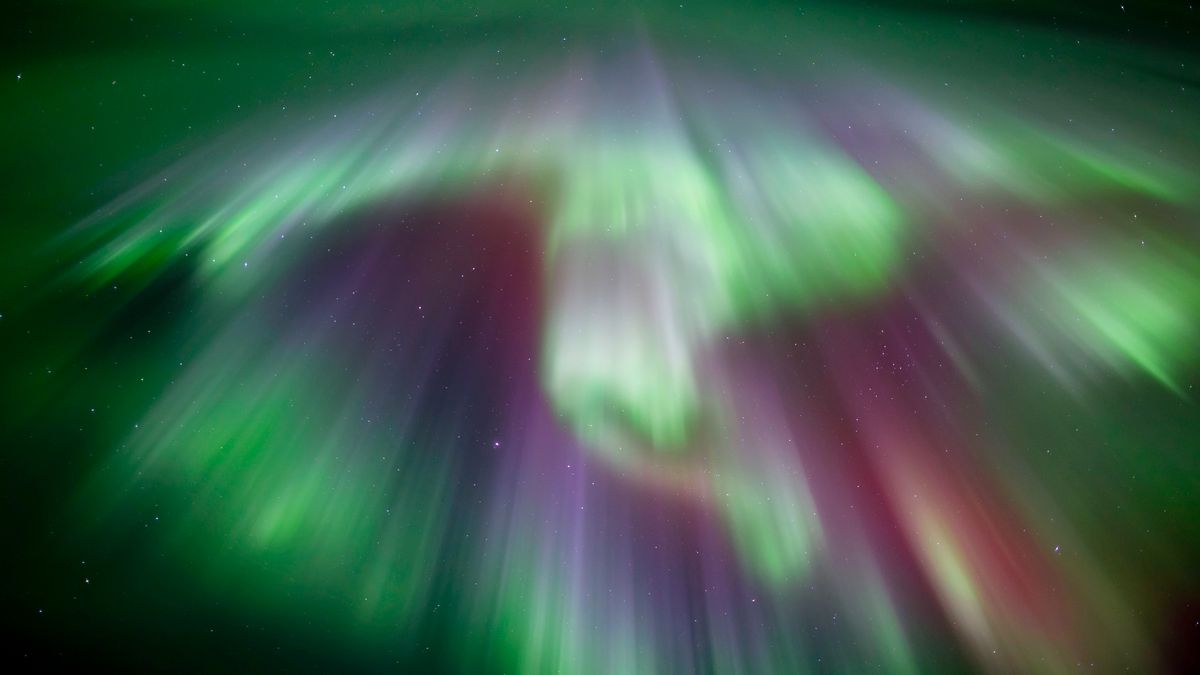


© Justinreznick via Getty Images



© Blue Origin
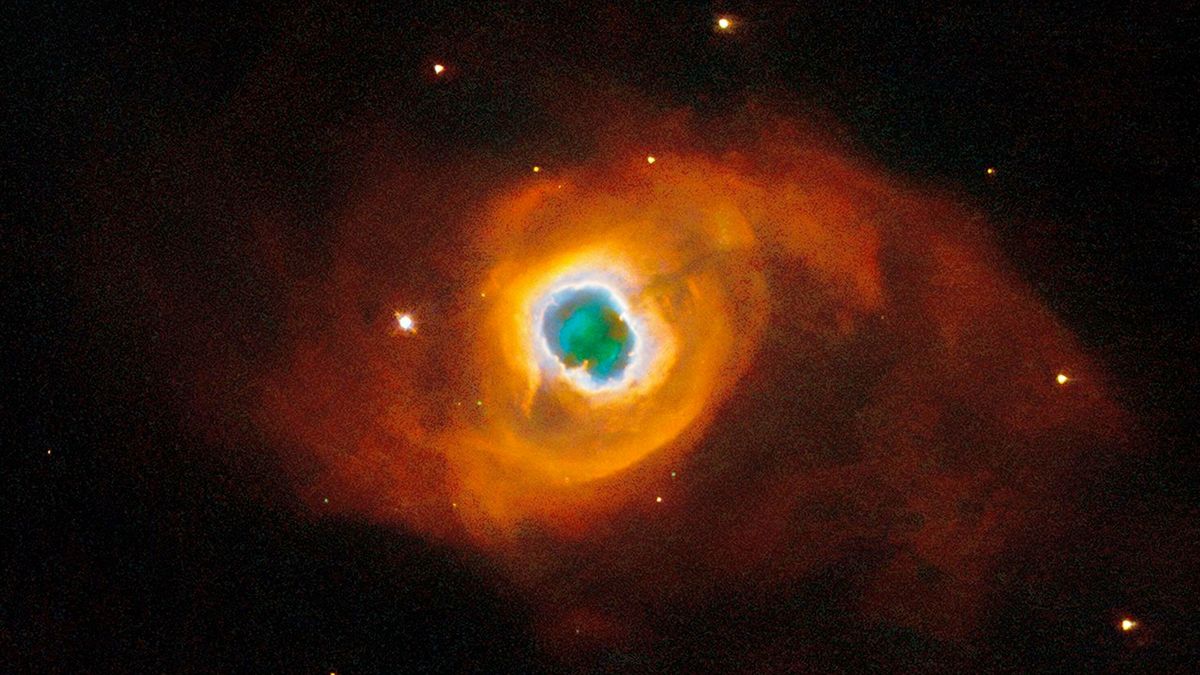


© ESA/Hubble & NASA, K. Noll
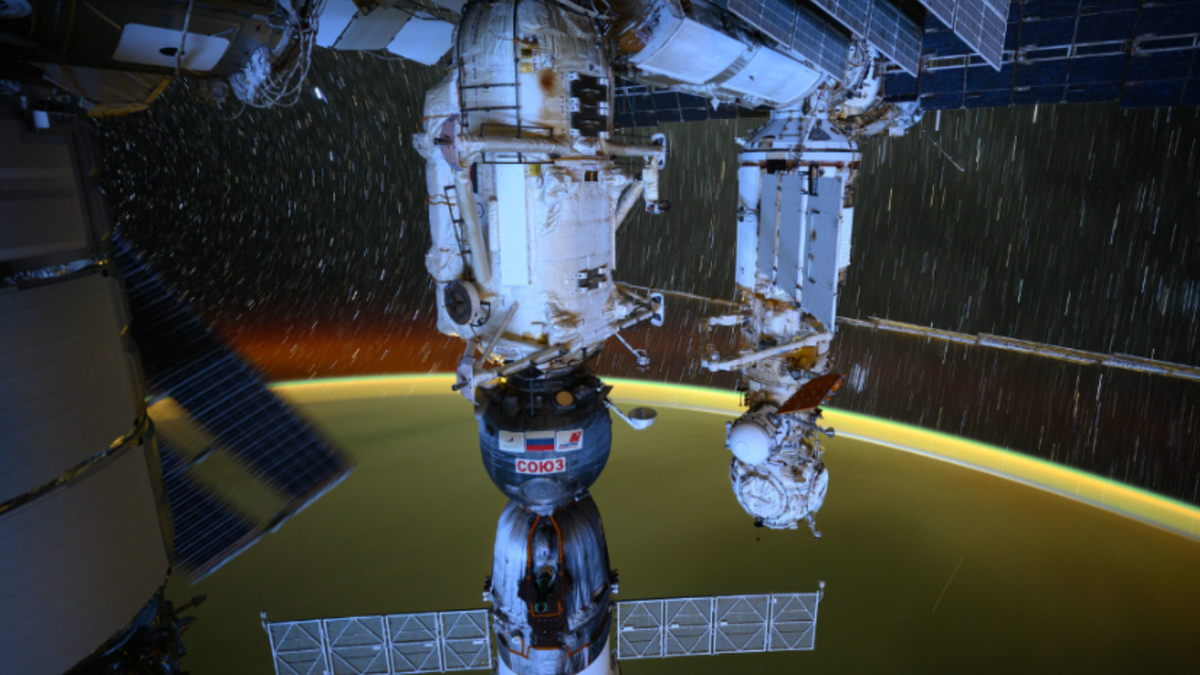


© NASA



© Blue Origin
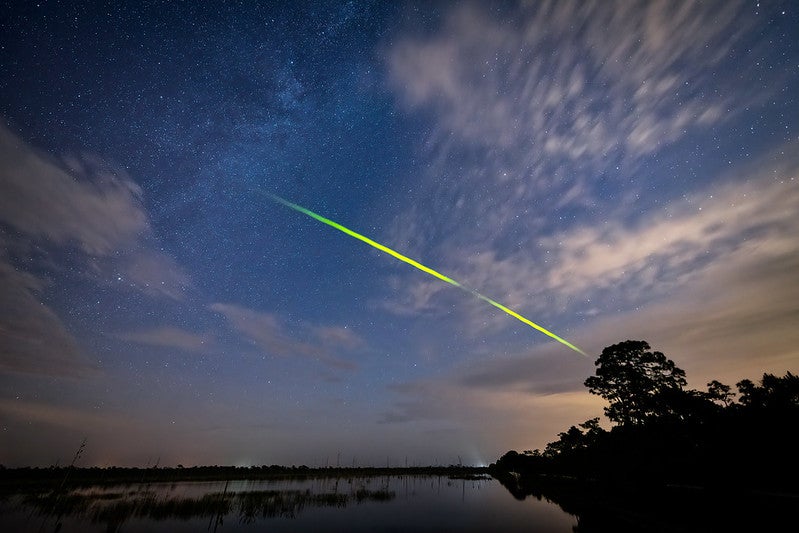
Much of what scientists know about the early solar system comes from meteorites – ancient rocks that travel through space and survive a fiery plunge through Earth’s atmosphere. Among meteorites, one type – called carbonaceous chondrites – stands out as the most primitive and provides a unique glimpse into the solar system’s infancy. The carbonaceousContinue reading "Why meteorites that hit Earth have less water than the asteroid bits brought back by space probes — a planetary scientist explains"
The post Why meteorites that hit Earth have less water than the asteroid bits brought back by space probes — a planetary scientist explains appeared first on Astronomy Magazine.




© NASA/JPL-Caltech



© Bungie



© Pulsar Fusion
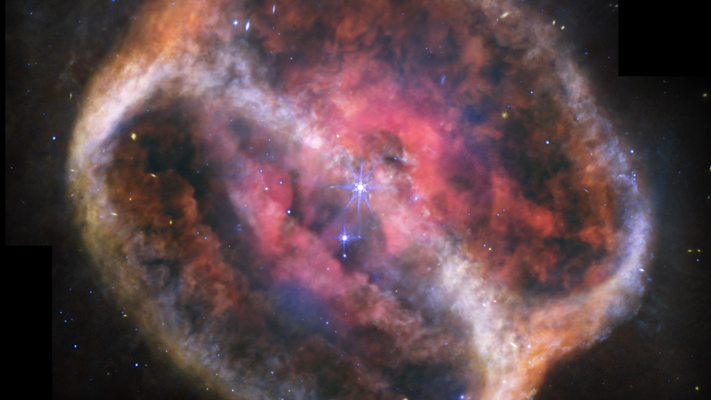


© NASA, ESA, CSA, STScI, Michael Ressler (NASA-JPL), Dave Jones (IAC)
Author(s): Rachel Berkowitz
While seeking a visual metaphor to depict the wave-like behavior of matter, Julian Voss-Andreae forged a unique path merging quantum physics, art, and business.
[Physics 18, 76] Published Mon Apr 14, 2025
Author(s): Emanuele Polino
A powerful framework allows scientists to understand and classify joint quantum measurements—procedures essential for many quantum technologies.
[Physics 18, 80] Published Mon Apr 14, 2025

Pete Scifres from Westlake Village, California Reflection Canyon, located at the end of an 8-mile hike into Utah’s Grand Staircase Escalante National Monument, serves as the foreground for this view of the spring Milky Way. The photographer captured the sky with a Canon mirrorless camera and a 15-second exposure at f/1.8 and ISO 4000 withContinue reading "Upon further reflection"
The post Upon further reflection appeared first on Astronomy Magazine.




© Blue Origin



© Blue Origin



© Blue Origin



© Blue Origin
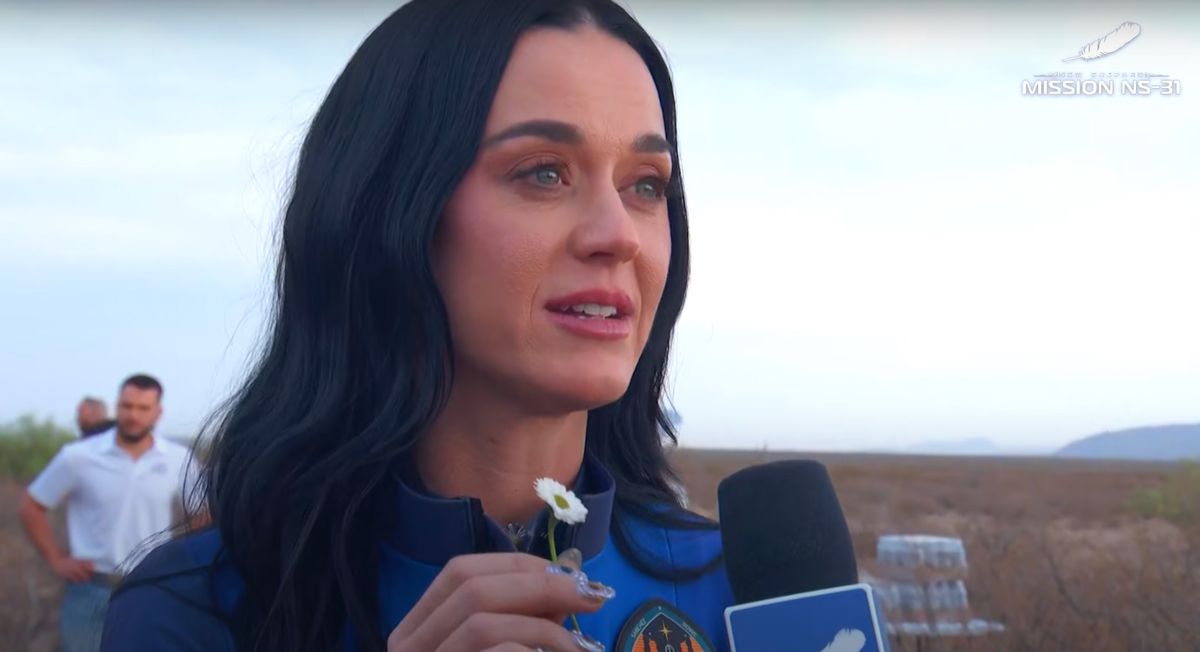


© Blue Origin

Jared Isaacman, billionaire, CEO and nominee to become the next NASA administrator, faced questions on April 9, 2025, from members of the Senate Committee on Commerce, Science, and Transportation during his confirmation hearing for the position. Should the Senate confirm him, Isaacman will be the first billionaire – but not the first astronaut – to head NASA. Perhaps evenContinue reading "Trump’s nomination for NASA leader boasts business and commercial spaceflight experience"
The post Trump’s nomination for NASA leader boasts business and commercial spaceflight experience appeared first on Astronomy Magazine.




© Lucasfilm / Disney

Before Einstein, special relativity, and E = mc2, what was the prevailing theory on the Sun’s seemingly eternal energy? William FieldsDayton, Ohio The question of what energy source powers the Sun has been around for literally centuries. During the 1800s, some thought that a constant shower of meteors onto the Sun might do the trick.Continue reading "Before Einstein, what did astronomers think powered the Sun?"
The post Before Einstein, what did astronomers think powered the Sun? appeared first on Astronomy Magazine.




© POCOCO/Future



© Blue Origin/collectSPACE.com



© Robert Lea (created with Canva)



© Apple
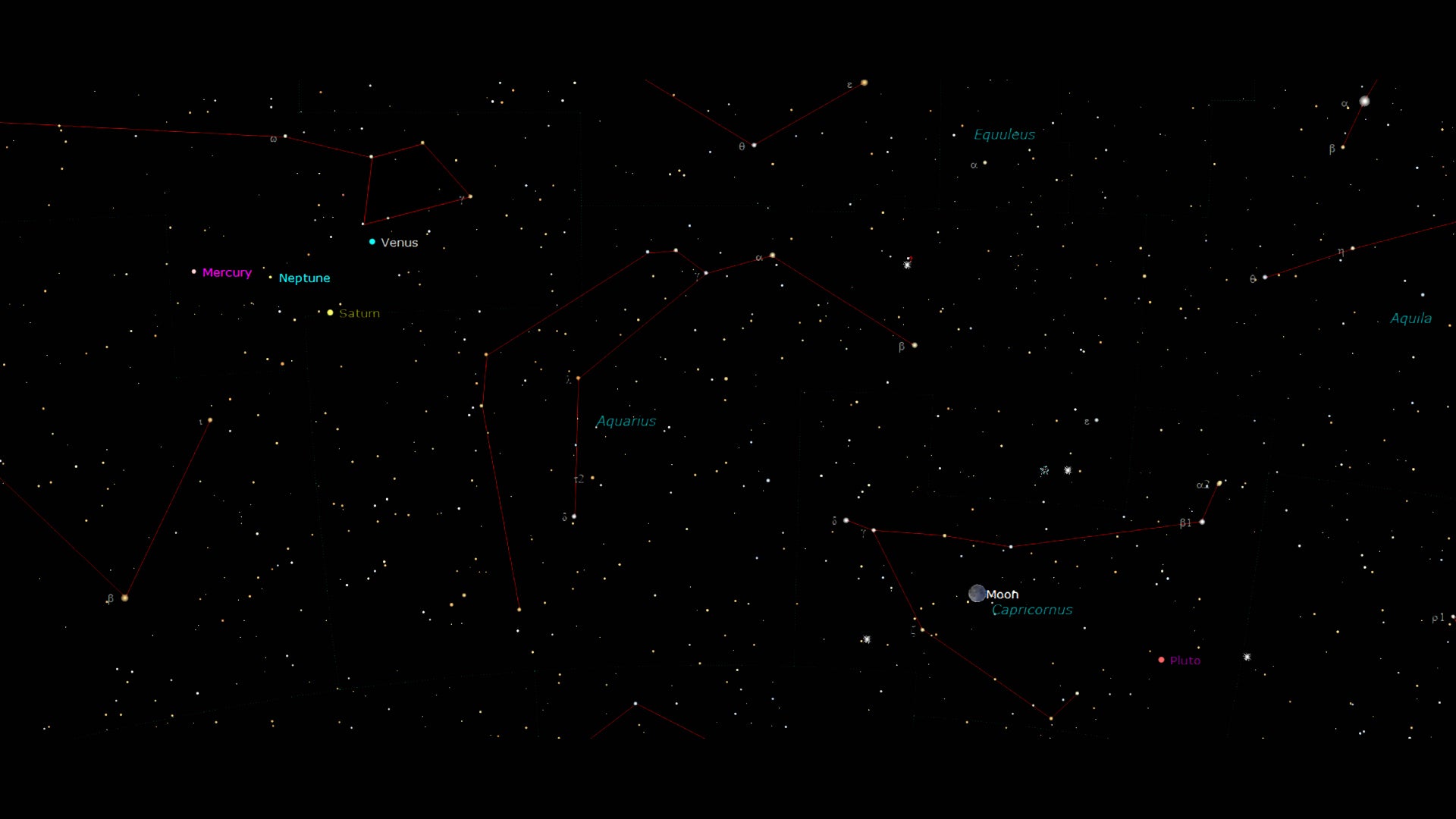
In this episode, Astronomy magazine Editor Dave Eicher invites you to head out and view a close grouping of planets in the early morning hours of April 21. That morning, you’ll be able to see Venus, Mercury, and Saturn low in the east. You won’t need a telescope or binoculars to view them, just use your eyes.Continue reading "This Week in Astronomy with Dave Eicher: A conjunction of planets"
The post This Week in Astronomy with Dave Eicher: A conjunction of planets appeared first on Astronomy Magazine.




© Blue Origin



© NASA / SDO and the AIA, EVE, and HMI science teams, helioviewer.org
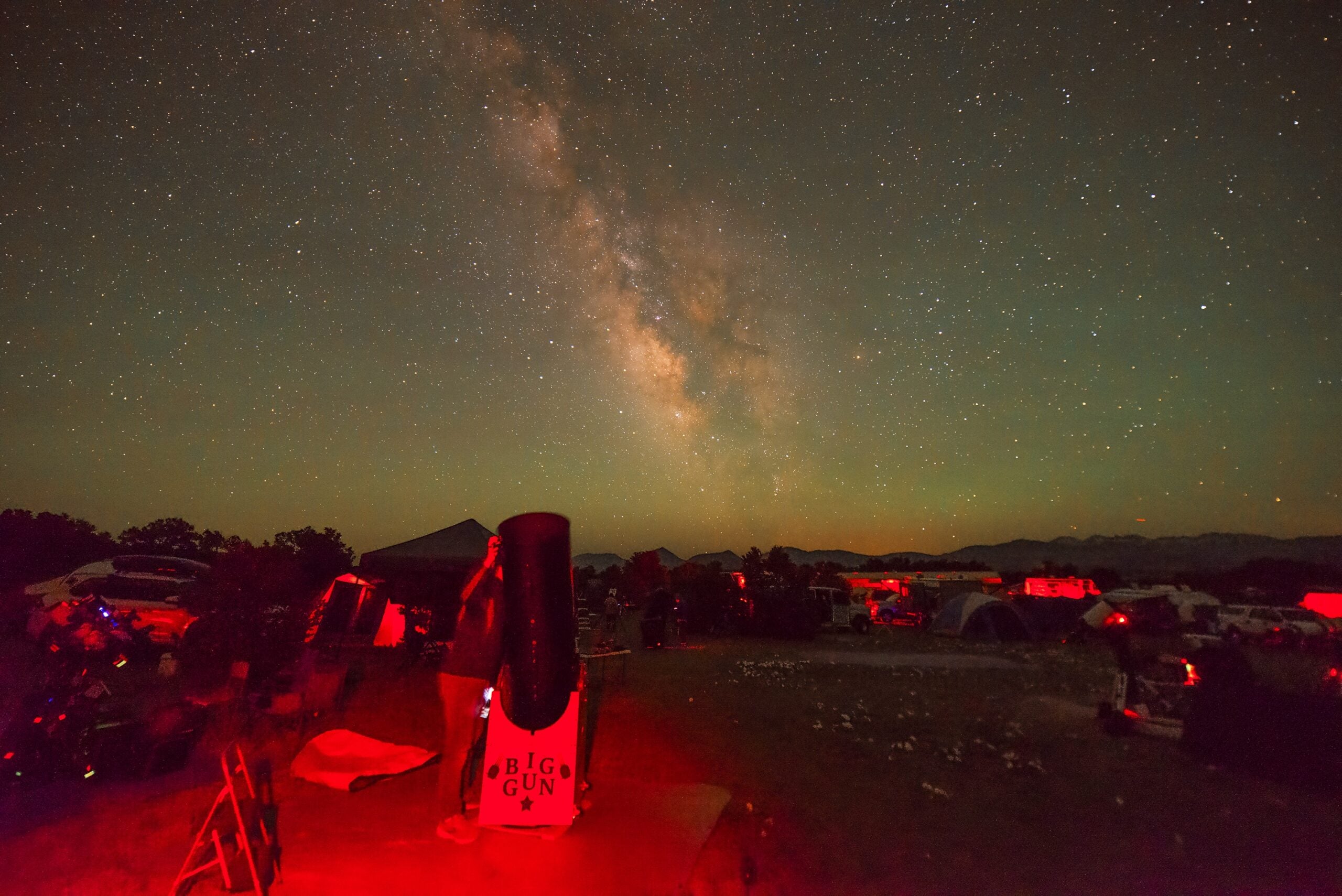
Time under dark skies is precious, and for a lot of us, getting out to those sites can be tough. When we do, often we end up observing alone, or with a few intrepid others at an astronomy club observing session. And sometimes that solitude is what we’re looking for: just you and the sky.Continue reading "Don’t want to observe alone? Go to a star party!"
The post Don’t want to observe alone? Go to a star party! appeared first on Astronomy Magazine.




© 11 Bit Studios



© Gary Hershorn/Getty Images



© Kepler
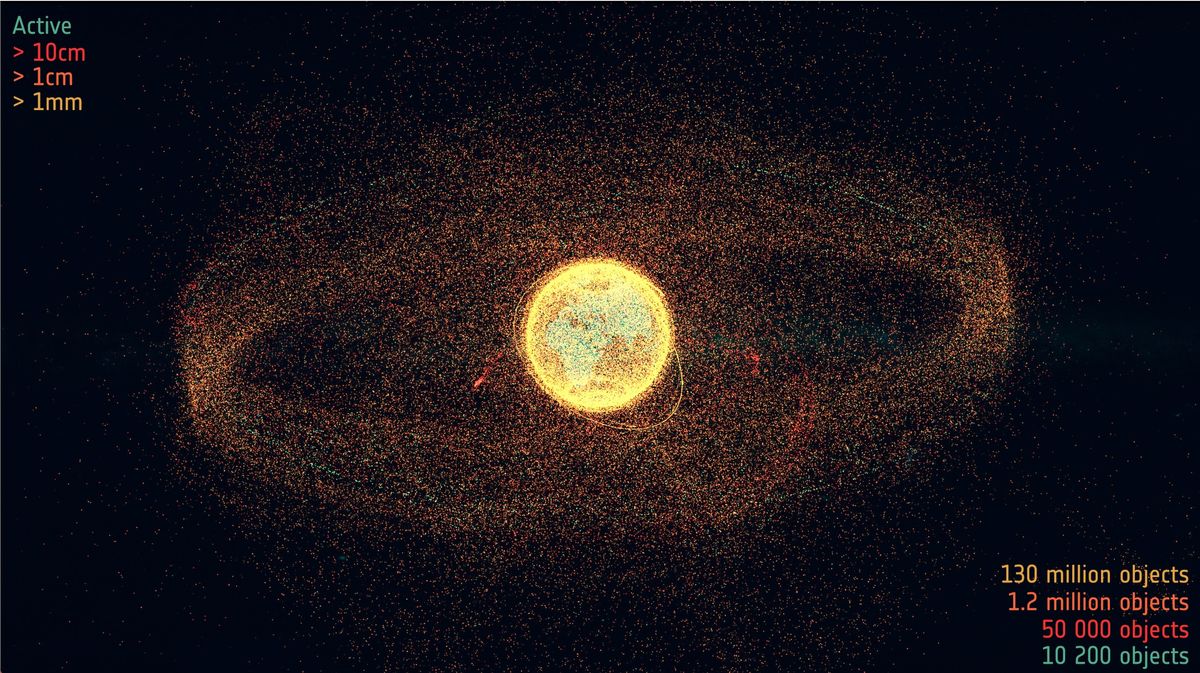


© ESA
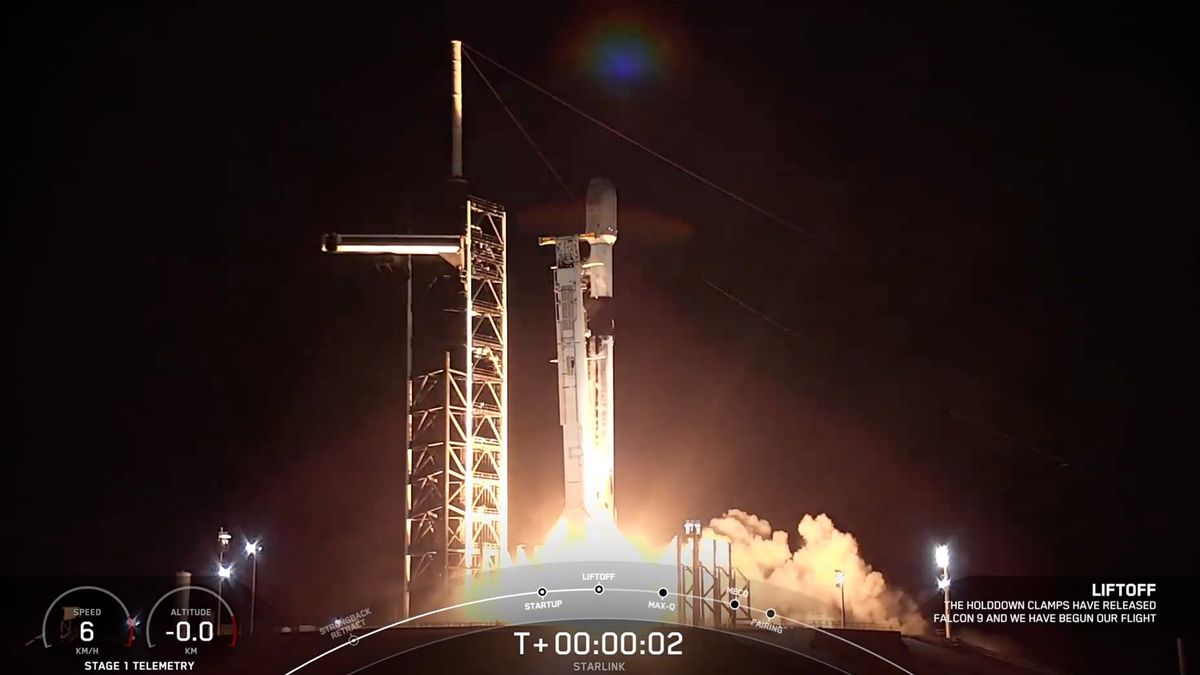


© SpaceX



© Blue Origin



© BBC
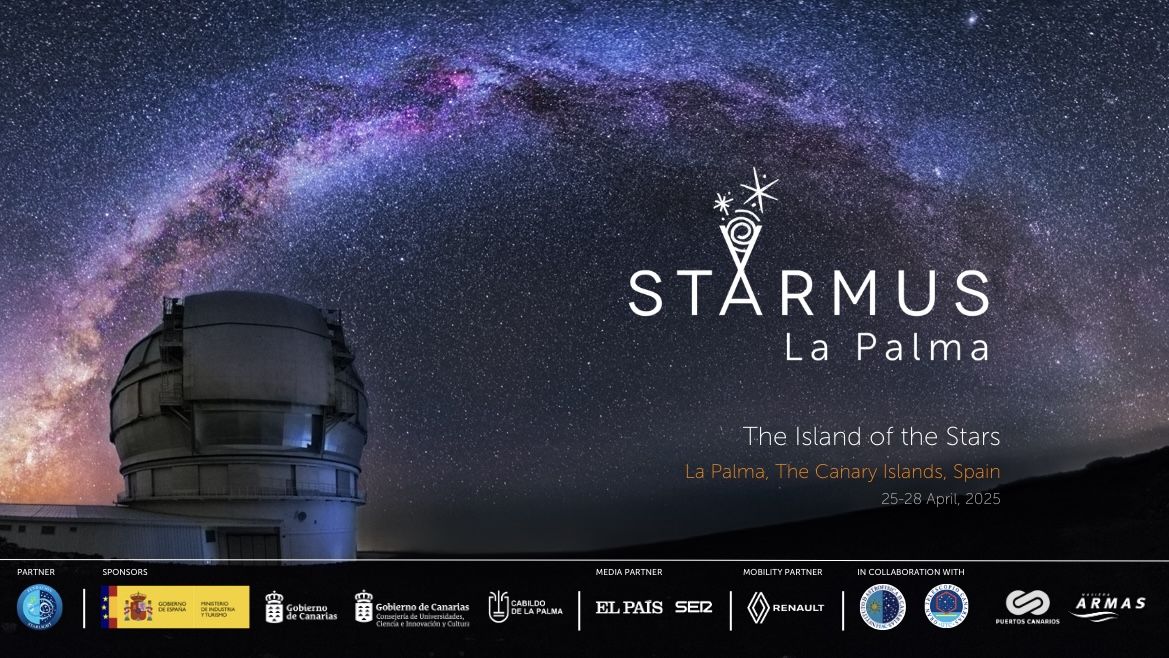


© STARMUS



© Blue Origin
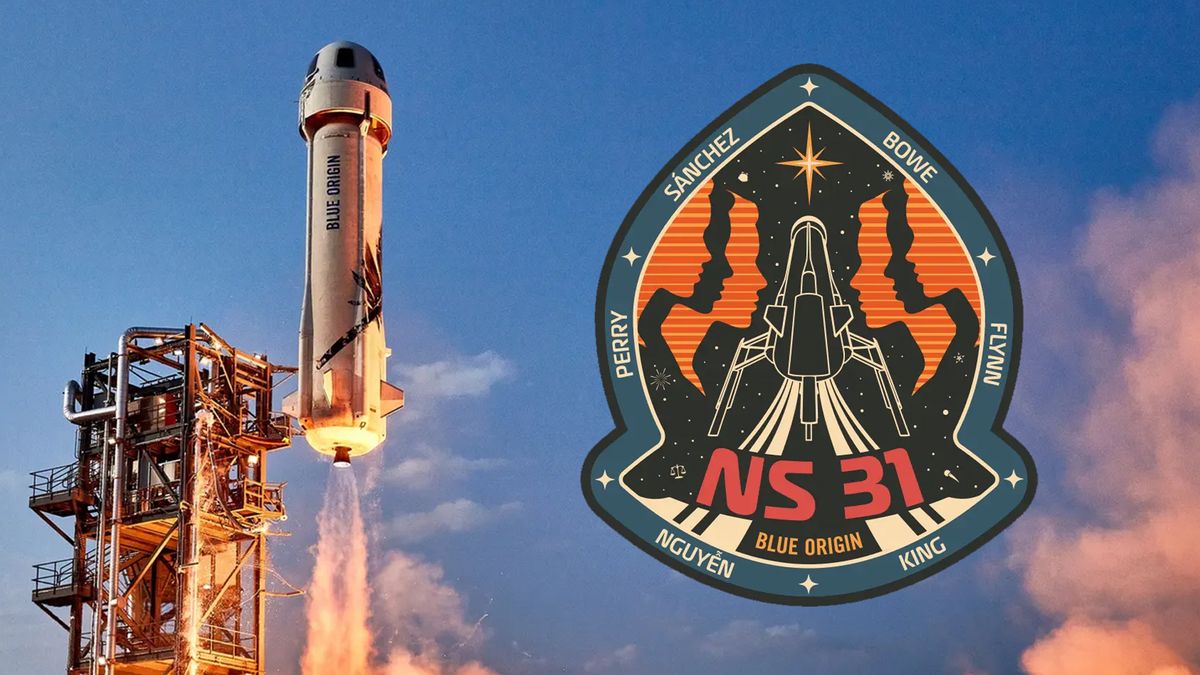


© Blue Origin
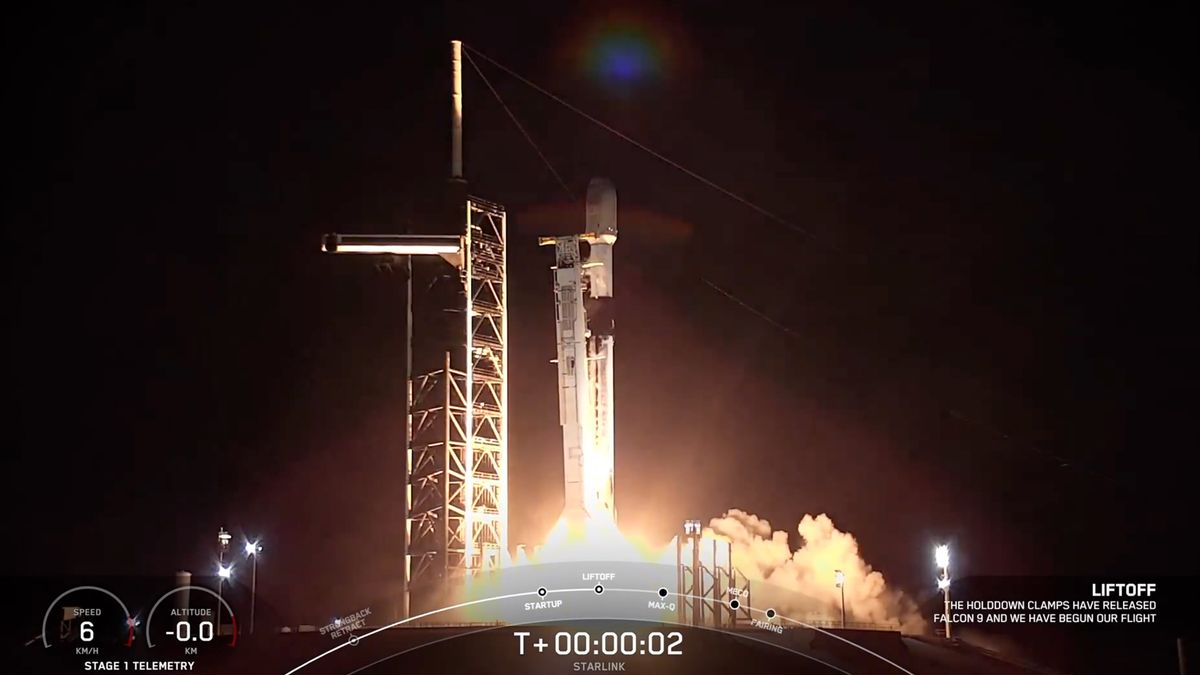


© SpaceX

Exceptions announced late Friday night to the Trump administration’s so-called “reciprocal tariffs” are unlikely to provide any relief to the amateur astronomy industry, as they do not cover categories for telescopes, mounts, or digital cameras. The updated guidance from U.S. Customs and Border Protection (CBP) affects the reciprocal tariffs imposed by U.S. President Donald TrumpContinue reading "No relief for astronomy industry in new tariff exemptions"
The post No relief for astronomy industry in new tariff exemptions appeared first on Astronomy Magazine.




© IMAX



© Elsa/Getty Images
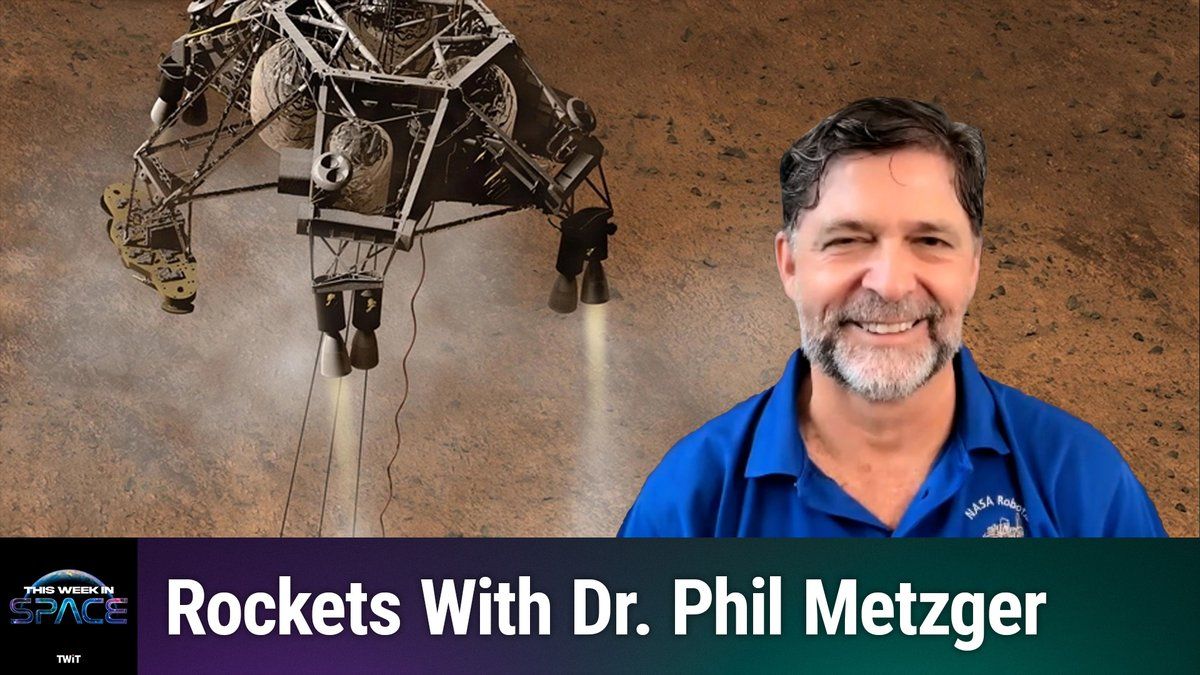


© TWiT



© SpaceX



© BBC



© Blue Origin
Author(s): Mark Buchanan
Observations link turbulence in the ionosphere—a region essential for communications—with far-away disturbances associated with Earth’s magnetic field.
[Physics 18, 81] Published Fri Apr 11, 2025
Author(s): Ryan Wilkinson
Improved methods for using electron spins to sense and control nuclear spins could benefit many quantum technologies.
[Physics 18, s38] Published Fri Apr 11, 2025
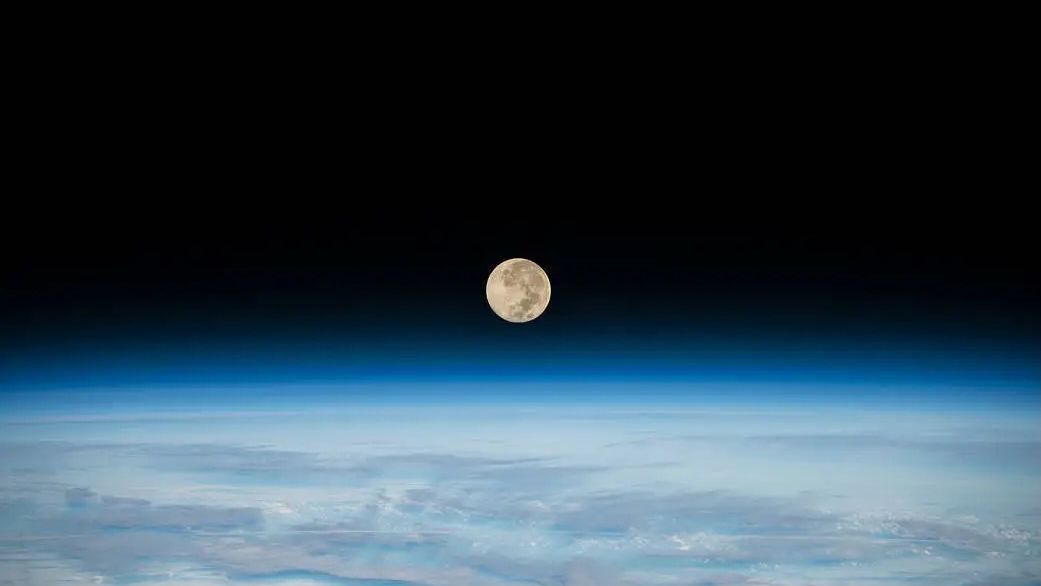


© NASA
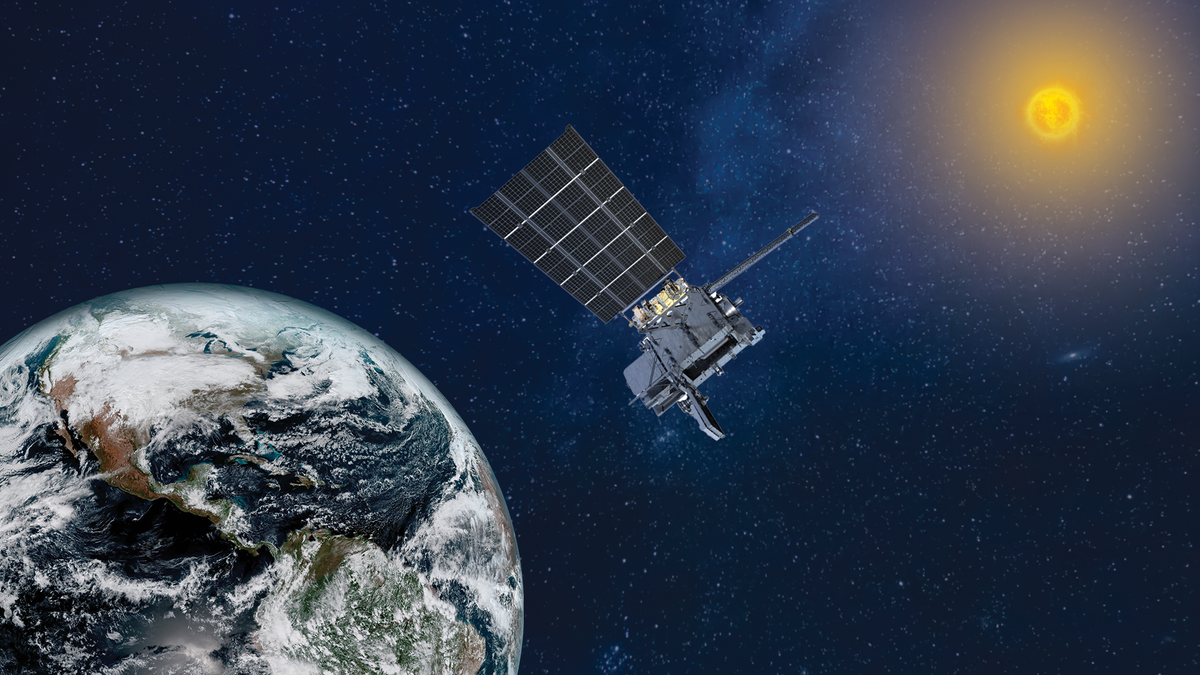


© NOAA



© Getty Images/Steinliland

NASA could see a 20 percent cut to its overall 2026 budget, with funding for its science division slashed in half, if a preliminary budget proposal from the White House is enacted. The cuts would, among other impacts, cancel several missions and shut down NASA’s Goddard Space Flight Center. The proposed cuts were laid outContinue reading "NASA faced with massive budget cuts in White House proposal"
The post NASA faced with massive budget cuts in White House proposal appeared first on Astronomy Magazine.

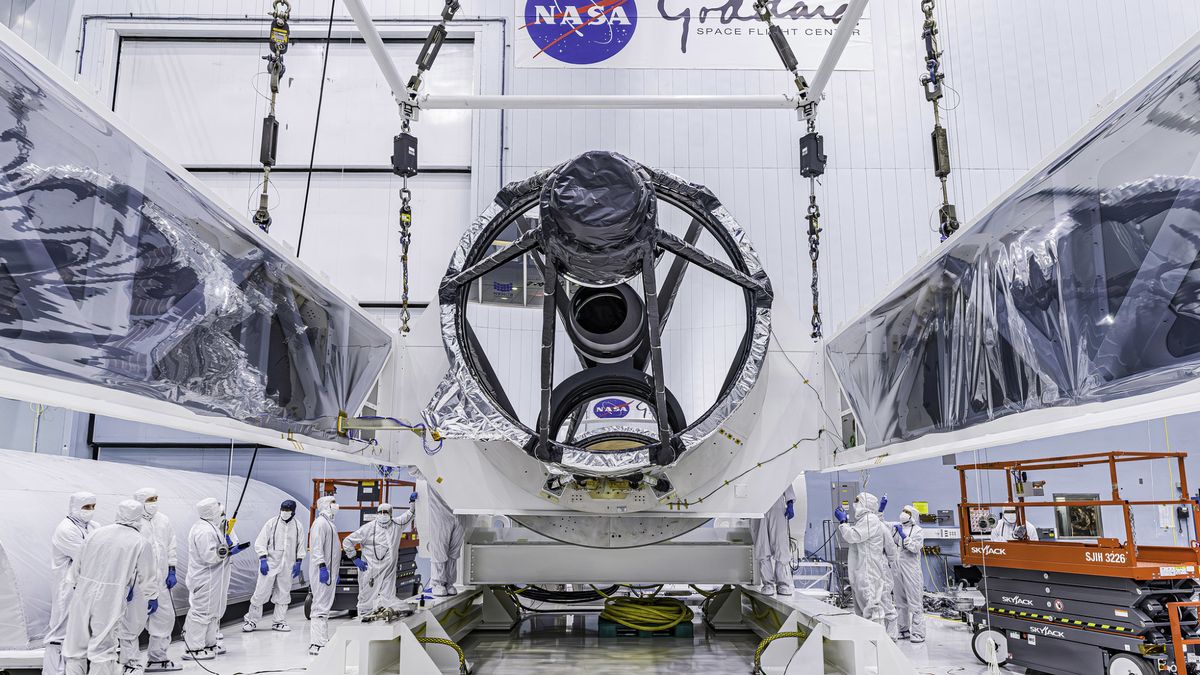


© NASA/Chris Gunn
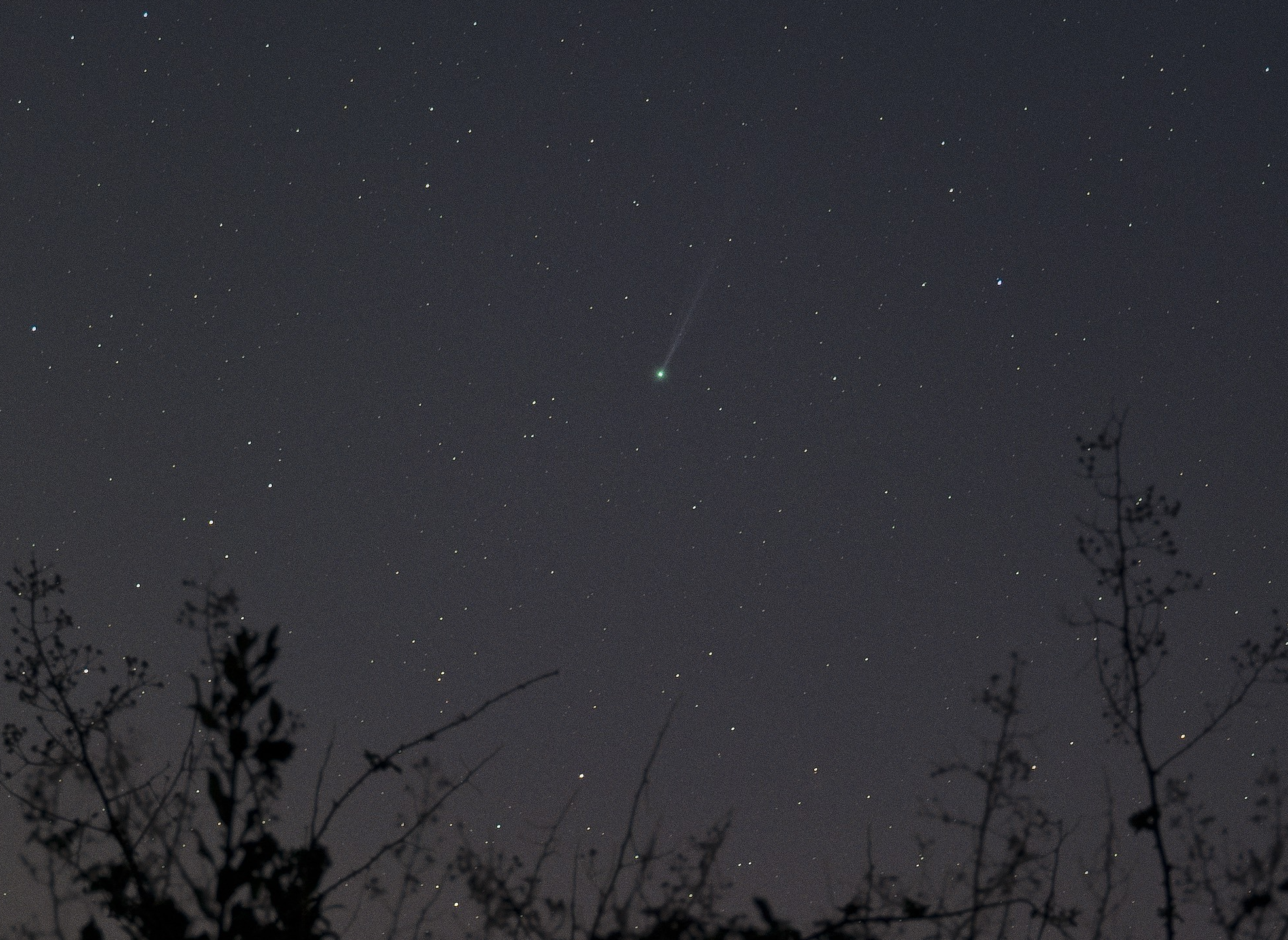
In late March, three amateur astronomers discovered Comet C/2025 F2 (SWAN). Immediately, predictions began appearing online stating the brightness this object might reach. But, as comet discoverer David Levy says, “Comets are like cats. They have tails and do what they want.” In other words, don’t bet the house that current predictions will come true.Continue reading "C/2025 F2 (SWAN): A new comet is in the spring sky"
The post C/2025 F2 (SWAN): A new comet is in the spring sky appeared first on Astronomy Magazine.

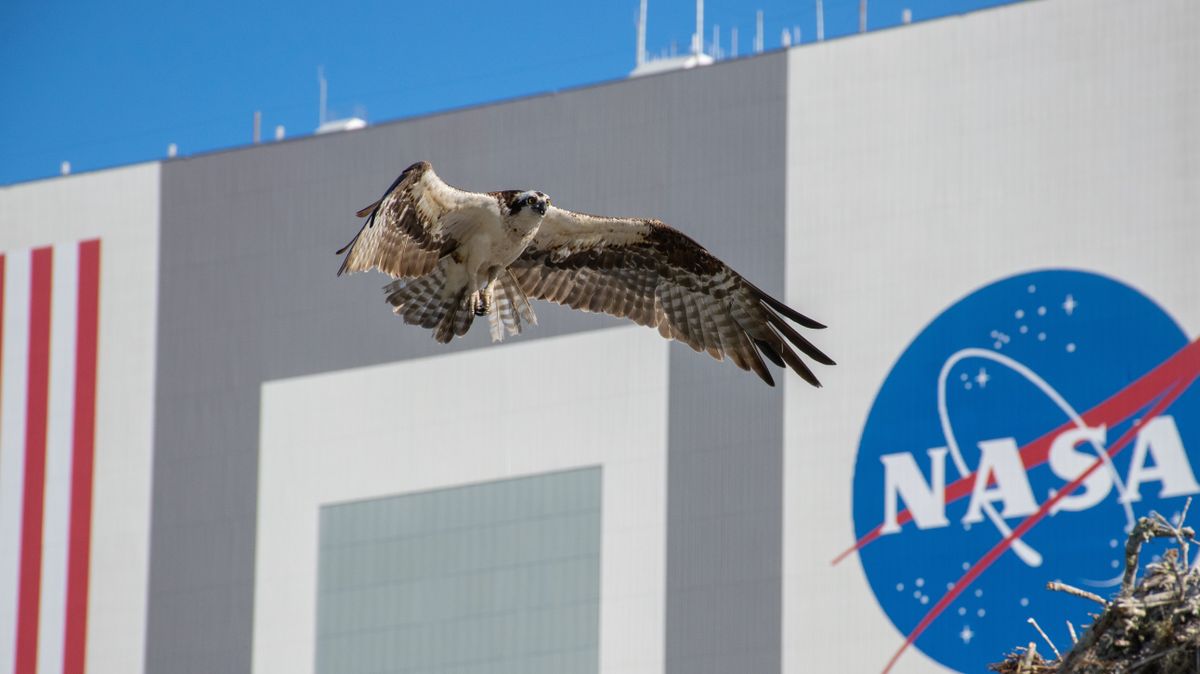


© Josh Dinner



© Marvel Studios



© Disney



© Astroscale



© BBC Studios/Bad Wolf/James Pardon



© Robert Lea (created with Canva)
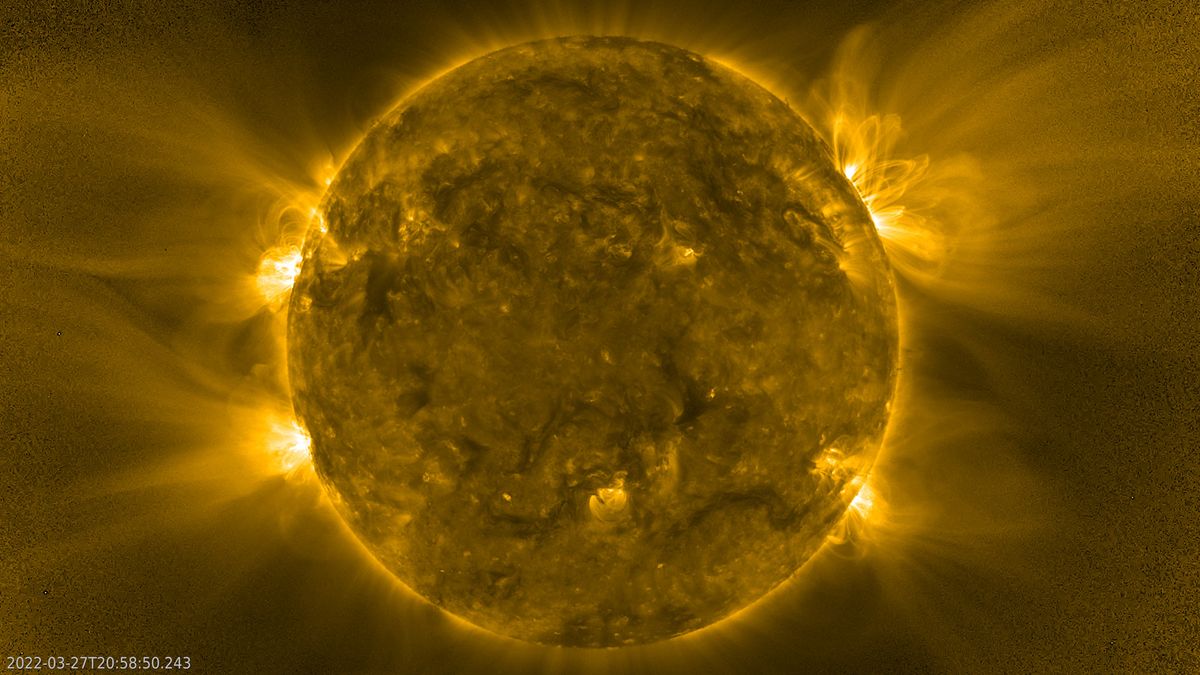


© ESA



© Simon Stålenhag / Skybound Books



© blue origin

Sky This Week is brought to you in part by Celestron. Friday, April 11An hour after sunset, the bright planet Jupiter stands out in eastern Taurus, forming a V with the two tips of the Bull’s horns, Zeta (ζ) Tauri and Gamma (γ) Aurigae. Below Jupiter shines Aldebaran, the Bull’s alpha star, a magnitude 0.9Continue reading "The Sky This Week from April 11 to 18: The April Full Pink Moon shines"
The post The Sky This Week from April 11 to 18: The April Full Pink Moon shines appeared first on Astronomy Magazine.

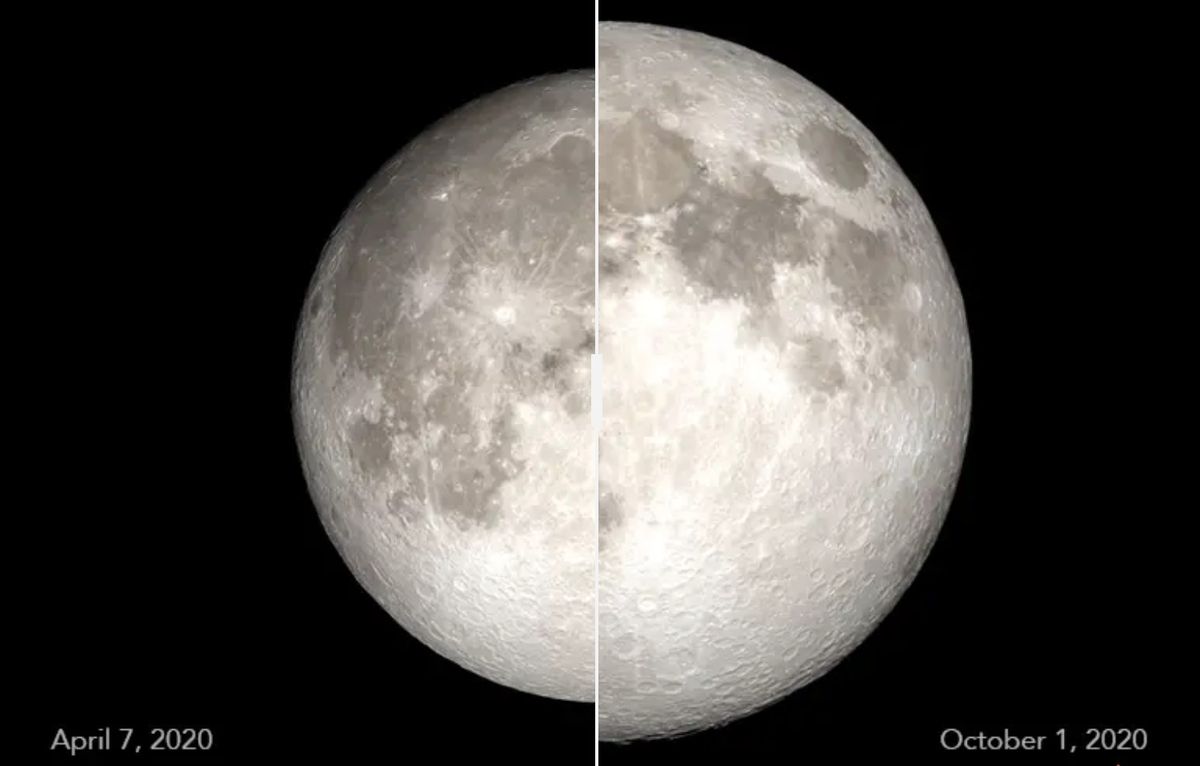


© NASA
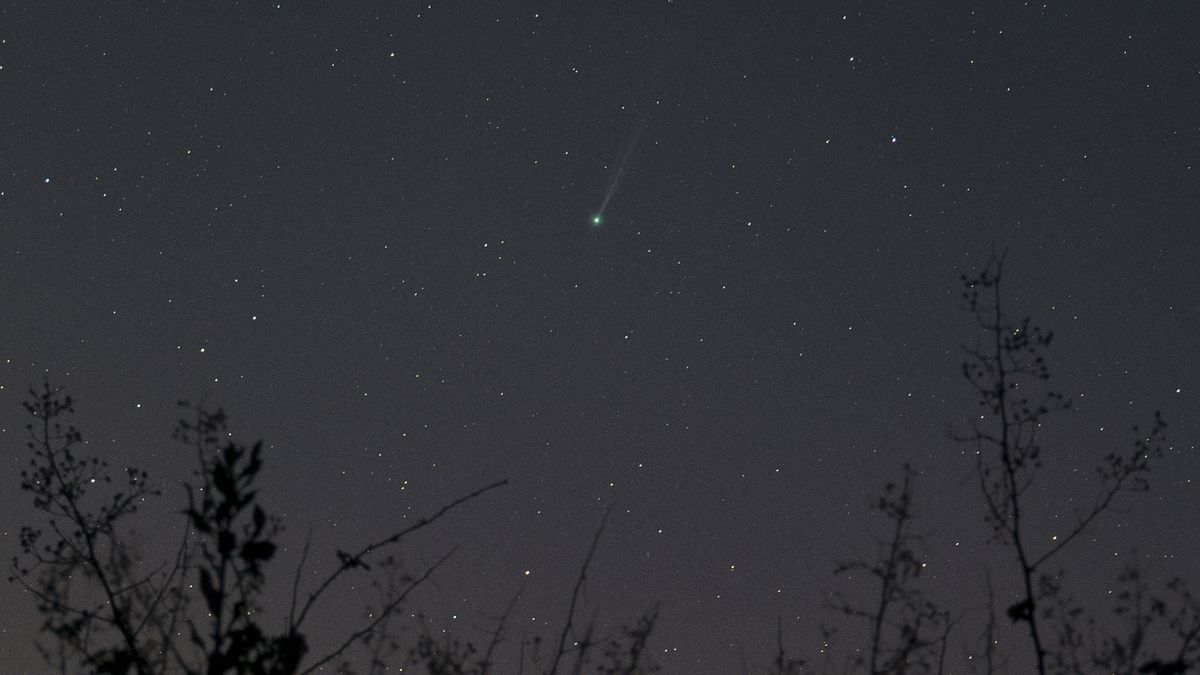


© Josh Dury



© Smithsonian/Dane Penland



© ESA
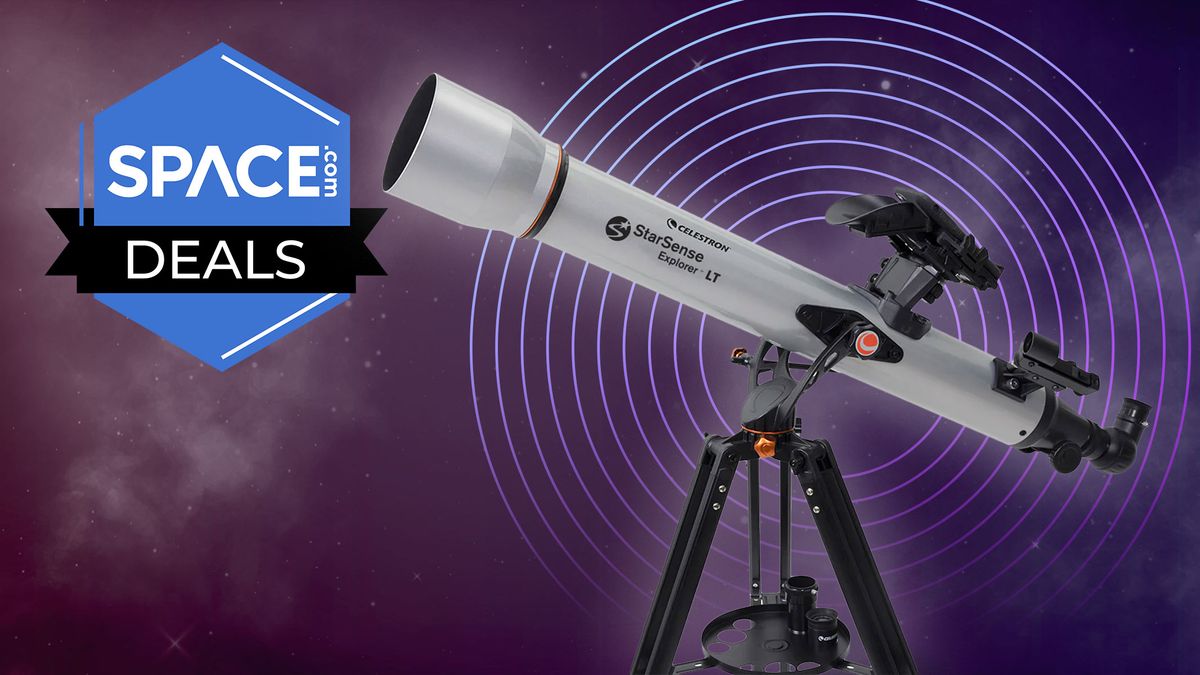


© Future, Celestron
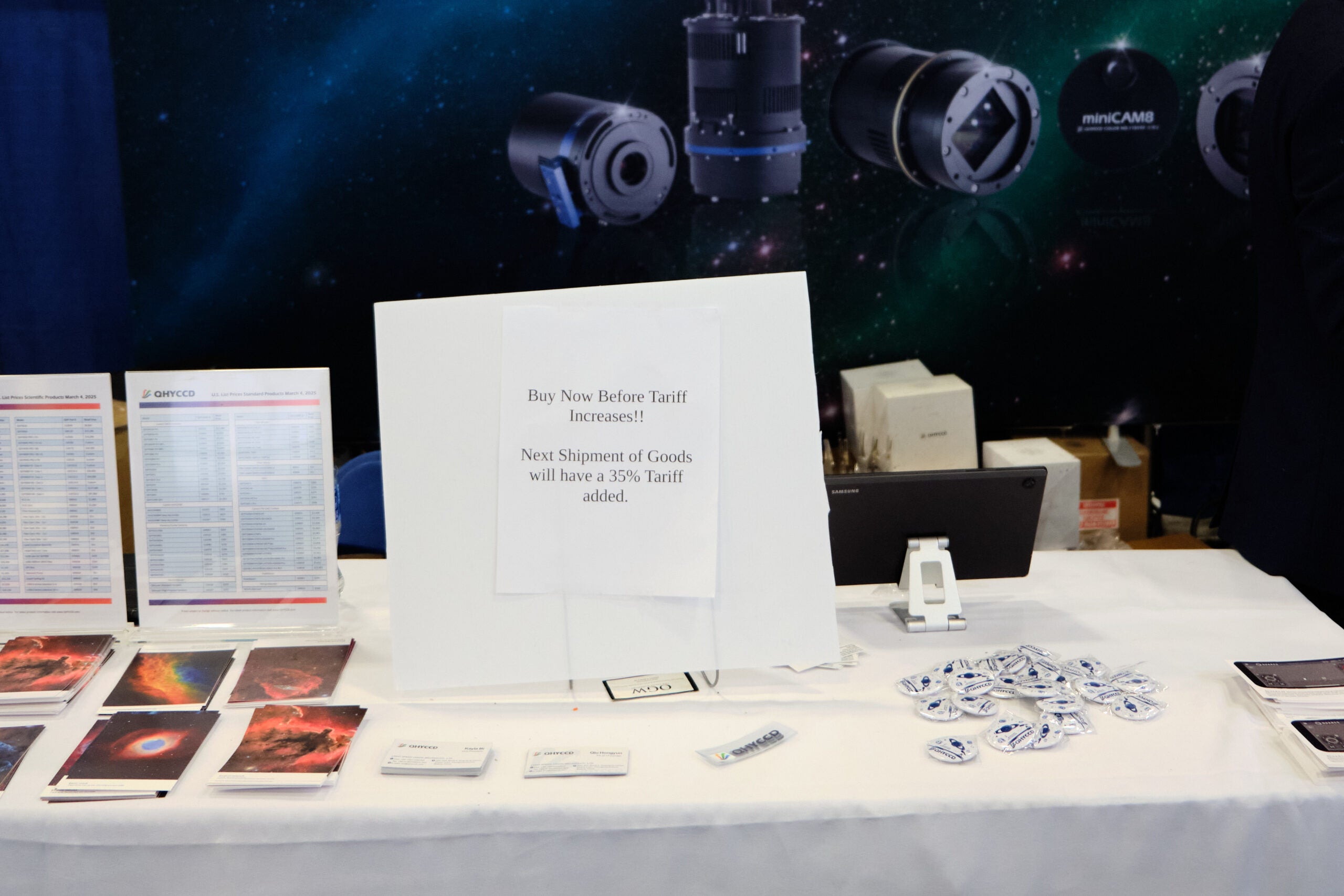
The telescope industry in the U.S. has been thrown into chaos as a result of the Trump administration’s escalating trade conflict with China, as manufacturers contemplate price hikes and worry about the possibility of slowing demand. In the latest round of tariffs, U.S. President Donald Trump announced April 9 that duties on goods imported fromContinue reading "Amateur astronomy industry grapples with tariff chaos"
The post Amateur astronomy industry grapples with tariff chaos appeared first on Astronomy Magazine.




© Craig T Fruchtman/Getty Images
Author(s): Rachel Berkowitz
A processor made of five-level, trapped-ion “ququints” captures the intricate particle–antiparticle interactions of quantum electrodynamics theory.
[Physics 18, 78] Published Thu Apr 10, 2025
Author(s): Charles Day
A new experiment challenges the notion that only exotic materials exhibit nonlinear transport phenomena.
[Physics 18, s44] Published Thu Apr 10, 2025
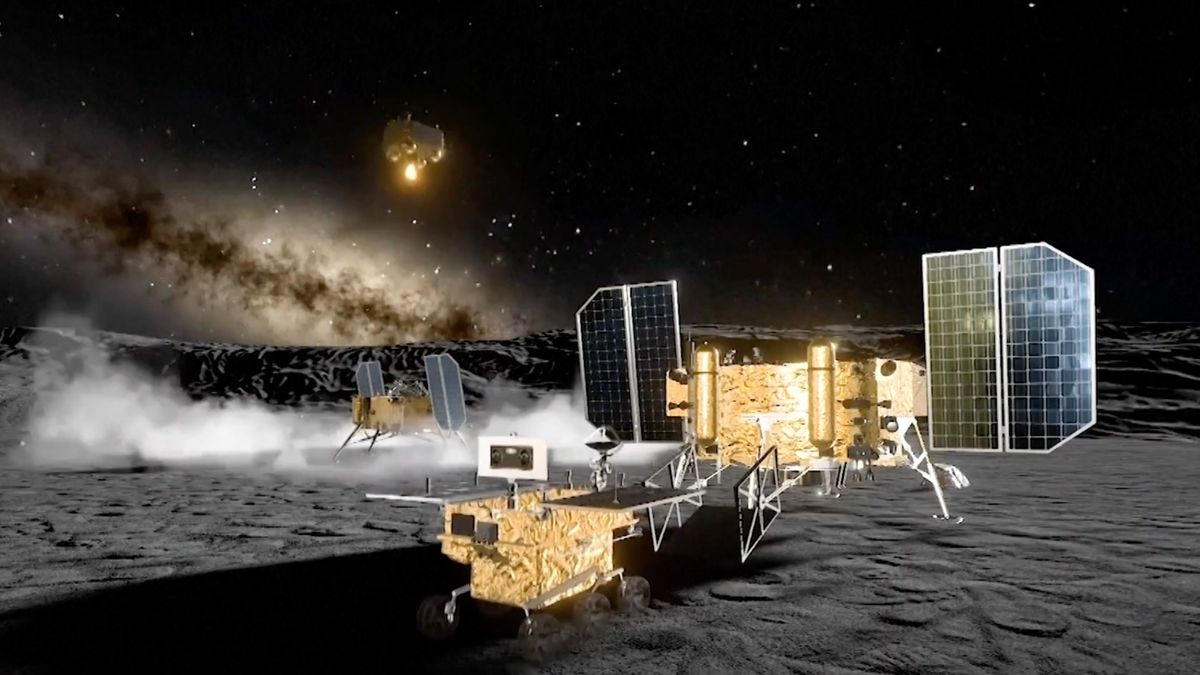


© CCTV



© Netflix
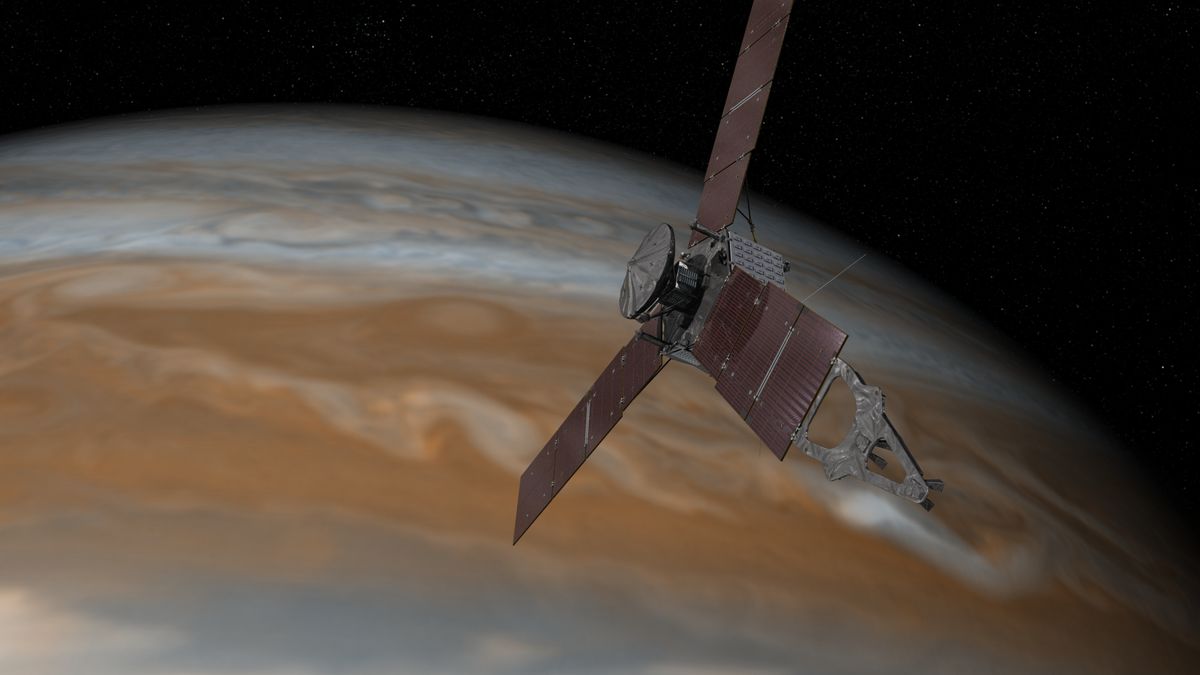


© NASA/JPL-Caltech

I’m leading another eclipse trip. No surprise there. I’ve traveled to observe 16 total solar eclipses, and on all but two of them I was the official astronomer. But this one’s special, even for me. First, it boasts the longest totality — 6 minutes 23 seconds — that anyone alive will be able to witness.Continue reading "Come with Astronomy associate editor Michael Bakich to Egypt"
The post Come with Astronomy associate editor Michael Bakich to Egypt appeared first on Astronomy Magazine.

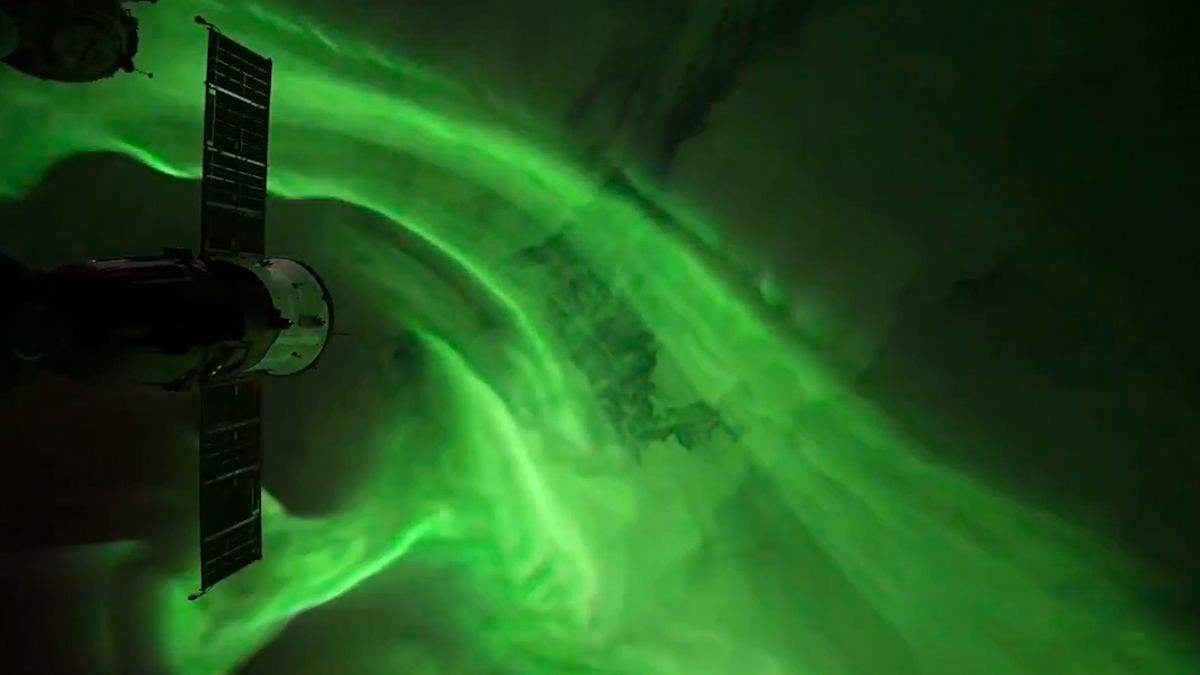


© Don Pettit/NASA



© NASA/ESA/CSA/Ralf Crawford (STScI)
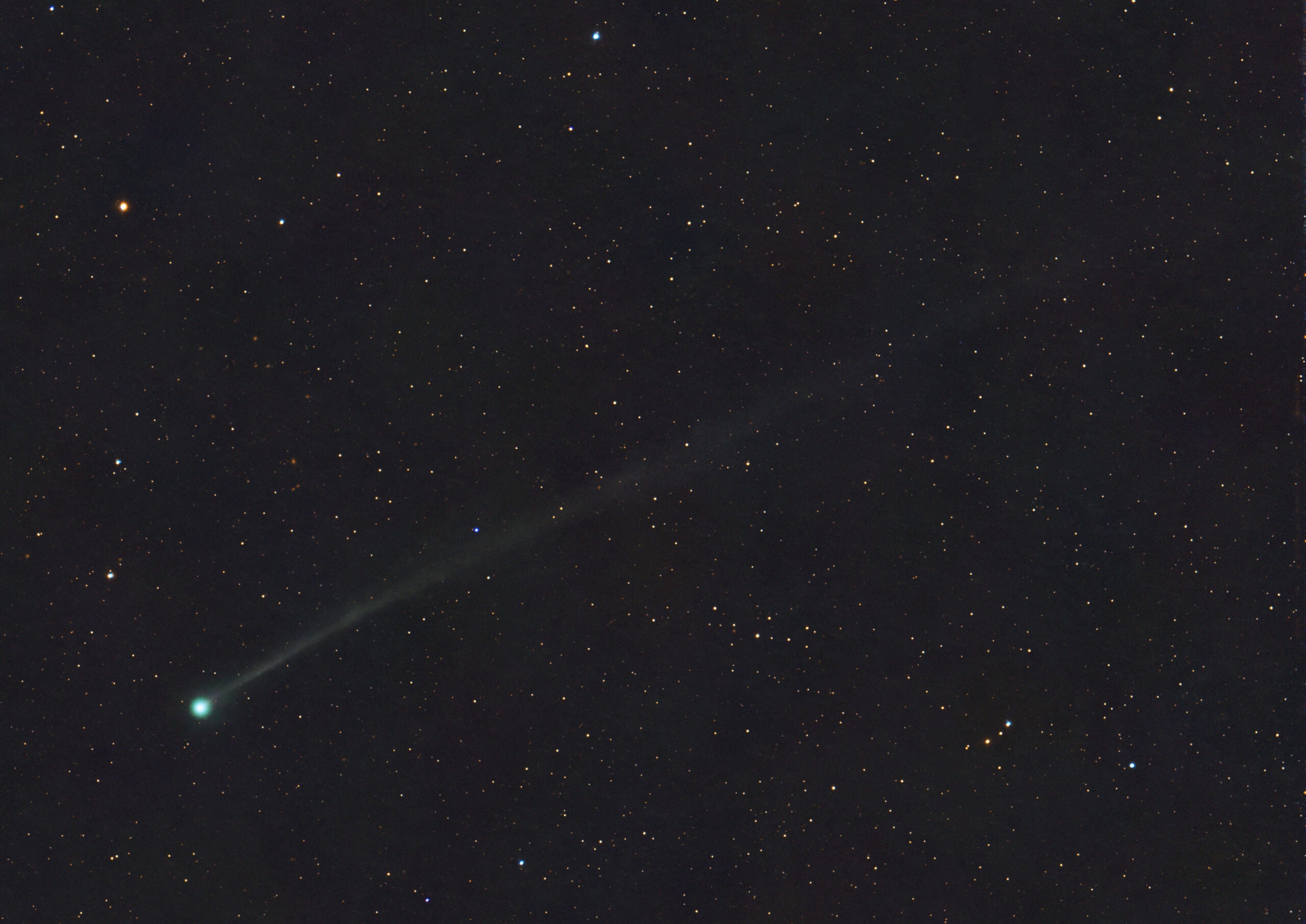
Chris Schur from Payson, Arizona Comet C/2025 F2 (SWAN), discovered March. 29 by amateur astronomers in public imagery taken by the Solar Wind Anisotropies (SWAN) camera on ESA’s Solar and Heliospheric Observer (SOHO) spacecraft, has reached magnitude 7.5. This imager caught the comet on April 8 in the morning sky with an 8-inch RASA scopeContinue reading "A fledgling SWAN"
The post A fledgling SWAN appeared first on Astronomy Magazine.




© NASA, ESA, Mélina Poulain, and STScI



© Apple TV+



© NASA


© 20th Century Studios / Hulu



© NASA/JPL-Caltech


© NASA


© Blue Origin
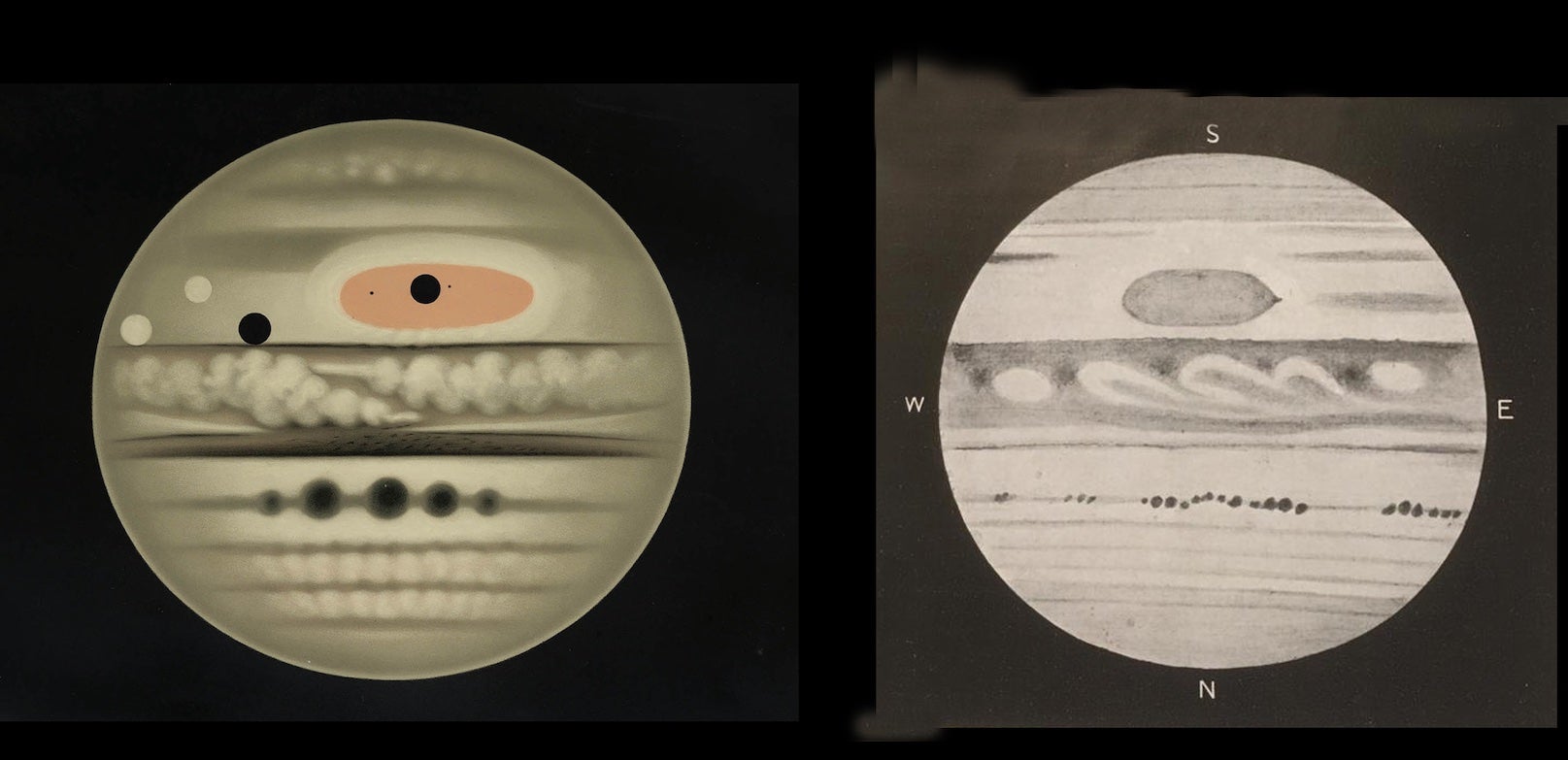
Lucky is the word I’d use for any telescopic observers who got to see one of the most stunning spectacles in nature when Comet Shoemaker-Levy 9 impacted Jupiter in July 1994. The collision left inky scars in the planet’s atmosphere that persisted for months, with the largest welts visible in even the smallest of telescopes.Continue reading "How you can observe impacts on Jupiter"
The post How you can observe impacts on Jupiter appeared first on Astronomy Magazine.




© NASA/Bill Ingalls
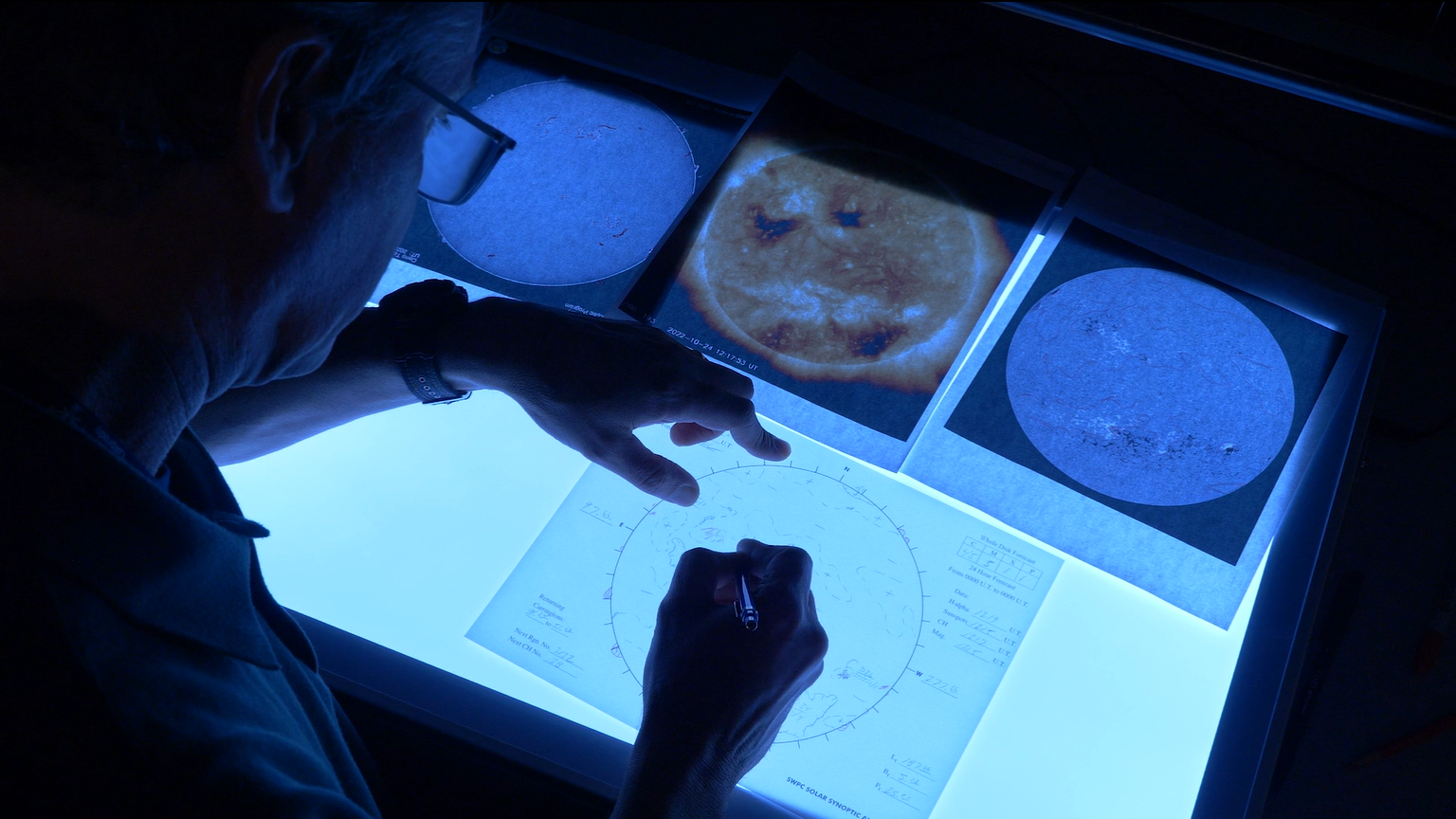

© SWPC
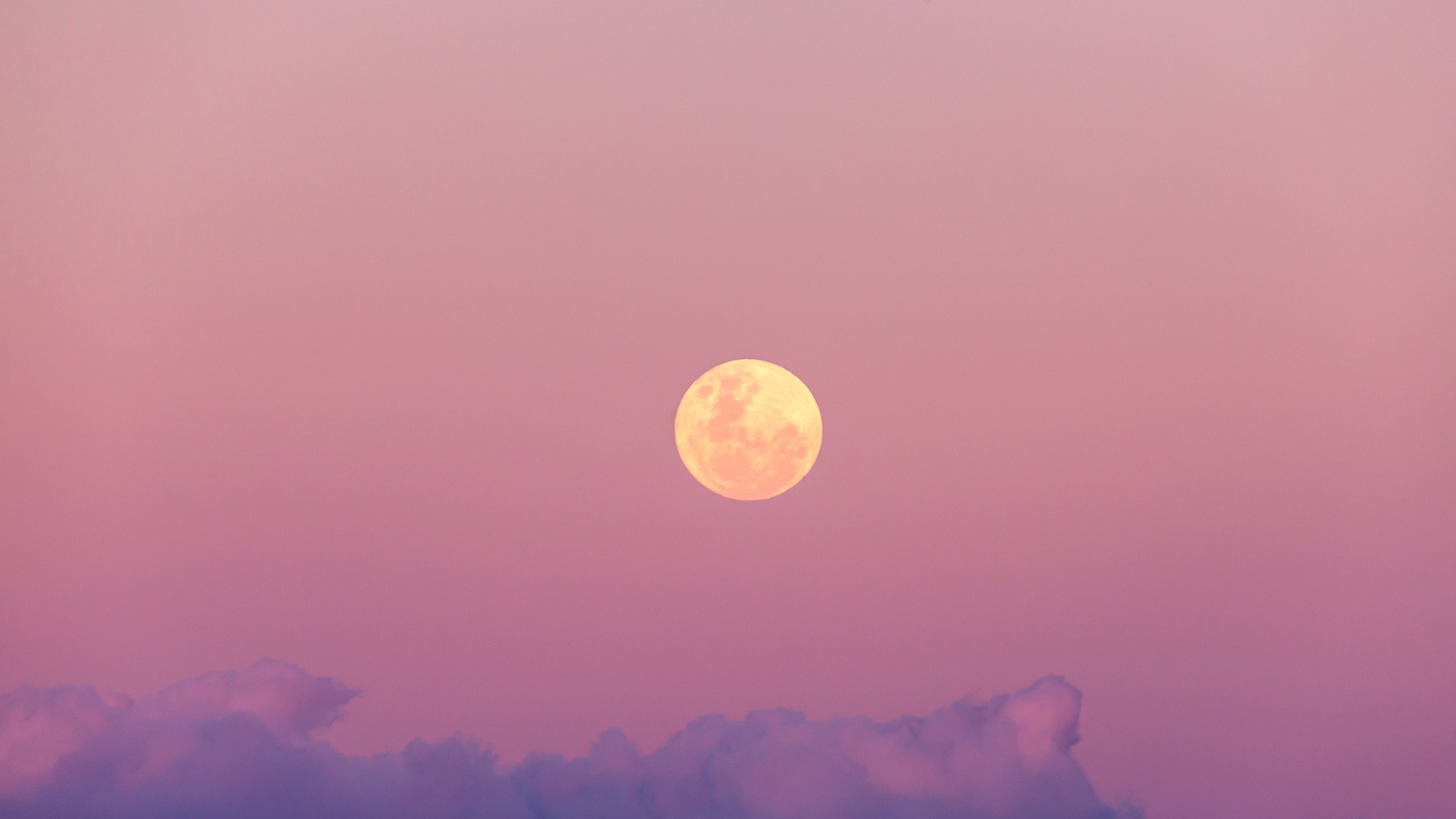

© Vicki Smith via Getty Images
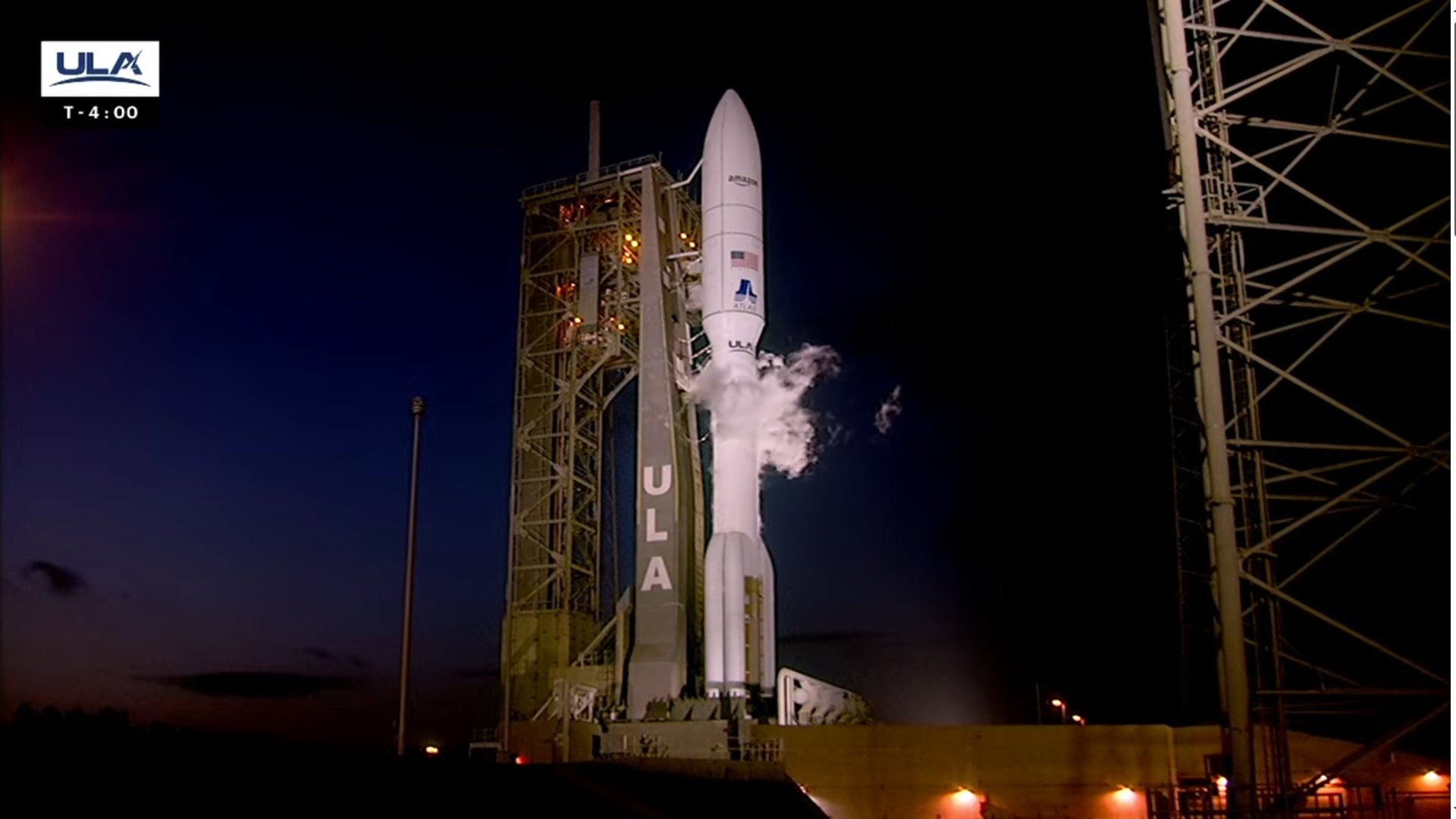

© United Launch Alliance
Author(s): Katherine Wright
A single molecule provides a controllable connection between a normal metal and a superconductor.
[Physics 18, 79] Published Wed Apr 09, 2025
Author(s): Agnese Curatolo
The interplay between microscopic and macroscopic dynamics in a brain-like network enhances the robustness of a state that optimizes the network’s performance.
[Physics 18, s54] Published Wed Apr 09, 2025
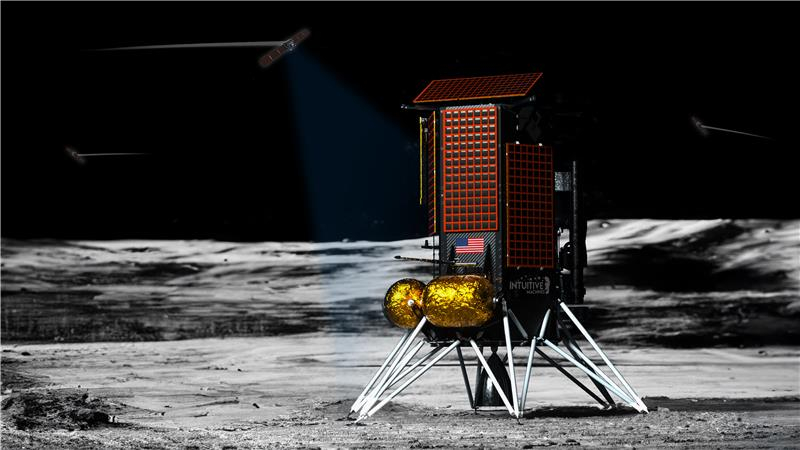

© Intuitive Machines
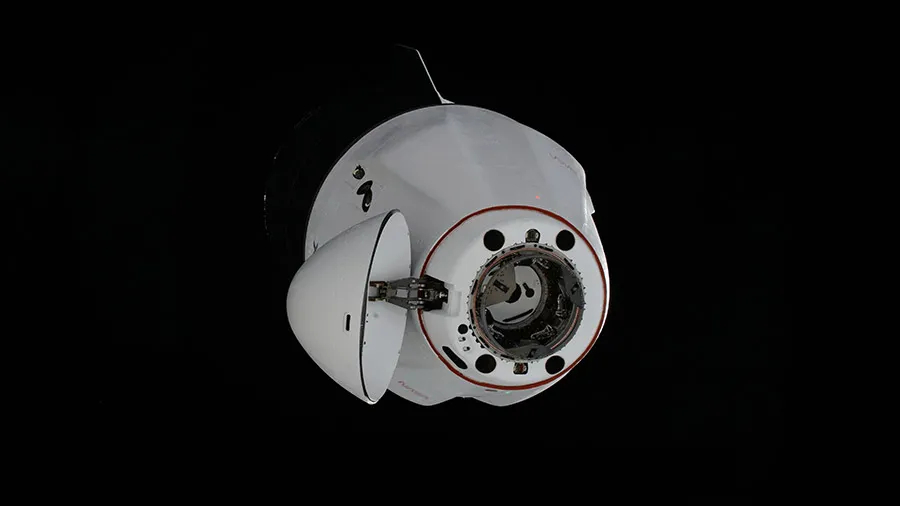

© NASA
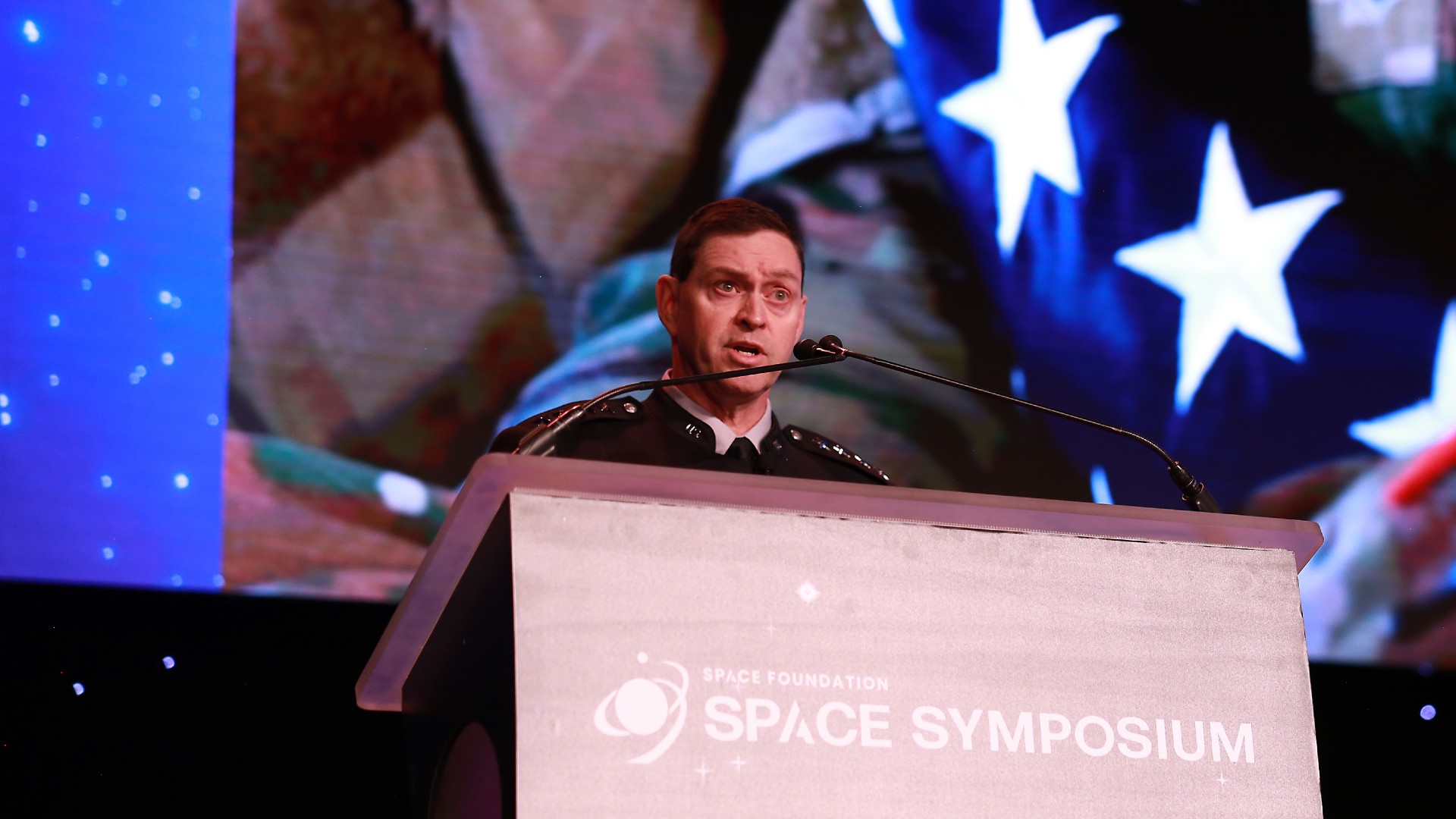

© Space Foundation


© CMSE


© NASA/Bill Ingalls
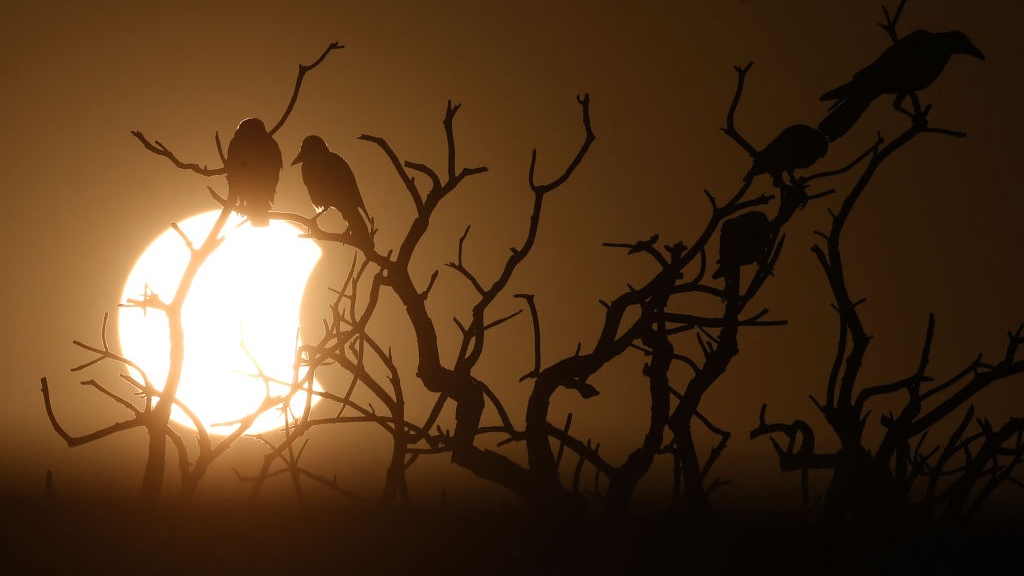

© ARIF ALI/AFP via Getty Images


© Getty Images


© Space.com / Josh Dinner

As of 2025, astronomers have identified at least 14 stars within 10 light-years of the Sun. After the Alpha Centauri system, the next closest is Barnard’s Star, a solo red dwarf roughly 6 light-years away. And thanks to new observations, we now know that Barnard’s Star is orbited by four small, rocky exoplanets. But it’sContinue reading "Three new planets found around Barnard’s Star"
The post Three new planets found around Barnard’s Star appeared first on Astronomy Magazine.



© Space Foundation
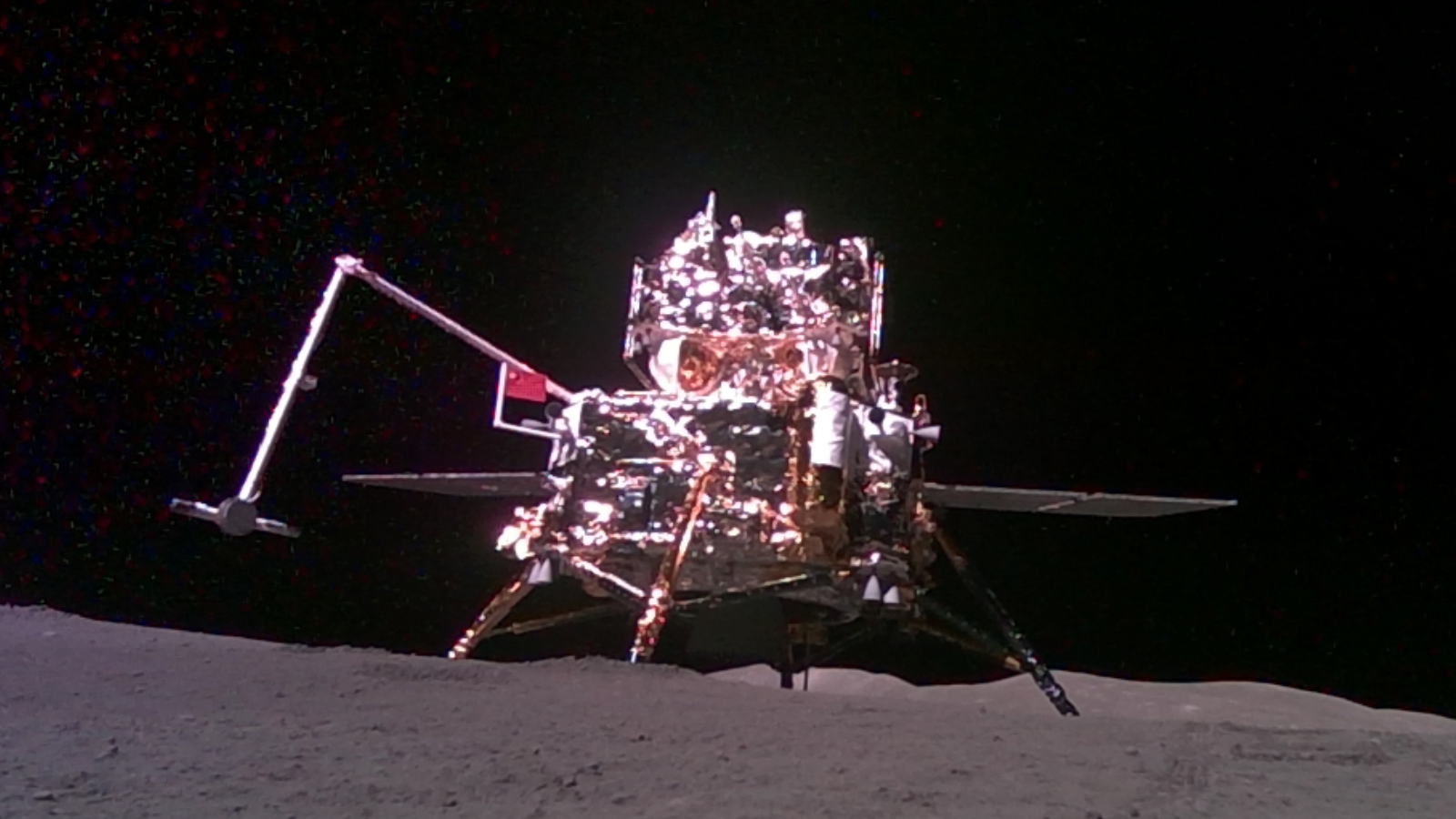

© CNSA
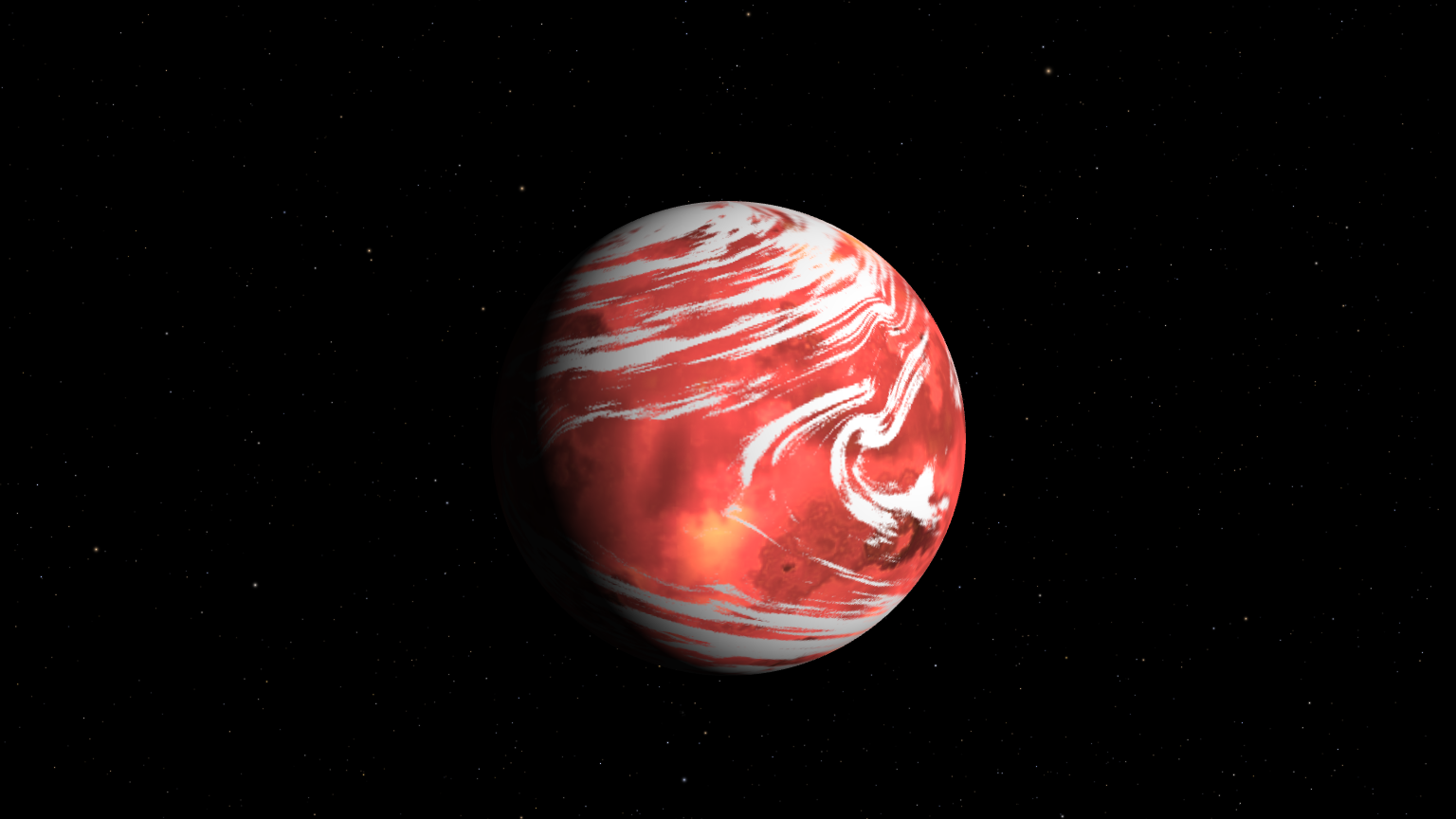

© NASA


© Nikon, Future


© 20th Century Studios
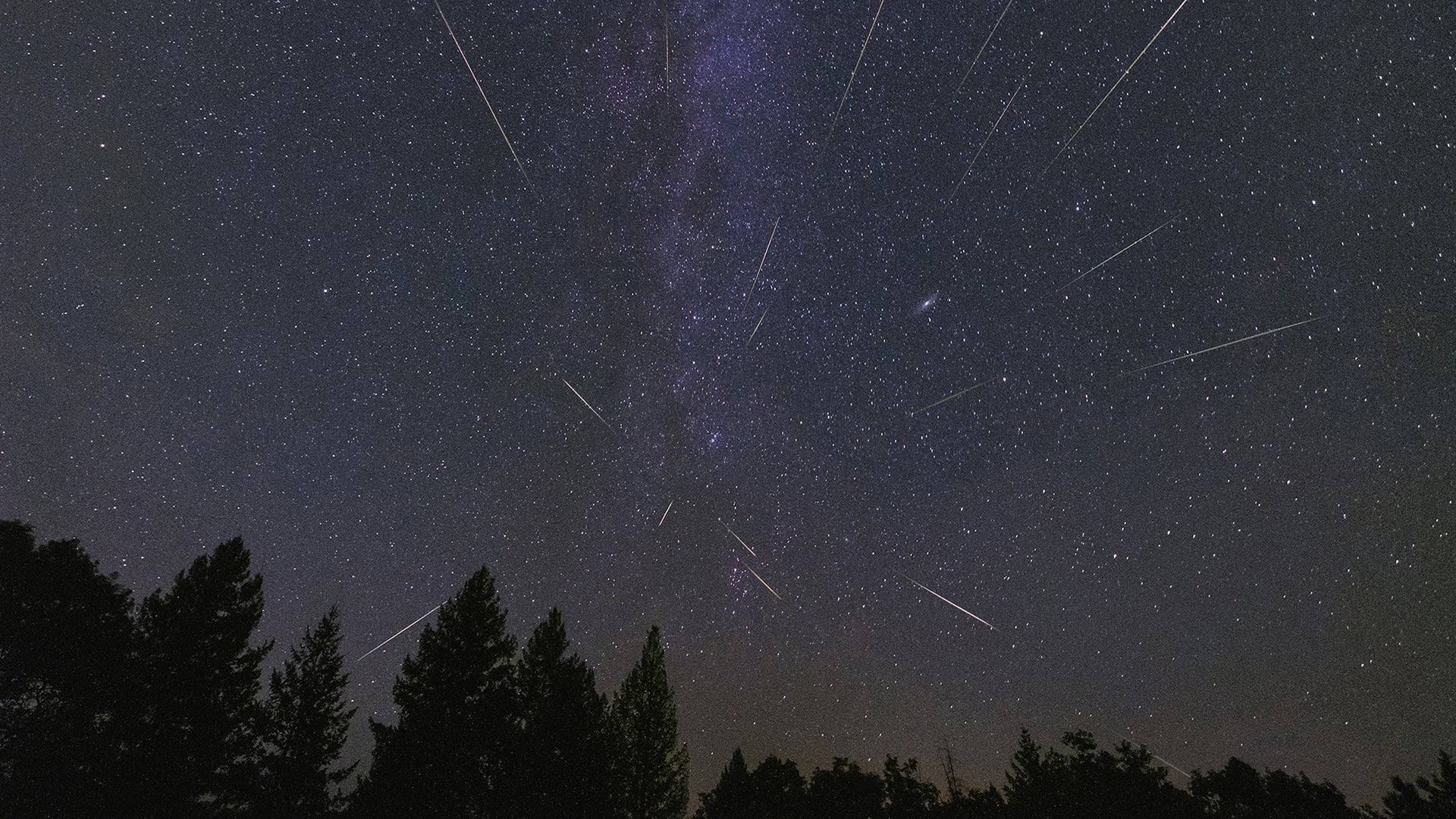
In this episode, Astronomy magazine Editor Dave Eicher invites you to head out and view the first major meteor shower of the spring, the Lyrids. Because more than one meteor shower originates from the constellation Lyra, these are the April Lyrids. This shower is visible from April 15 to April 29, with the peak coming on AprilContinue reading "This Week in Astronomy with Dave Eicher: The April Lyrid Meteor Shower"
The post This Week in Astronomy with Dave Eicher: The April Lyrid Meteor Shower appeared first on Astronomy Magazine.



© Future/Brett Tingley
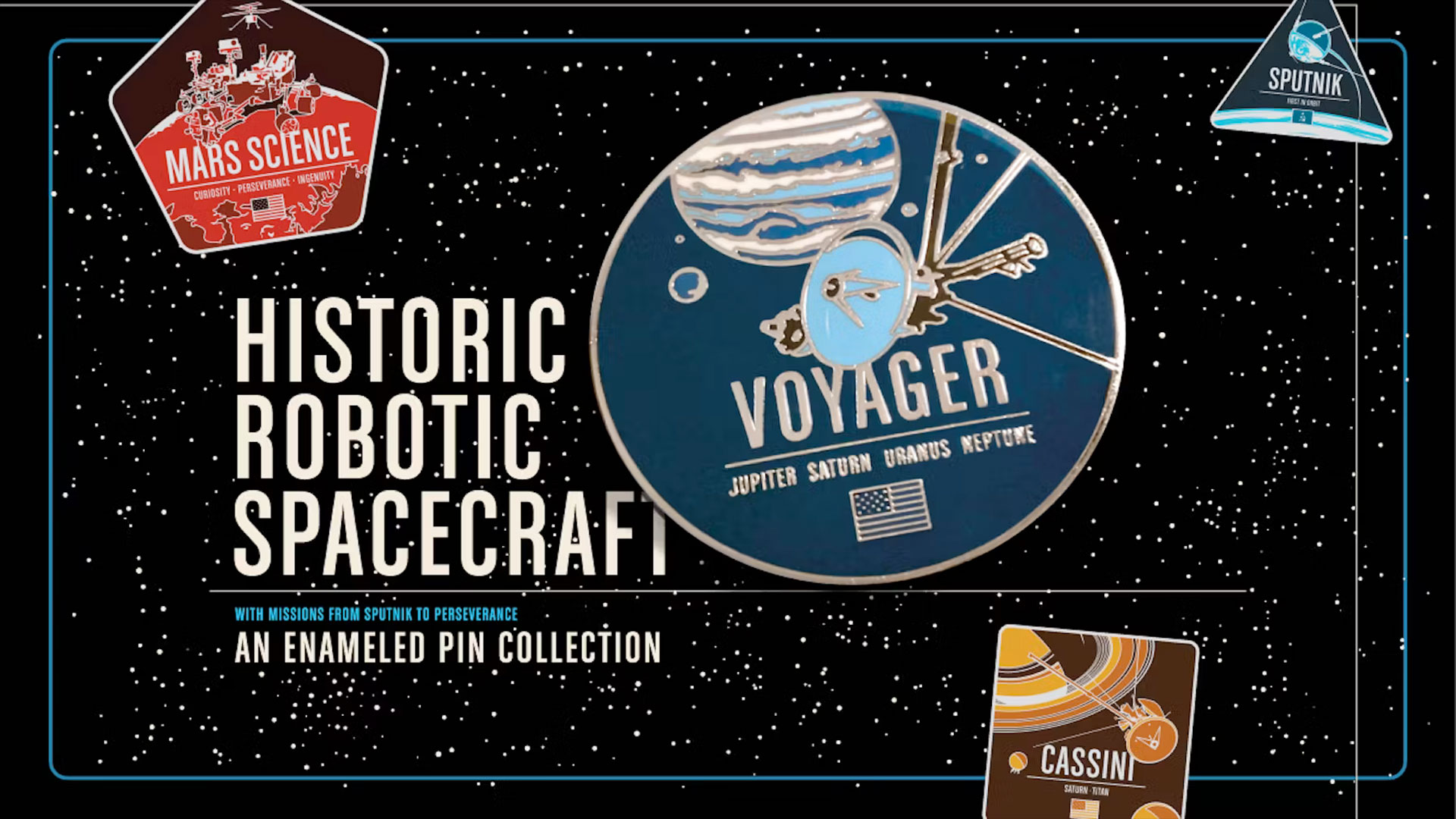

© Chop Shop


© T. Pyle (IPAC)/NASA/JPL-Caltech

In the century or so since Edwin Hubble discovered that the Milky Way is just one of countless galaxies in the universe, our understanding of our home galaxy has grown in leaps and bounds. But as recent research into a new type of cosmic object shows, there’s still plenty left to learn. Astronomers found twoContinue reading "Mystery ‘interstellar icy objects’ are carrying the seeds of life"
The post Mystery ‘interstellar icy objects’ are carrying the seeds of life appeared first on Astronomy Magazine.



© United Launch Alliance
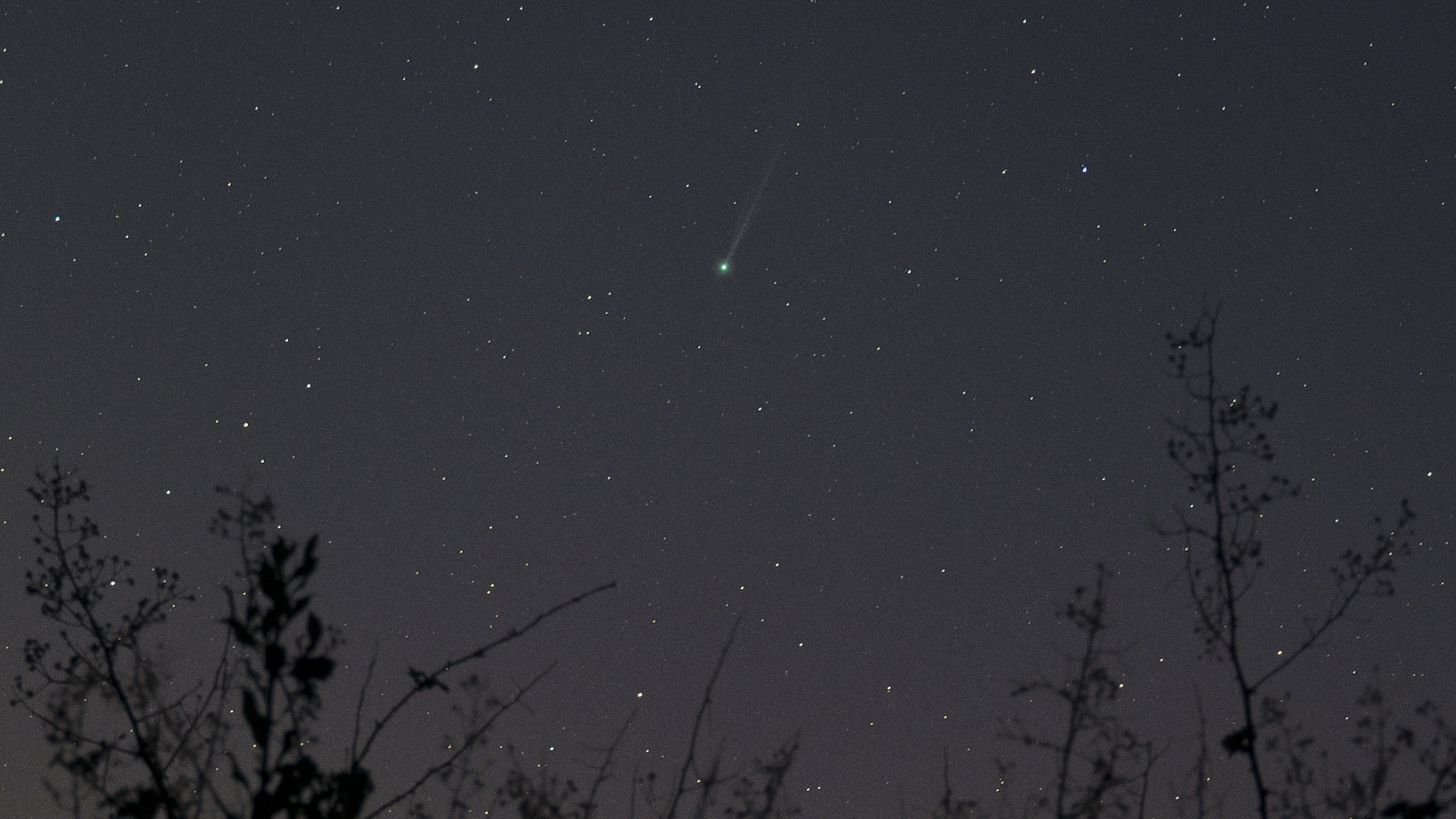

© Josh Dury


© Arianespace
Author(s): Katherine Wright
Researchers are developing highly reflective thin films that could be installed on small light-propelled spacecraft.
[Physics 18, 77] Published Tue Apr 08, 2025
Author(s): Ryan Wilkinson
Arranging nonmagnetic atoms on the surface of an unconventional superconductor could induce a novel phenomenon called altermagnetic superconductivity.
[Physics 18, s42] Published Tue Apr 08, 2025
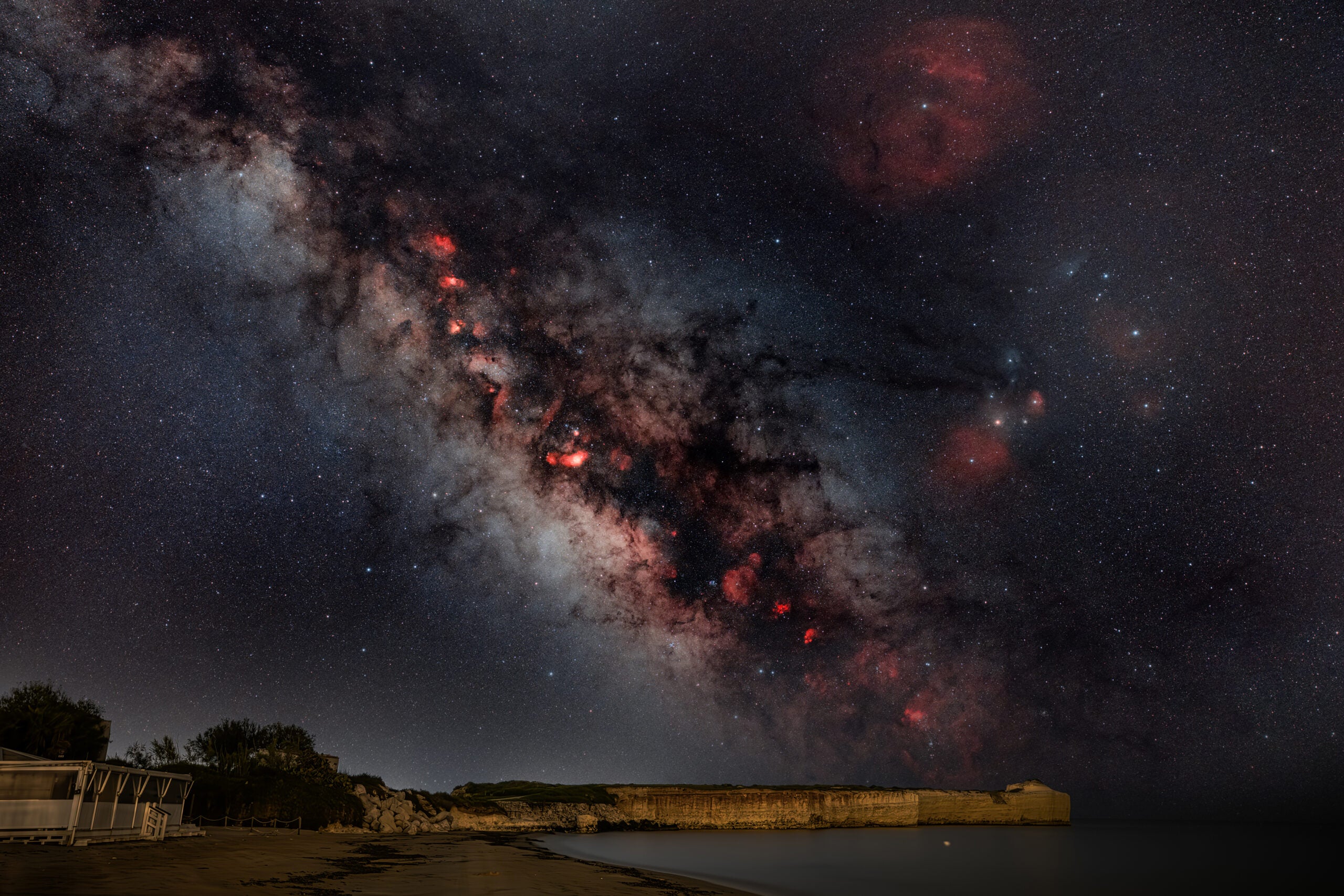
Gianni Tumino from Ragusa, Italy Evening views of the Milky Way’s central regions return to the Northern Hemisphere, as seen in this shot taken from Punta Castellazzo on the island of Sicily, Italy. To image the sky, the imager used a Canon EOS Ra and 28mm lens at f/3.2 with a dual-band filter to captureContinue reading "The summer Milky Way returns"
The post The summer Milky Way returns appeared first on Astronomy Magazine.

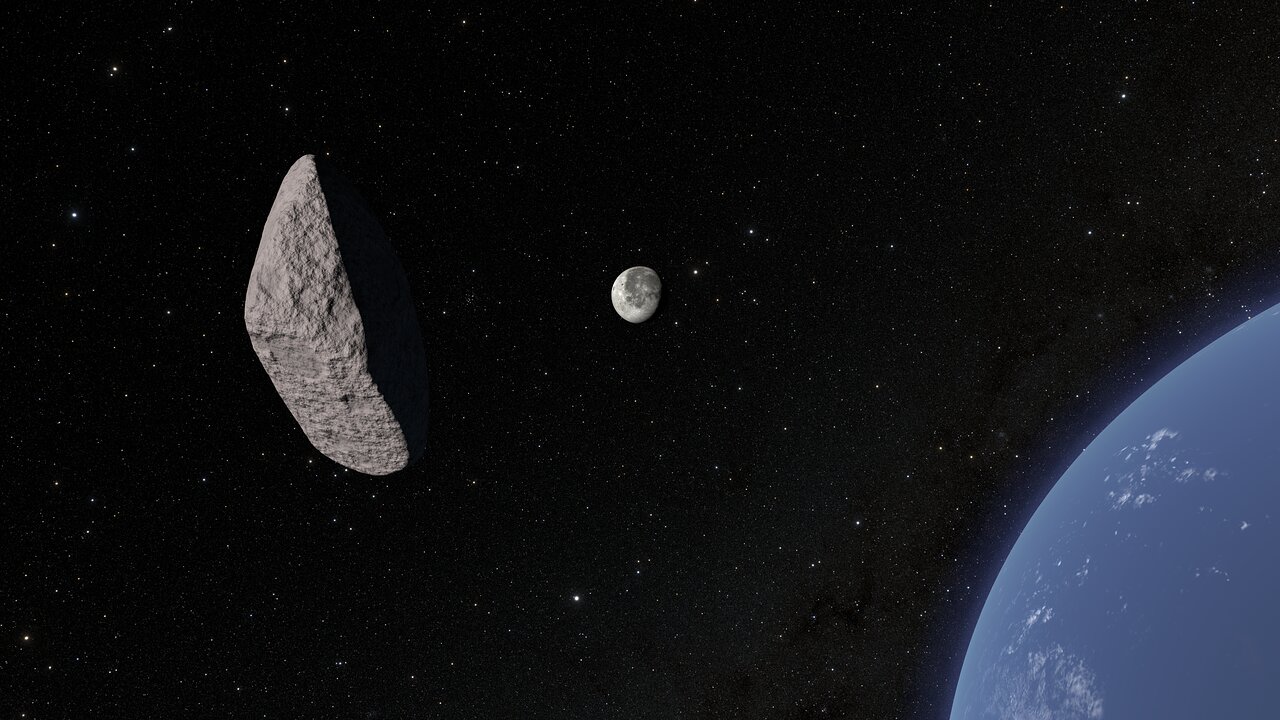

© NOIRLab/NSF/AURA/R. Proctor
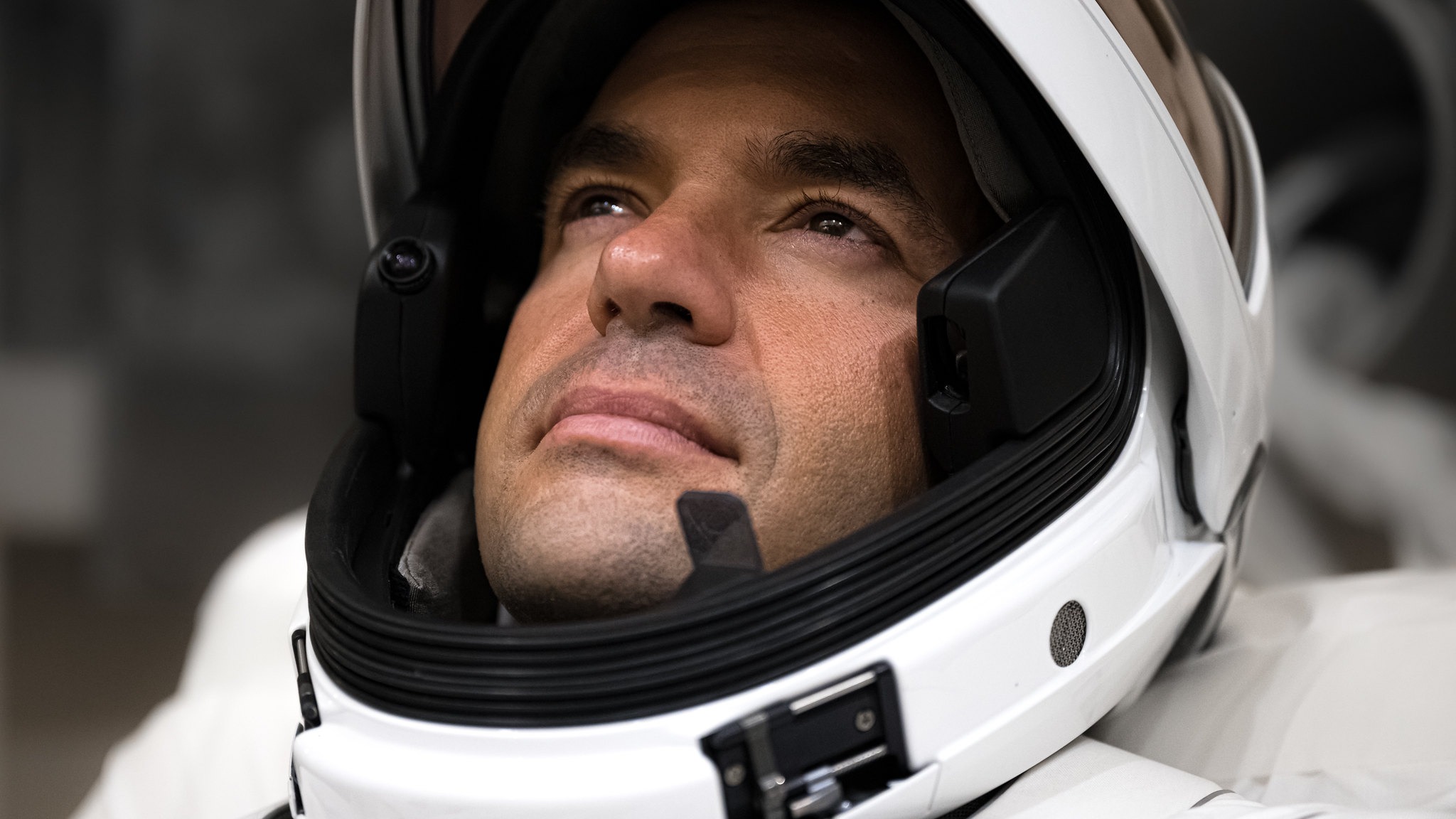

© Polaris Program / John Kraus


© Robert Lea (created with Canva)


© Space Foundation


© MPIfR/N.Sulzenauer


© Space Foundation
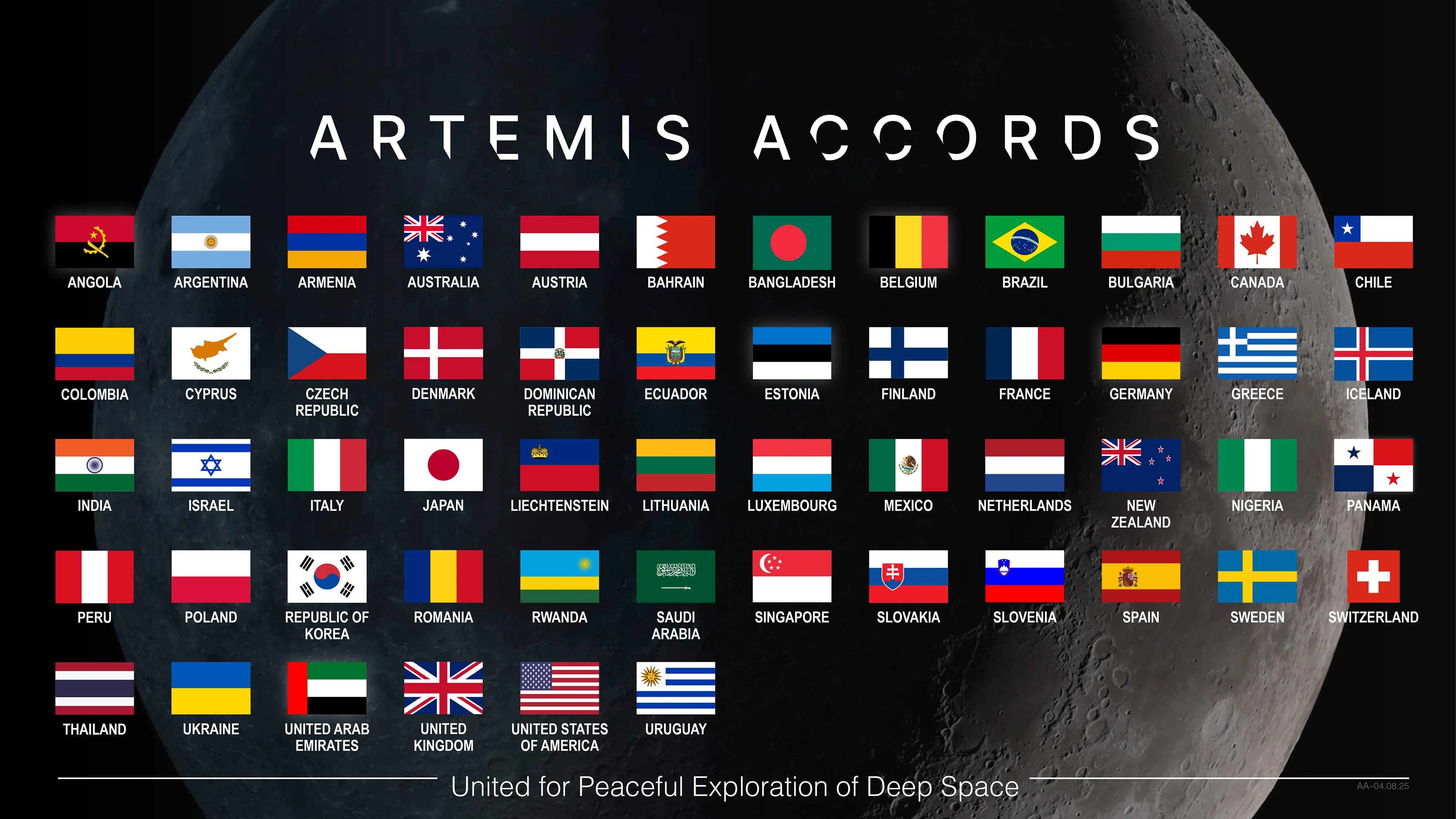

© NASA


© NASA/Joel Kowsky


© NASA/CSA/ESA, A. Weibel, P. A. Oesch (University of Geneva), RUBIES team: A. de Graaff (MPIA Heidelberg), G. Brammer (Niels Bohr Institute), DAWN JWST Archive


© Disney
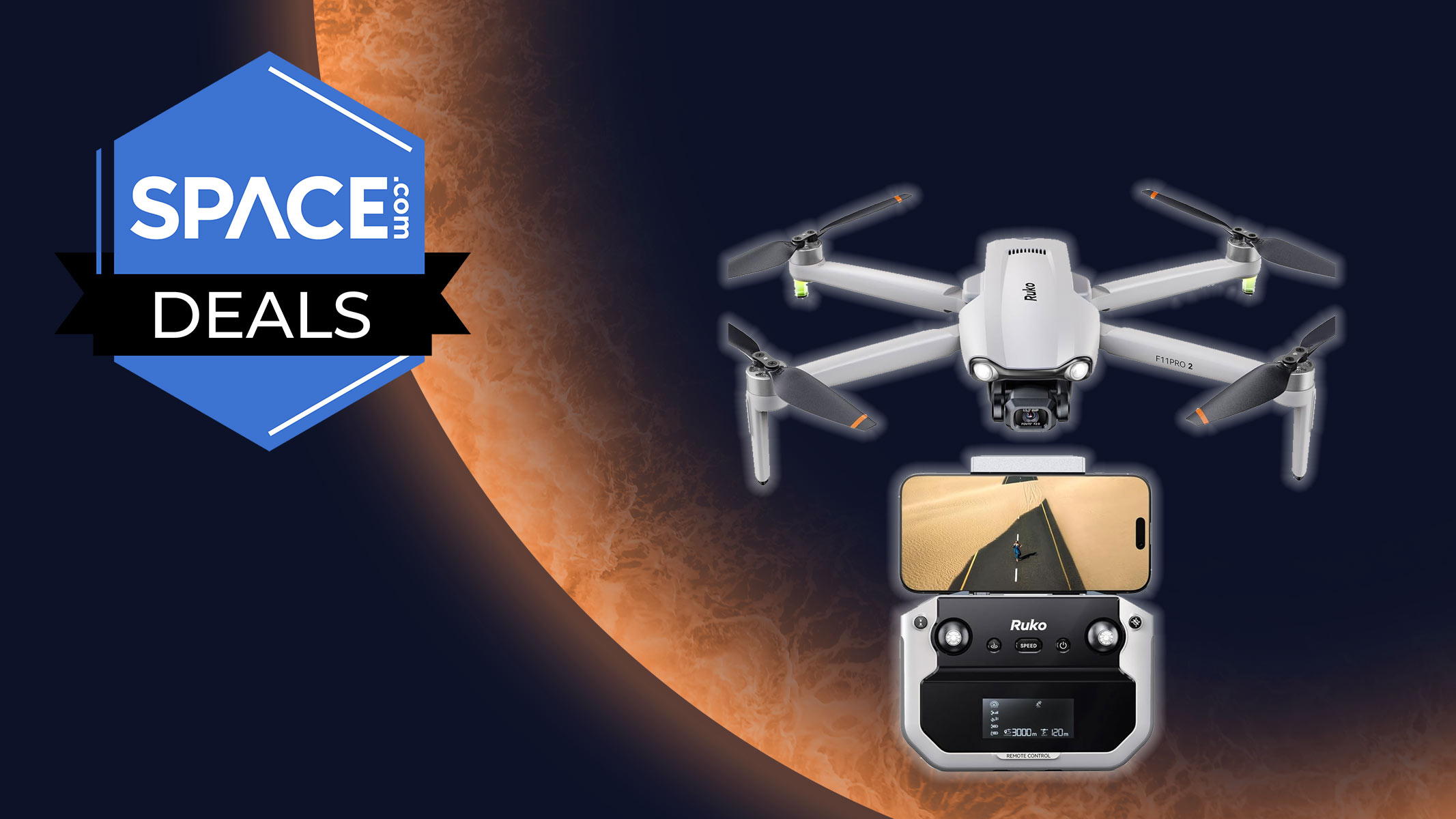

© Future/Amazon


© SpaceX via X


© Disney / Marvel

Launch providers SpaceX, Blue Origin, and United Launch Alliance — a joint venture between Boeing and Lockheed Martin Space — on Friday snapped up billions of dollars in national security launch contracts. Space Systems Command, the branch of Space Force responsible for development, acquisition, launch, and logistics, estimated the value of the National Security Space Launch (NSSL)Continue reading "SpaceX, Blue Origin, ULA win Space Force contracts worth up to $13.7B"
The post SpaceX, Blue Origin, ULA win Space Force contracts worth up to $13.7B appeared first on Astronomy Magazine.

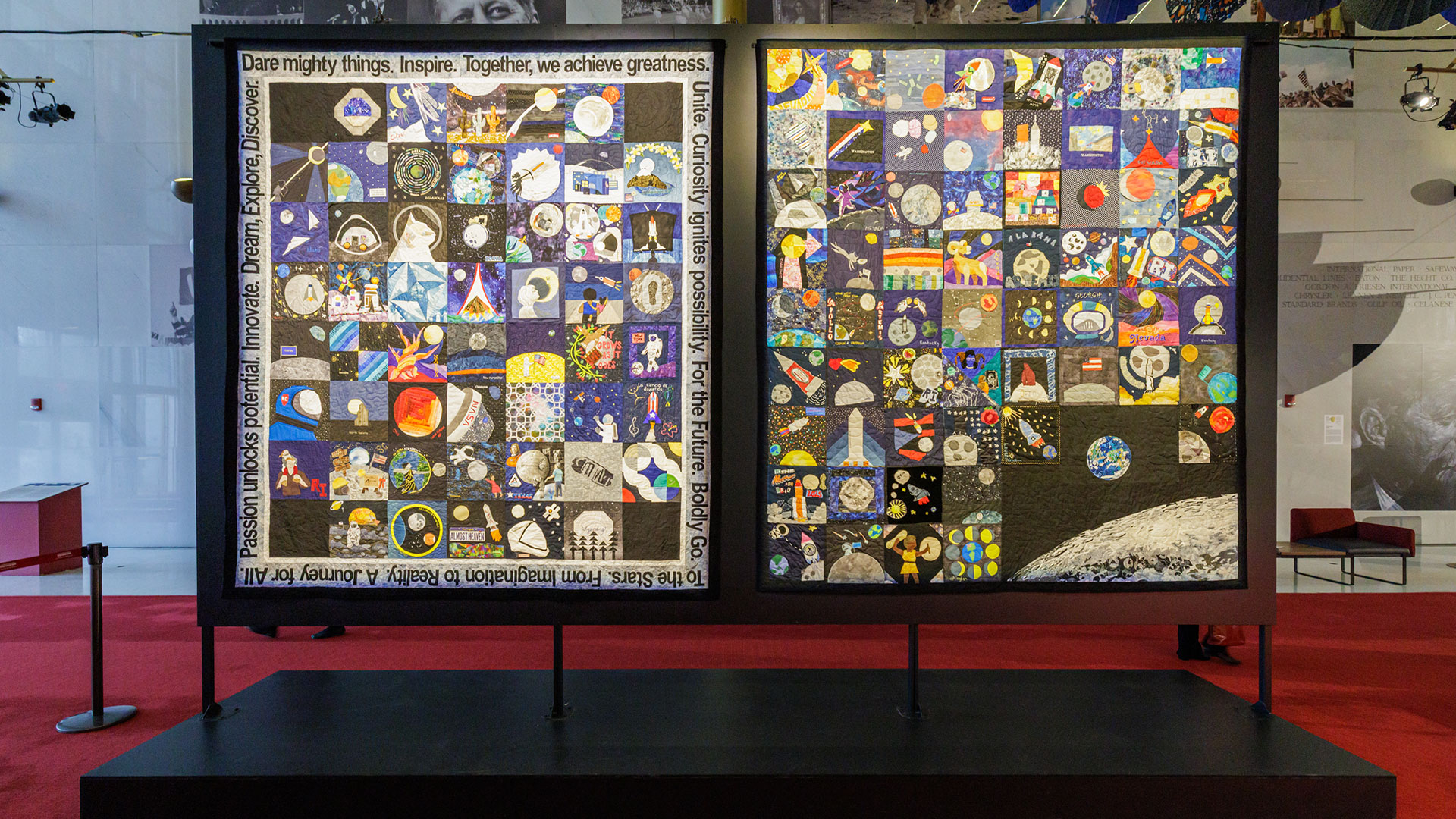

© Elman Studio
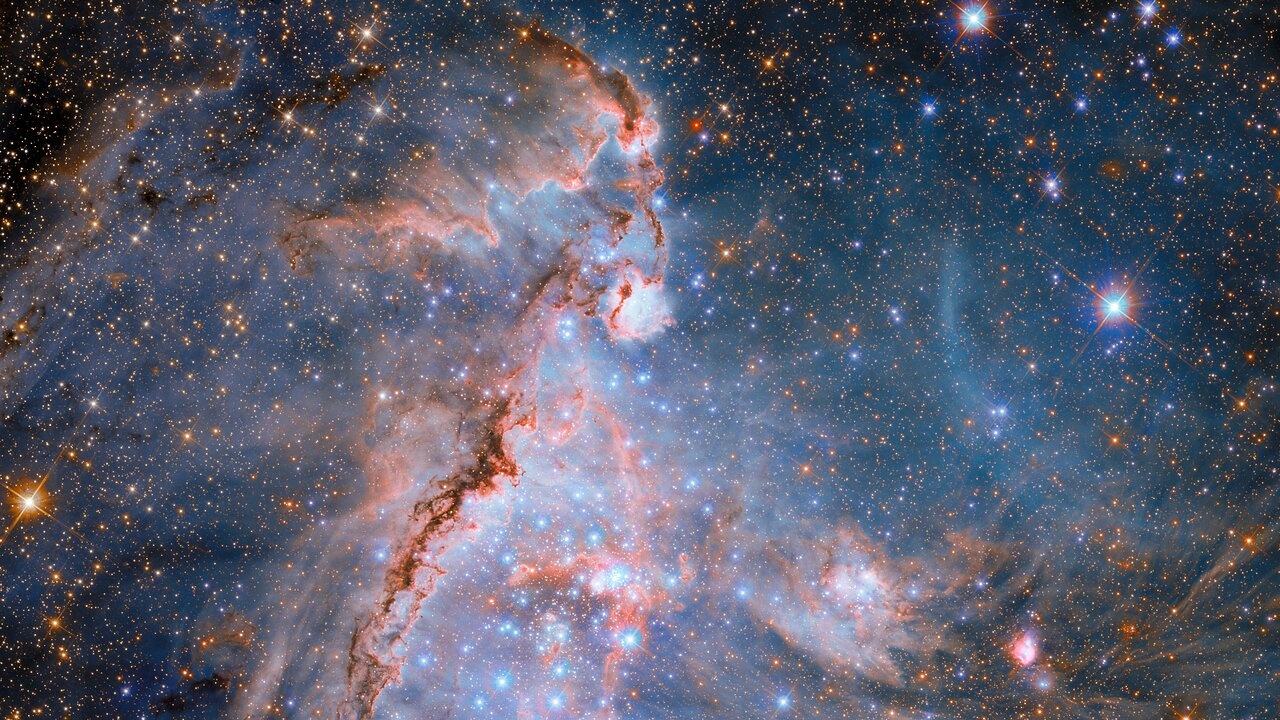

© ESA/Hubble & NASA, A. Nota, P. Massey, E. Sabbi, C. Murray, M. Zamani (ESA/Hubble)

A new study by the European Southern Observatory (ESO) contradicts corporate claims that a proposed hydrogen fuel facility would not harm observatories in Chile. Earlier this year, ESO alerted the astronomy community that its facilities at Paranal — with some of the world’s darkest skies — were threatened by the plans to build a 7,400-acreContinue reading "ESO report shows energy plant would cause ‘devastating and irreversible’ impact"
The post ESO report shows energy plant would cause ‘devastating and irreversible’ impact appeared first on Astronomy Magazine.

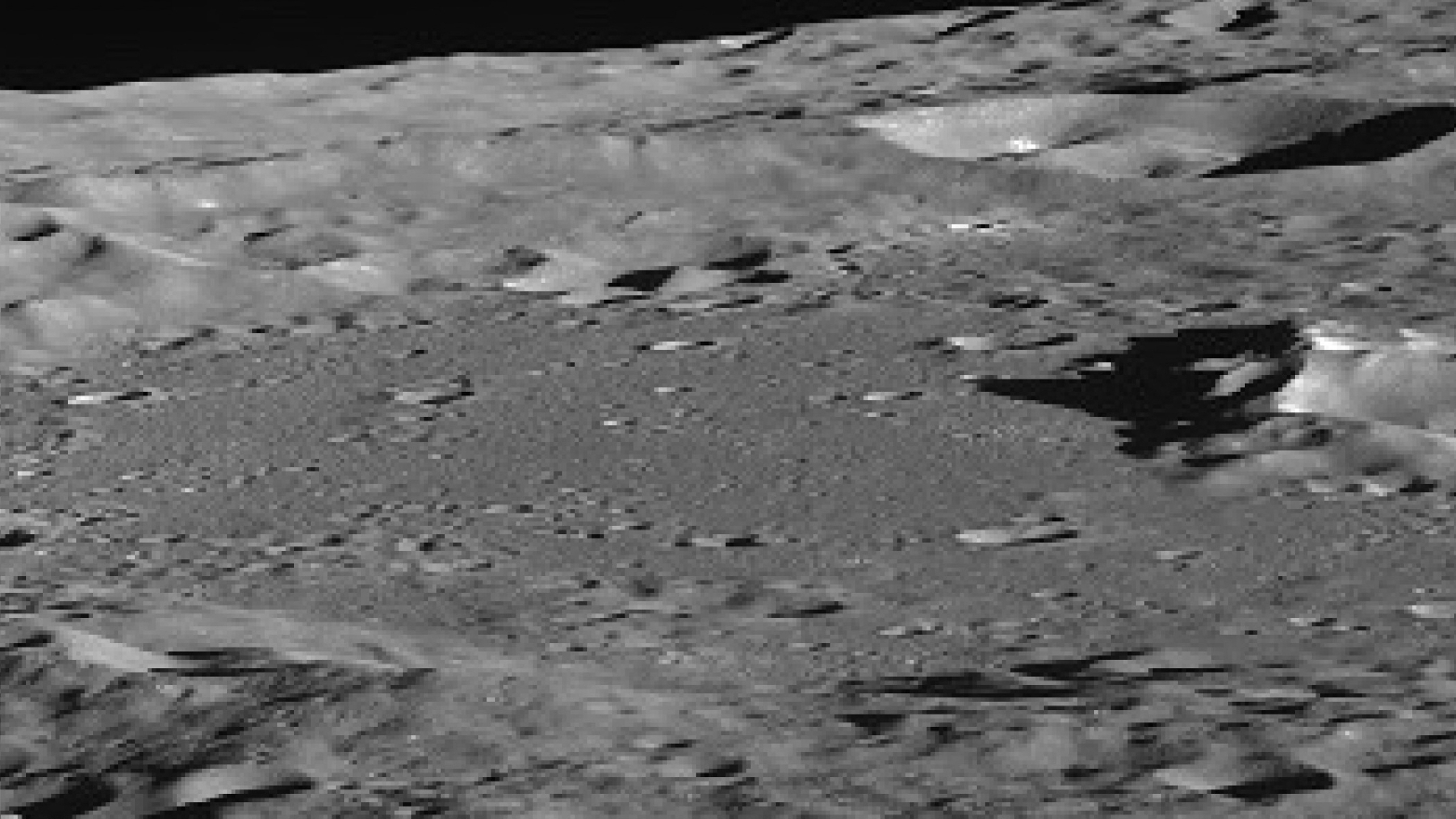

© KARI
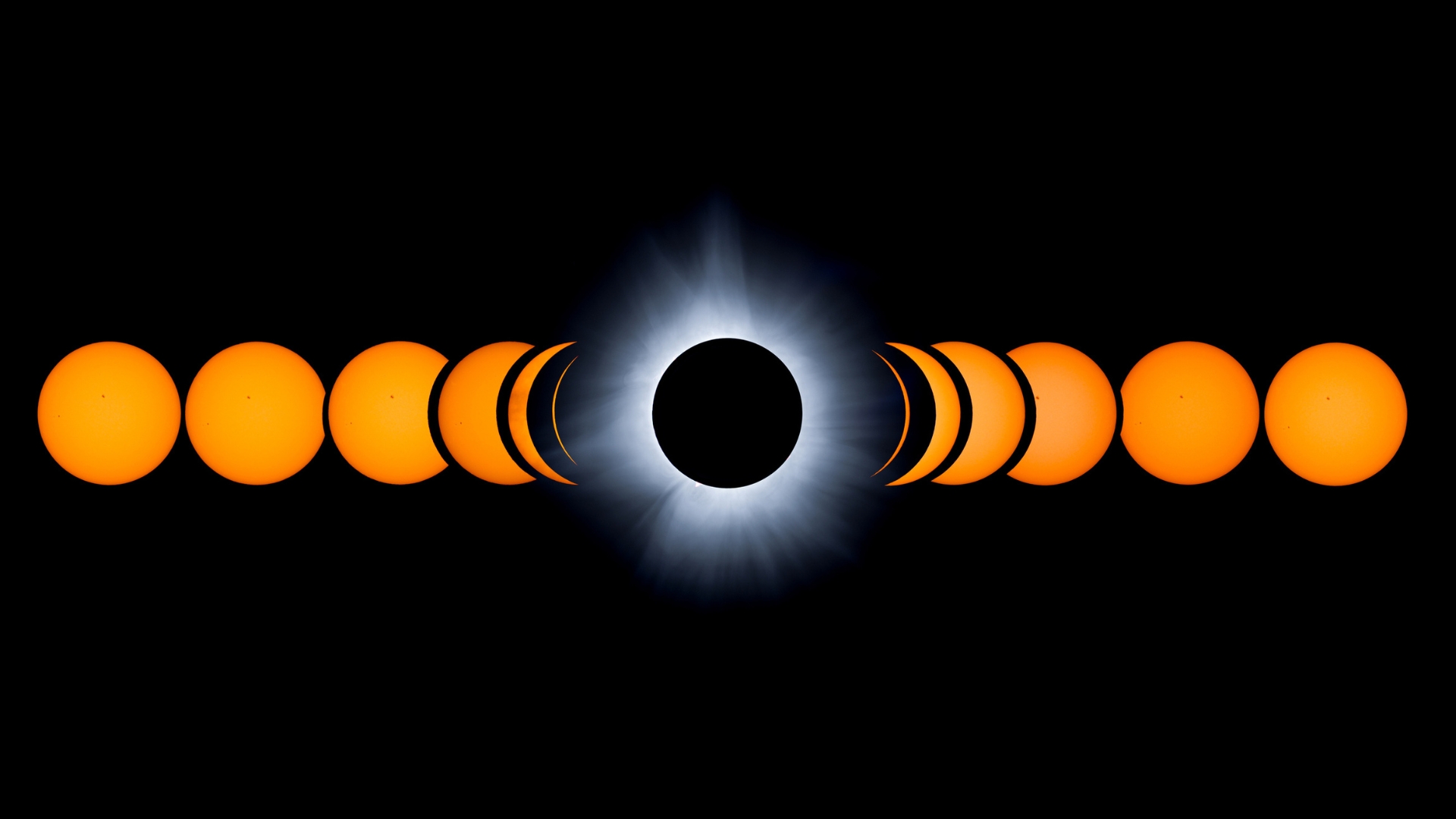

© Marc Guitard via Getty Images


© NASA


© Stanford University/Robert Lea (created with Canva)


© NASA/Roscosmos
Author(s): Niseem Magdy Abdelrahman
Top quarks and antiquarks have been detected in heavy-ion collisions at the Large Hadron Collider, showing that all six quark flavors were present in the Universe’s first moments.
[Physics 18, 75] Published Mon Apr 07, 2025


© SpaceX
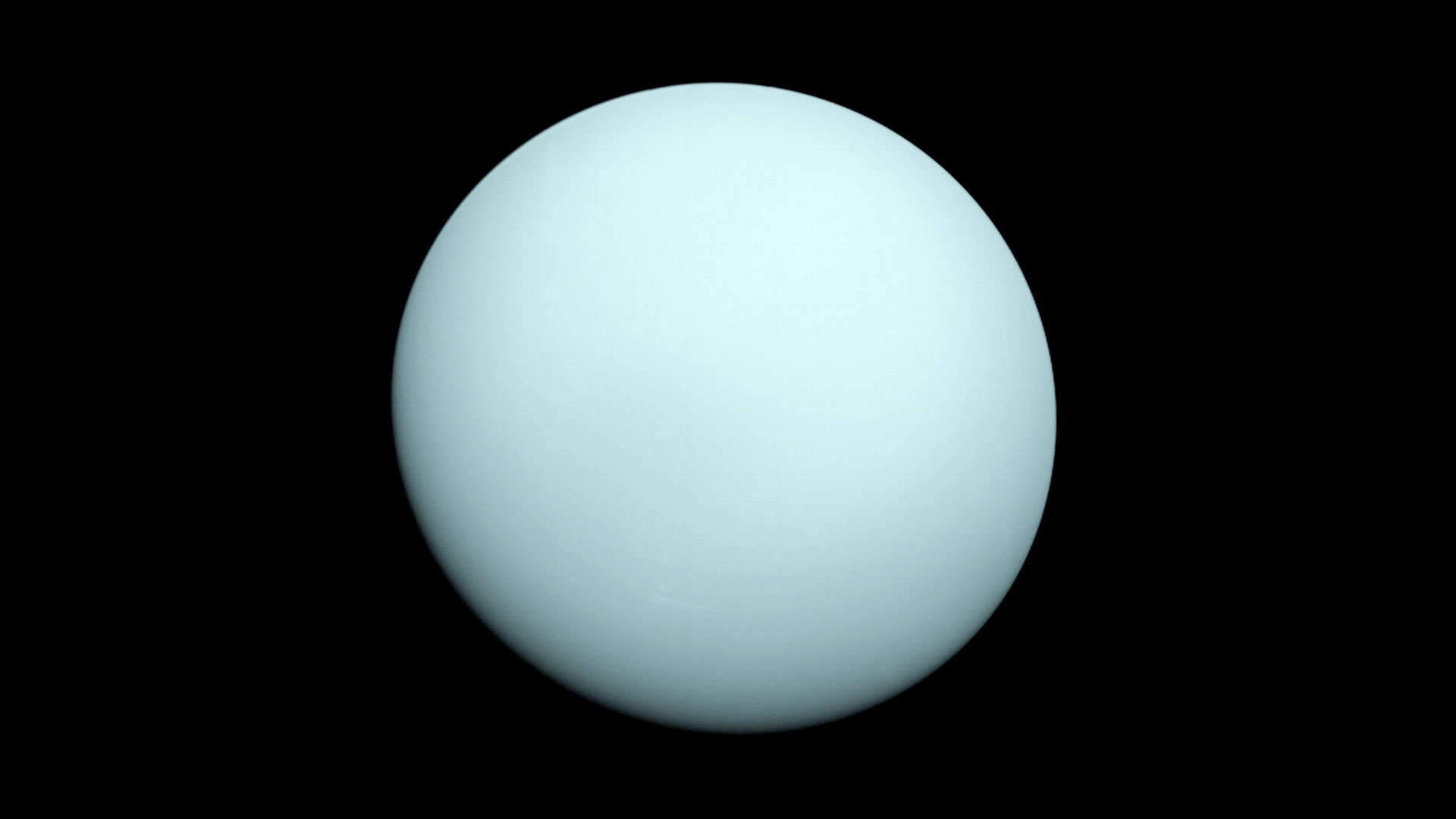

© NASA
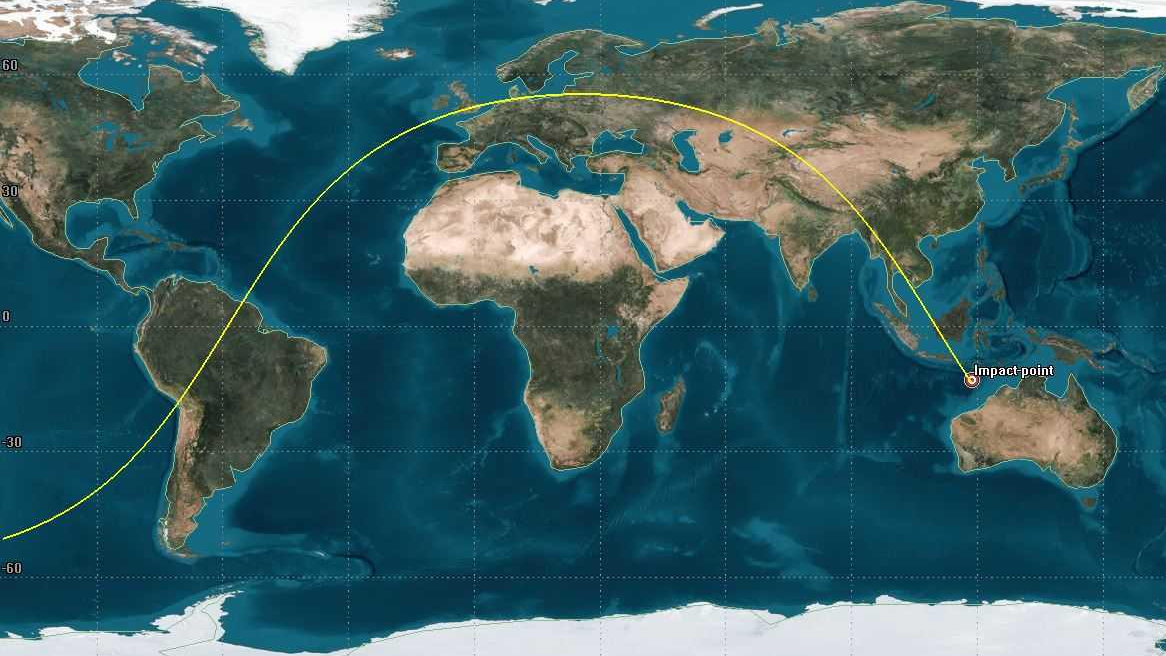

© ISRO

The annual Northeast Astronomy Forum (NEAF) was held over the weekend of April 5 and 6 at Rockland Community College in Suffern, New York. Organized by the Rockland Astronomy Club, NEAF is one of the world’s premier annual astronomy expos. It brings together amateur astronomers, professionals, and industry leaders for a weekend of discovery andContinue reading "The best new astronomy products we saw at NEAF 2025"
The post The best new astronomy products we saw at NEAF 2025 appeared first on Astronomy Magazine.



© USSF/Airman 1st Class Samuel Becker
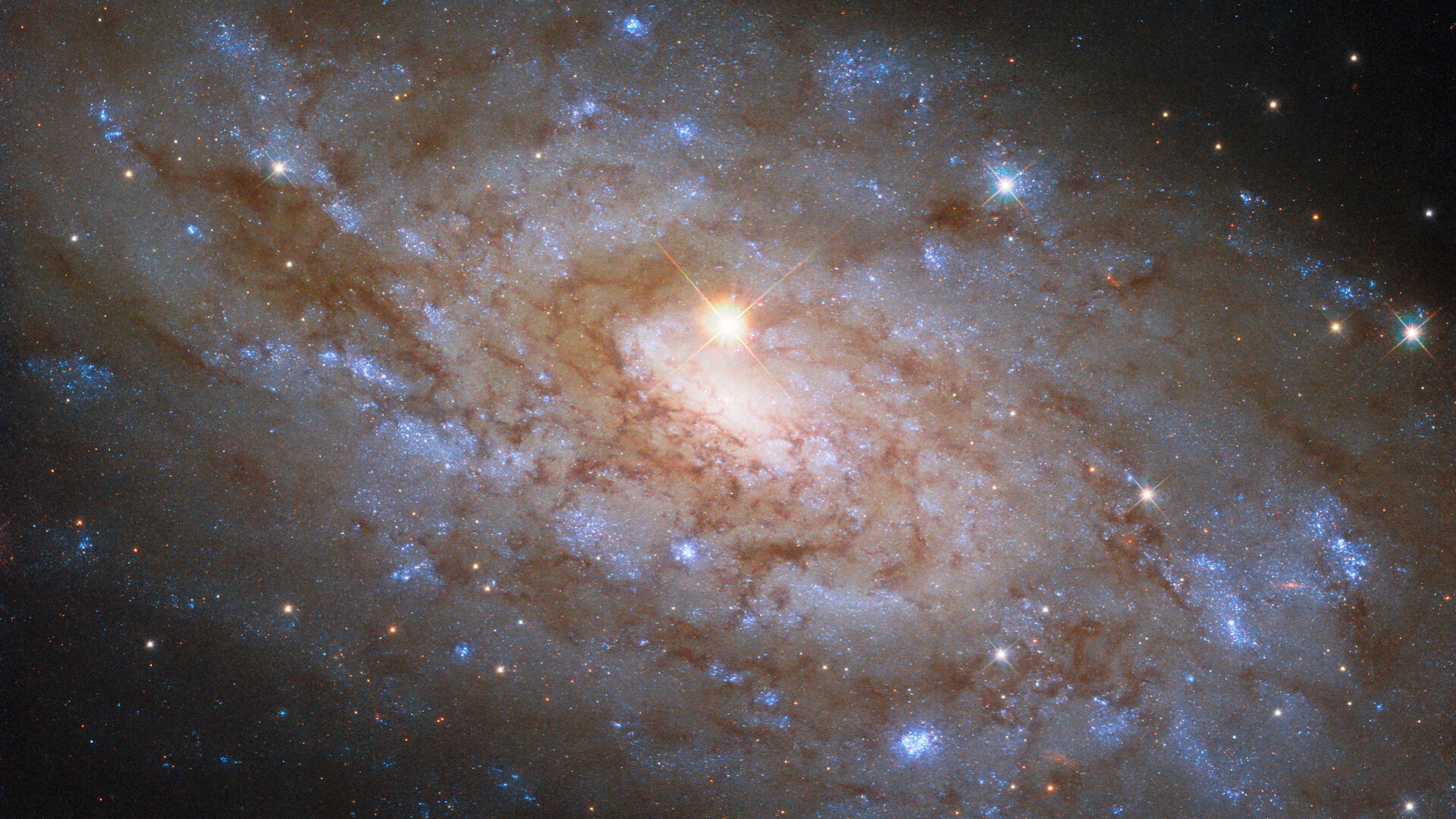

© ESA/Hubble & NASA, D. Thilker
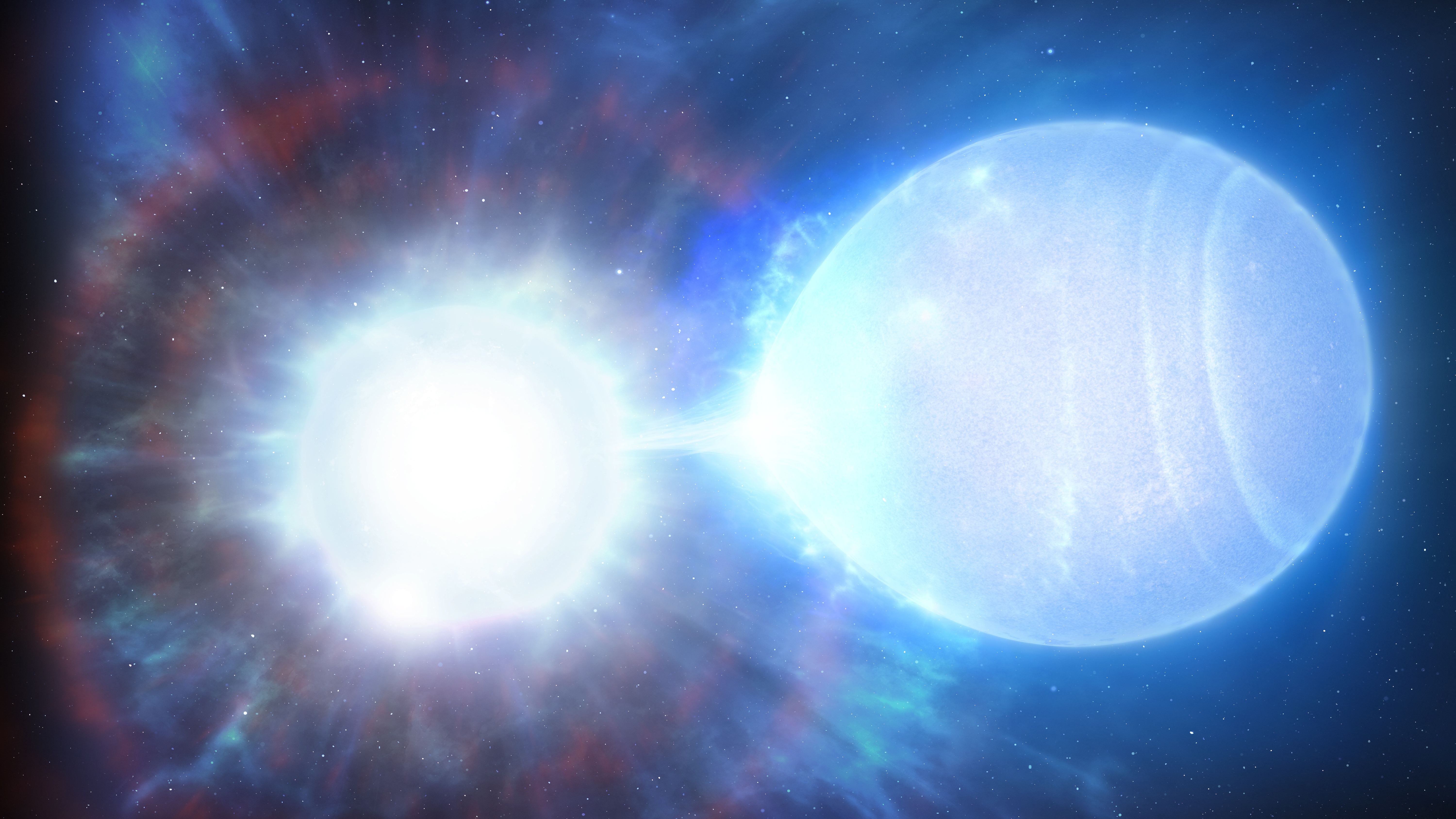

© University of Warwick/Mark Garlick


© DC
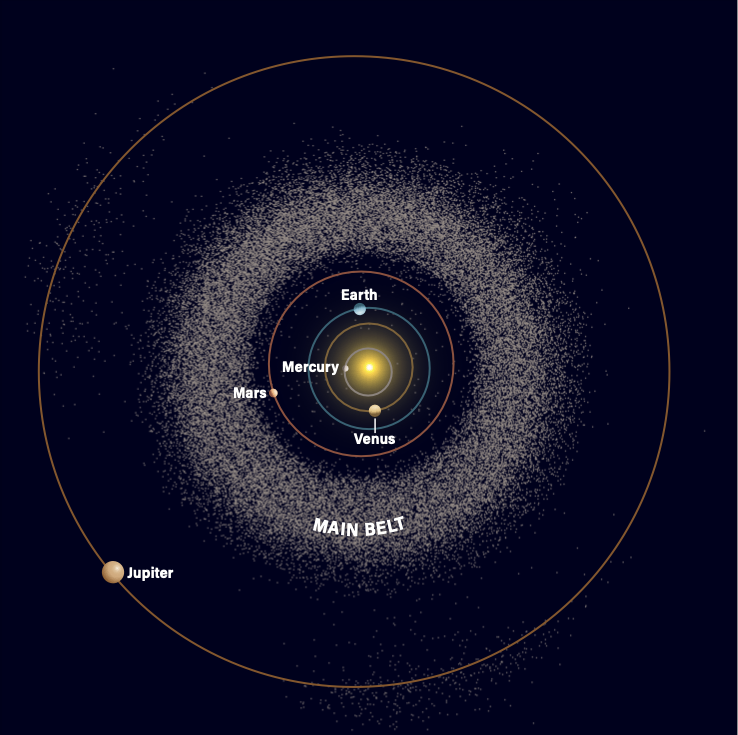
Is there evidence of a planet ever existing between Mars and Jupiter? MarkSmithtown, New York This splendid question gives us an opportunity to distinguish between what we know and what we believe might be true. First, we know that myriad small bodies orbit the Sun between Mars and Jupiter. These objects are the asteroids that comprise the mainContinue reading "Was there ever a planet between Mars and Jupiter? "
The post Was there ever a planet between Mars and Jupiter? appeared first on Astronomy Magazine.



© NASA/Kim Shiflett


© Wilhelm Conrad Röntgen / SpaceX/Fram2
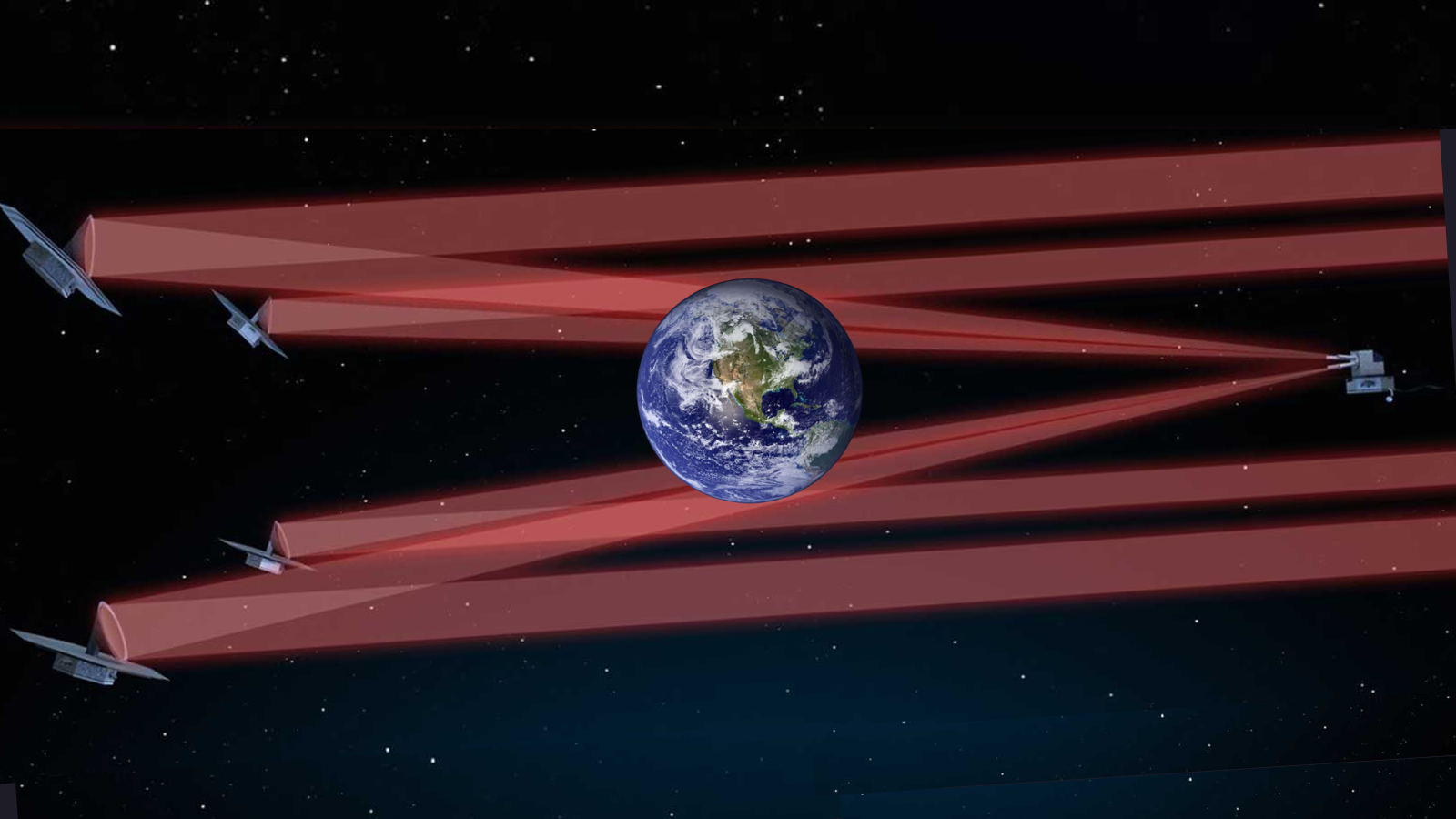

© ETH Zurich / LIFE initiative


© NOAA Climate


© NASA, ESA and M. Kornmesser

The new Hestia telescope by Vaonis is the third of the company’s innovative instruments I have reviewed, and once again, I’m impressed. Vaonis named their creation for the Greek goddess of the hearth and home, and released it after a successful 2023 Kickstarter campaign which raised $4.1 million in just a month. The Hestia isContinue reading "Review: Astronomy tests Vaonis’ Hestia telescope for your smartphone"
The post Review: Astronomy tests Vaonis’ Hestia telescope for your smartphone appeared first on Astronomy Magazine.



© m-gucci via Getty Images


© Gagarin Cosmonaut Training Center


© Lockheed Martin and U.S. Space Force


© Timothy Hodgkinson via Alamy


© Disney+
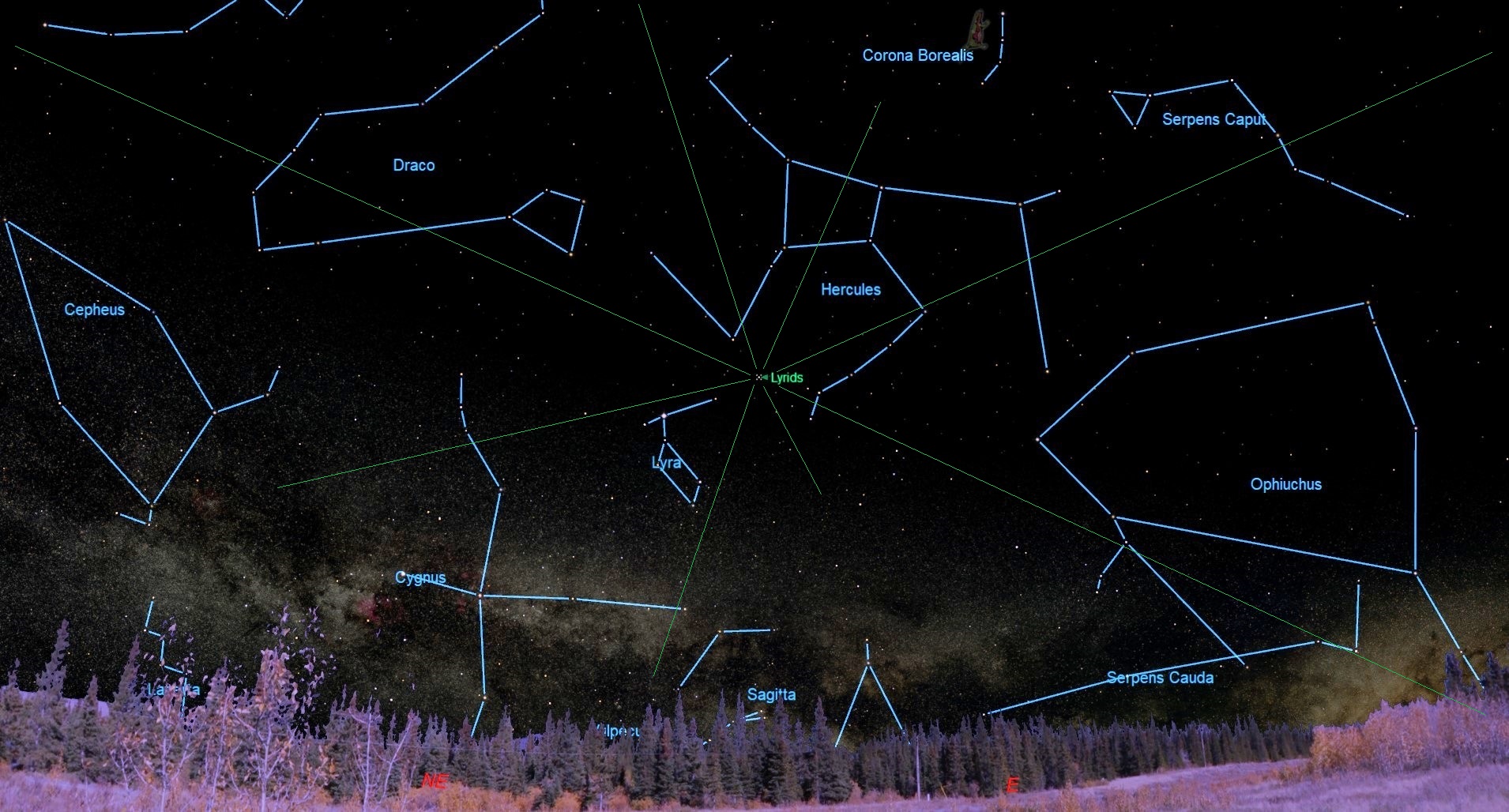

© Starry Night


© NASA
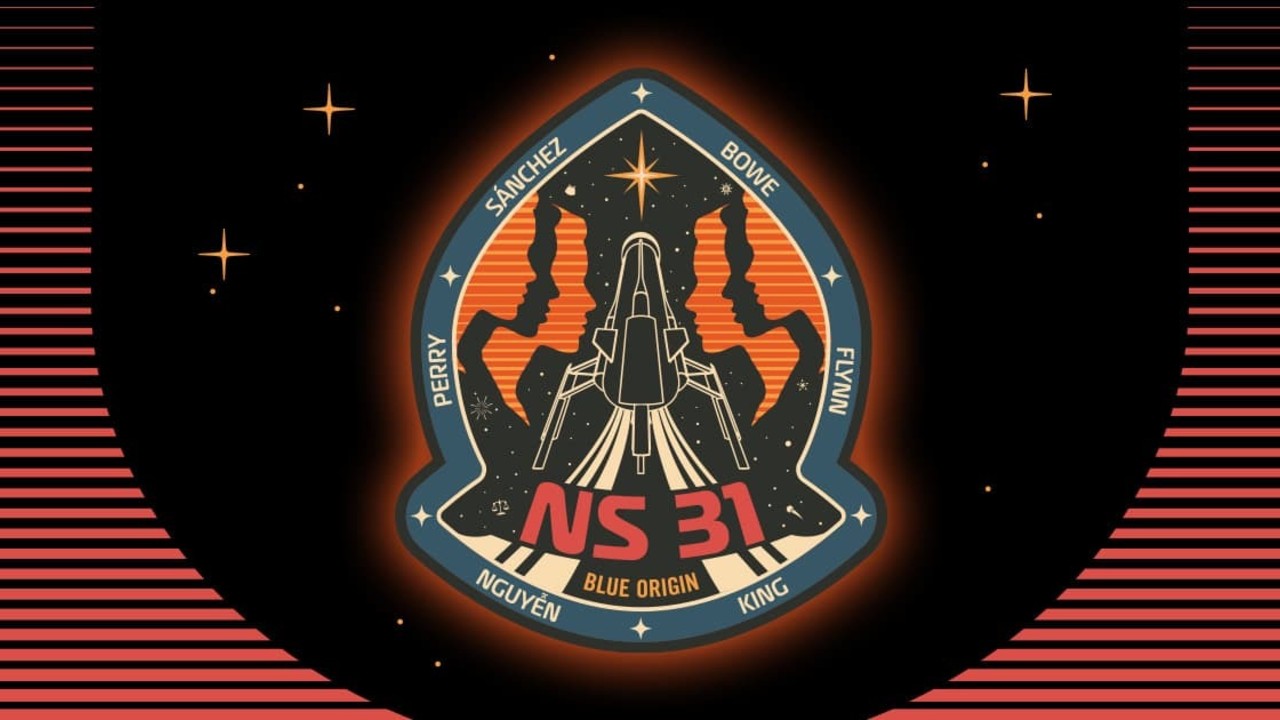

© Blue Origin


© Amogh Jadhav


© SpaceX


© Moonshot Studios


© SpaceX


© Paramount


© TWiT
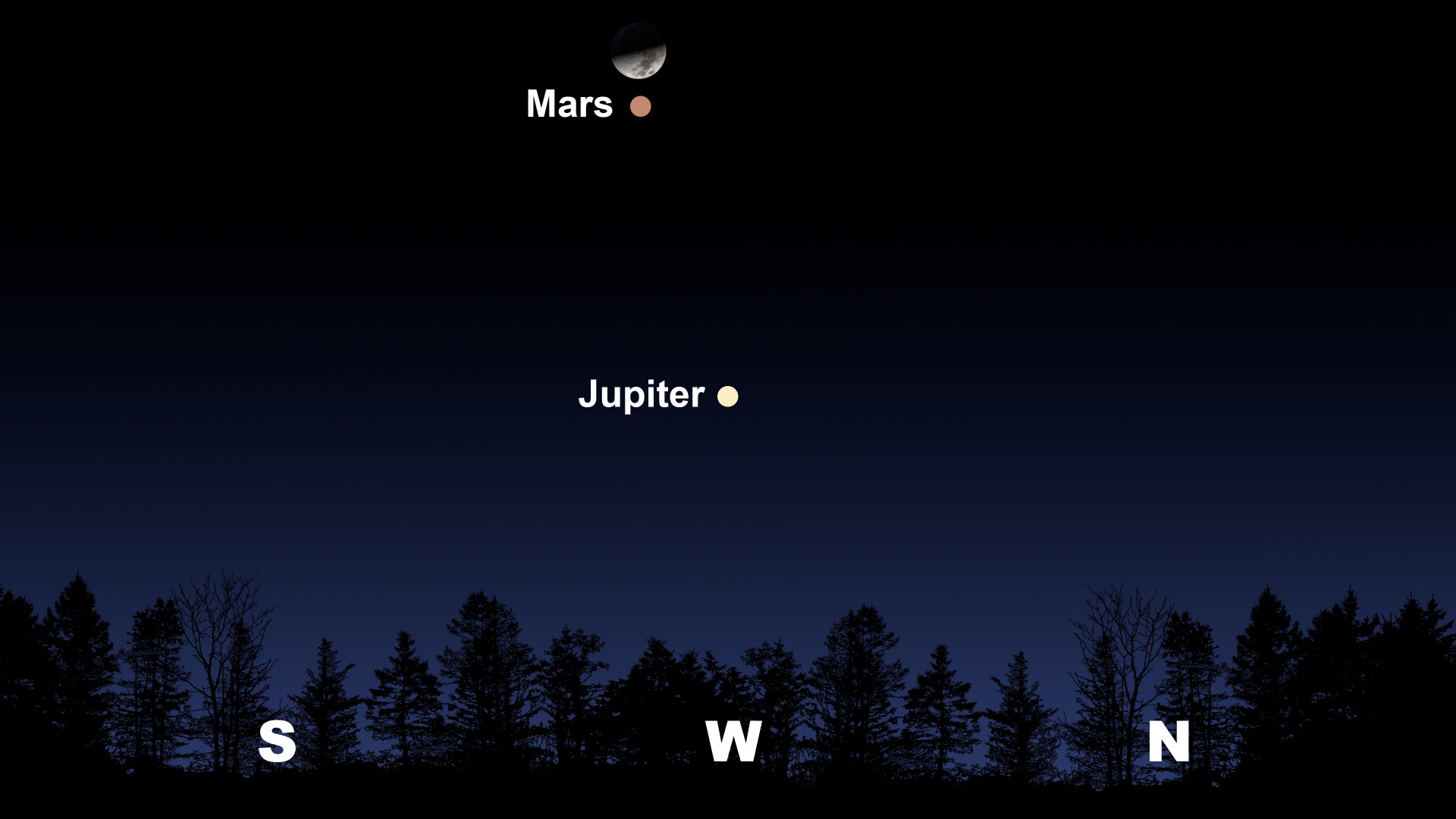

© NOIRLab/NSF/AURA/Stellarium/J. Davis

Sixty years ago, a fleet of sleek little spaceships paved the way for America to land a man on the Moon. Project Gemini was a series of two-man, Earth-orbital missions that pioneered rendezvous, docking, and maneuvering in-space, as well as spacewalking — all of which had to be perfected before there was any chance ofContinue reading "How Project Gemini changed spaceflight"
The post How Project Gemini changed spaceflight appeared first on Astronomy Magazine.



© NASA/JPL-Caltech/Theodore Tzanetos
Author(s): Katherine Wright
Elena Pinetti searches for dark matter using JWST calibration images that other researchers discard.
[Physics 18, 73] Published Fri Apr 04, 2025
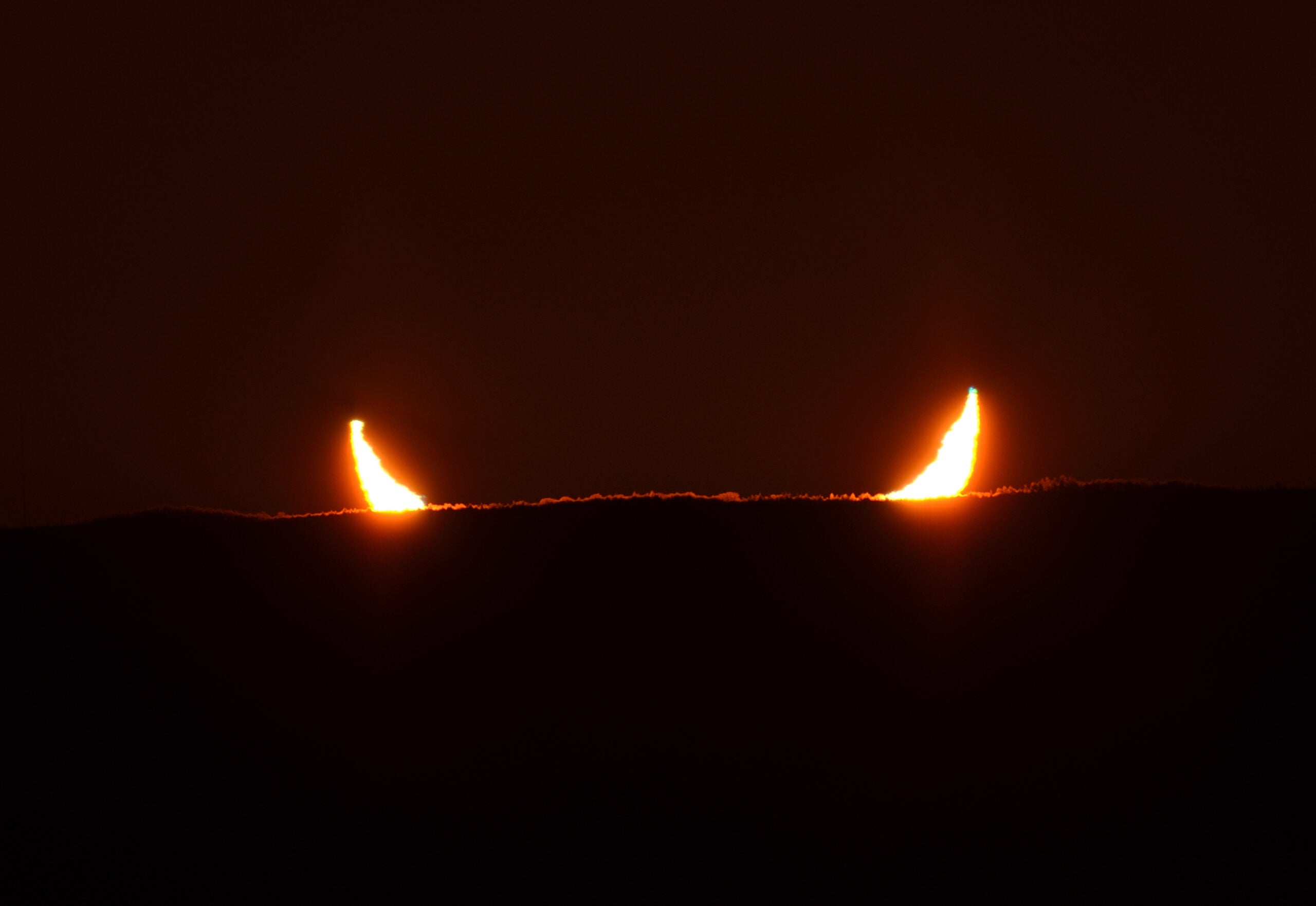
Fabrizio Melandri from Voltana, Italy The partial solar eclipse of March 29, 2025, gave viewers along the U.S. Eastern Seaboard a view of “devil’s horns” — the horns of a partially eclipsed Sun emerging from the horizon at sunrise. This photographer captured this phenomenon from Monticello, Maine, with a 4-inch f/7 refractor and Nikon DSLR.
The post Horns of the Sun appeared first on Astronomy Magazine.

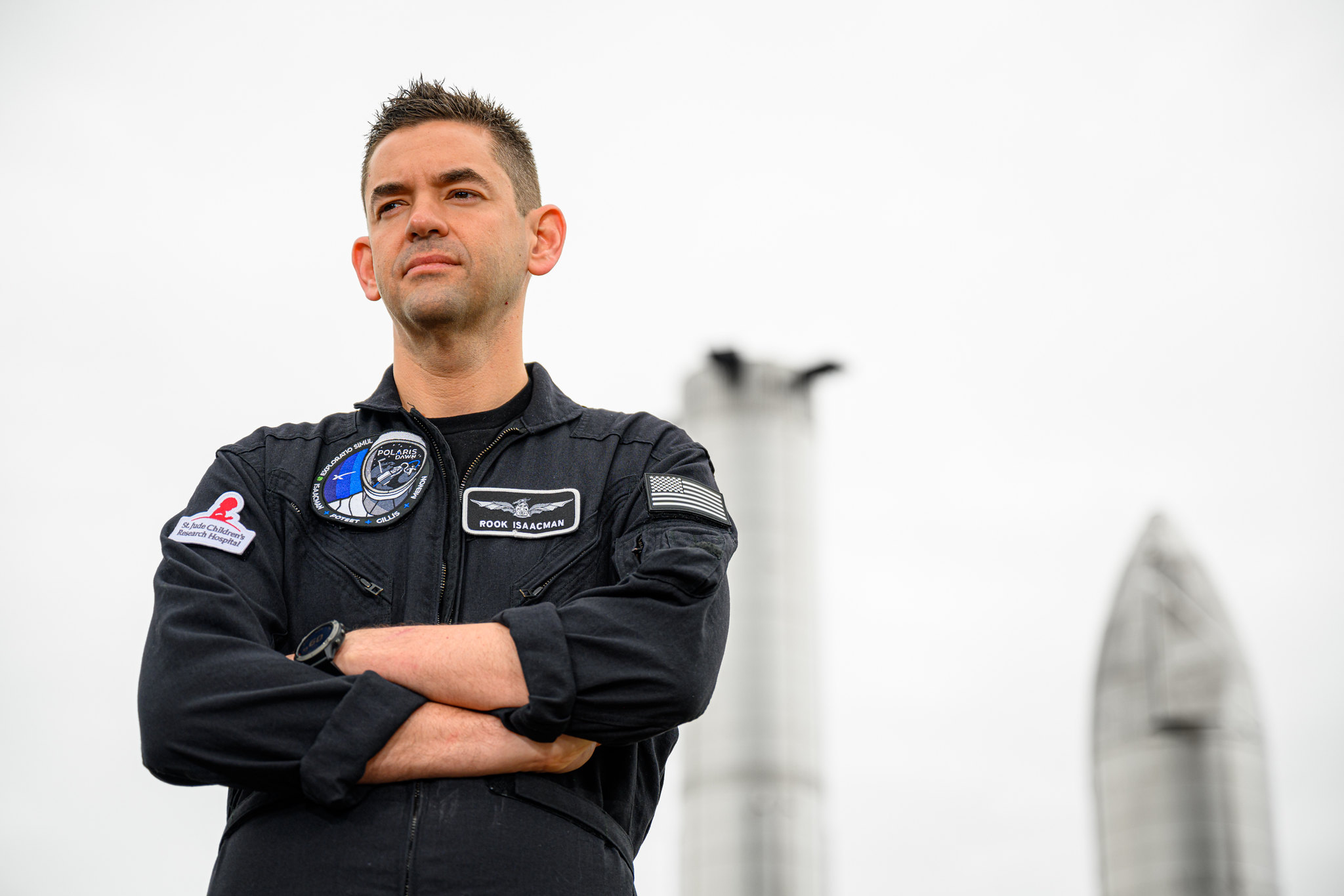

© Polaris Program
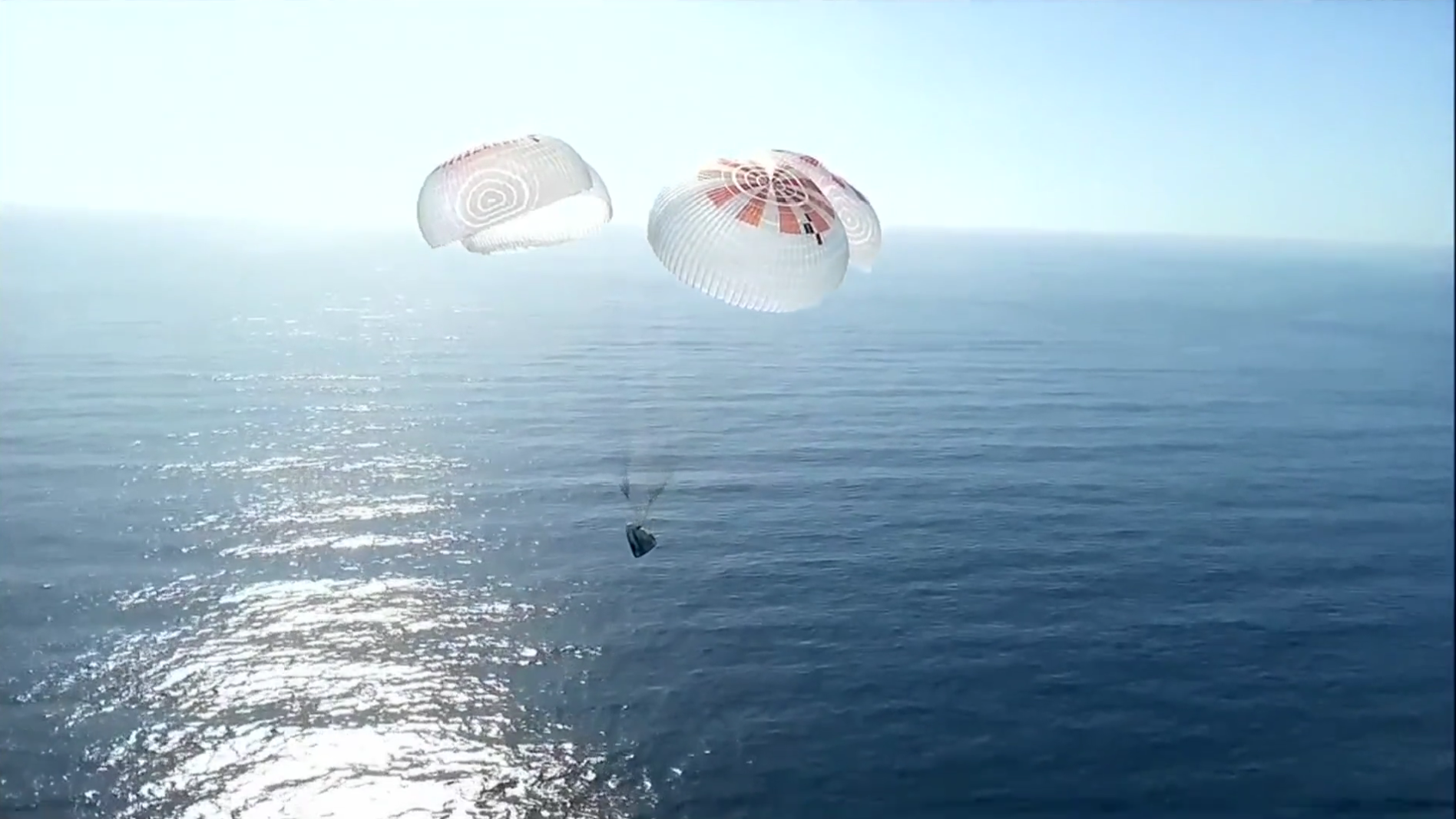
The first astronaut crew to fly directly over Earth’s poles splashed down safely on Friday after nearly four days on orbit. Civilian astronauts Chun Wang, Jannicke Mikkelsen, Rabea Rogge, and Eric Phillips — the international crew of SpaceX’s private Fram2 mission — landed around 12:19 p.m. EDT and exited their SpaceX Dragon capsule without assistance, allowing researchers to study how theContinue reading "Fram2 astronauts splash down after historic polar spaceflight"
The post Fram2 astronauts splash down after historic polar spaceflight appeared first on Astronomy Magazine.



© NASA/JPL-Caltech/LANL/CNES/CNRS/INTA-CSIC/Space Science Institute/ISAE-Supaero/University of Arizona
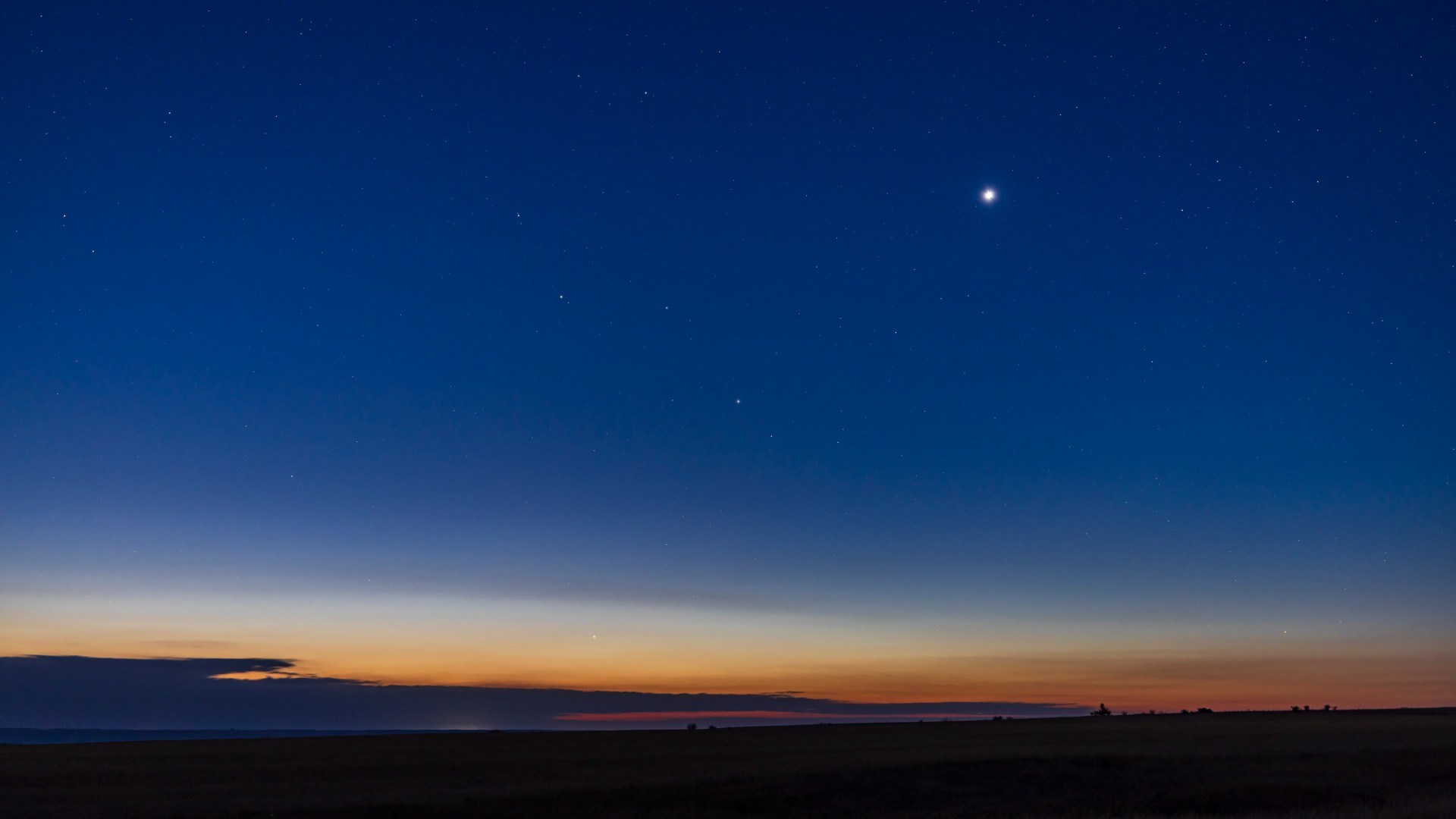

© Alan Dyer/Stocktrek Images/Getty Images


© James Abbott
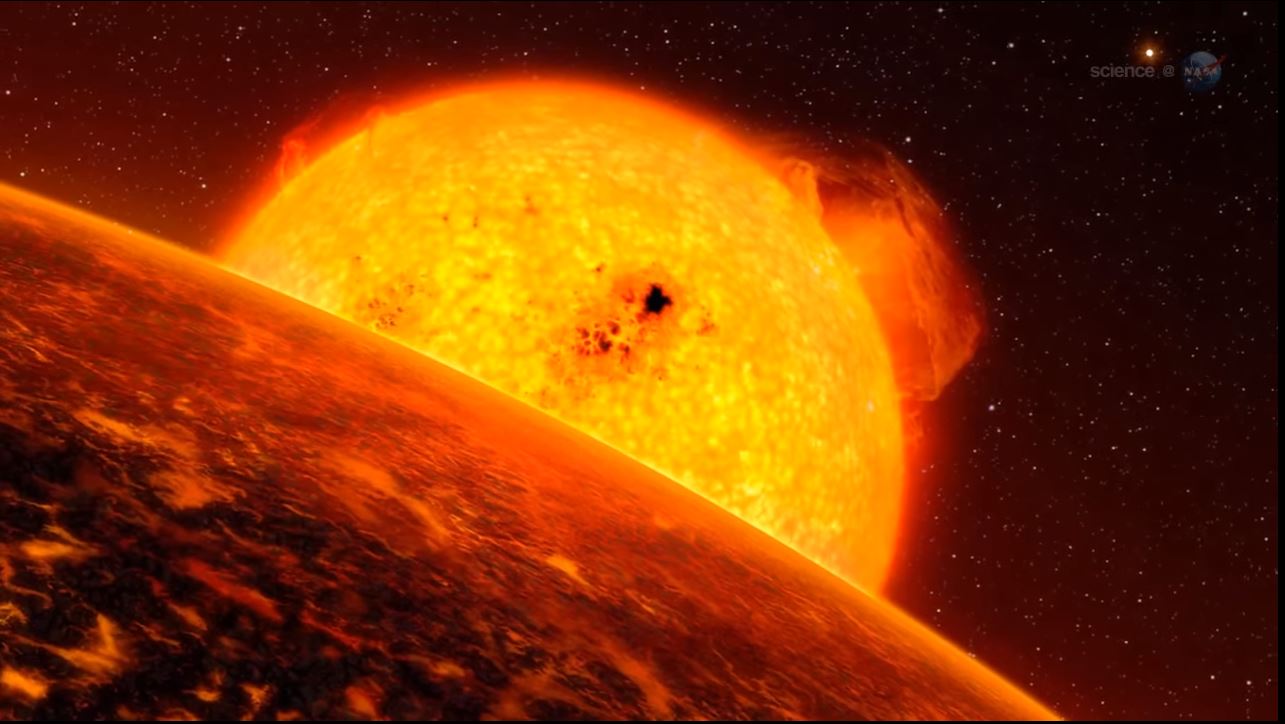

© Science@NASA


© Future
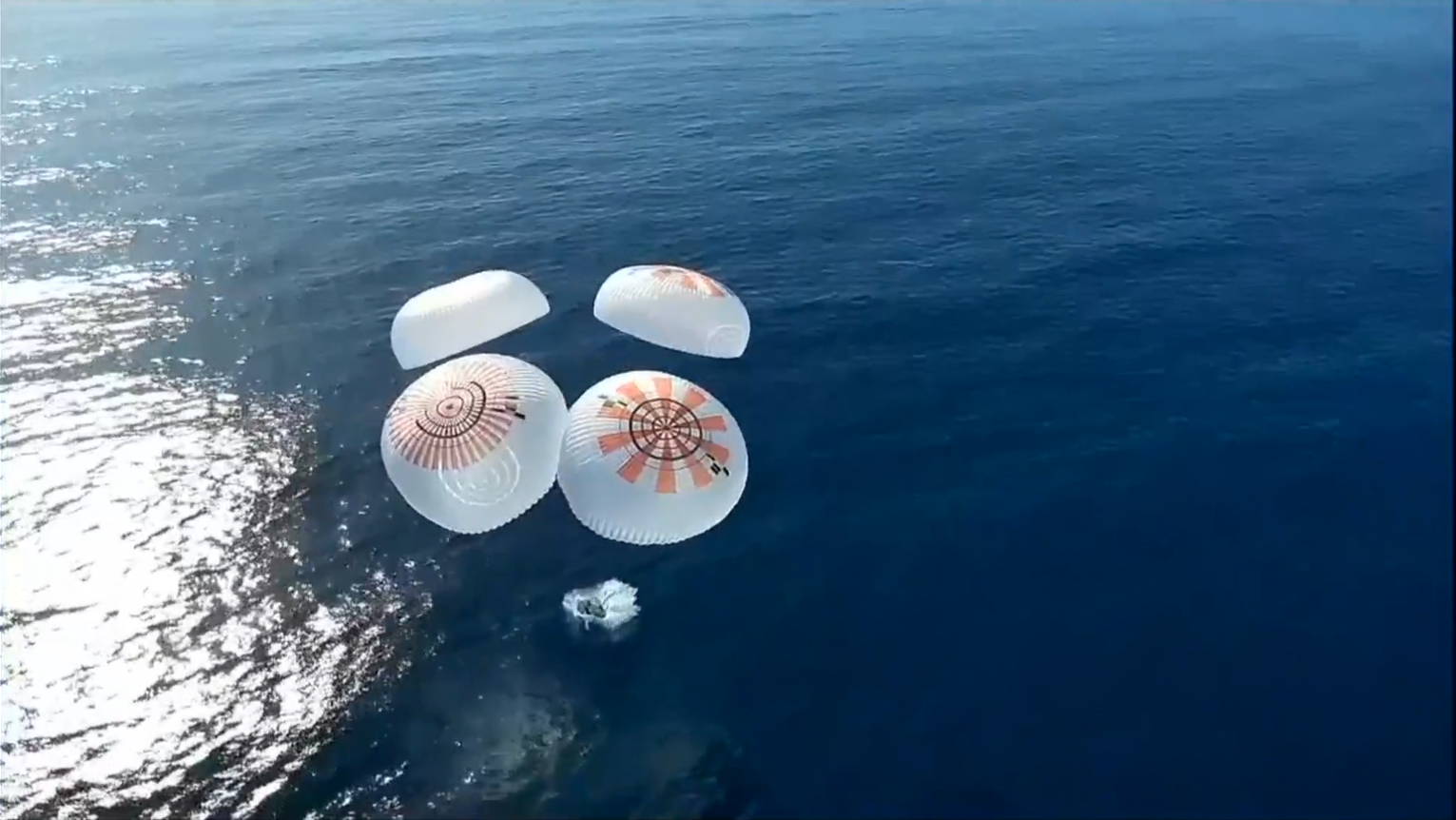

© SpaceX


© NASA/Josh Valcarcel
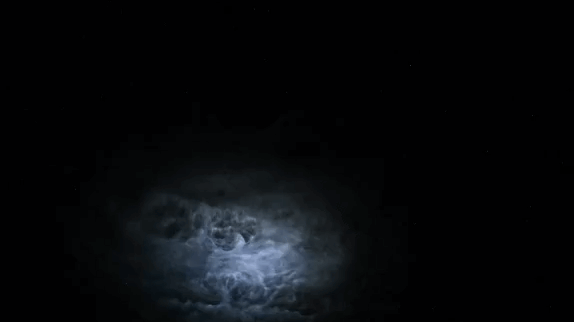

© Don Pettit/NASA
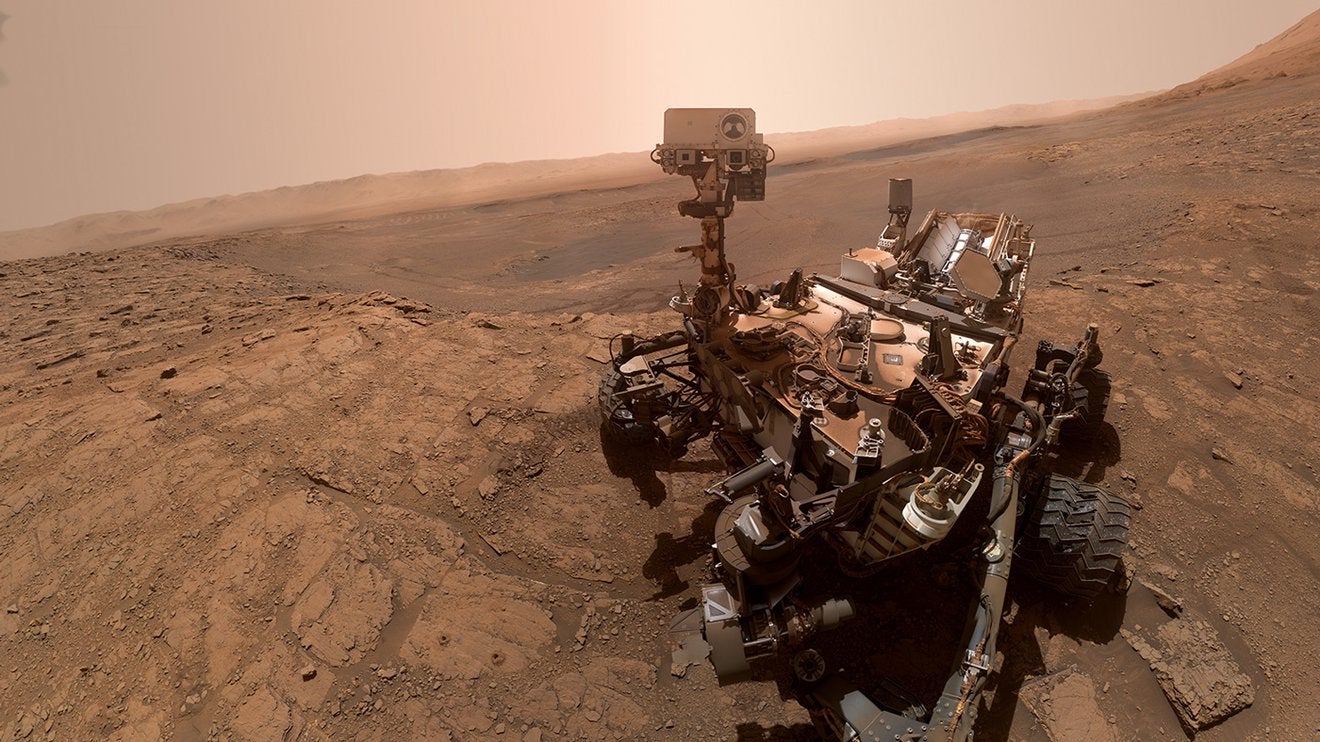
The Mars Curiosity rover has found the largest organic molecules yet on the Red Planet. Organic molecules are the building blocks of life, although they can also be produced by geological processes. While there’s currently no way to prove whether these particular molecules were formed from processes associated with life, their very discovery shows thatContinue reading "Curiosity discovers largest organic molecules yet on Mars"
The post Curiosity discovers largest organic molecules yet on Mars appeared first on Astronomy Magazine.



© System Era Softworks
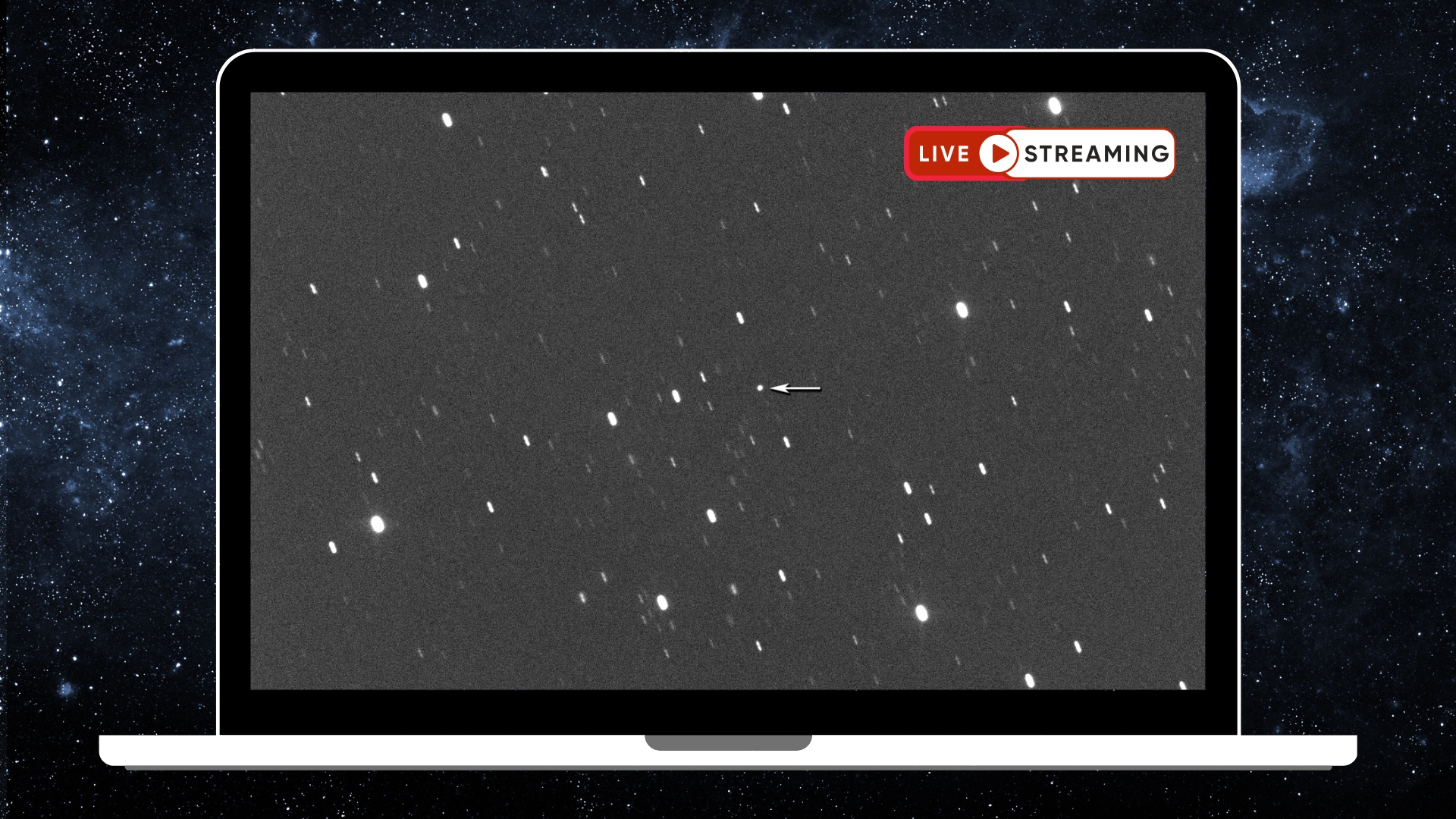

© Asteroid graphic: Gianluca Masi/Virtual Telescope Project. Graphic made in Canva Pro by Daisy Dobrijevic


© Bettmann/CORBIS/Bettmann Archive/Getty Images
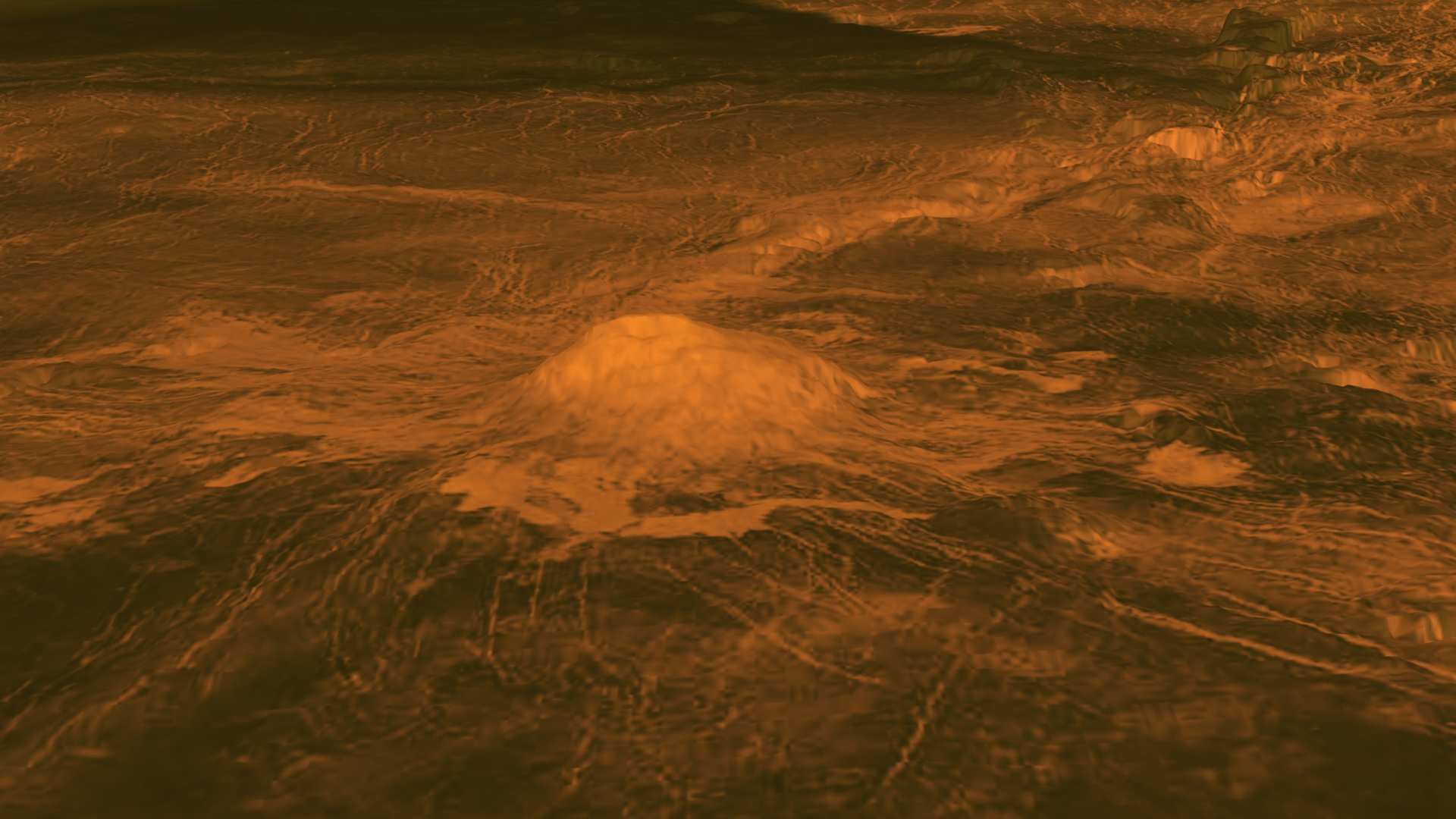

© NASA/JPL-Caltech
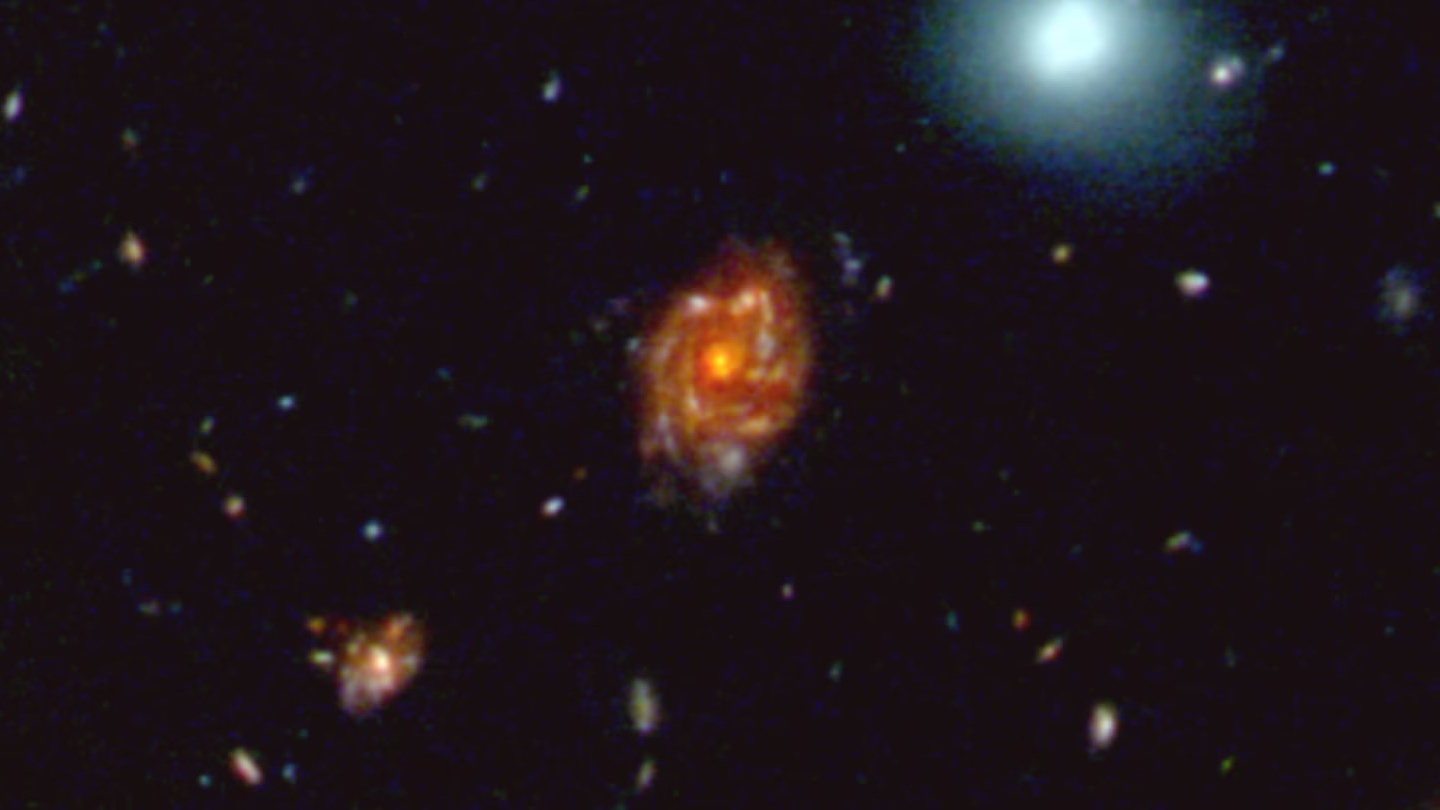

© NASA/ESA


© SpaceX
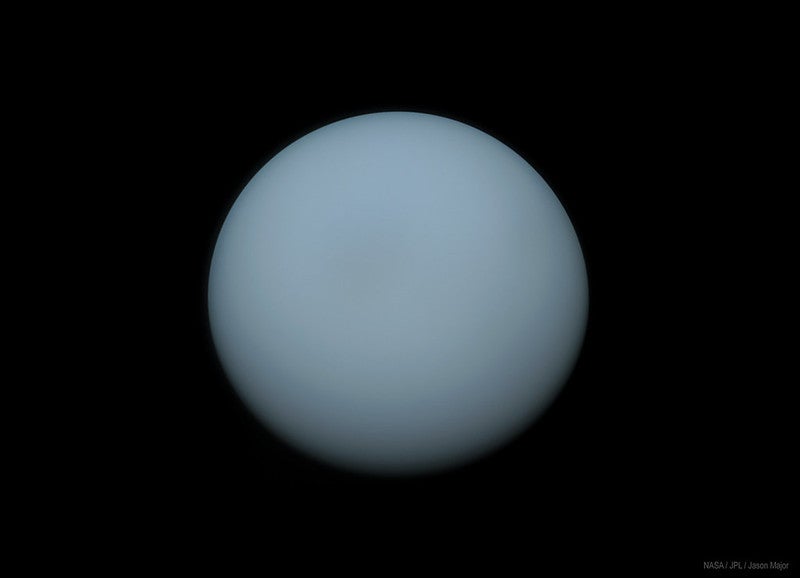
Sky This Week is brought to you in part by Celestron. Friday, April 4This evening, the roughly half-illuminated face of the Moon hangs in Gemini, high in the south an hour after sunset. First Quarter Moon occurs at 10:15 P.M. EDT. The two brightest stars in Gemini are Castor (magnitude 1.6) and Pollux (magnitude 1.2).Continue reading "The Sky This Week from April 4 to 11: Catch your last views of Uranus"
The post The Sky This Week from April 4 to 11: Catch your last views of Uranus appeared first on Astronomy Magazine.



© SpaceX
Author(s): Katherine Wright
Researchers have demonstrated a method for suppressing unwanted electrons in bright electron beam sources.
[Physics 18, s40] Published Thu Apr 03, 2025


© SpinLaunch


© Space.com
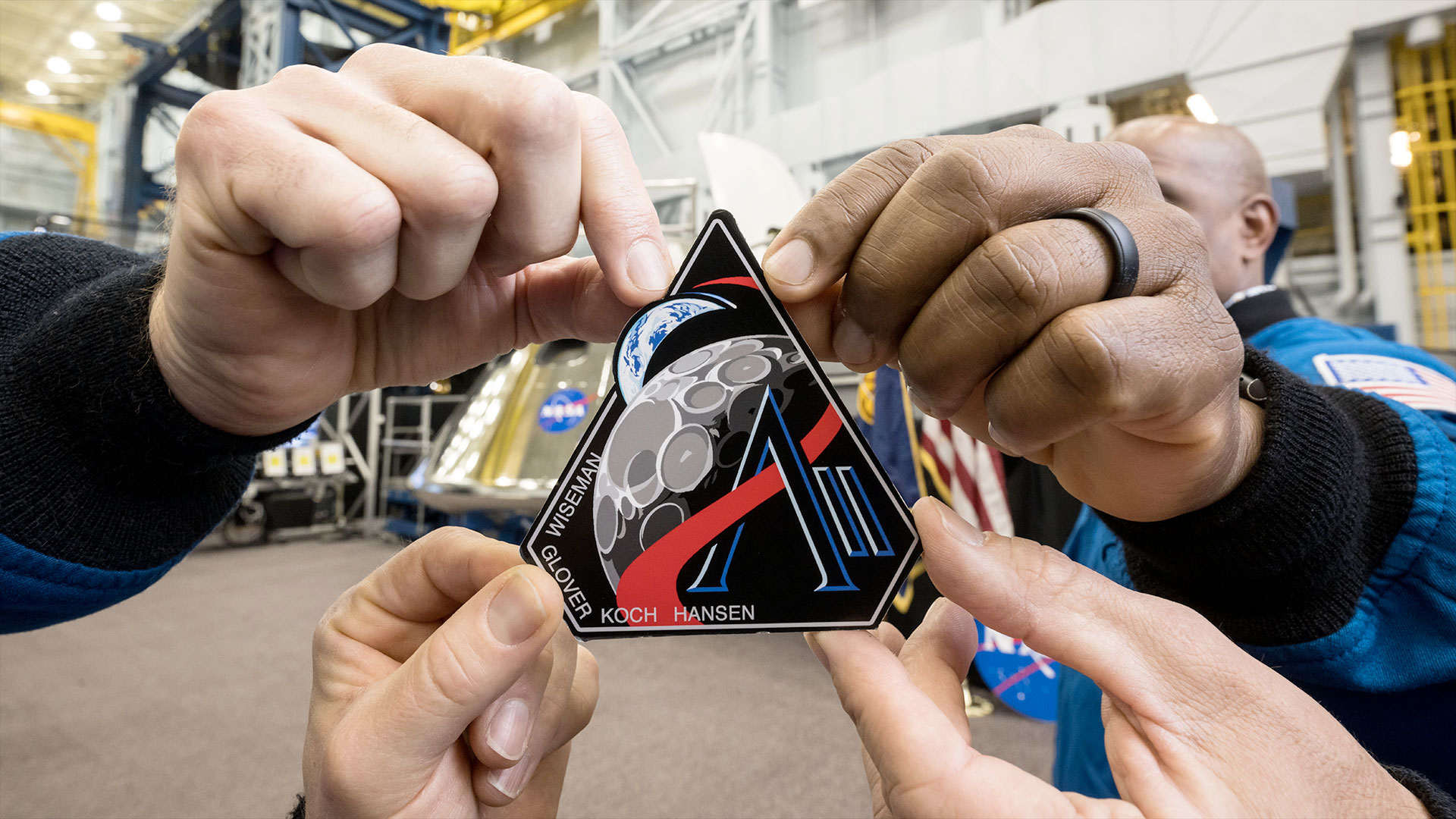

© NASA/Robert Markowitz


© SpaceX


© True Anomaly


© Bethesda Softworks


© SpaceX/Fram2
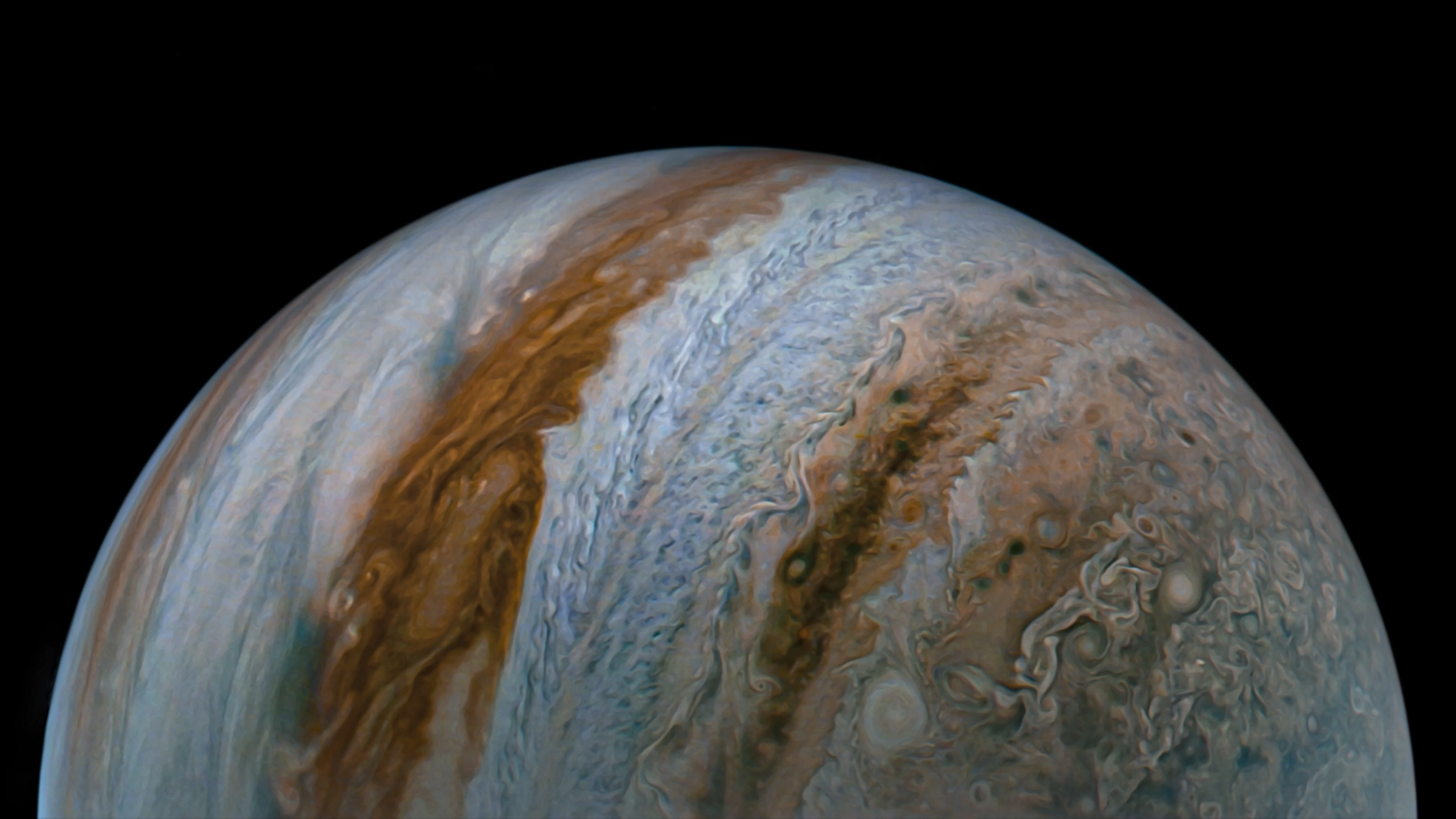

© Image data: NASA/JPL-Caltech/SwRI/MSSS. Image processing by Tanya Oleksuik CC BY NC SA 3.0


© Pocket Books / Star Trek


© Netflix
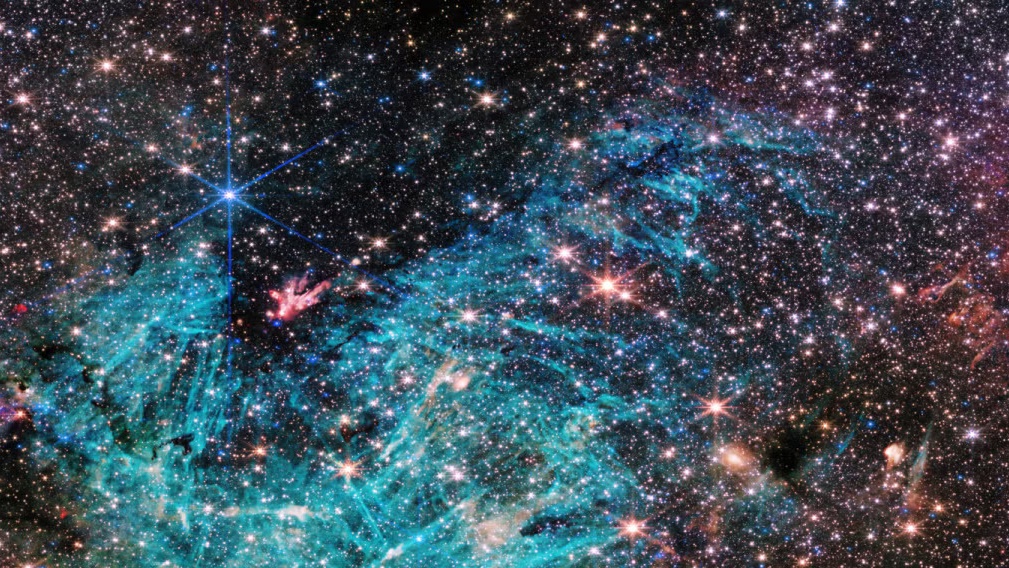

© NASA, ESA, CSA, STScI, SARAO, Samuel Crowe (UVA), John Bally (CU), Ruben Fedriani (IAA-CSIC), Ian Heywood (Oxford)


© X-ray: NASA/CXC/SAO/Univ Mexico/S. Estrada-Dorado et al.; Ultraviolet: NASA/JPL; Optical: NASA/ESA/STScI (M. Meixner)/NRAO (T.A. Rector); Infrared: ESO/VISTA/J. Emerson; Image Processing: NASA/CXC/SAO/K. Arcand


© ESA/Foster + Partners

As World War II drew to a close, the Allies were eager to get their hands on one of the most technologically amazing yet terrifying weapons in Nazi Germany’s armamentarium: the V-2 rocket. A long-range, liquid-fueled supersonic guided missile, the V-2 could carry a 2,000-pound (910 kilograms) warhead a staggering 200 miles (320 kilometers) fromContinue reading "Megaroc: The British manned space program that almost was"
The post Megaroc: The British manned space program that almost was appeared first on Astronomy Magazine.

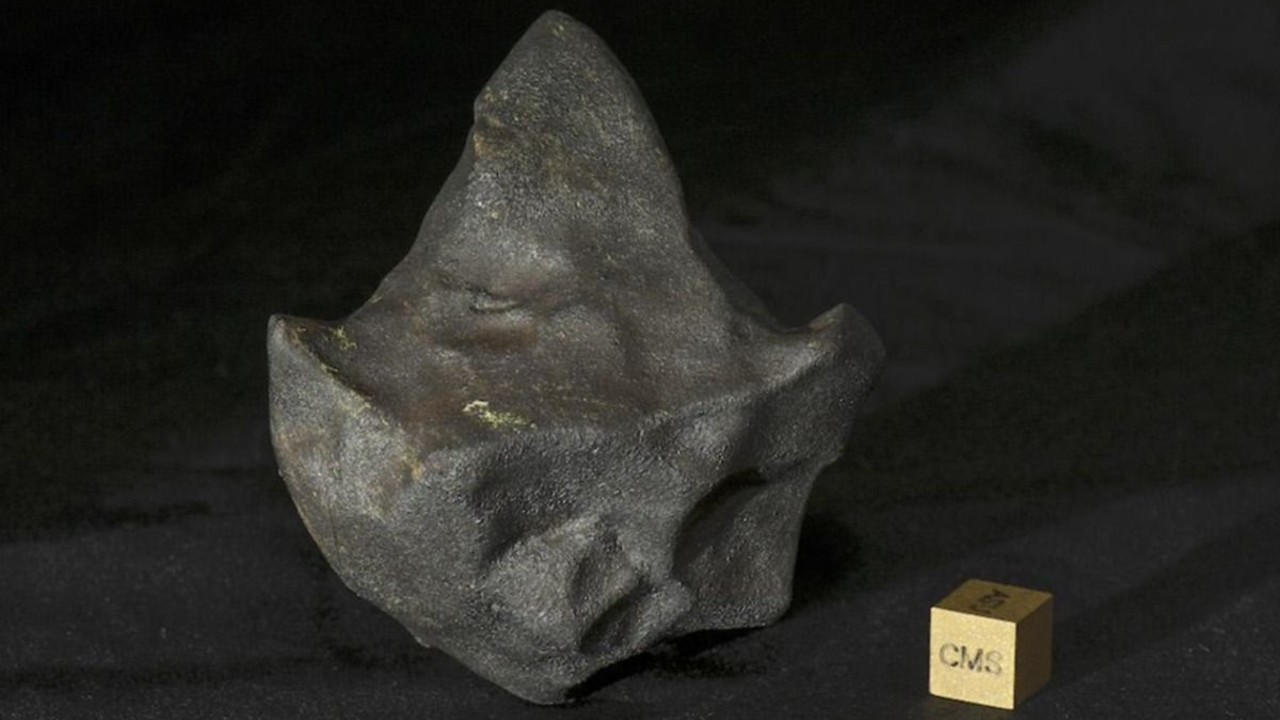

© Arizona State University / SETI Institute.


© Image data: NASA/JPL-Caltech/SwRI/MSSS. Image processing by Tanya Oleksuik CC BY NC SA 3.0
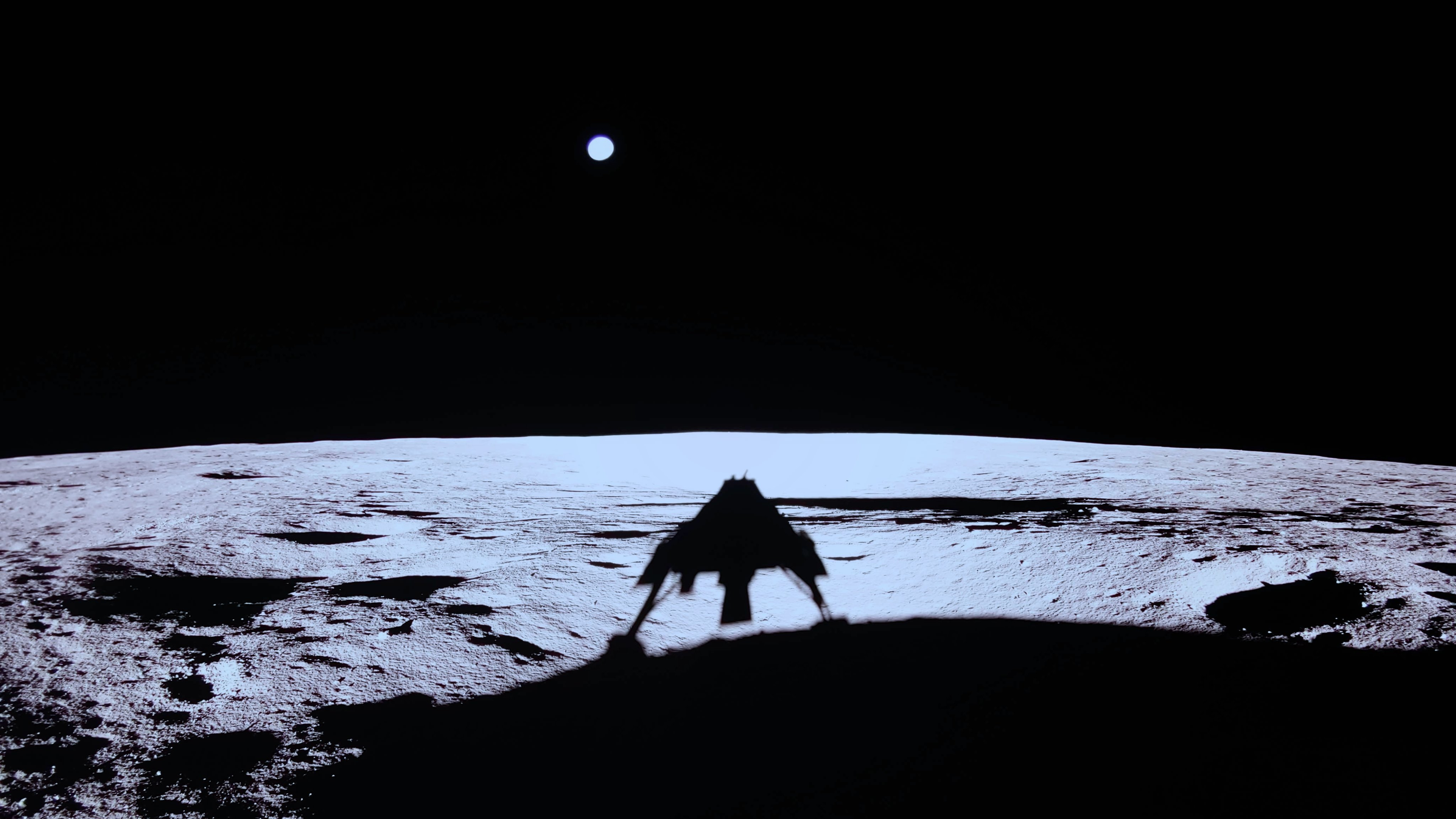

© Firefly Aerospace
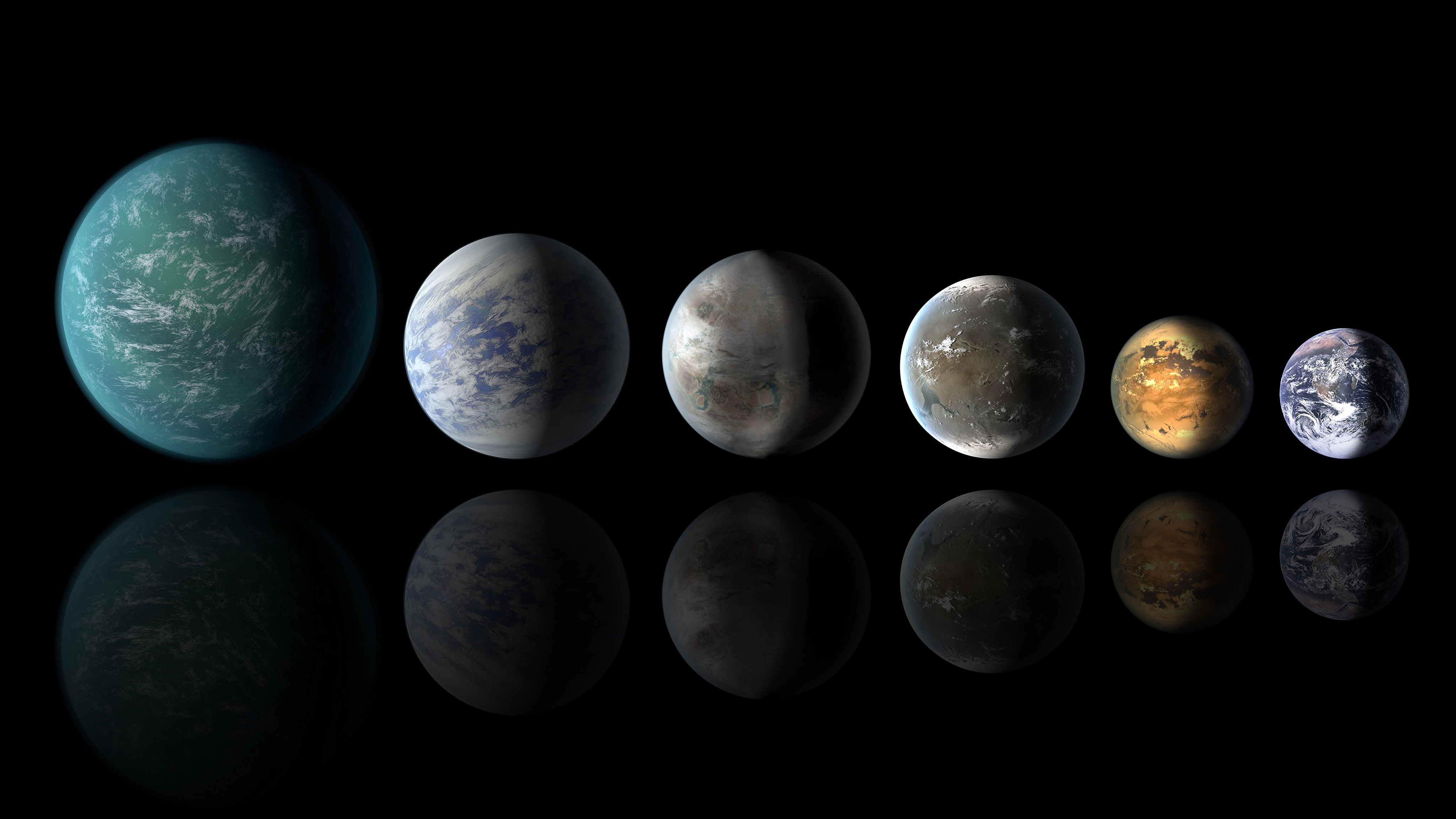

© NASA/Ames/JPL-Caltech


© Roscosmos

Andrei Pleskatsevich, taken from Minsk, Belarus The Seagull Nebula is a region of nebulosity lying on the border between constellations Monoceros and Canis Major; the emission nebula forming the bird’s “head” carries the catalog designation IC 2177. The imager used a 3-inch f/4.5 scope and one-shot color camera to take 10 hours of exposure.
The post Cosmic wingspan appeared first on Astronomy Magazine.



© Paramount+


© ULA


© Warner Bros.


© Universal Pictures
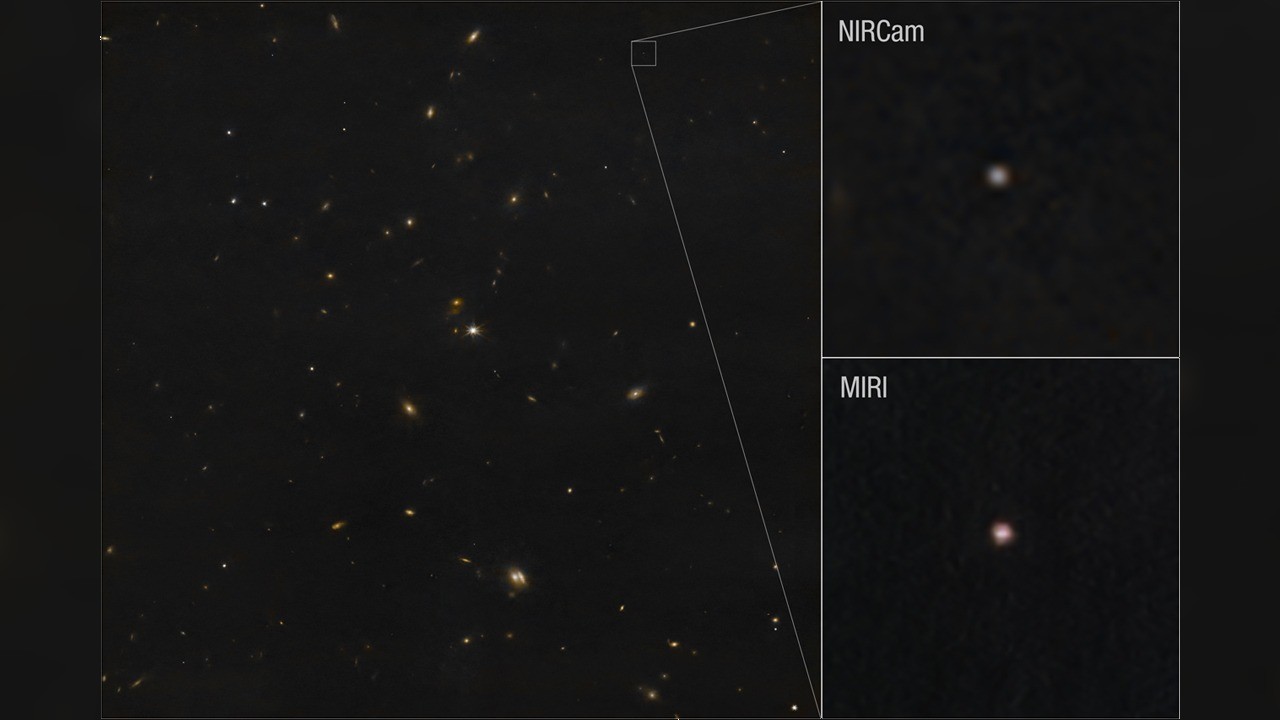

© NASA, ESA, CSA, STScI, Andy Rivkin (APL)


© Airbus

Gitanjali Rao was honored as the inaugural recipient of the Stephen Hawking Medal Junior, an award created to inspire young innovators.
The post STARMUS Launches the Stephen Hawking Medal Junior at The Kennedy Center appeared first on Astronomy Magazine.



© Disney


© Fram2/SpaceX
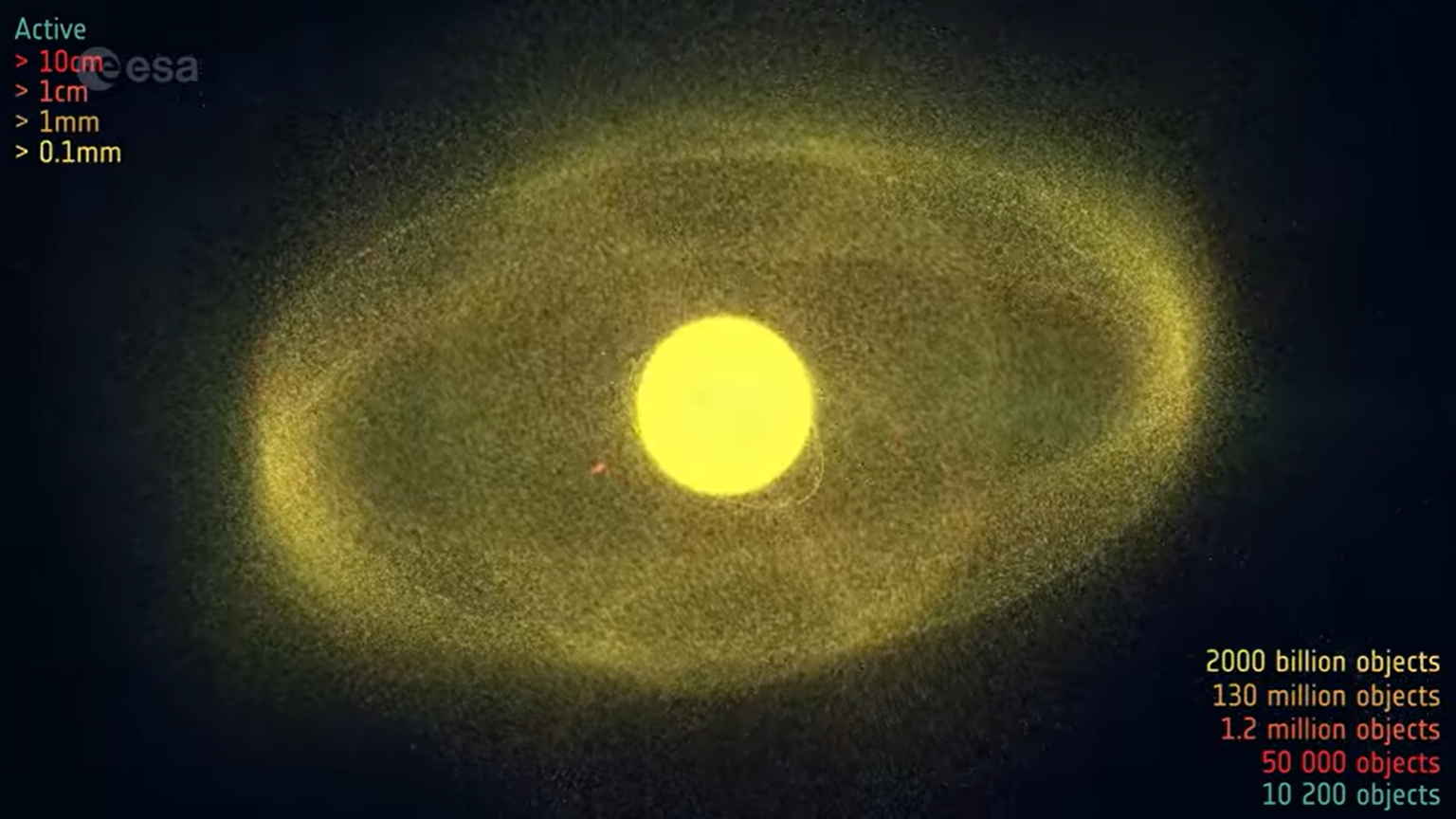

© ESA


© Rocket Lab
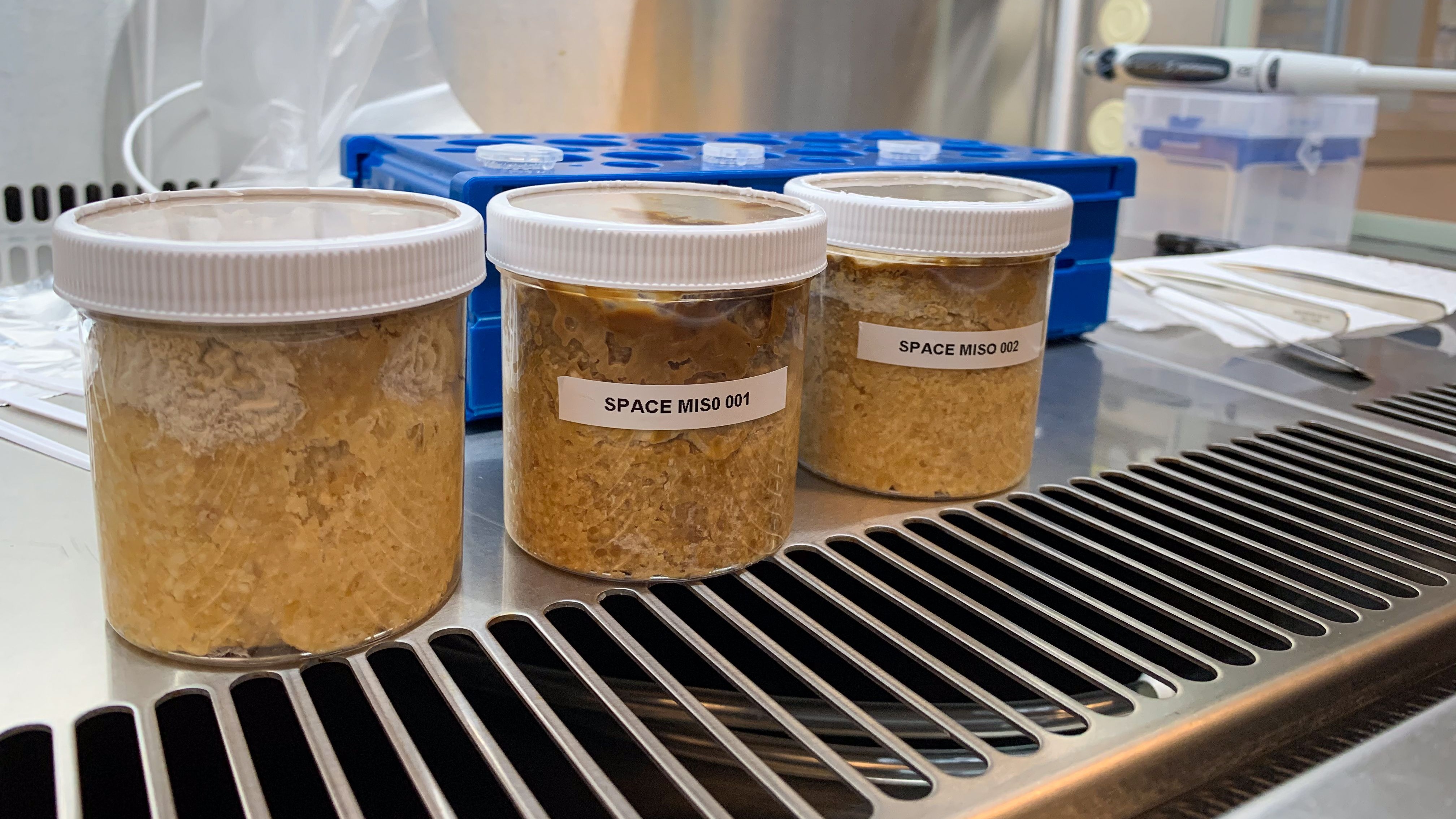

© Maggie Coblentz


© Starz
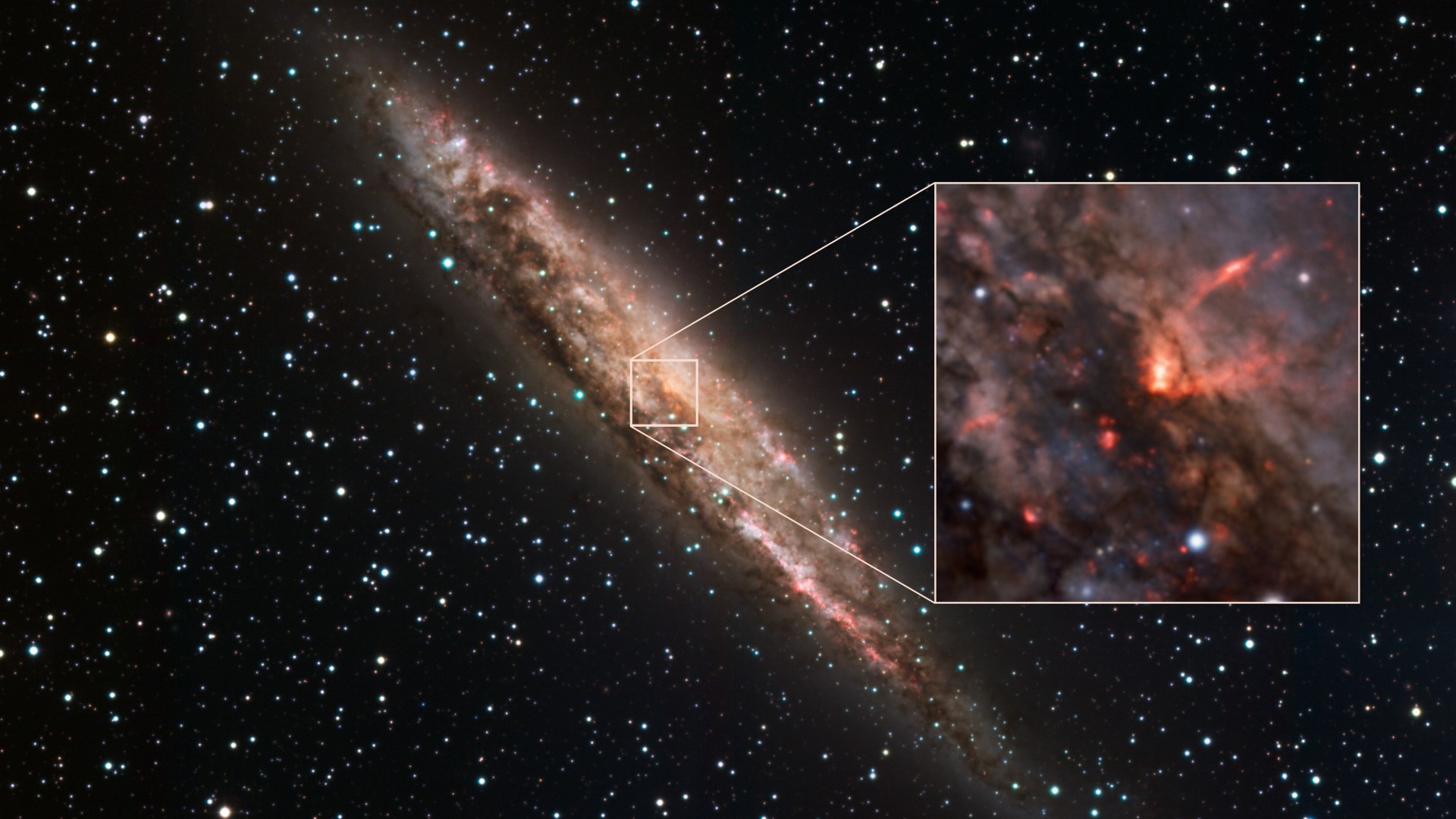

© ESO/C. Marconcini et al.


© ClaudineVM/Getty Images
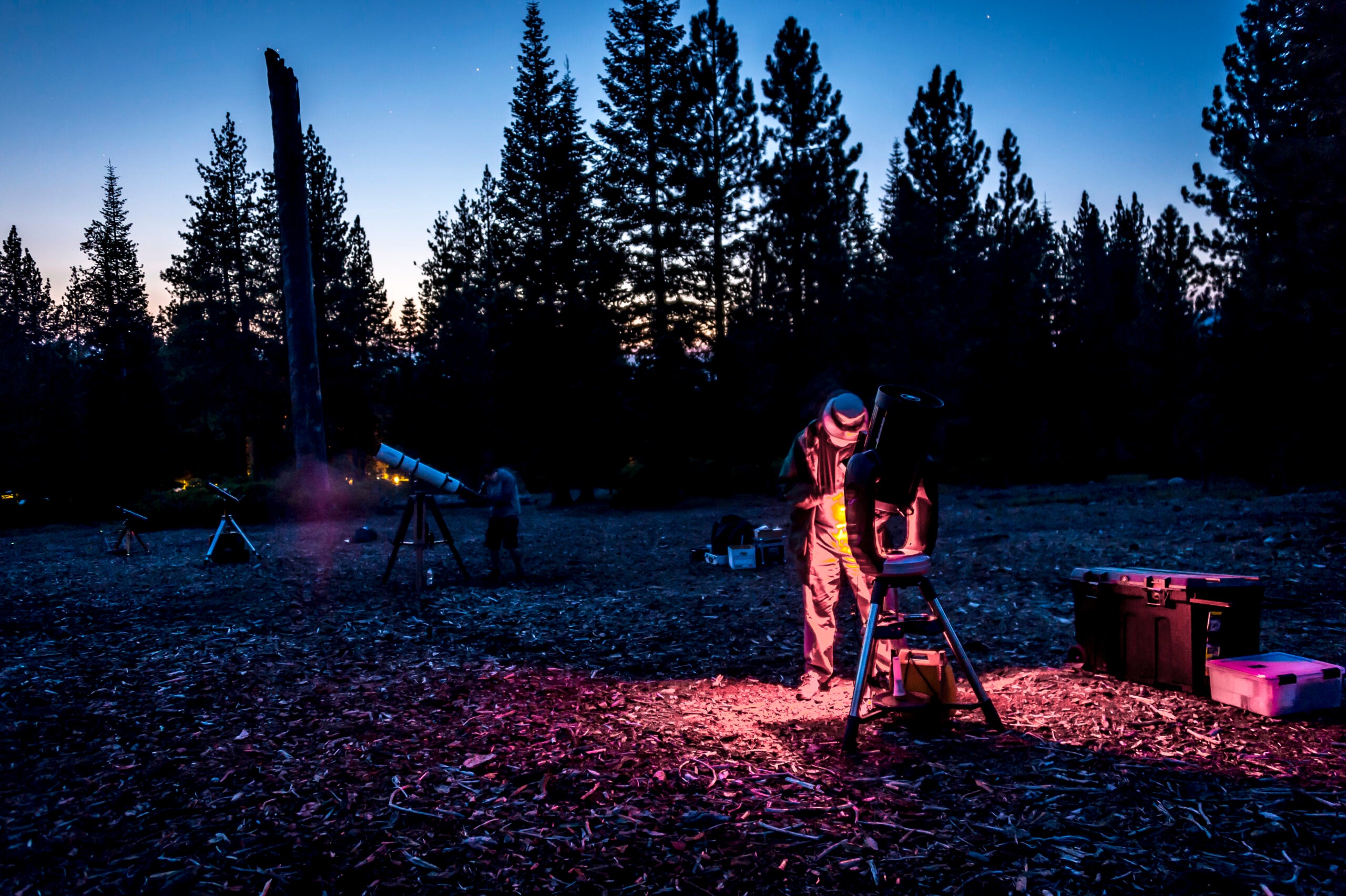
Sky watchers The University of Arizona PressTucson, AZ Star Gazers: Finding Joy in the Night Sky, by prolific astronomy writer David H. Levy, is a collection of personal essays celebrating amateur and professional astronomy. Bringing together his decades of sky-watching experience, this 172-page book gives readers insight into Levy’s thoughts on James Webb Space Telescope,Continue reading "Spring for new astronomy products this month"
The post Spring for new astronomy products this month appeared first on Astronomy Magazine.



© SpaceX / collectSPACE.com
Author(s): Katherine Wright
Transforming an MRI brain scan into a hyperbolic network of nodes allows researchers to detect brain connectivity disruption caused by Alzheimer’s disease.
[Physics 18, 70] Published Wed Apr 02, 2025
Author(s): Ryan Wilkinson
A new theory unveils the exotic low-energy excitations of quasicrystals formed of quantum particles.
[Physics 18, s39] Published Wed Apr 02, 2025


© Raúl Arámbula./J. A. Gonzalez-Esparza et al.
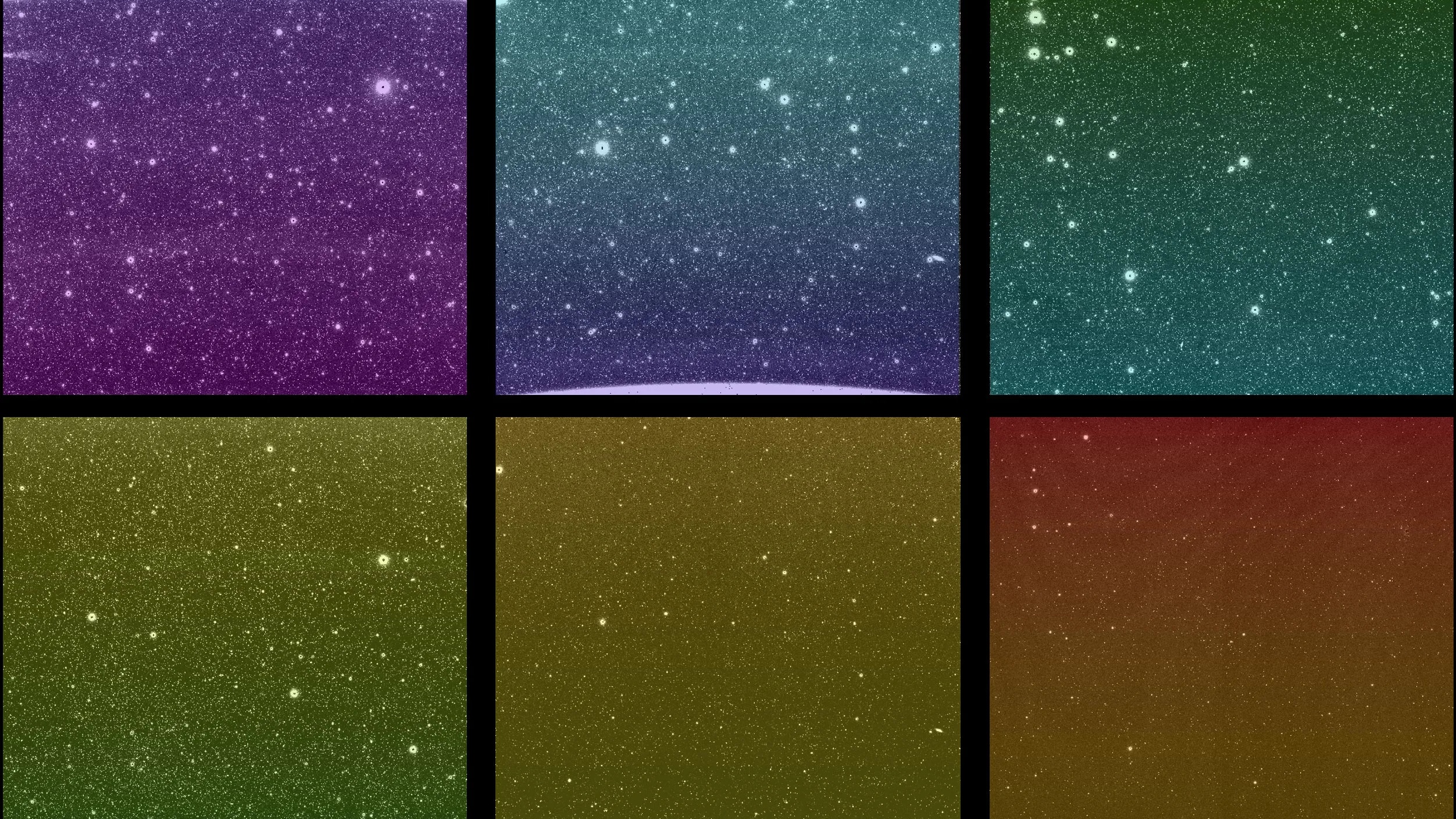

© NASA/JPL-Caltech
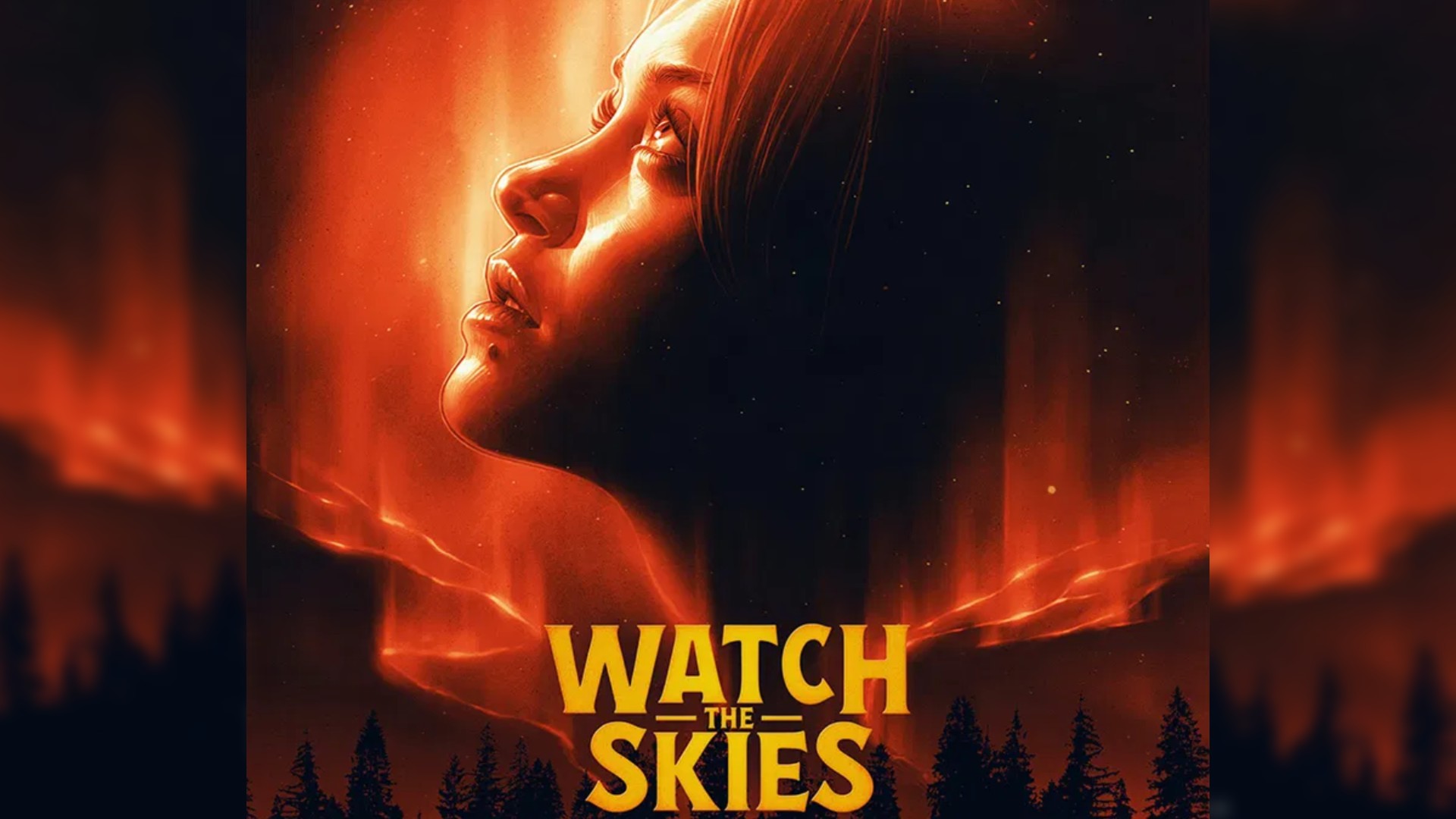

© XYZ Films


© NASA


© Kevin Wood

The Federal Aviation Administration has completed its investigations looking into “mishaps” that occurred during Blue Origin’s New Glenn rocket launch and SpaceX’s Starship Flight 7 in January. On Jan. 16, Blue Origin’s New Glenn-1 reached orbit on its debut flight. While the launch was successful, the rocket lost its lower stage during its descent. Later thatContinue reading "FAA concludes Blue Origin, SpaceX January ‘mishap’ investigations"
The post FAA concludes Blue Origin, SpaceX January ‘mishap’ investigations appeared first on Astronomy Magazine.



© NASA


© SpaceX


© AleksandarGeorgiev/Getty Images
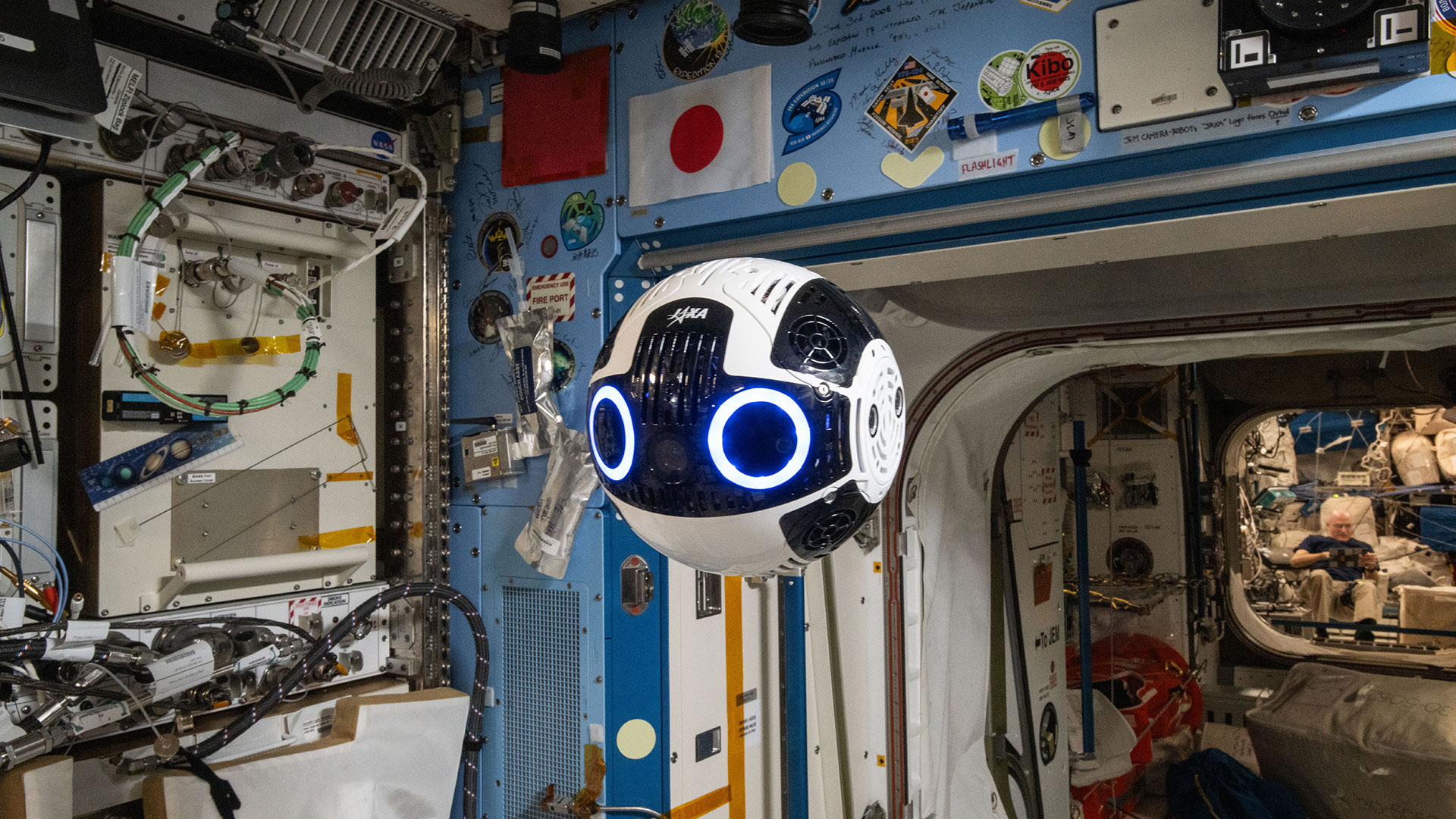

© JAXA/Takuya Onishi

he first commercially built rocket to lift off from continental Europe came tumbling back to Earth within seconds. But its manufacturer considers the mission a success. The test flight, “Going Full Spectrum,” was the debut launch of Norwegian company Isar Aerospace’s Spectrum, a two-stage orbital launch vehicle designed to compete with SpaceX’s workhorse Falcon 9Continue reading "Debut flight of Isar Aerospace Spectrum rocket ends in explosion"
The post Debut flight of Isar Aerospace Spectrum rocket ends in explosion appeared first on Astronomy Magazine.



© ESA and NASA/Solar Orbiter/Metis & EUI Teams, V. Andretta and P. Romano/INAF
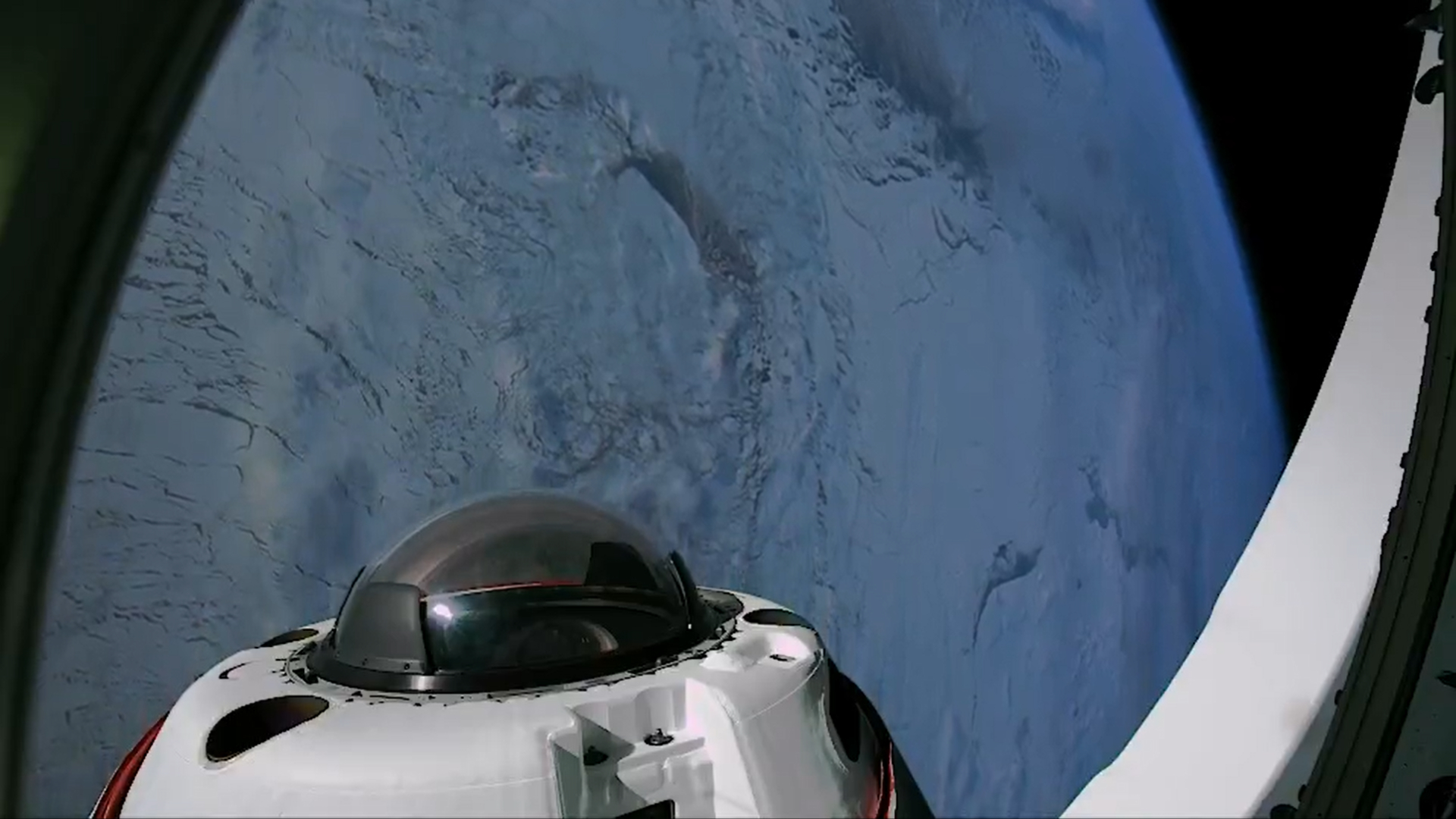

© SpaceX/Fram2
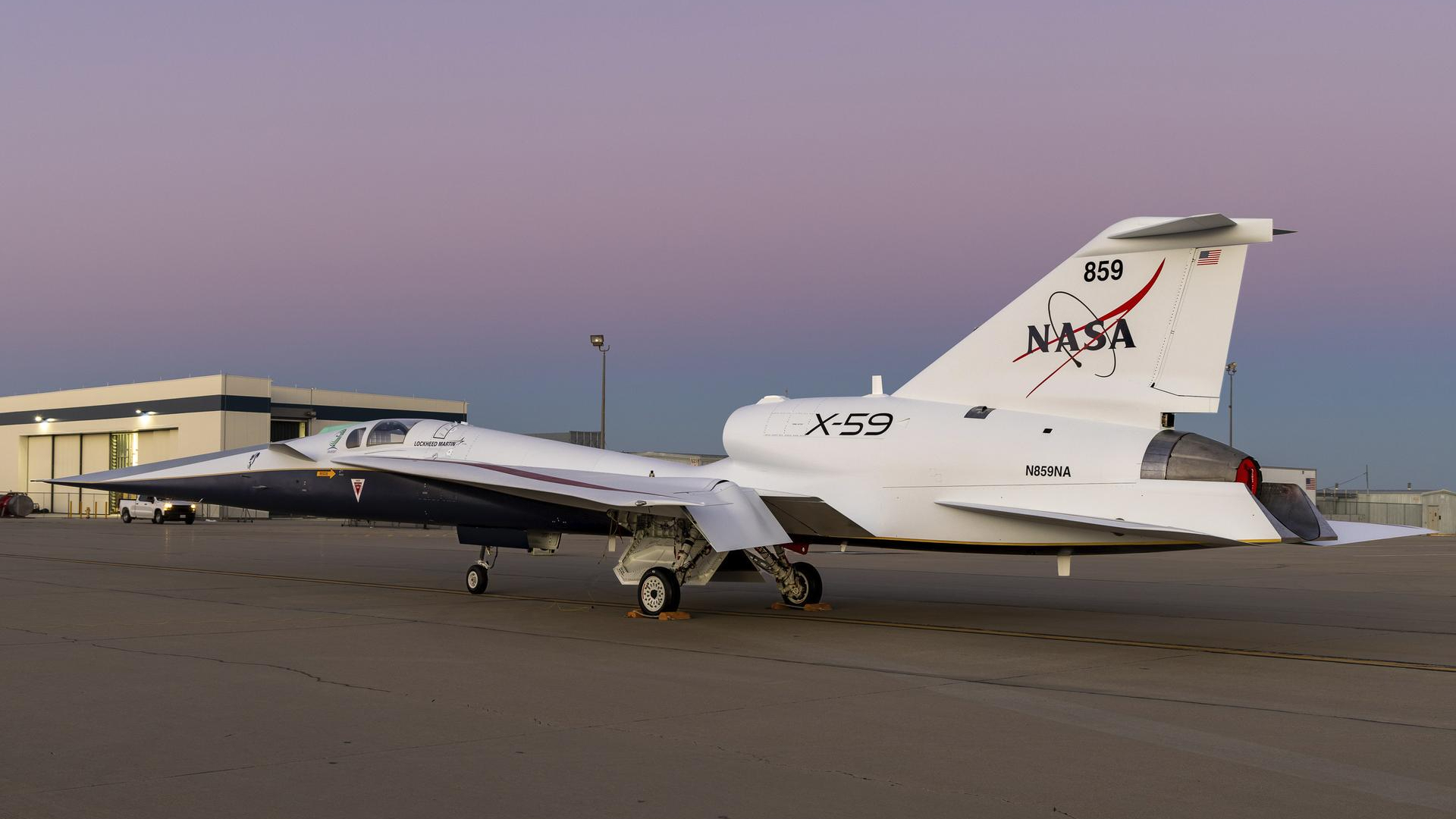

© Lockheed Martin Corporation/Gary Tice


© NASA, ESA, CSA, STScI, W. Balmer (JHU), L. Pueyo (STScI), M. Perrin (STScI)

From the editor: As the extraordinary pace of astronomical discovery carries on, we increasingly see that the stuff of life is spread throughout the cosmos. Life, even complex life, must be common out there. We know of several hundred billion stars in our galaxy, at least 100 billion galaxies, and planets around most of theContinue reading "Earth as a planet"
The post Earth as a planet appeared first on Astronomy Magazine.


My childhood fascination with the night sky led me to study astronomy and physics at university. By my second year, I was operating the telescope atop the physics building, tracking celestial objects — just like astronomy student Kate Dibiasky in the disaster movie Don’t Look Up.I never imagined I’d also soon find myself alerting othersContinue reading "Solving the climate equation"
The post Solving the climate equation appeared first on Astronomy Magazine.


In many ways, Tony Fadell built the digital world we live in. At the turn of the millennium, his efforts to build a pocket-sized, hard-disk-based device that could hold 1,000 songs in MP3 format caught the attention of Apple. Within months, he had been hired by the firm, and less than a year after hisContinue reading "How to build climate solutions: An interview with Tony Fadell"
The post How to build climate solutions: An interview with Tony Fadell appeared first on Astronomy Magazine.



© NASA / SDO and the AIA, EVE, and HMI science teams, helioviewer.org
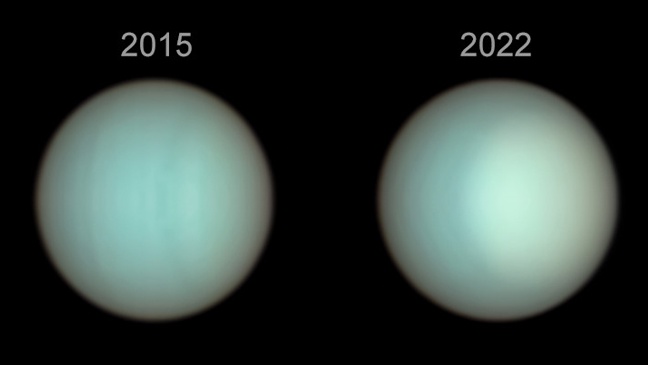

© NASA, ESA, Erich Karkoschka (LPL)
Author(s): Charles Day
Observations by the JWST observatory of a star-free super-Jupiter reveal large-scale inhomogeneities in its atmosphere.
[Physics 18, 69] Published Tue Apr 01, 2025
Author(s): Philip Ball
The messy breakup of a liquid droplet that occurs when it hits a surface can be suppressed by giving the droplet an electrical charge.
[Physics 18, 74] Published Tue Apr 01, 2025
Author(s): Rachel Berkowitz
The fidelity of a complex system’s representation as a network model depends on the diversity of its interconnections.
[Physics 18, s43] Published Tue Apr 01, 2025


© SpaceX


© Isar Aerospace


© SpaceX
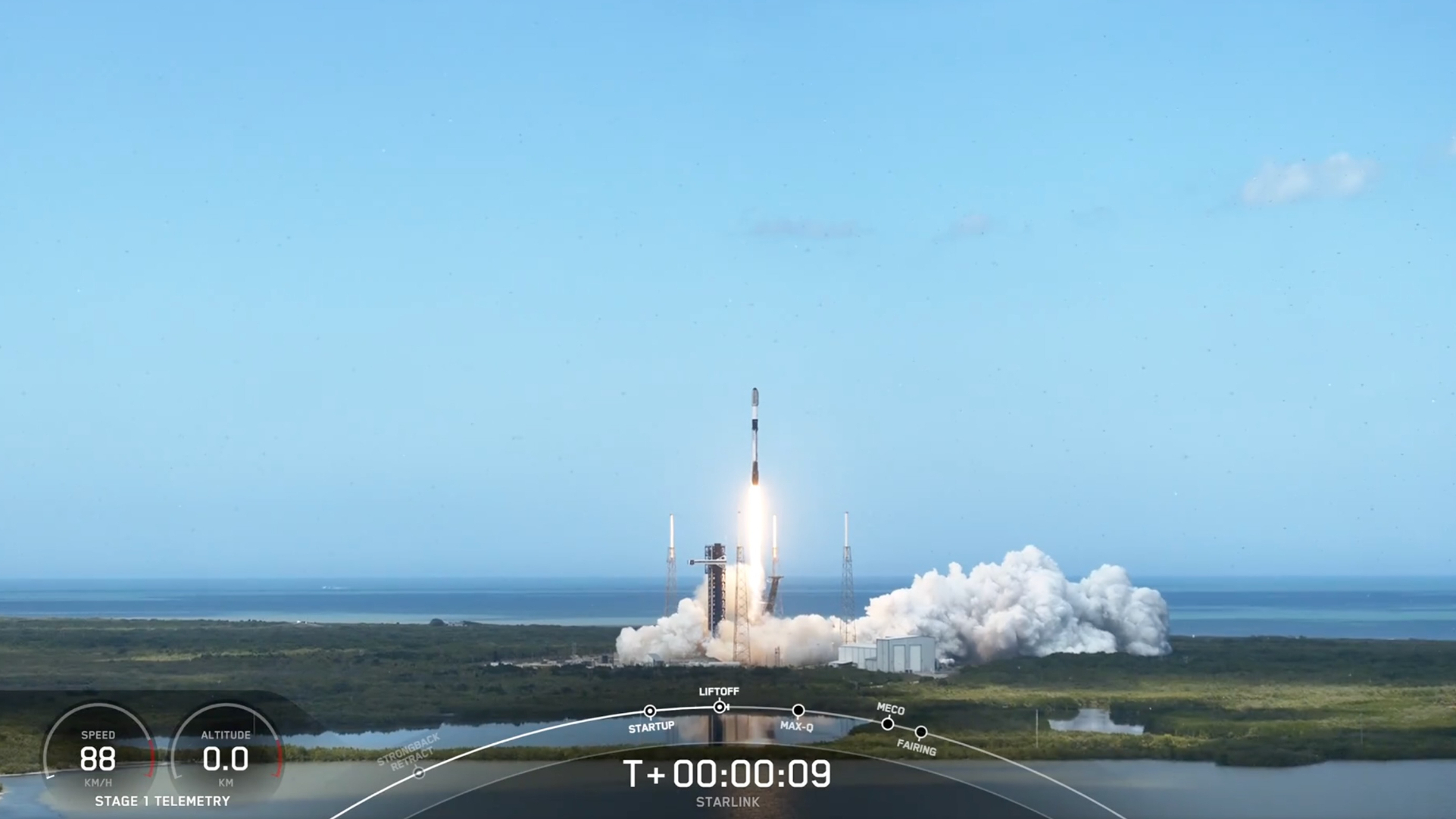

© SpaceX
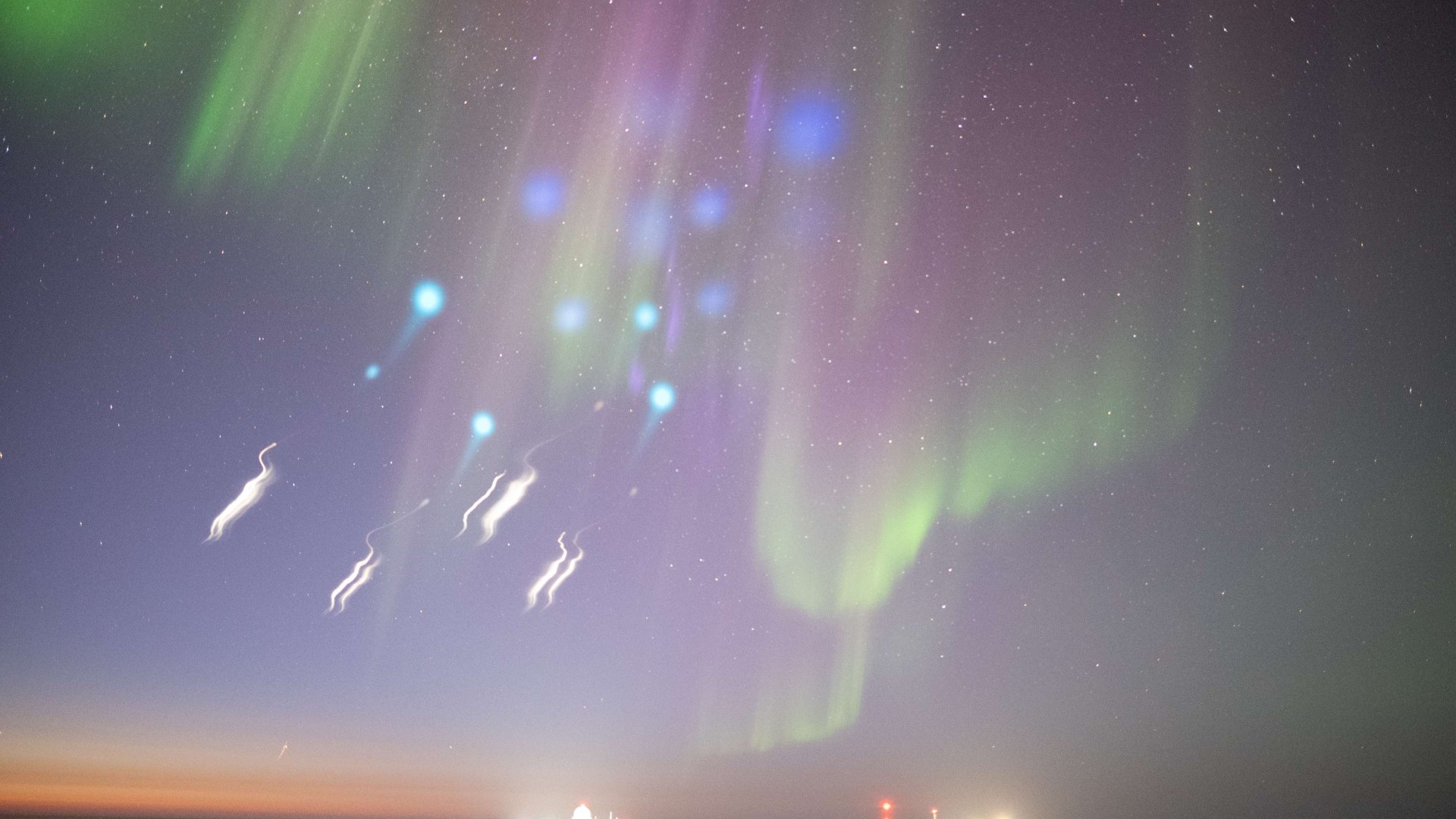

© AWESOME Mission
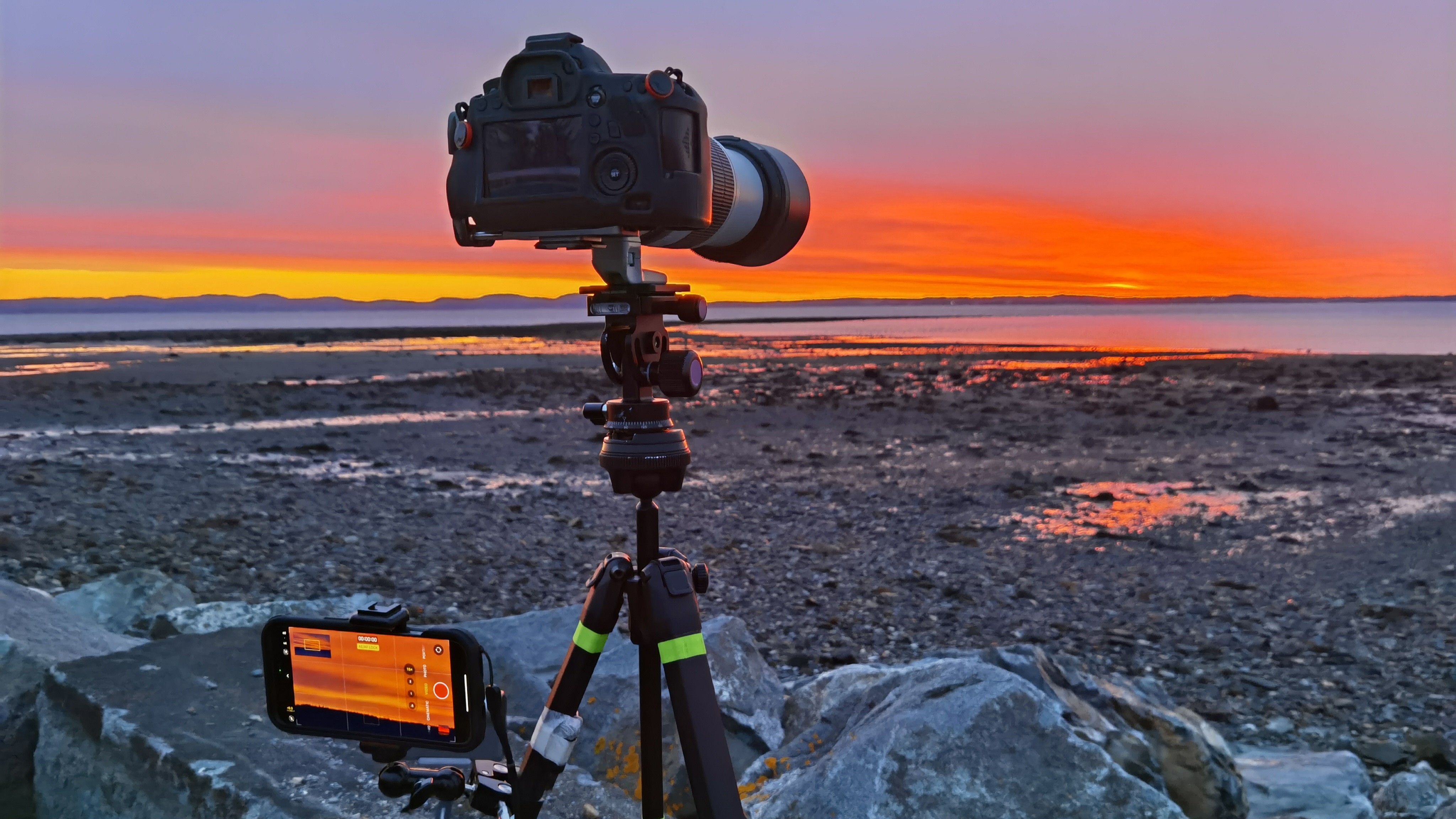

© Jamie Carter


© SpaceX


© NASA/Bill Ingalls and Joel Kowsky


© SpaceX
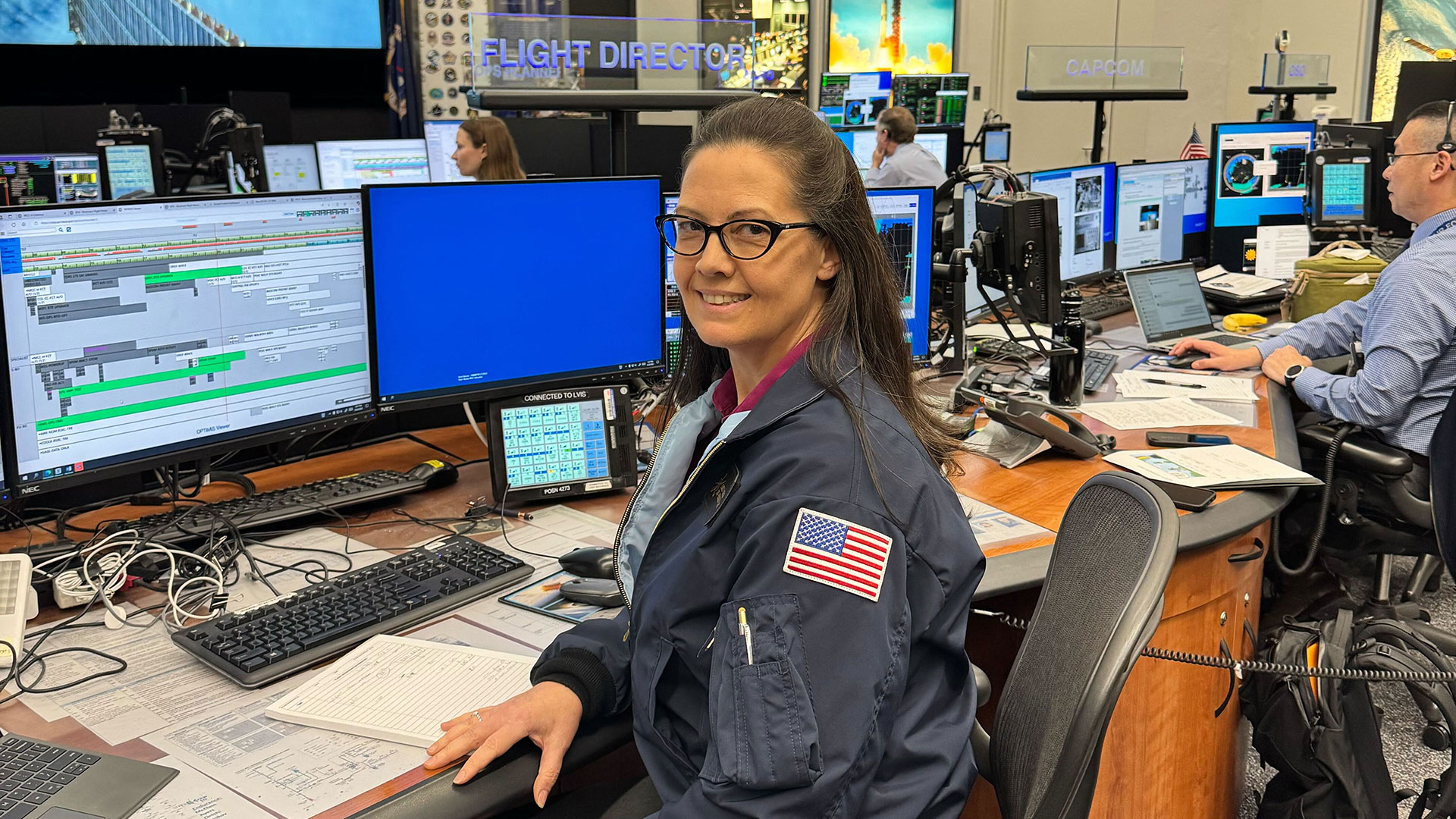

© NASA/Jaden Jennings
Author(s): Daniele Marinazzo
A new study of complex systems supports a growing trend that focuses more on analyzing a system’s collective behavior rather than on trying to uncover the underlying interaction mechanisms.
[Physics 18, 71] Published Mon Mar 31, 2025
Author(s): David Ehrenstein
Measurements of millions of galaxies suggest that dark energy changes over time and is more complicated than previously thought.
[Physics 18, 72] Published Fri Mar 28, 2025
Author(s): Susan Curtis
Language models such as ChatGPT could help university educators provide more consistent and transparent grades for introductory-level physics exams.
[Physics 18, 67] Published Thu Mar 27, 2025
Author(s): Charles Day
An intense x-ray pulse from a free-electron laser sends a protein’s atoms flying off in directions that reveal the protein’s structure.
[Physics 18, s37] Published Thu Mar 27, 2025


© NASA


© Steve Gribben/NASA/Johns Hopkins APL
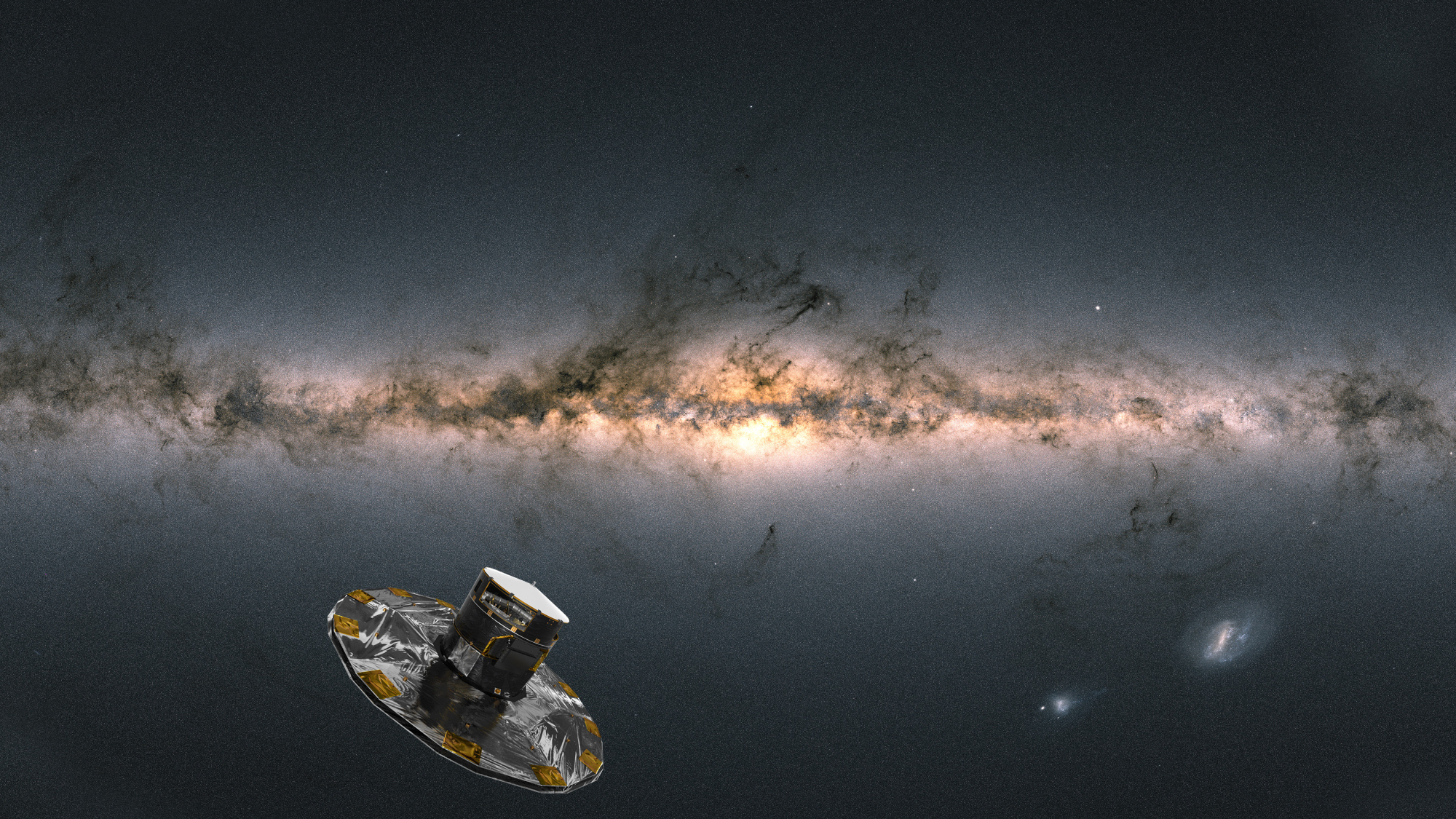

© Spacecraft: ESA/ATG medialab; Milky Way: ESA/Gaia/DPAC; CC BY-SA 3.0 IGO. Acknowledgement: A. Moitinho.


© Martin Farnir


© Future/Amazon


© 11 Bit Studios


© NASA/Frank Michaux


© Created in Canva Pro by Daisy Dobrijevic
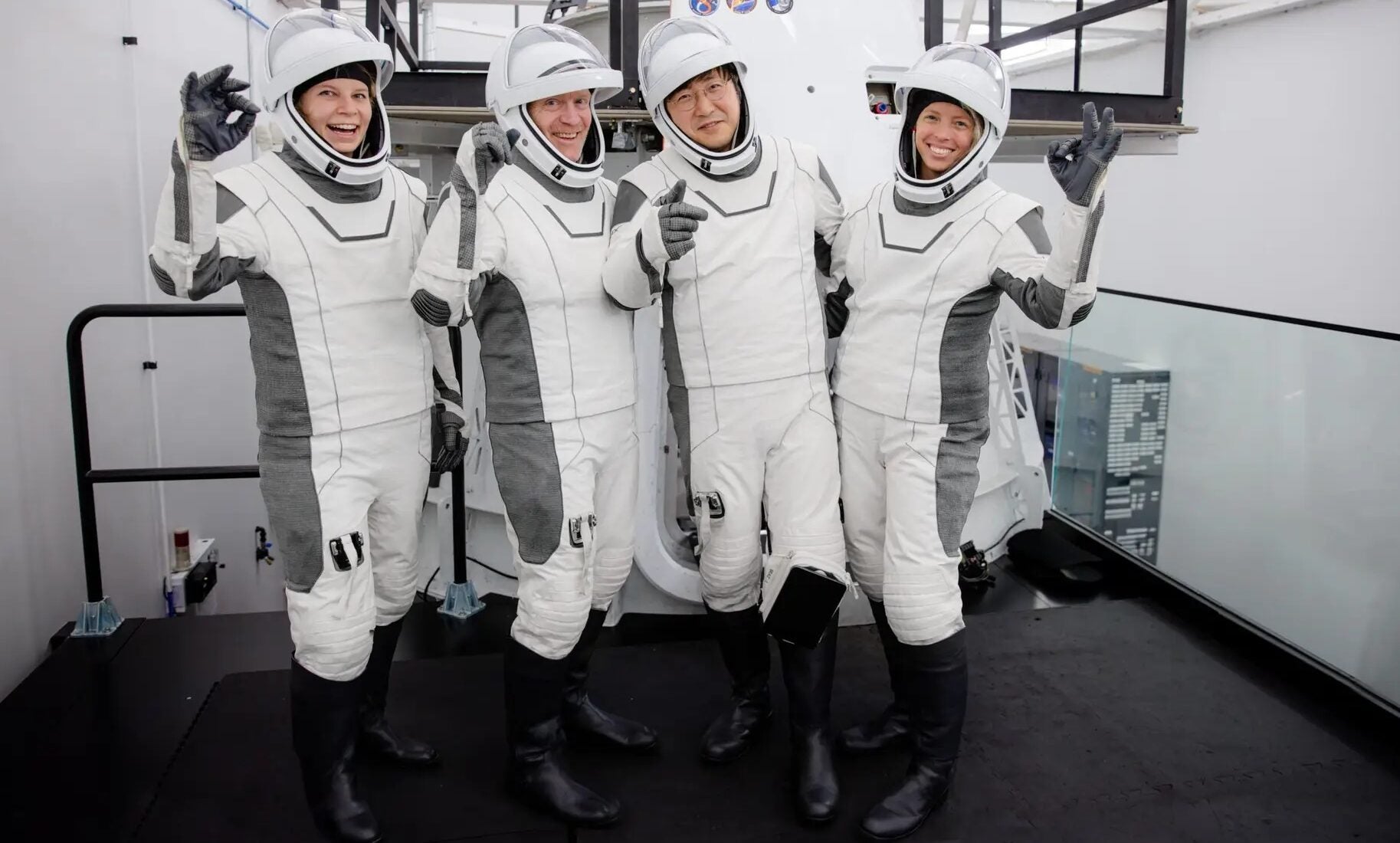
Next week, a crew of private astronauts is expected to go where no one has gone before. Chun Wang, the crypto entrepreneur who purchased the Fram2 mission from SpaceX in August, announced Friday that the three-to-five-day sojourn — the first human spaceflight to fly directly over the Earth’s poles — is scheduled to launch fromContinue reading "SpaceX’s Fram2 mission will aim for the poles"
The post SpaceX’s Fram2 mission will aim for the poles appeared first on Astronomy Magazine.



© Blue Origin


© Edward Belbruno
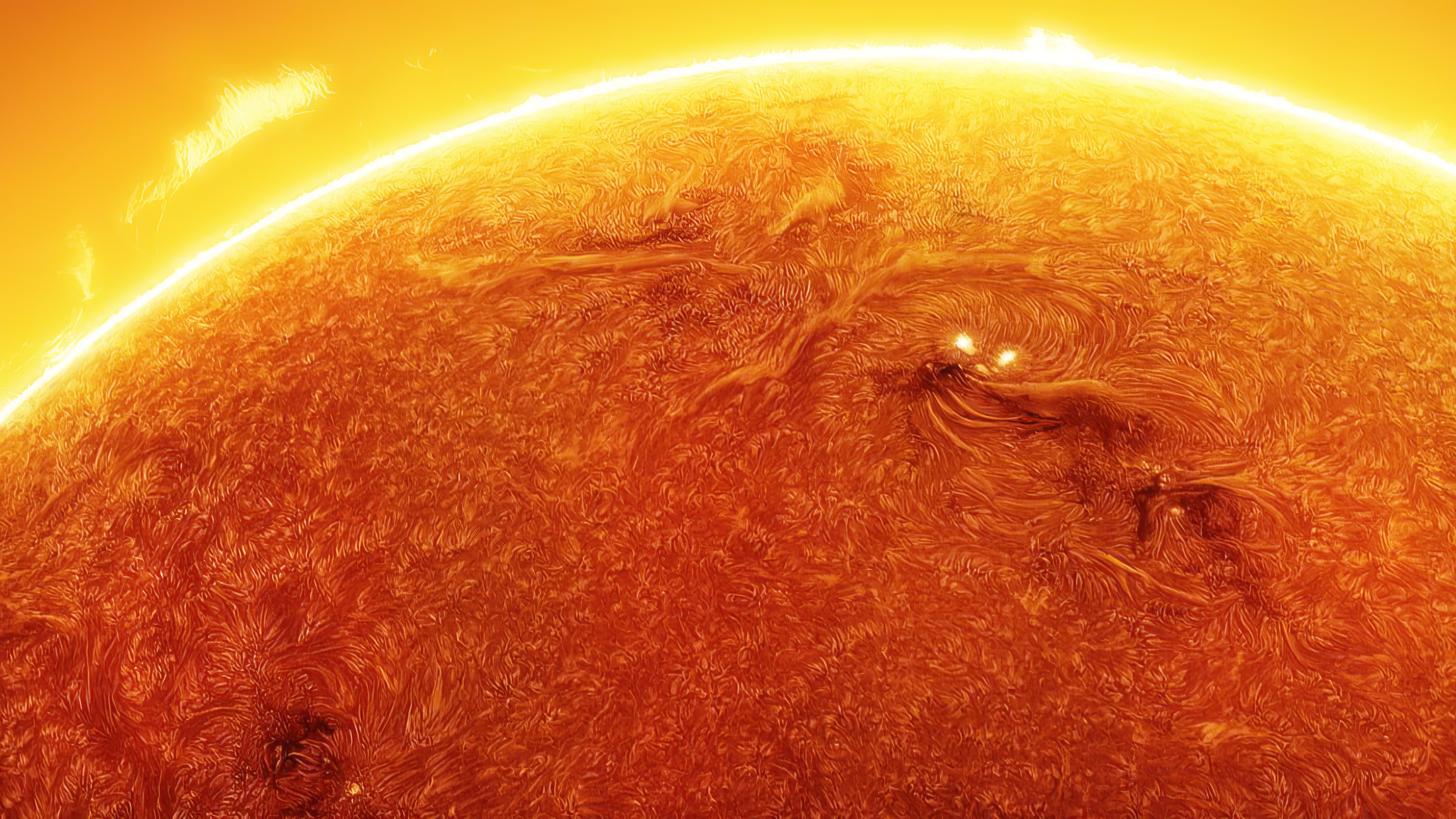

© Javier Zayas Photography via Getty Images


© Peter Zay/Anadolu via Getty Images


© Robert Lea (created with Canva)
Author(s): Michael Schirber
Experiments with erbium ions show that they can be used to create entangled photons in the telecom band—an important step in building quantum repeaters.
[Physics 18, s41] Published Wed Mar 26, 2025


© SpaceX
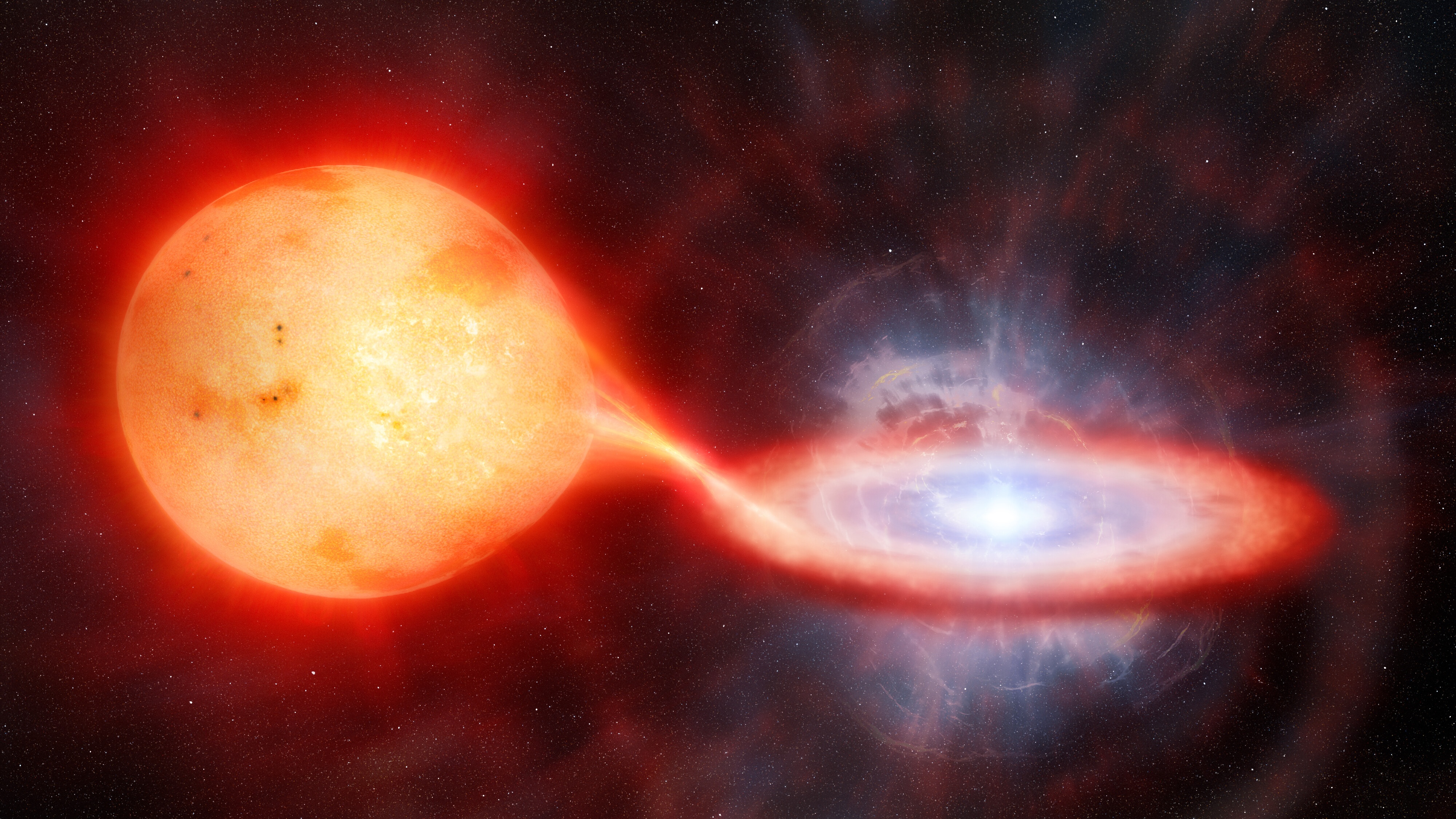

© International Gemini Observatory/NOIRLab/NSF/AURA/M. Garlick/M. Zamani
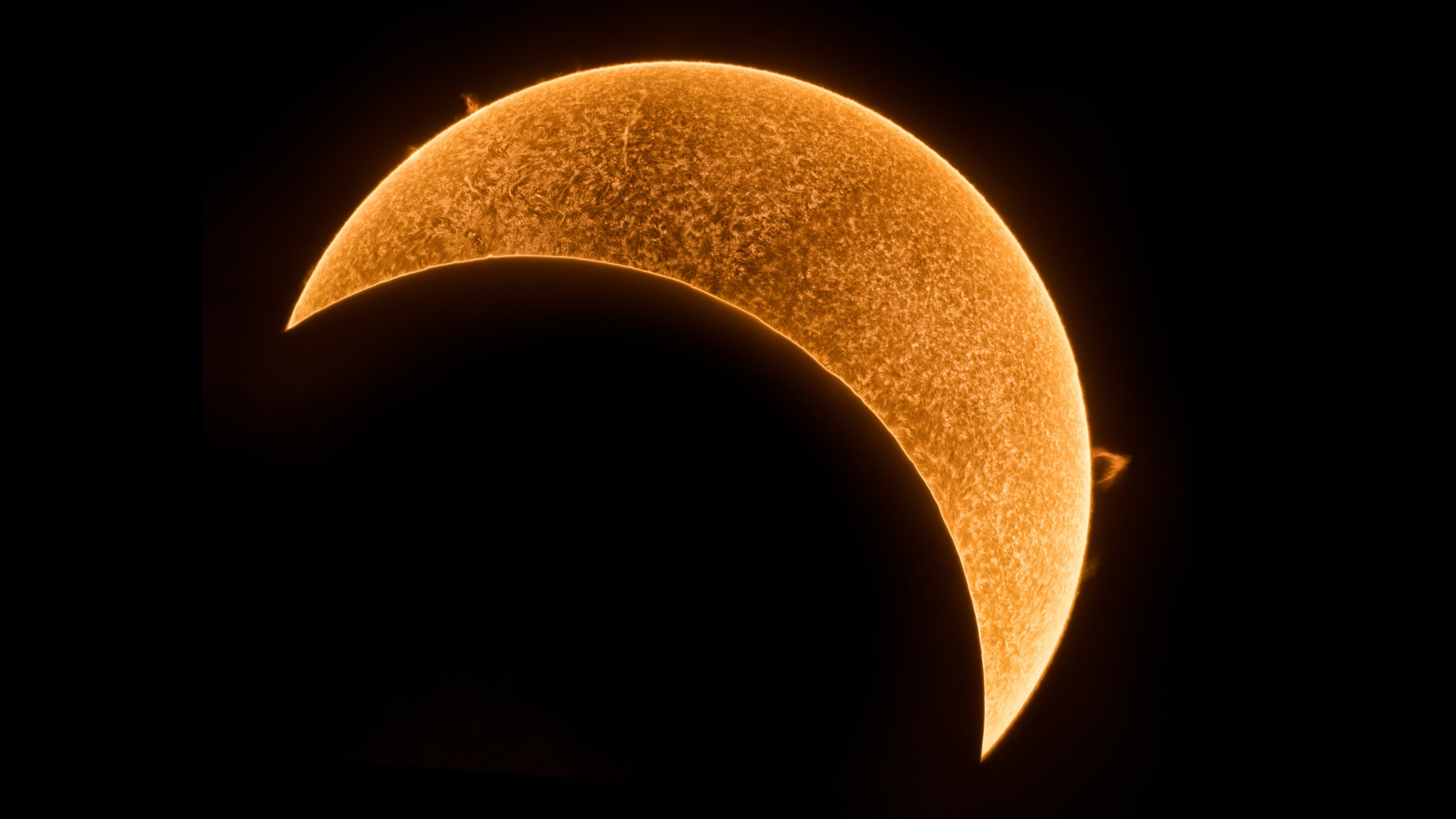

© Aerial_Views viaGetty Images


© Tor Books
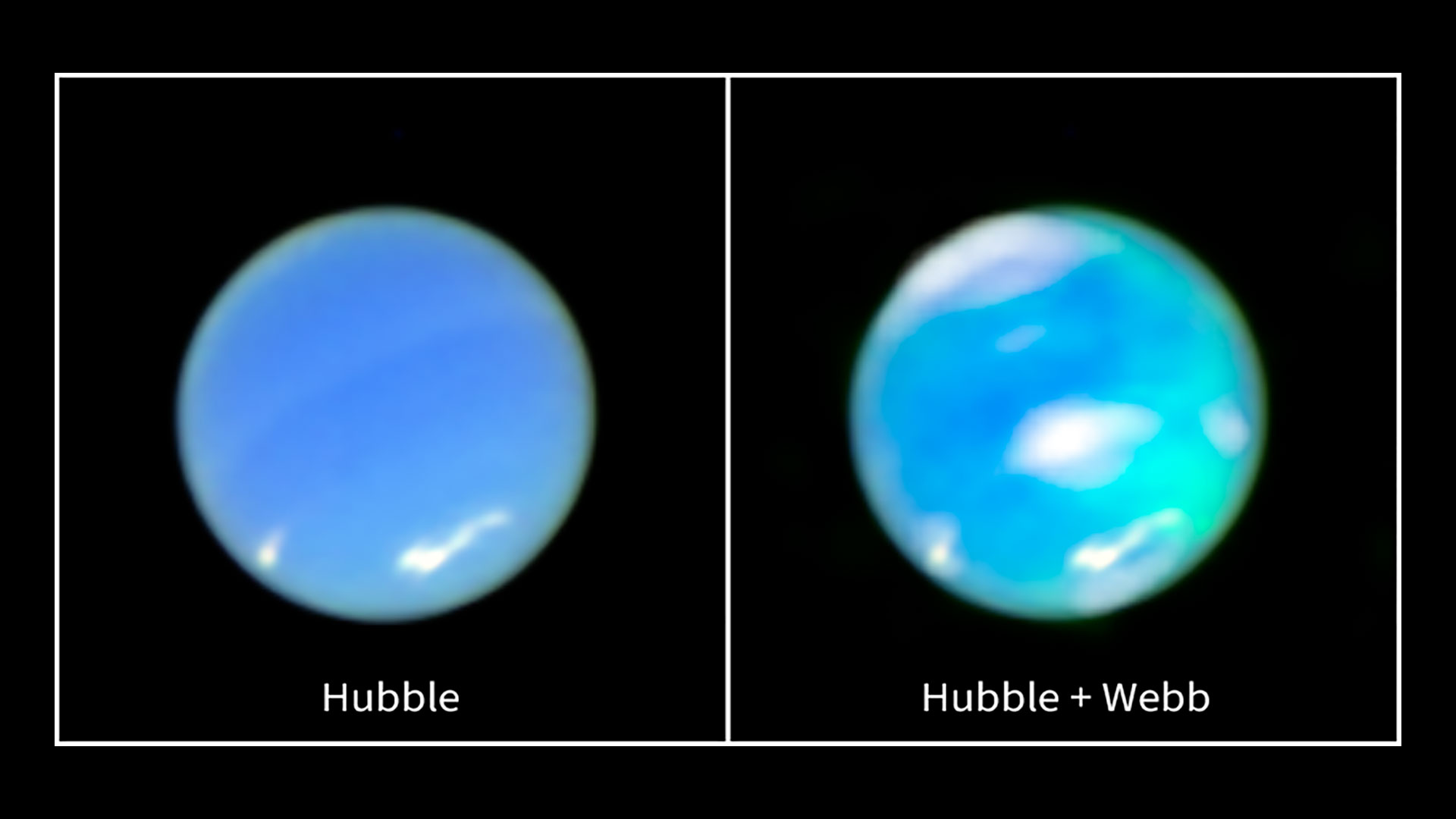

© NASA, ESA, CSA, STScI, Heidi Hammel (AURA), Henrik Melin (Northumbria University), Leigh Fletcher (University of Leicester), Stefanie Milam (NASA-GSFC)

After a scrubbed test flight on Monday, a German spaceflight company has determined its next opportunity to launch the first commercial orbital launch vehicle from mainland Europe. Munich-based Isar Aerospace postponed the debut launch of its Spectrum rocket, citing unfavorable winds at Norway’s Andøya Spaceport. On Tuesday, Isar said it will now target Thursday atContinue reading "German firm eyes Thursday for Europe’s first commercial orbital launch"
The post German firm eyes Thursday for Europe’s first commercial orbital launch appeared first on Astronomy Magazine.

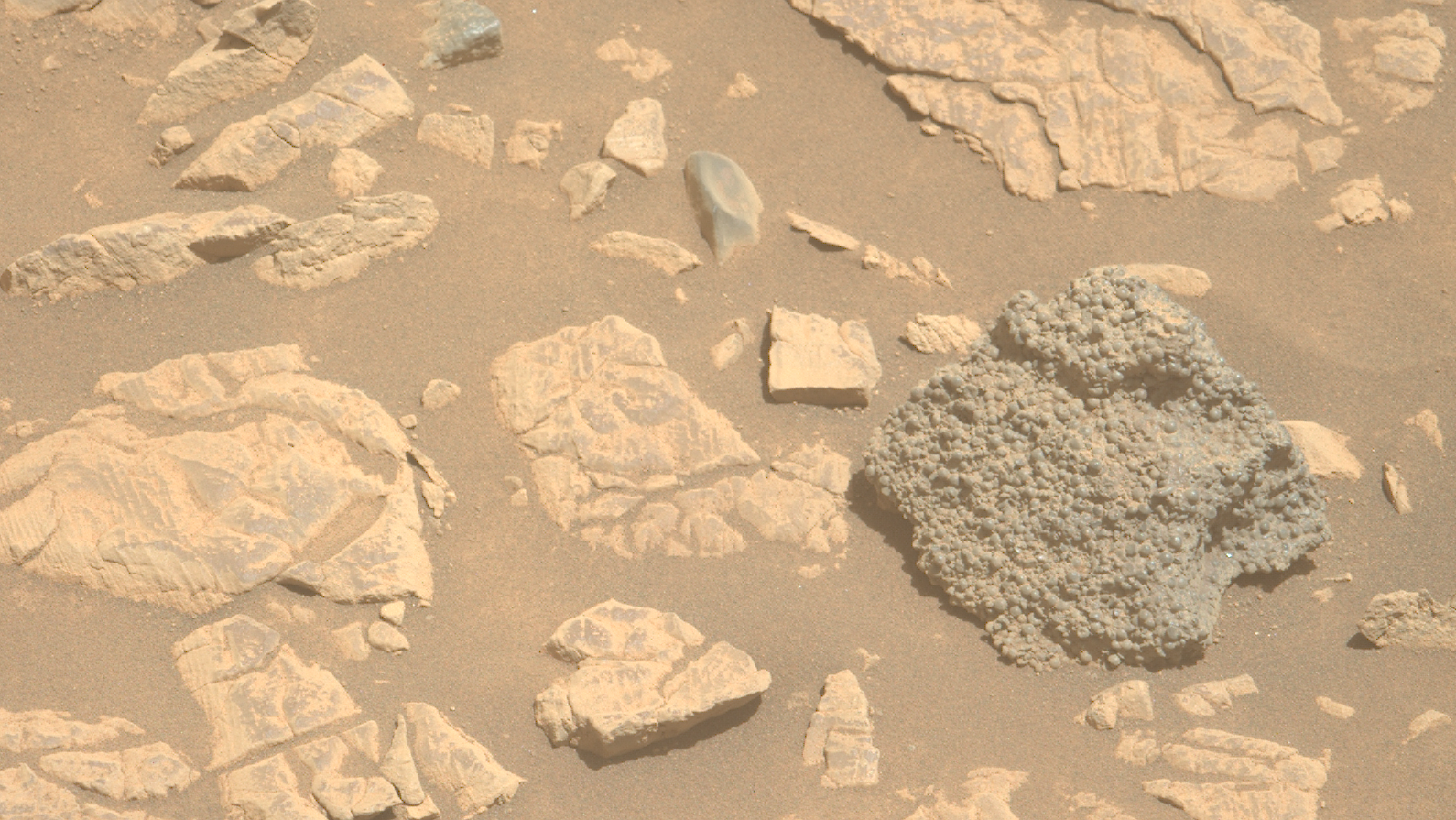

© NASA/JPL-Caltech/LANL/CNES/IRAP


© Robert Lea (created with Canva)
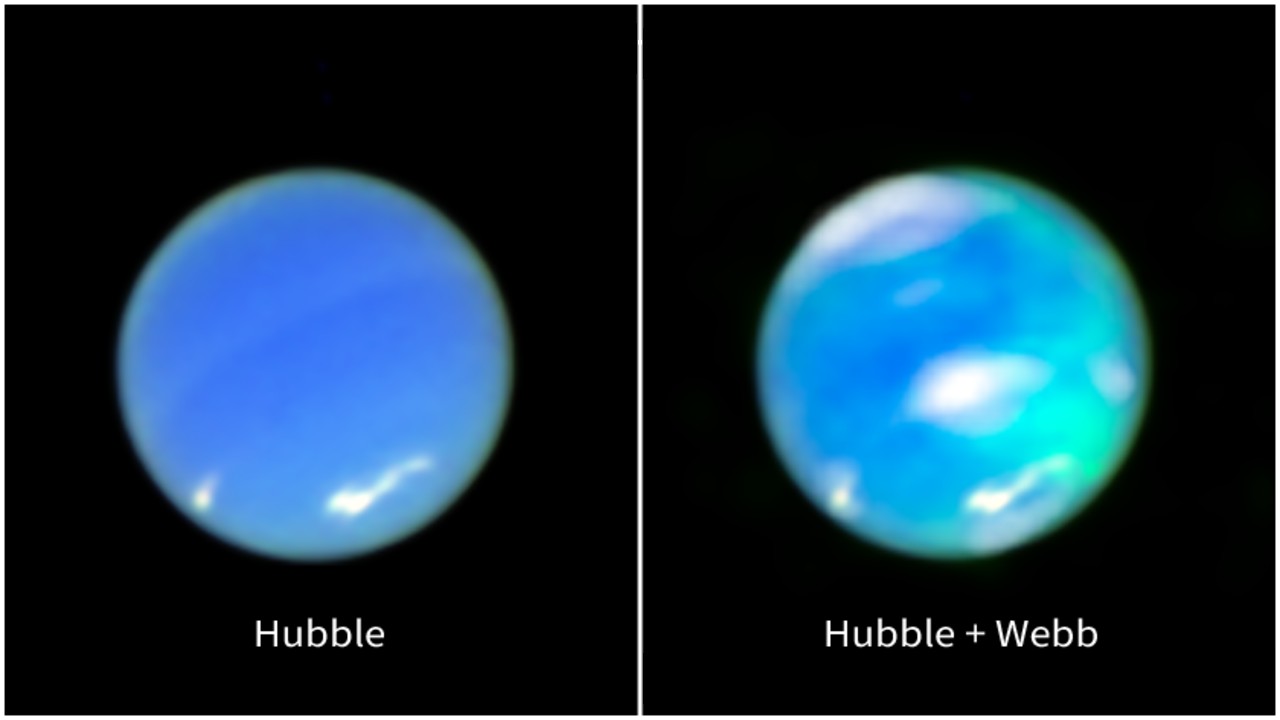

© NASA, ESA, CSA, STScI, Heidi Hammel (AURA), Henrik Melin (Northumbria University), Leigh Fletcher (University of Leicester), Stefanie Milam (NASA-GSFC)


© Marvel

Astronomers have finally identified the source of mysterious radio waves from deep space, tracing the signals back to an unusual stellar pair locked in a swift orbit, flashing out their location for the universe to hear. In research published March 12 in Nature Astronomy, a team of astrophysicists finally found the source of strange, minute-longContinue reading "This dead star is still sending us radio signals"
The post This dead star is still sending us radio signals appeared first on Astronomy Magazine.

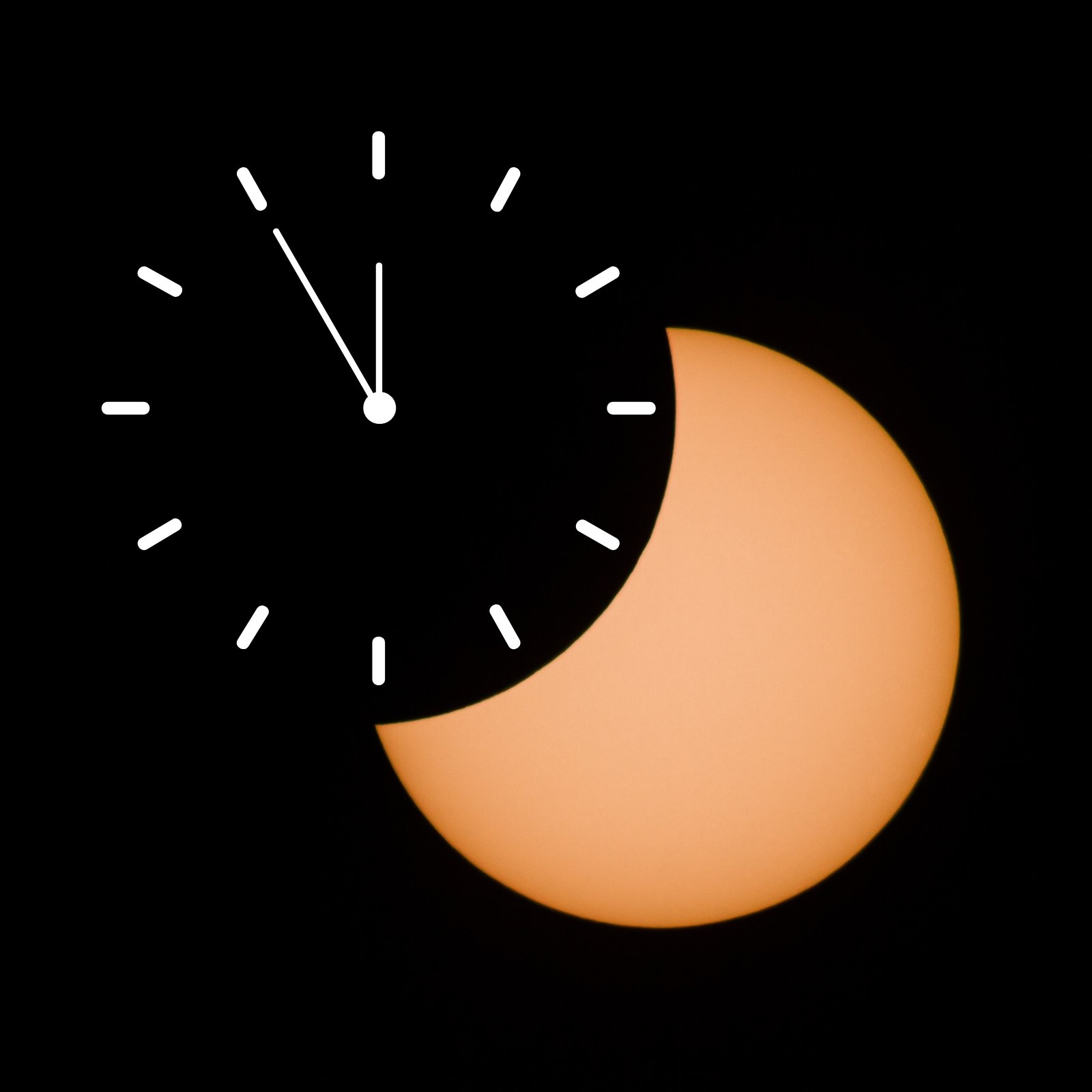

© Created in Canva Pro by Daisy Dobrijevic


© Warner Bros. Pictures


© Magellan TV
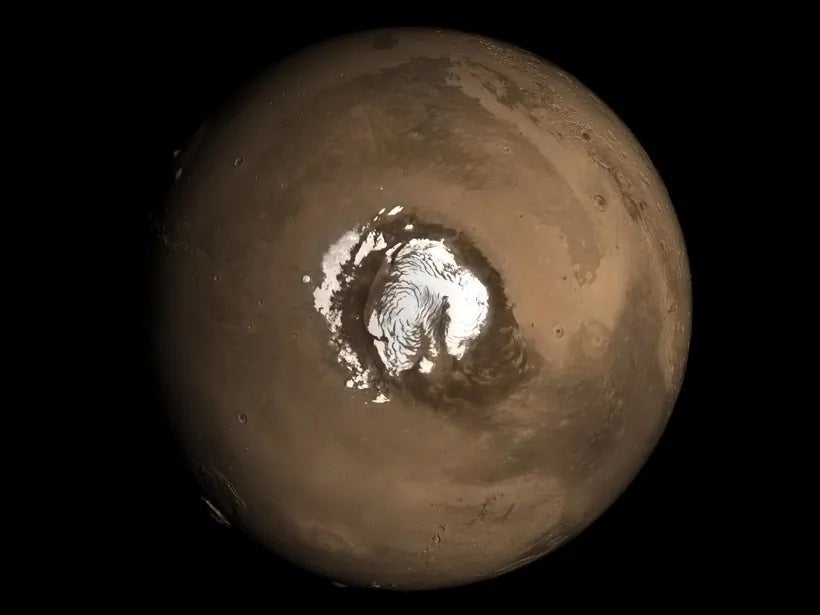
The quest to send humans to Mars is on: US President Donald Trump talked about it in his inauguration speech this year. Such an epic endeavor could help to answer fundamental questions about the Red Planet, including the biggest question of all: Did Mars once host life — and does it still? Central to thoseContinue reading "Ghost rivers, hidden lakes: The long search for water on Mars"
The post Ghost rivers, hidden lakes: The long search for water on Mars appeared first on Astronomy Magazine.

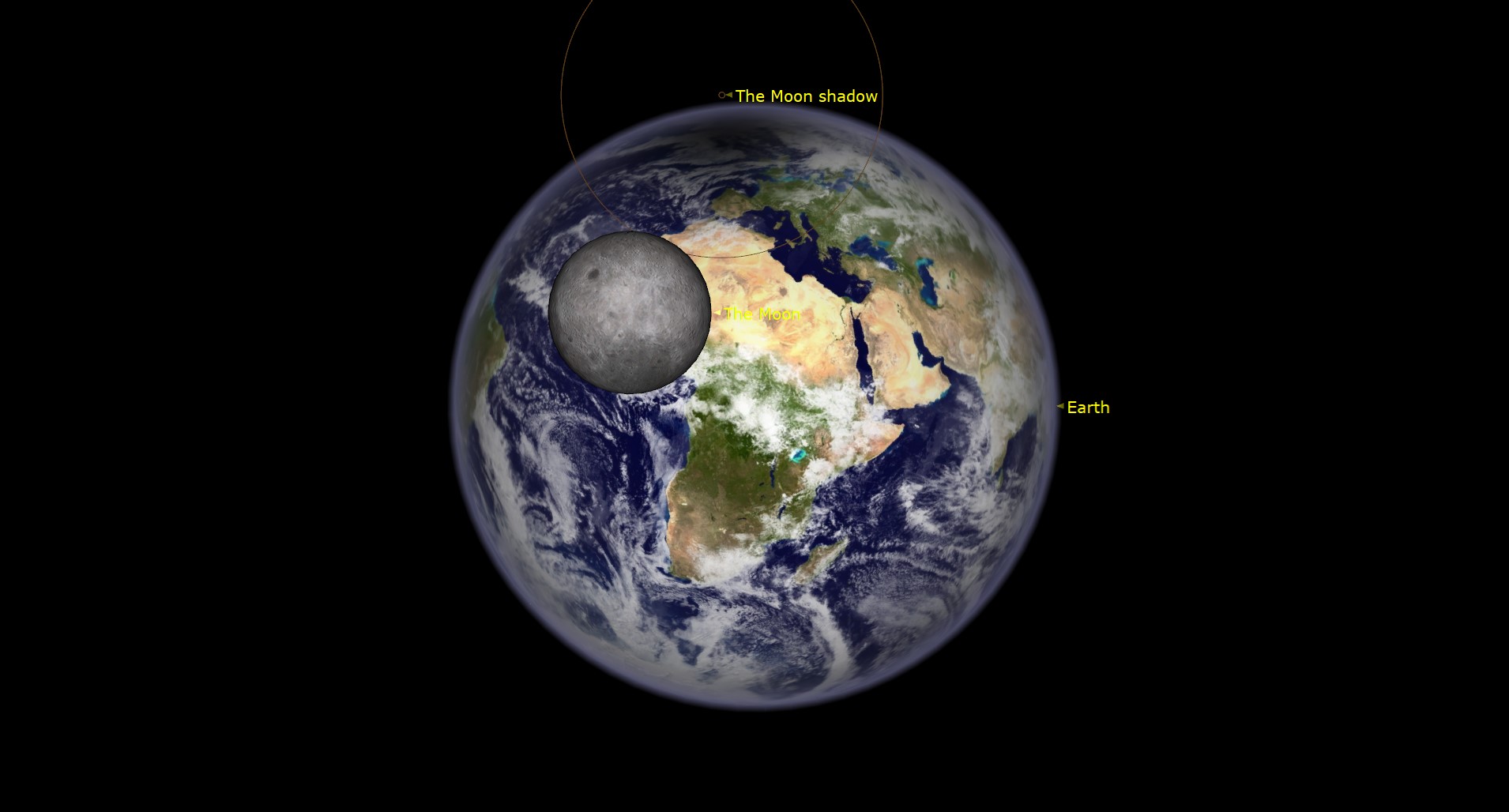

© Chris Vaughan/Starry Night
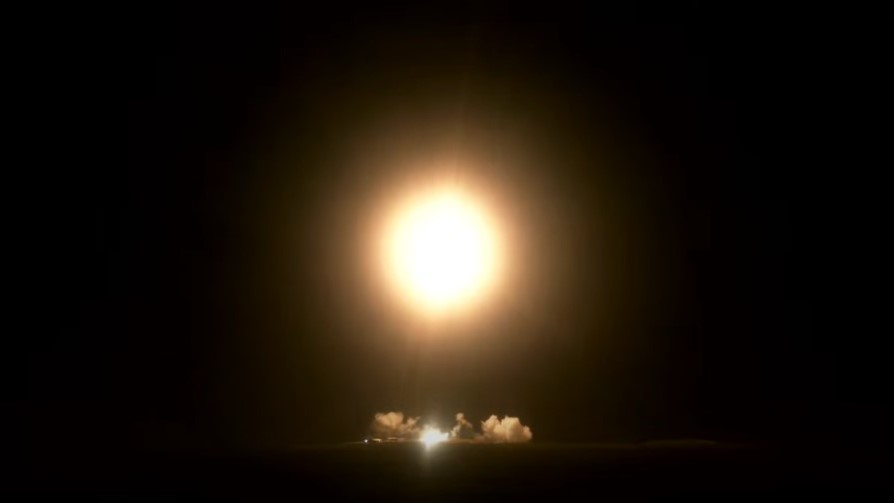

© Rocket Lab
Author(s): Katherine Wright
New experiments with virtual reality suggest that locusts do not follow traditional rules of collective behavior.
[Physics 18, 66] Published Tue Mar 25, 2025

Greg Polanski from Kanata, Ontario, Canada The ever-popular Rosette Nebula (NGC 2237–9/46) lies 10° east of Betelgeuse and is an impressive telescopic sight. Deep imaging reveals the line of dark Bok globules — small dense clouds where baby stars are forming — that appear to lie suspended within the nebula. The imager took 12⅓ hoursContinue reading "Bathed in blue"
The post Bathed in blue appeared first on Astronomy Magazine.



© Disney

To detect neutrinos, scientists use vast observatories located underground, shielded from cosmic ray interference. These detectors rely on Cherenkov radiation, a bluish light produced when high-speed muons, created by rare neutrino collisions, travel faster than light through water or ice. Photomultiplier tubes amplify this light, allowing astronomers to trace the neutrino’s path and energy.
The post How do neutrino telescopes work? appeared first on Astronomy Magazine.



© Cai Studio/The Kennedy Center


© NASA/Frank Michaux


© BioWare
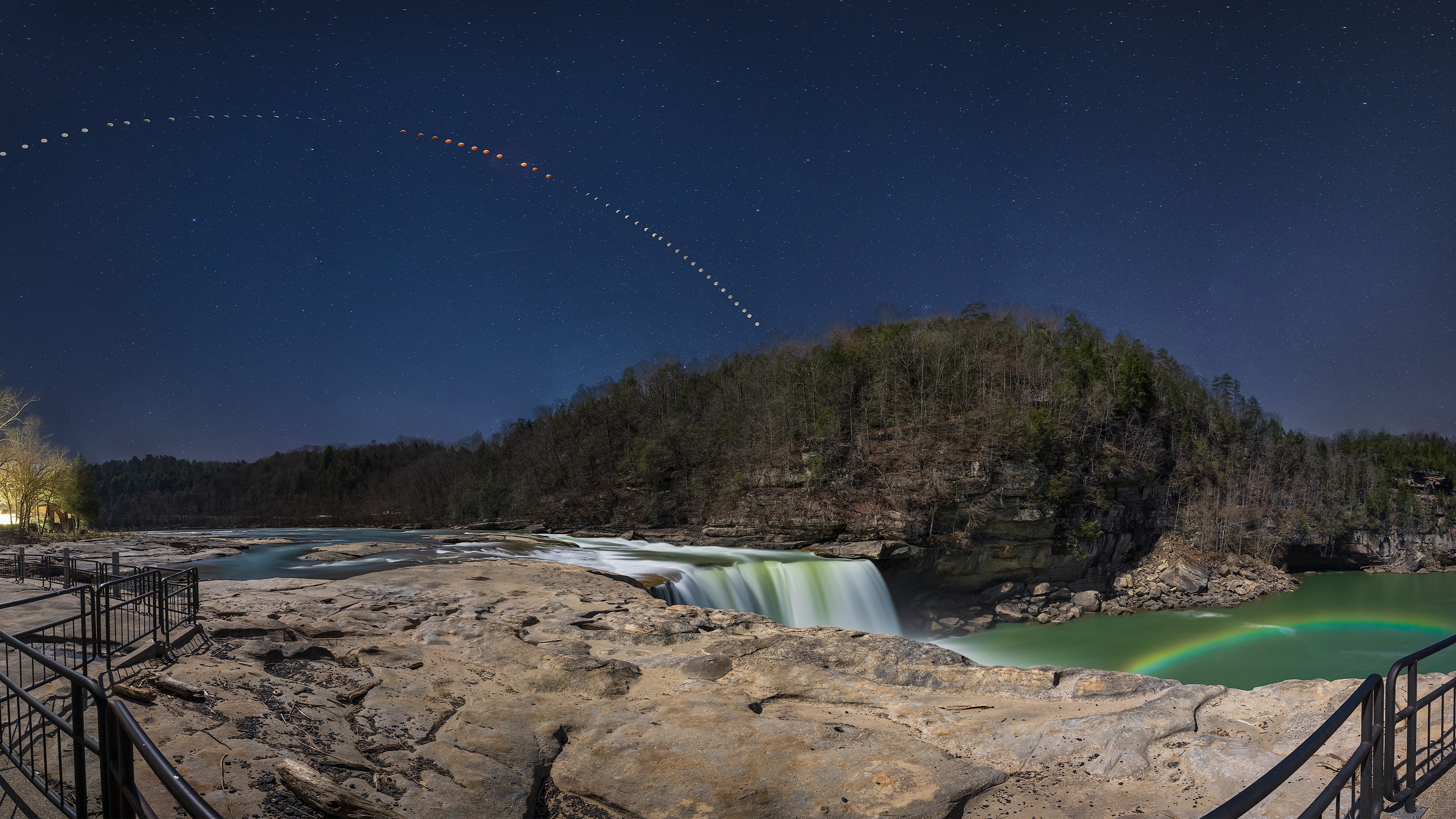

© Billy Buchanan, Narcoleptic Nightscapes


© FX


© NASA


© NASA/JPL-Caltech/MSSS


© U.S. Air Force photo courtesy of NASA by Keegan Barber


© Posnov via Getty Images


© Greg Stringham / 500px via Getty Images
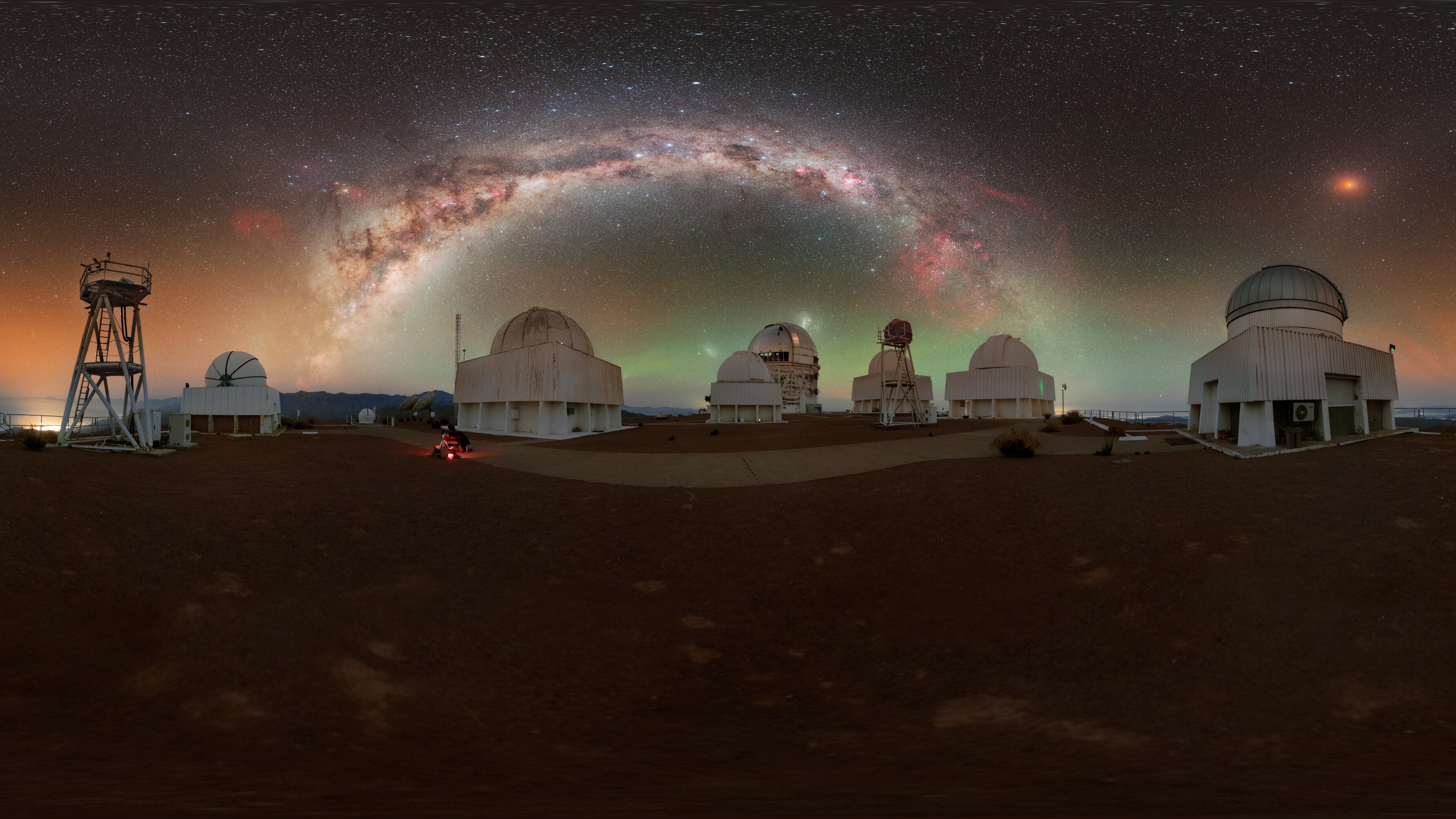

© CTIO/NOIRLab/NSF/AURA/P. Horálek (Institute of Physics in Opava)
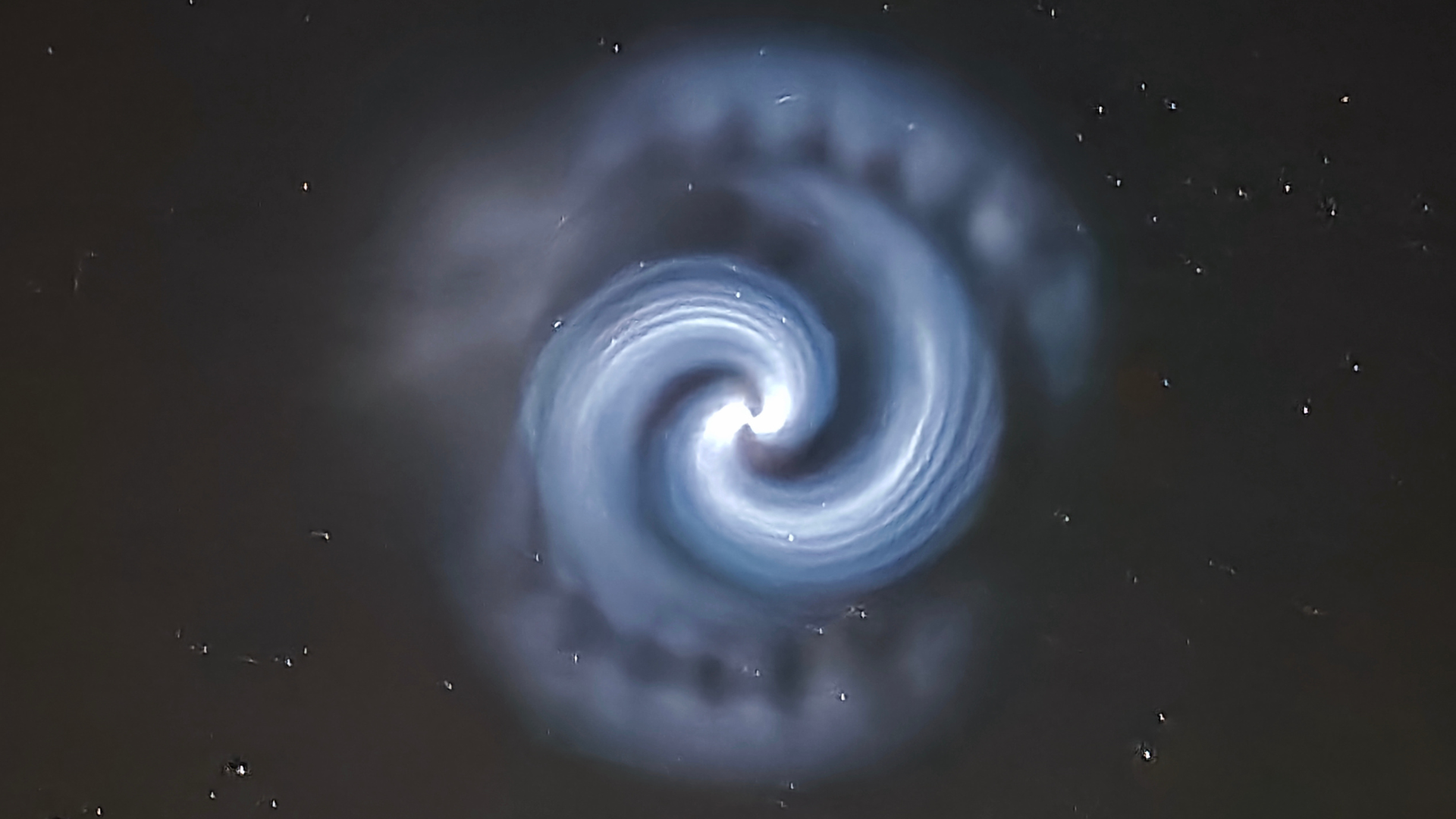

© Daniel Puchalski


© Alones Creative/Getty Images
Author(s): Katrin Erath-Dulitz
The heating effect of microwaves has long been used to accelerate reactions. A new experiment shows that microwaves can also excite molecules into a less reactive state.
[Physics 18, 63] Published Mon Mar 24, 2025
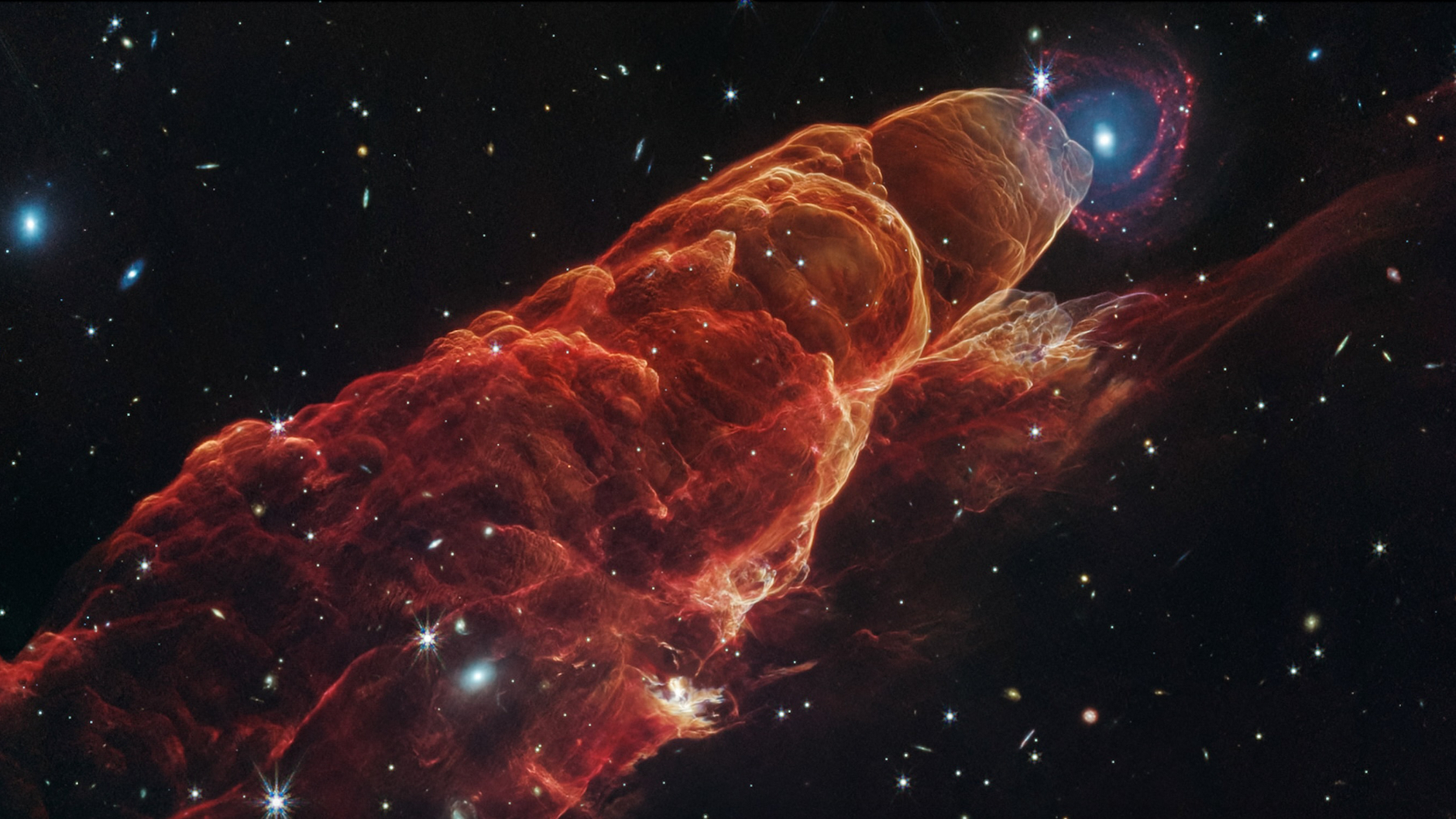

© NASA, ESA, CSA, STScI


© Starry Night
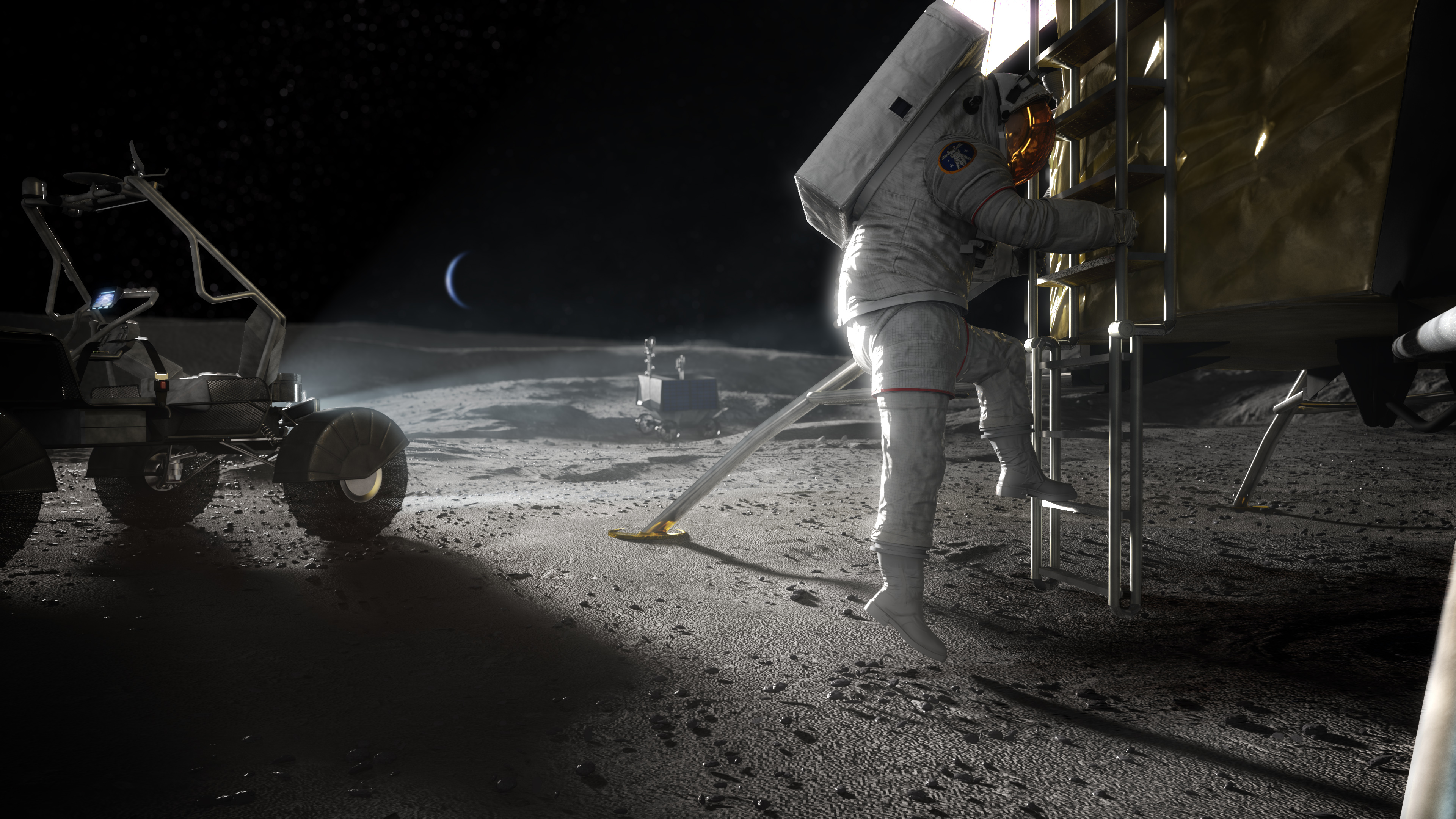

© NASA
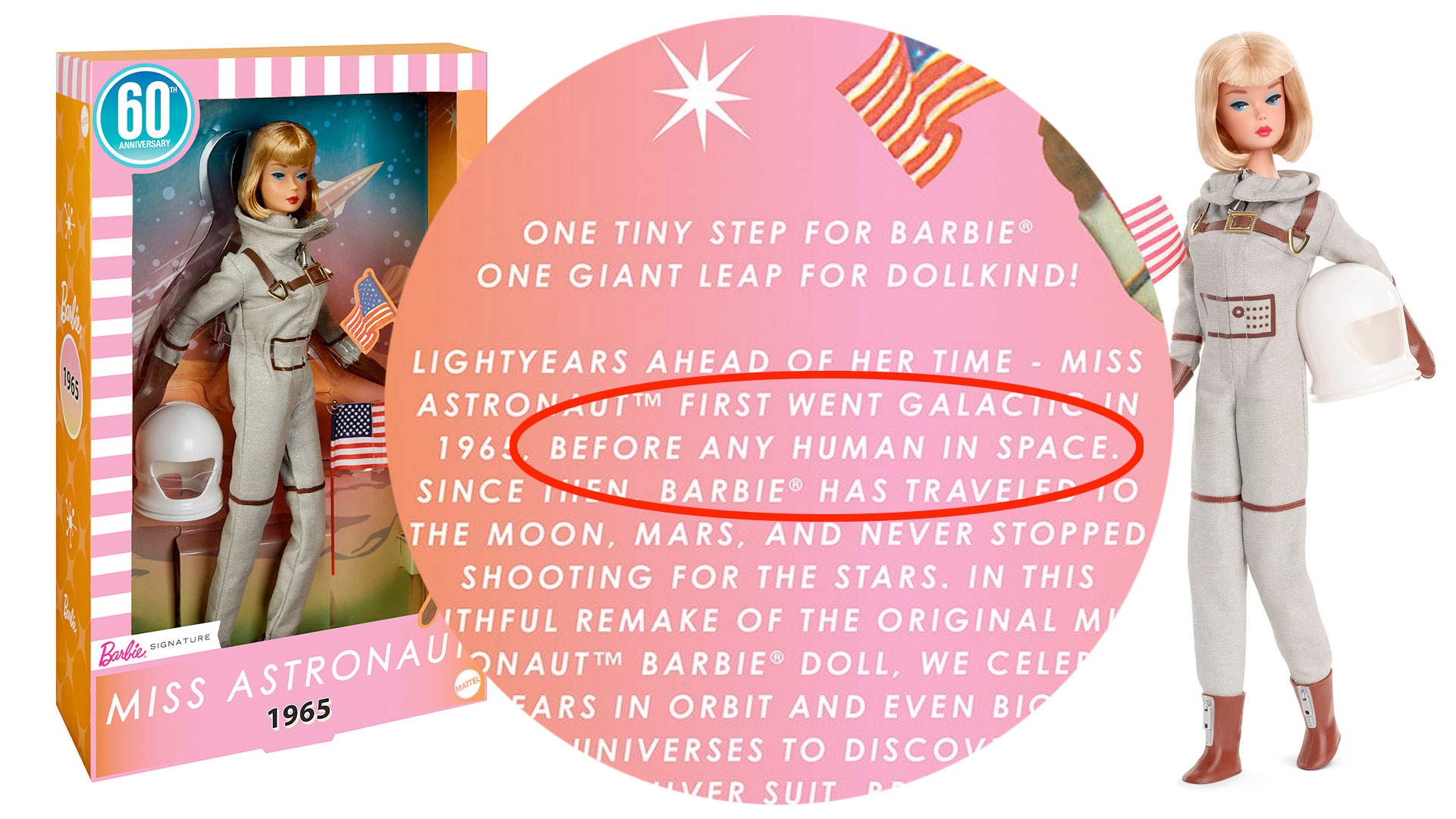

© Mattel / collectSPACE.com

Astronomers have discovered more than 300 exoplanetary systems that have three or more known planets. Most of these planets are about the same size and spaced close together, earning them the moniker “peas in a pod.” They also orbit near their stars, in many cases closer than Mercury is to the Sun. Our solar system,Continue reading "Our solar system is not as unusual as we thought"
The post Our solar system is not as unusual as we thought appeared first on Astronomy Magazine.

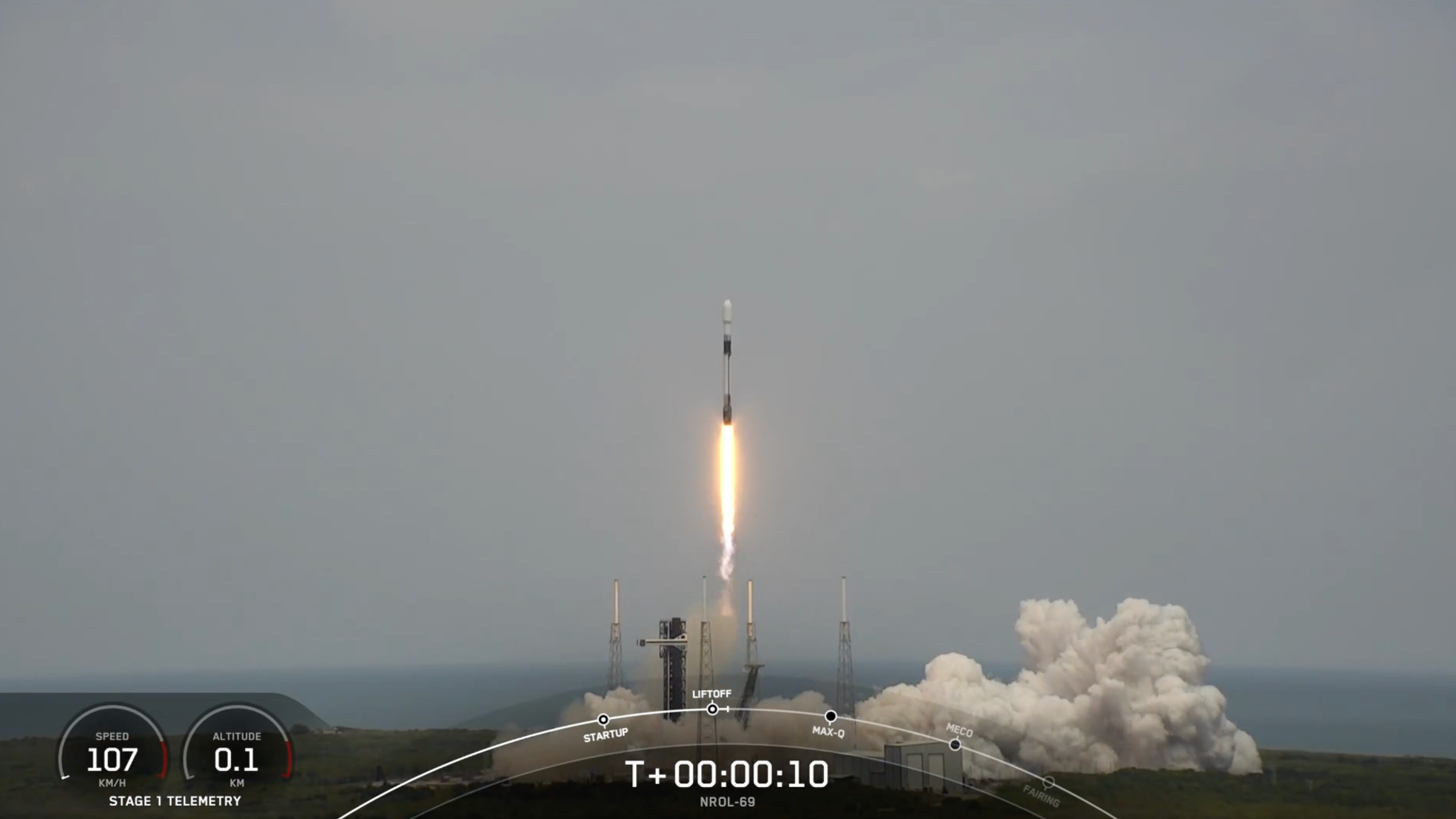

© SpaceX

Could the nearby star Sirius B explode as a type Ia supernova, like some other white dwarf stars in binary star systems have? Bruce MasonEncinitas, California A type Ia supernova occurs when a white dwarf — the cooling remnant of an aging star — draws hydrogen from a companion sun. When the dwarf reaches 1.4Continue reading "Will Sirius B explode as a type Ia supernova?"
The post Will Sirius B explode as a type Ia supernova? appeared first on Astronomy Magazine.



© Disney/Future


© Robert Lea (created with Canva)
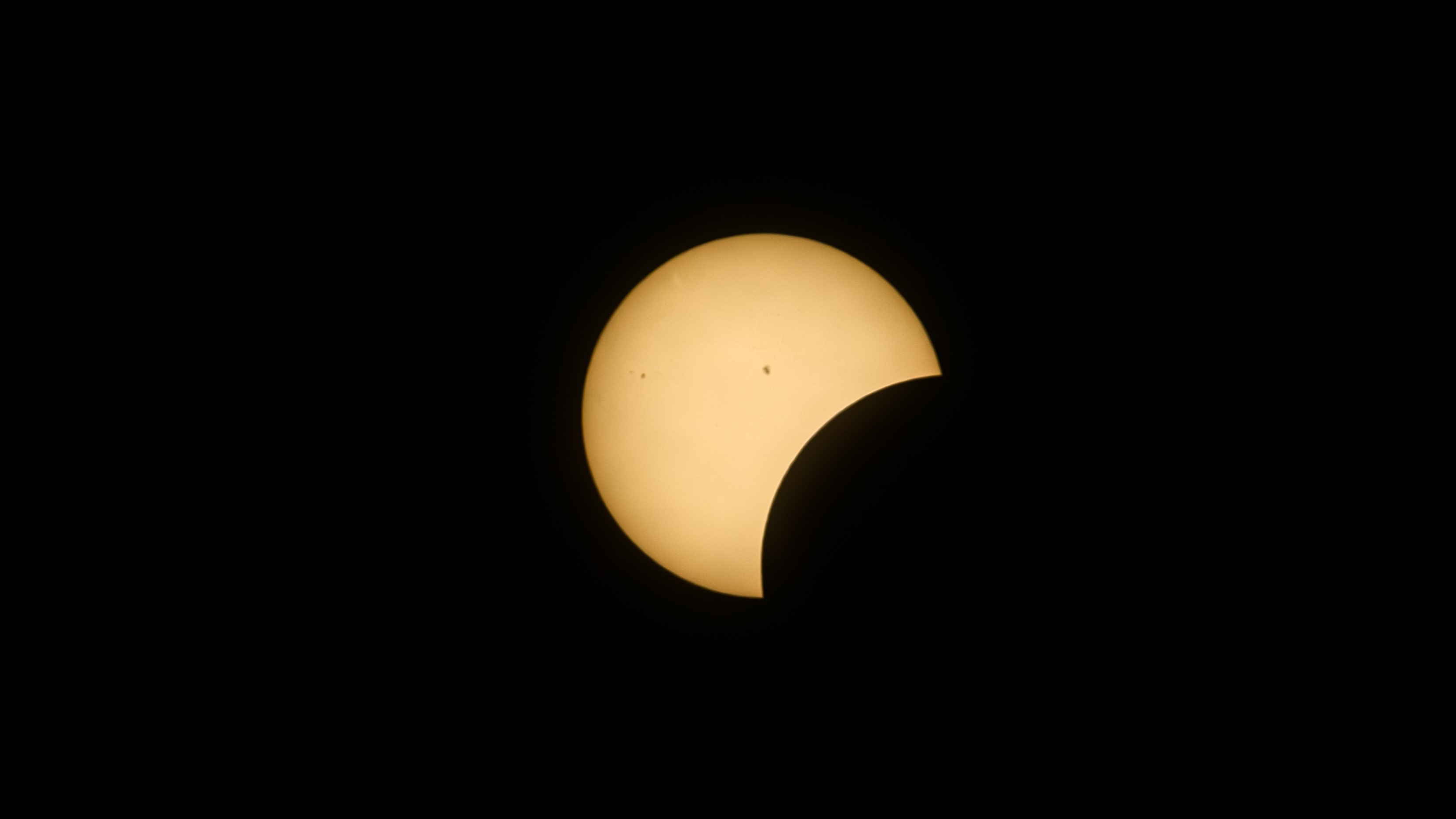

© Heather Paul via Getty Images


© SpaceX


© ESA/Hubble & NASA, S. J. Smartt, C. Kilpatrick


© Robert Lea (created with Canva)
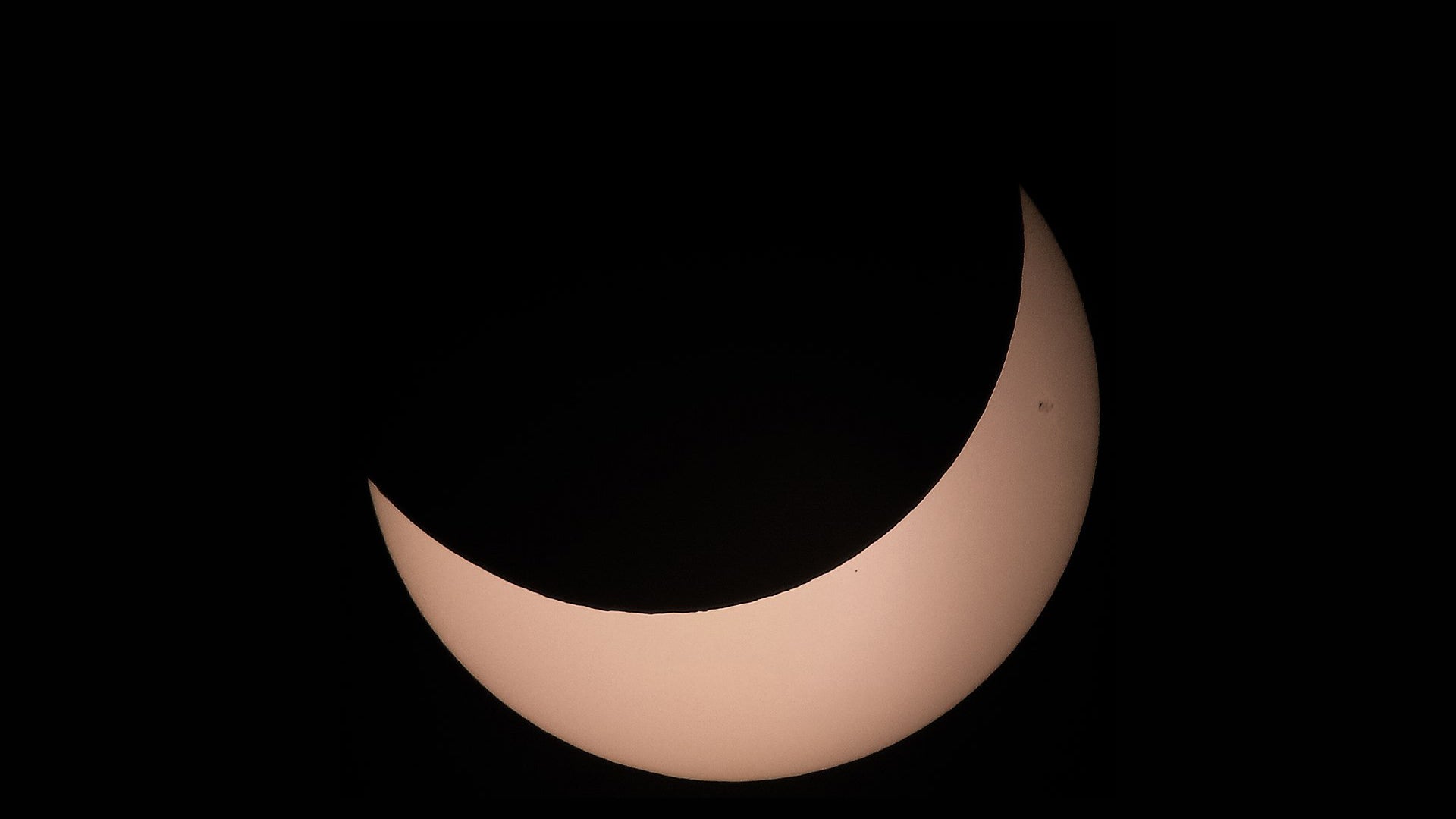
In this episode, Astronomy magazine Editor Dave Eicher invites you to view an unusual event: a partial eclipse of the Sun. Depending on where you are, you might see the Moon cover up to 90 percent of the bright solar disk. Remember, however, even 10 percent of the Sun is dangerous to look at, so wear approvedContinue reading "This Week in Astronomy with Dave Eicher: A Solar Eclipse"
The post This Week in Astronomy with Dave Eicher: A Solar Eclipse appeared first on Astronomy Magazine.



© Star Catcher


© ESA/Euclid/Euclid Consortium/NASA/Francine Marleau, et al, 2025


© Robert Lea (created with Canva)


© Sotheby's
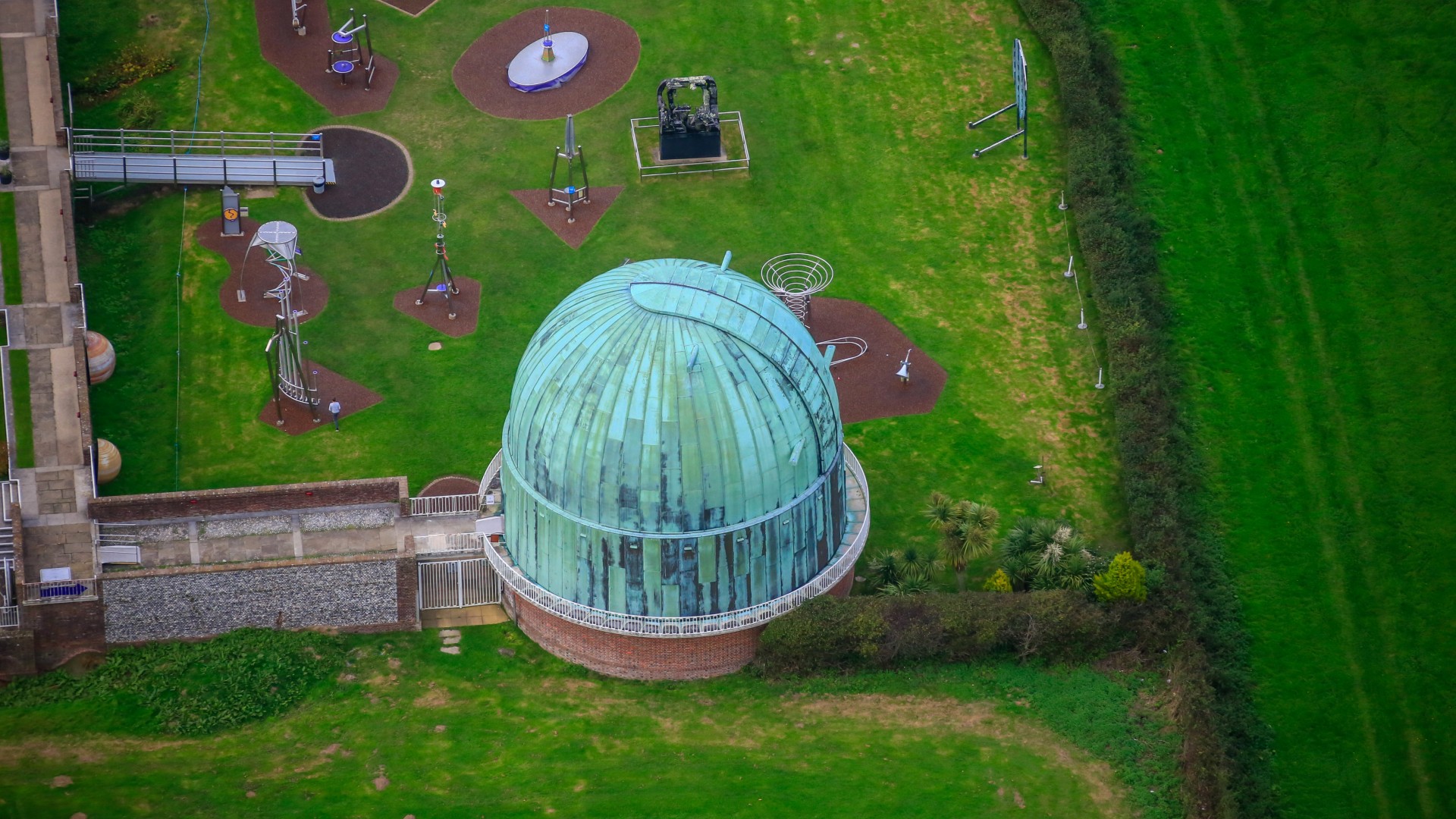

© David Goddard/Getty Images


© contains modified Copernicus Sentinel data (2024), processed by ESA


© Isar Aerospace


© Amanda Smith, Nikku Madhusudhan
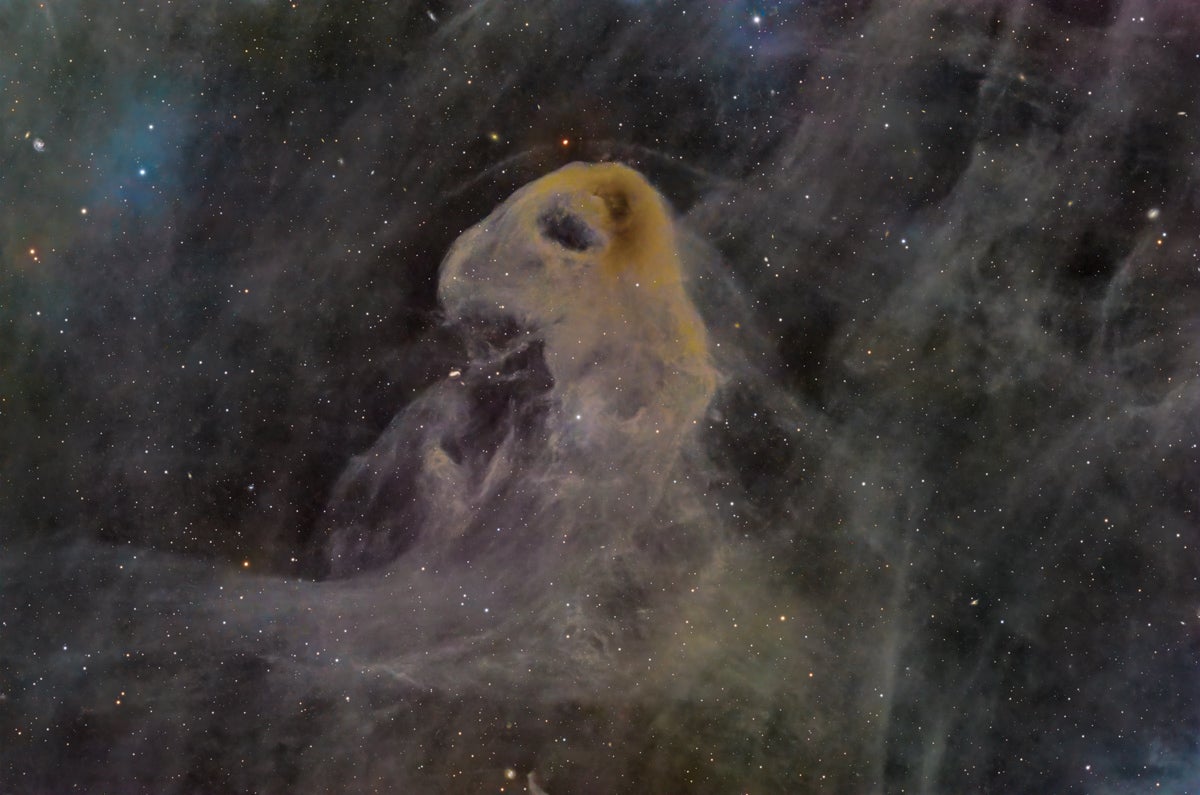
Greg Meyer from Phoenix, Arizona This dusty figure of the Baby Eagle Nebula (LBN 777) is part of the larger Taurus Molecular Cloud. The dust is dimly lit by young stars within the cloud; the brownish color gives away the presence of larger dust grains. This image comprises nearly 24 hours of LRGB exposure withContinue reading "Cosmic fledgling"
The post Cosmic fledgling appeared first on Astronomy Magazine.
